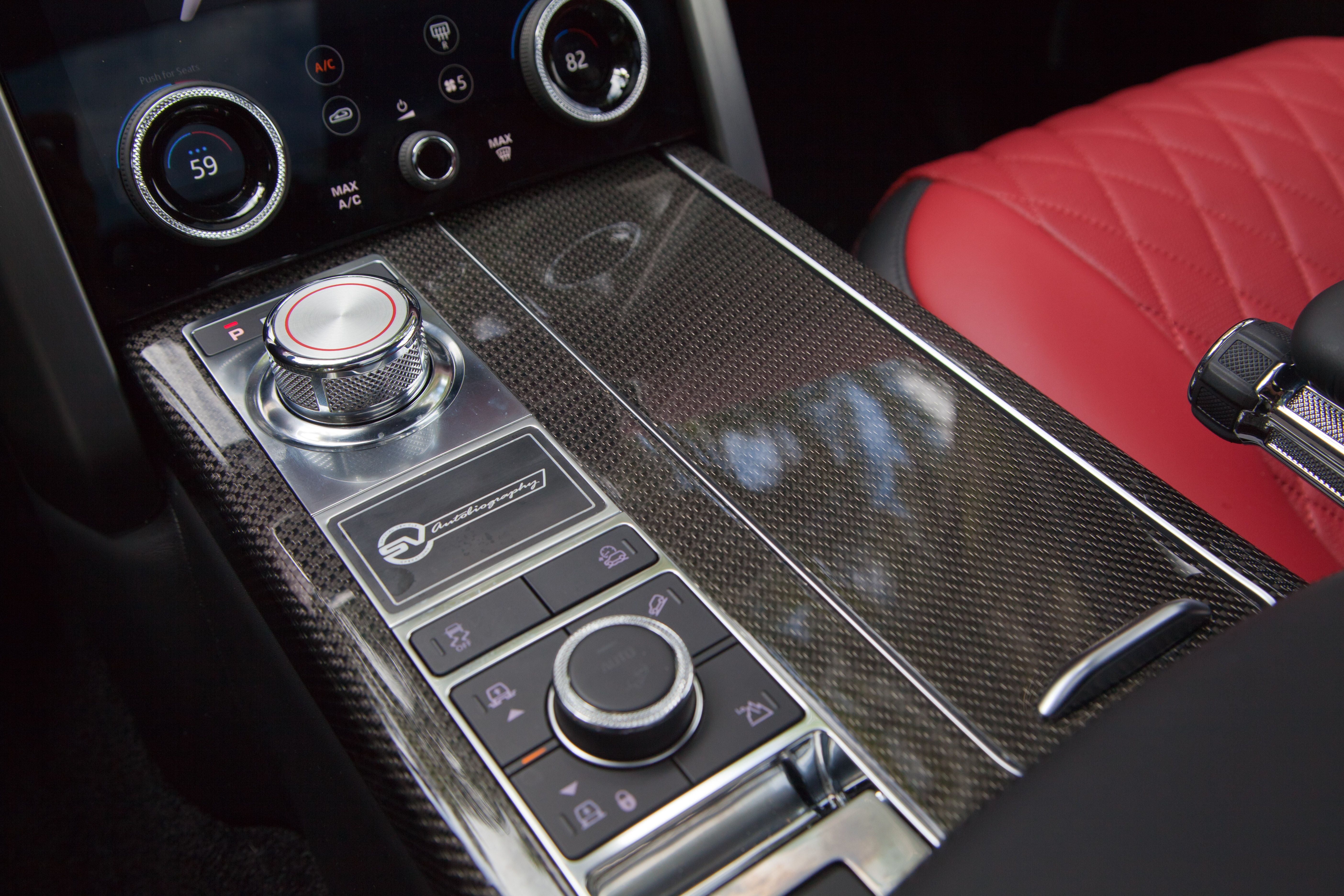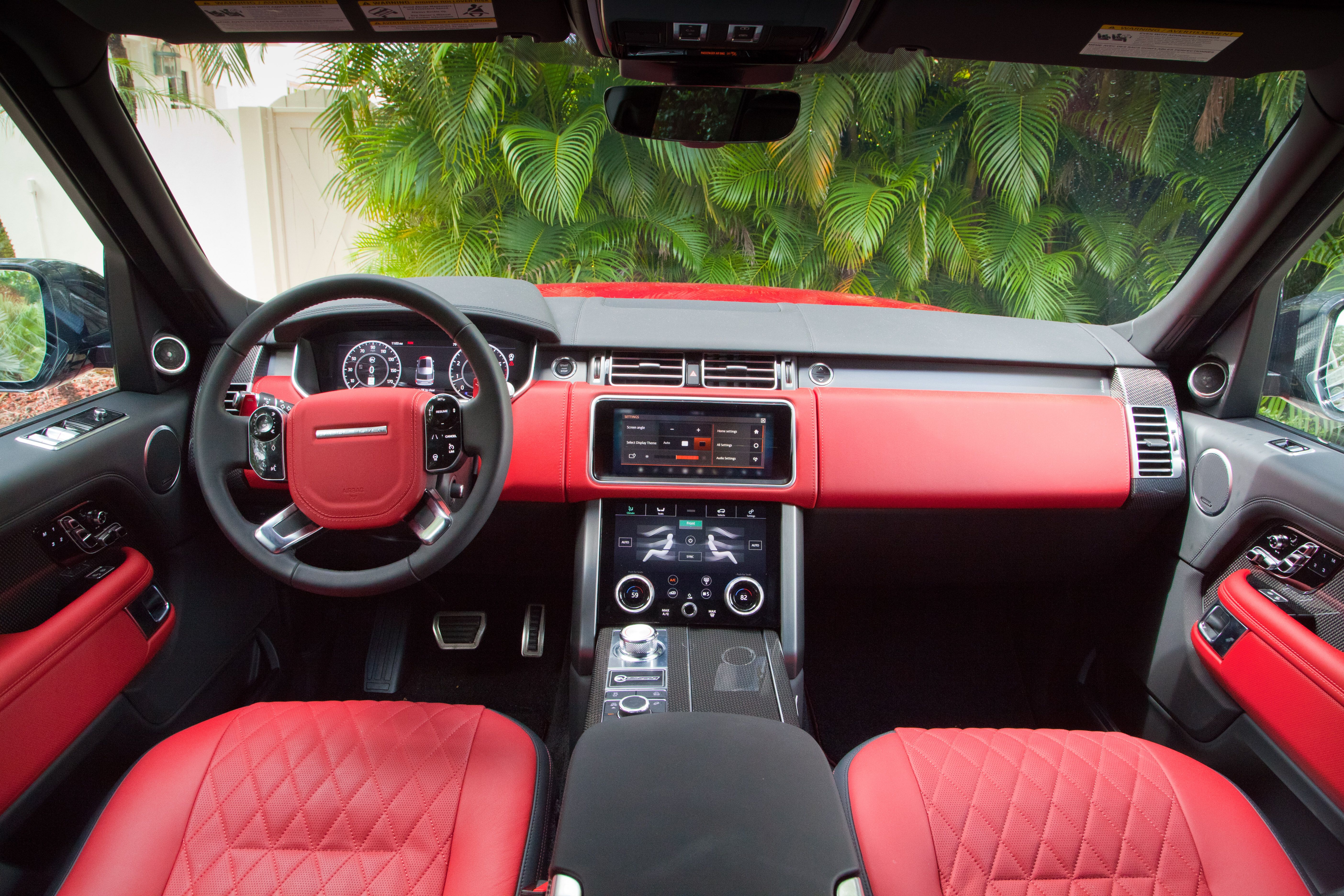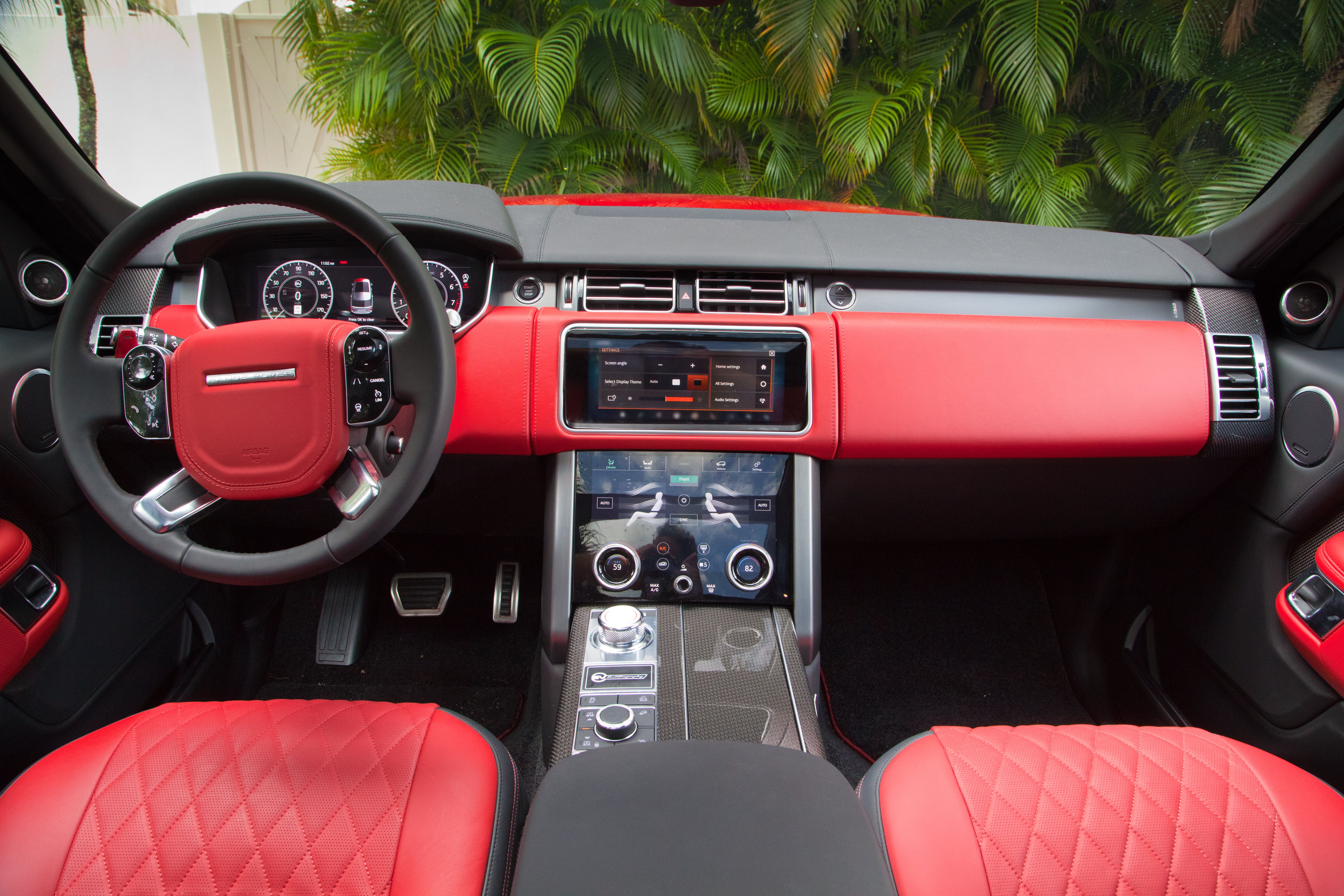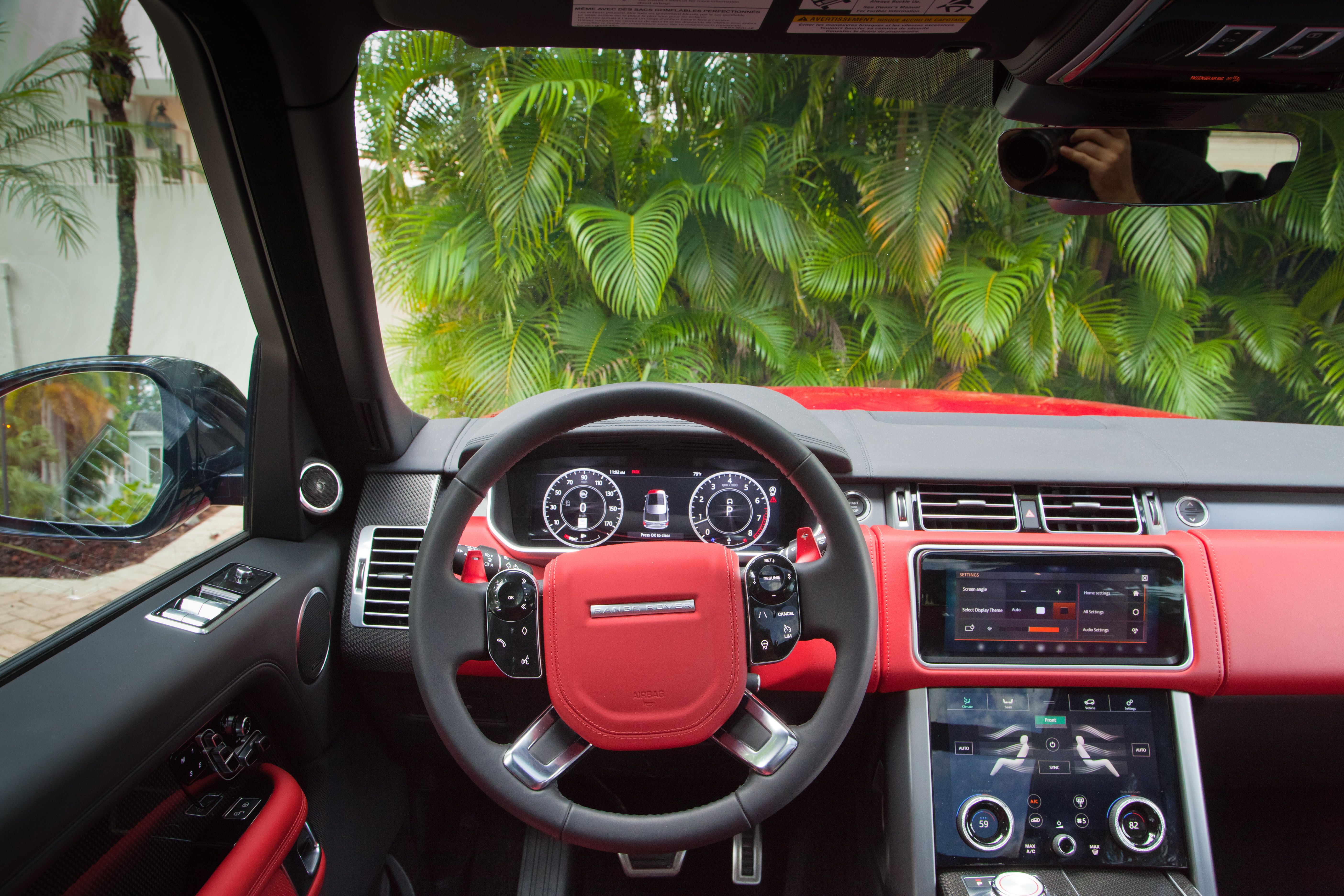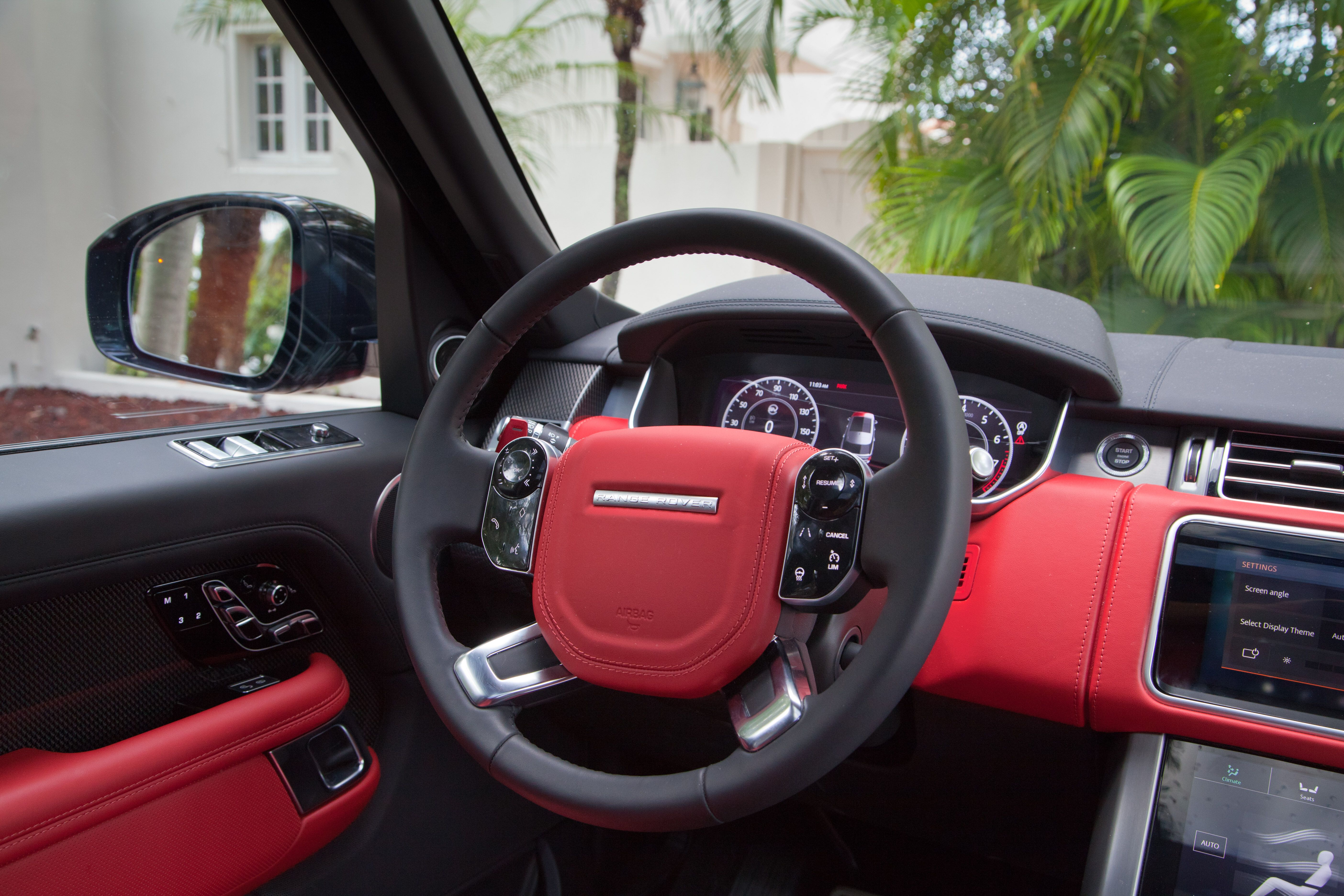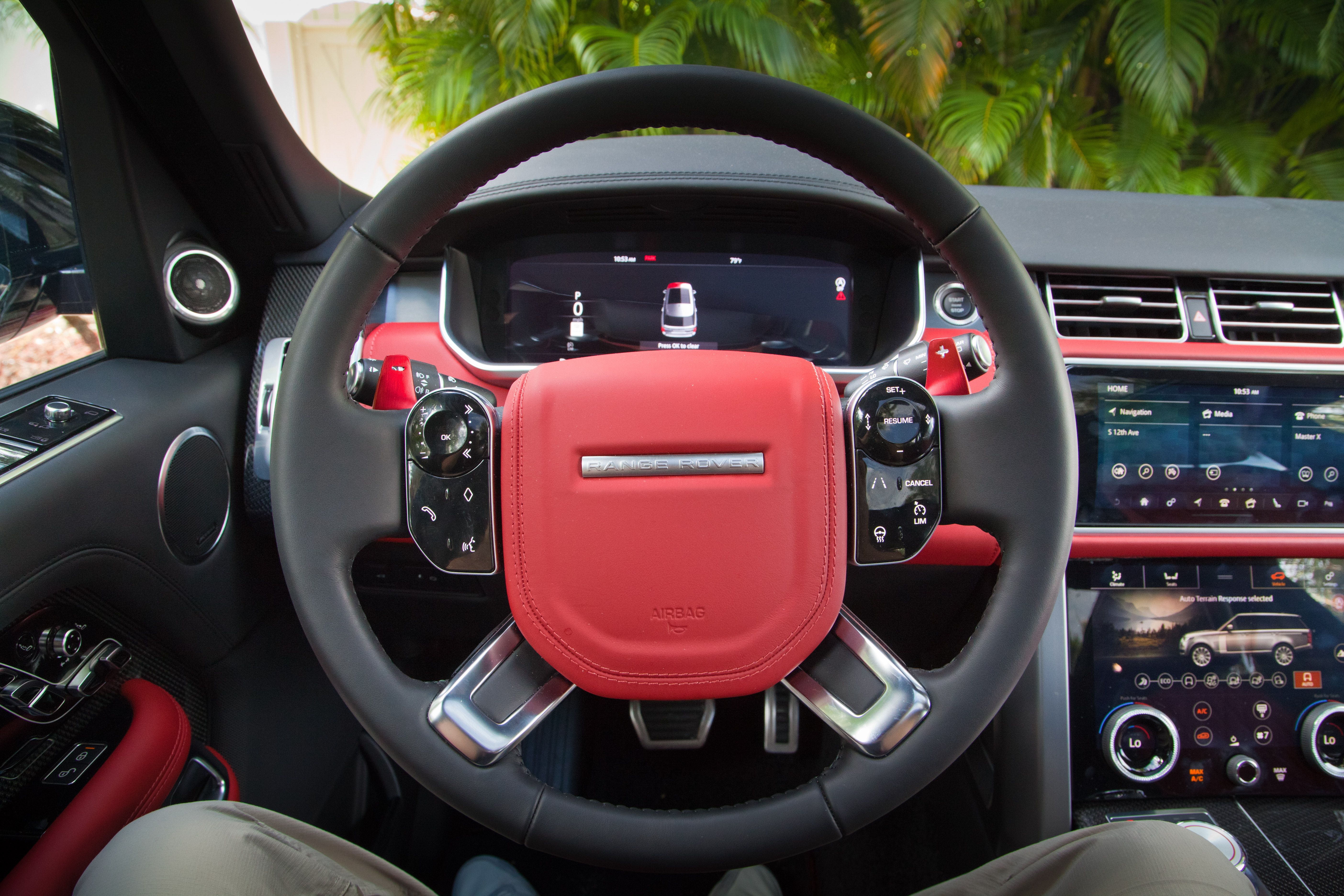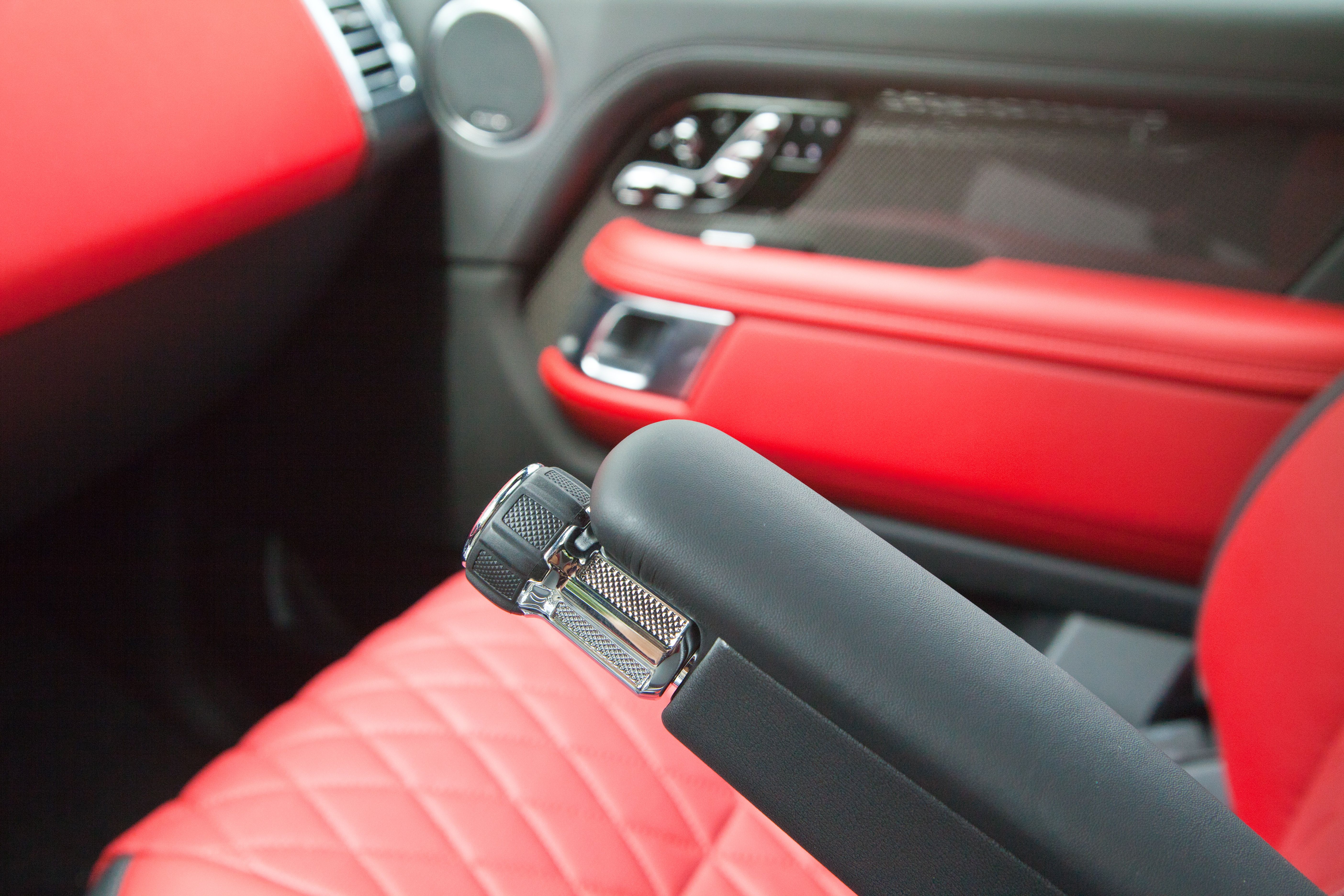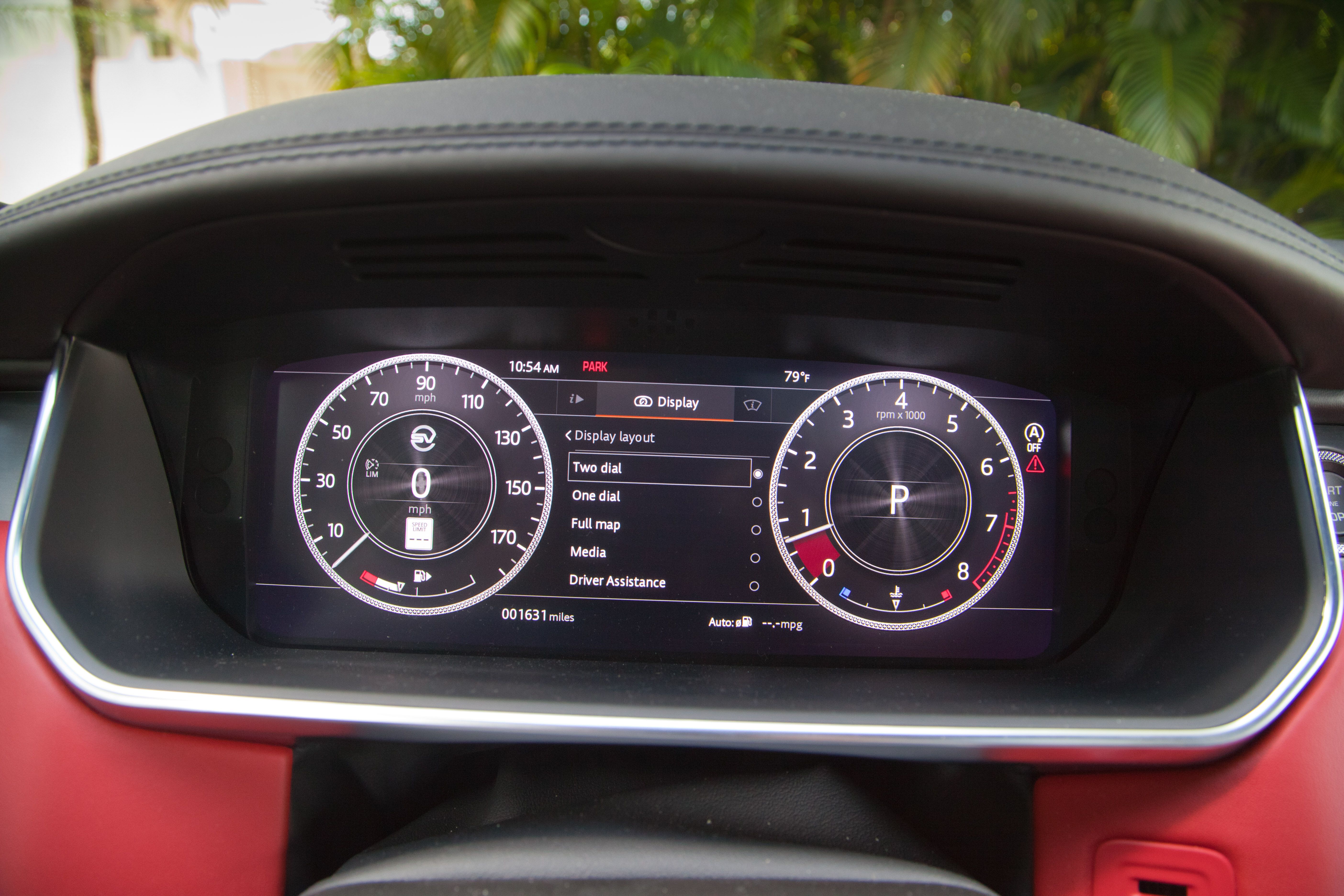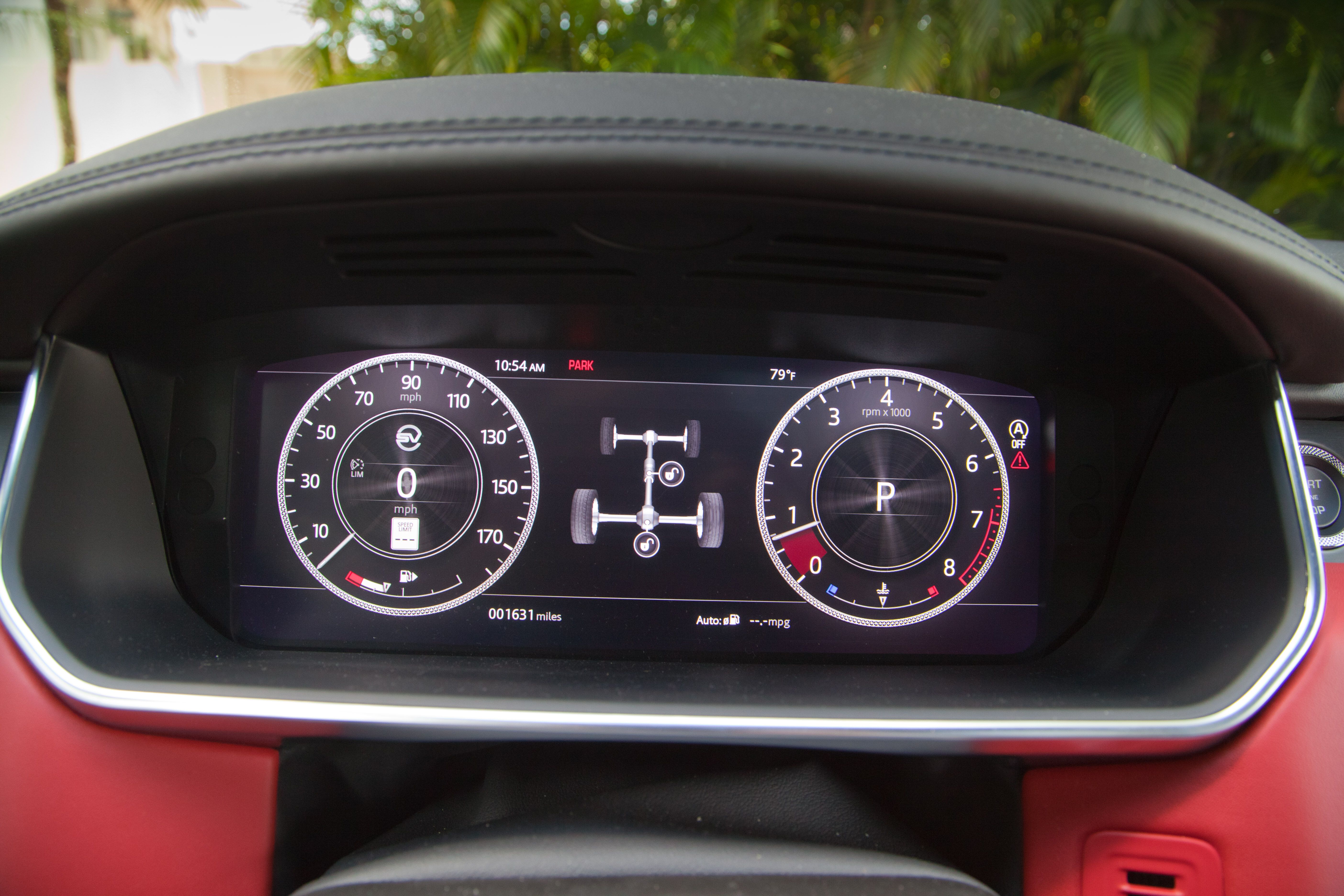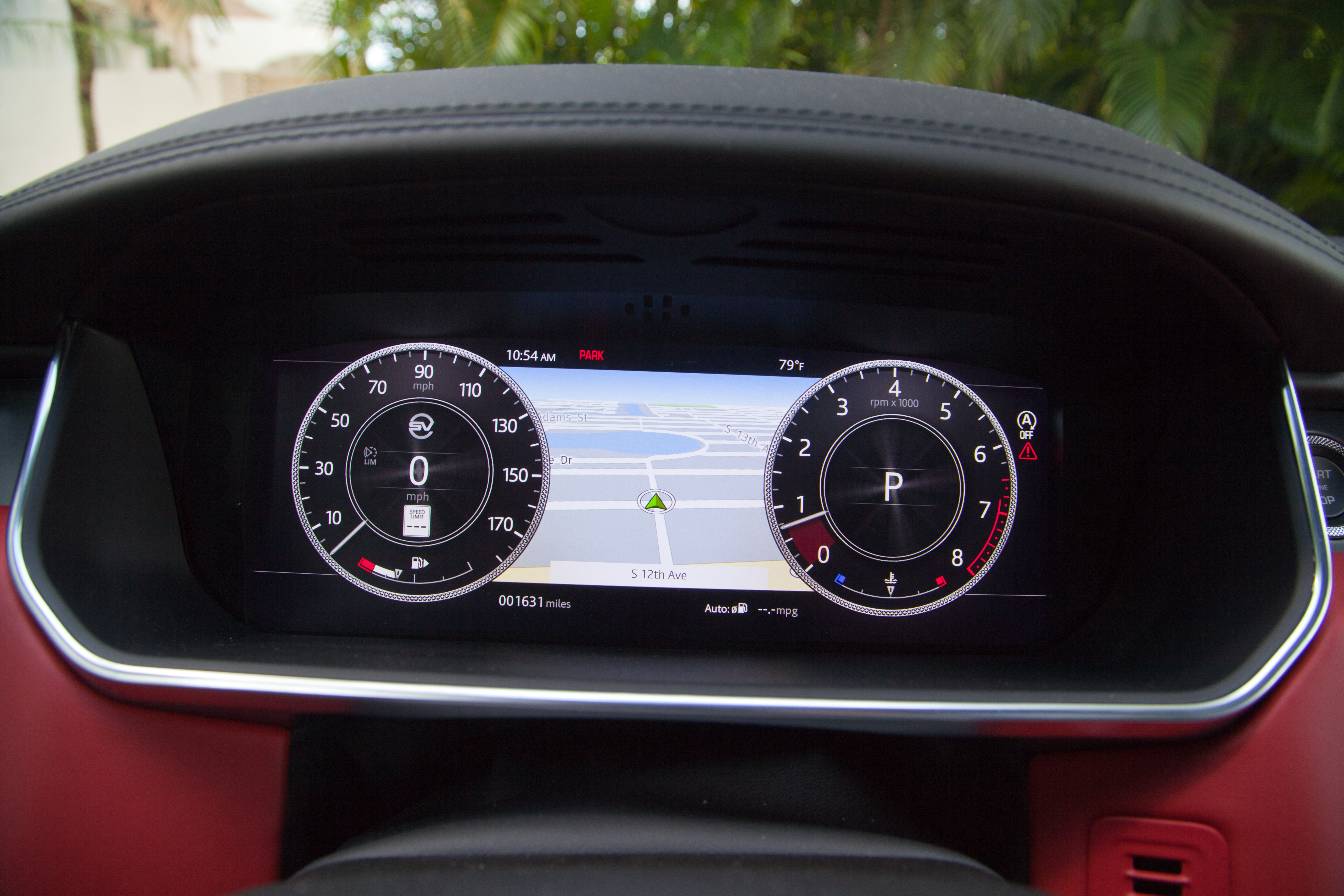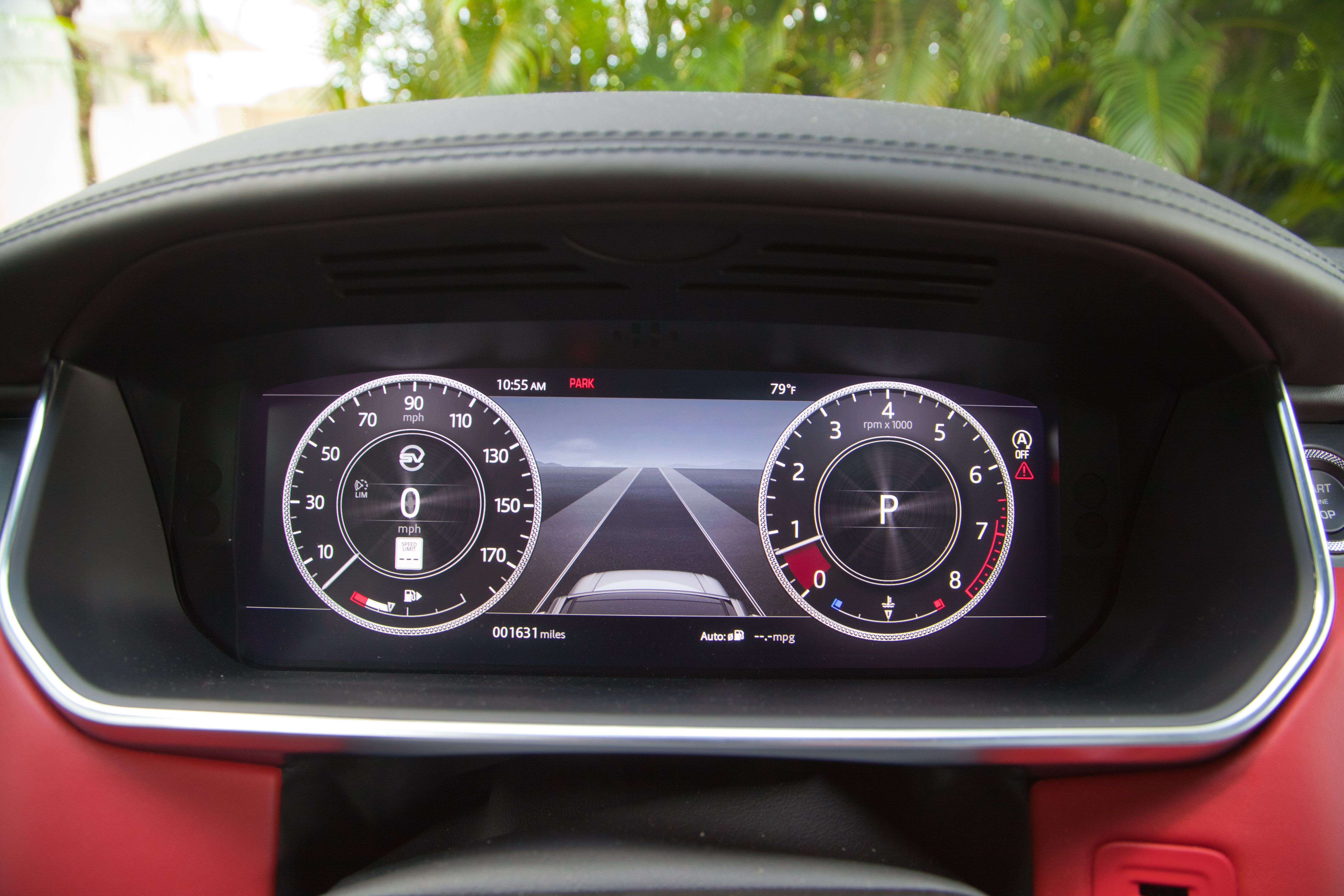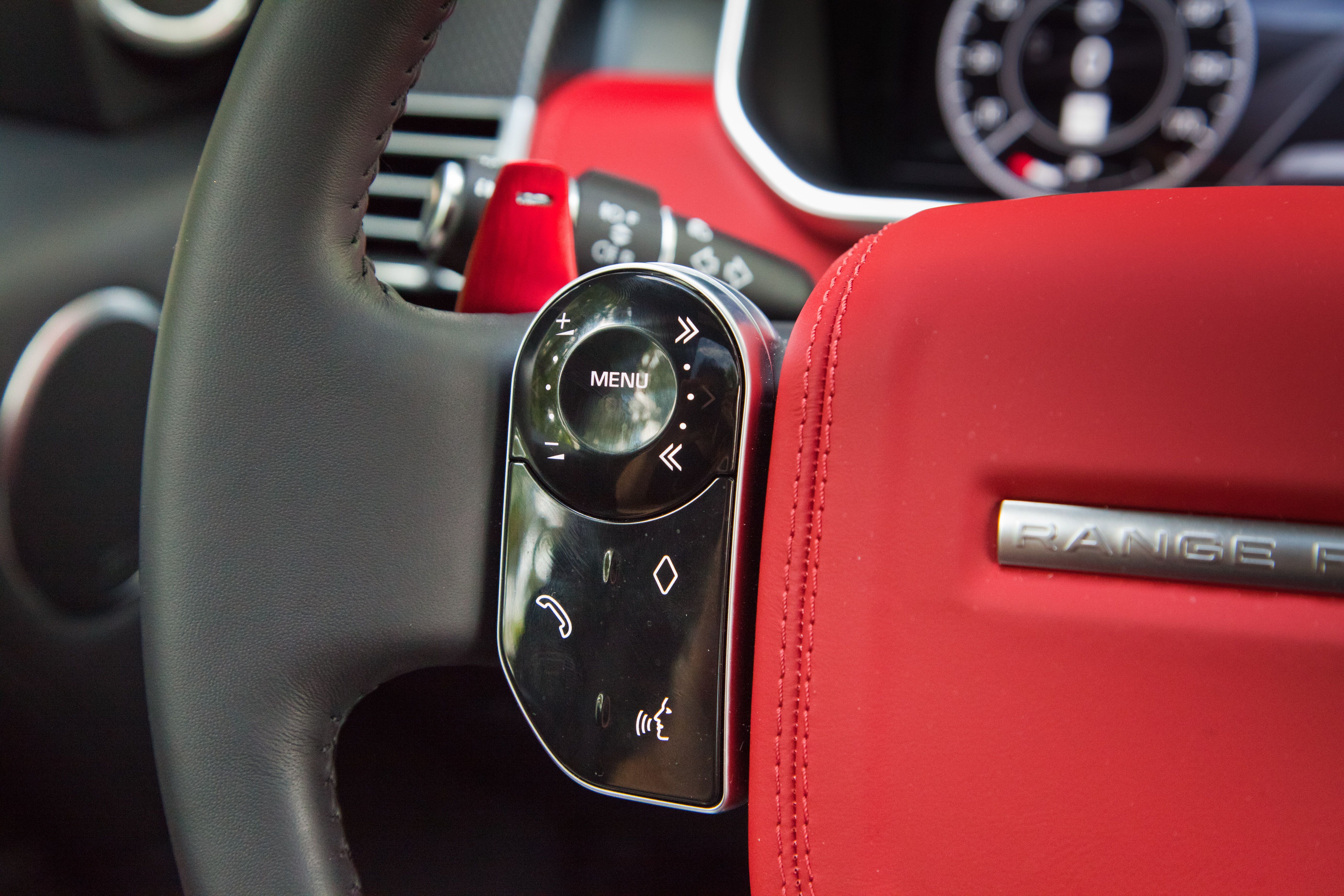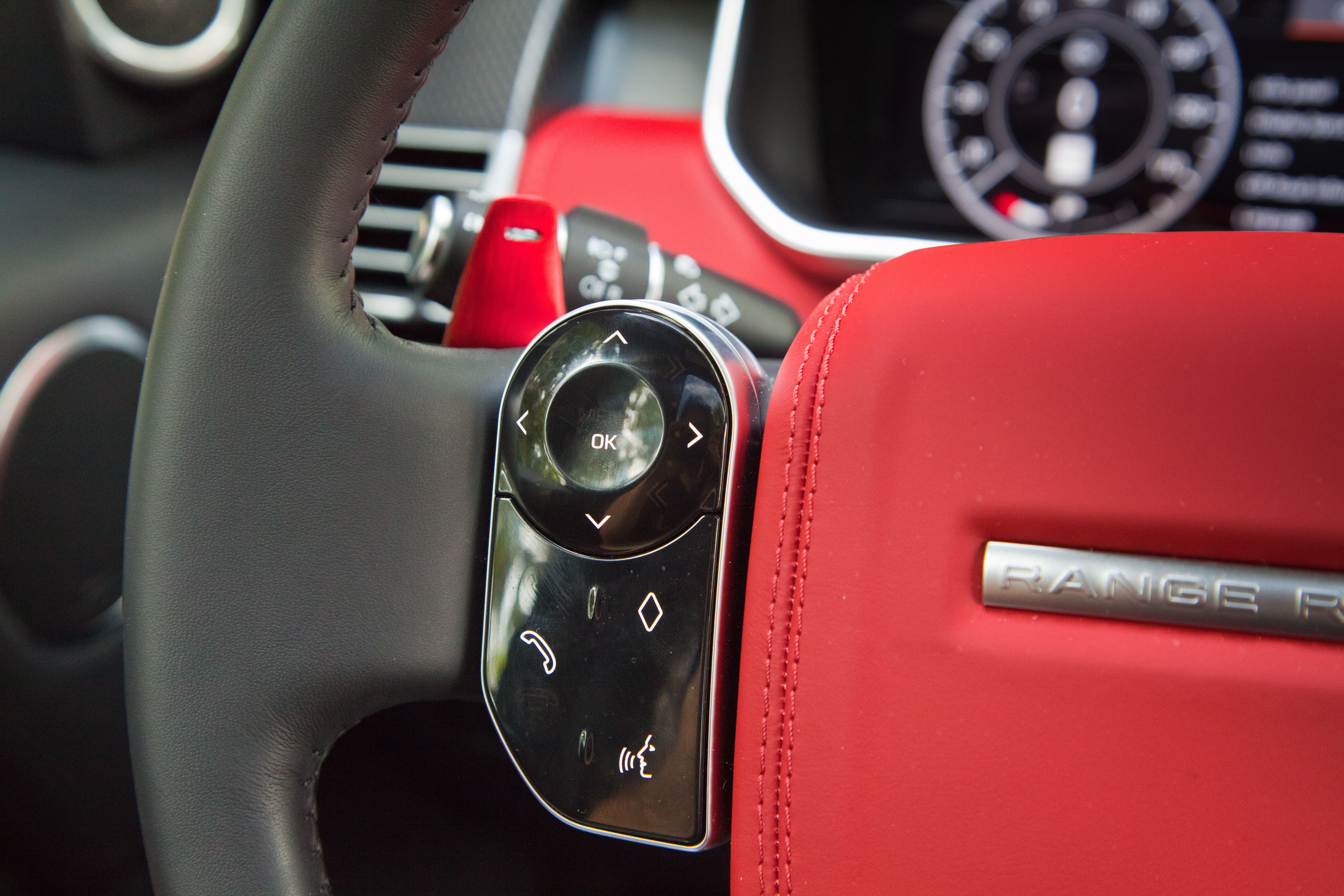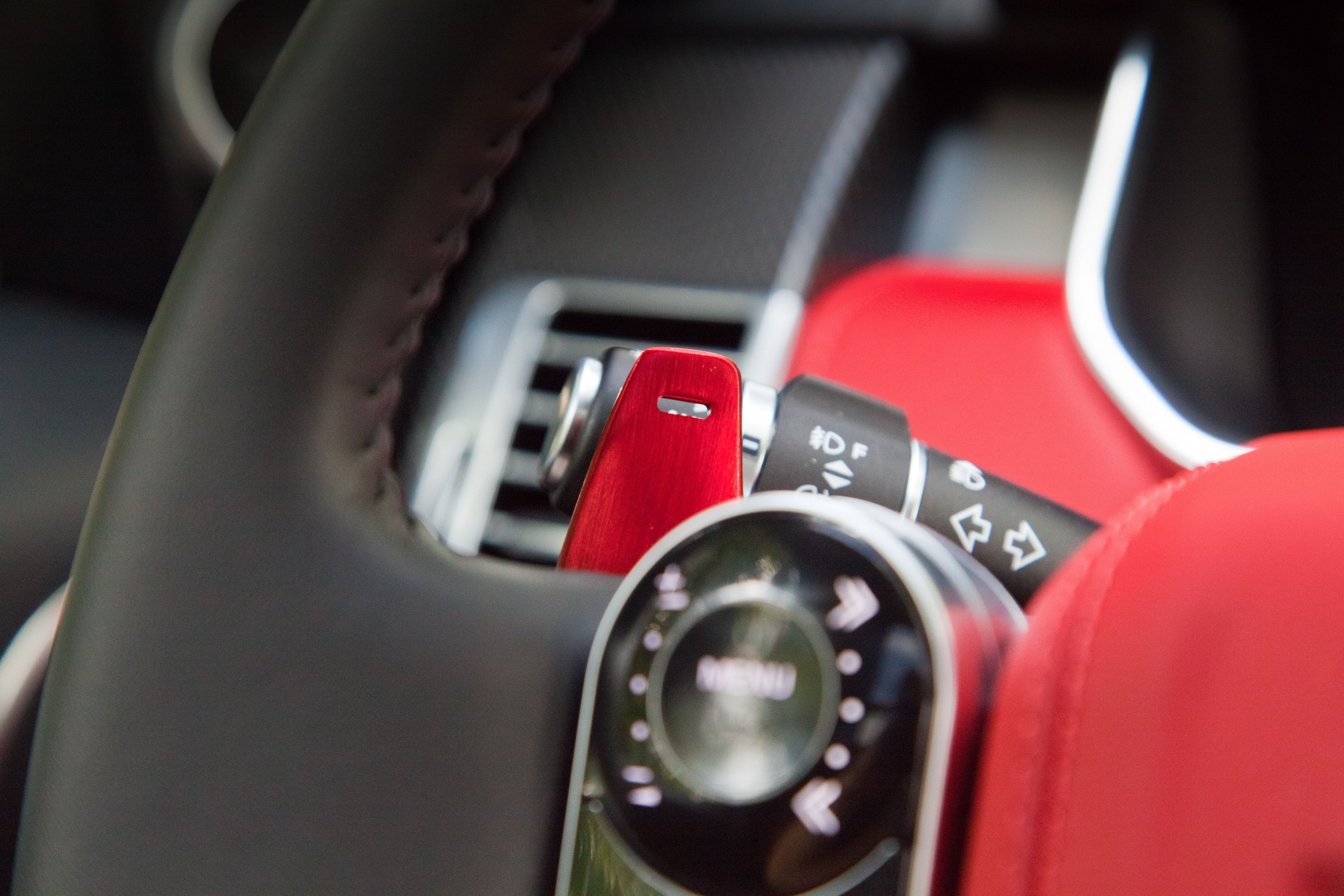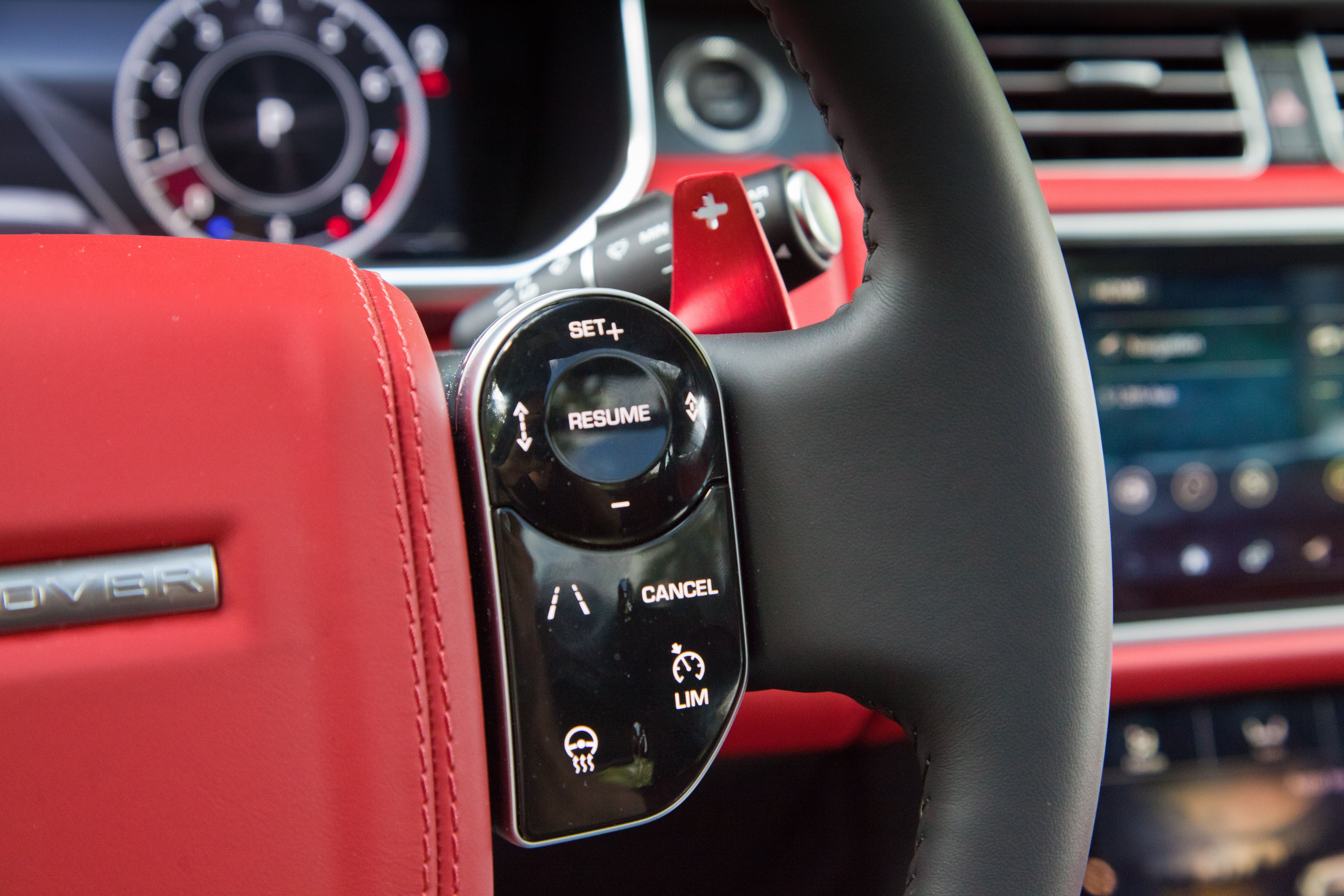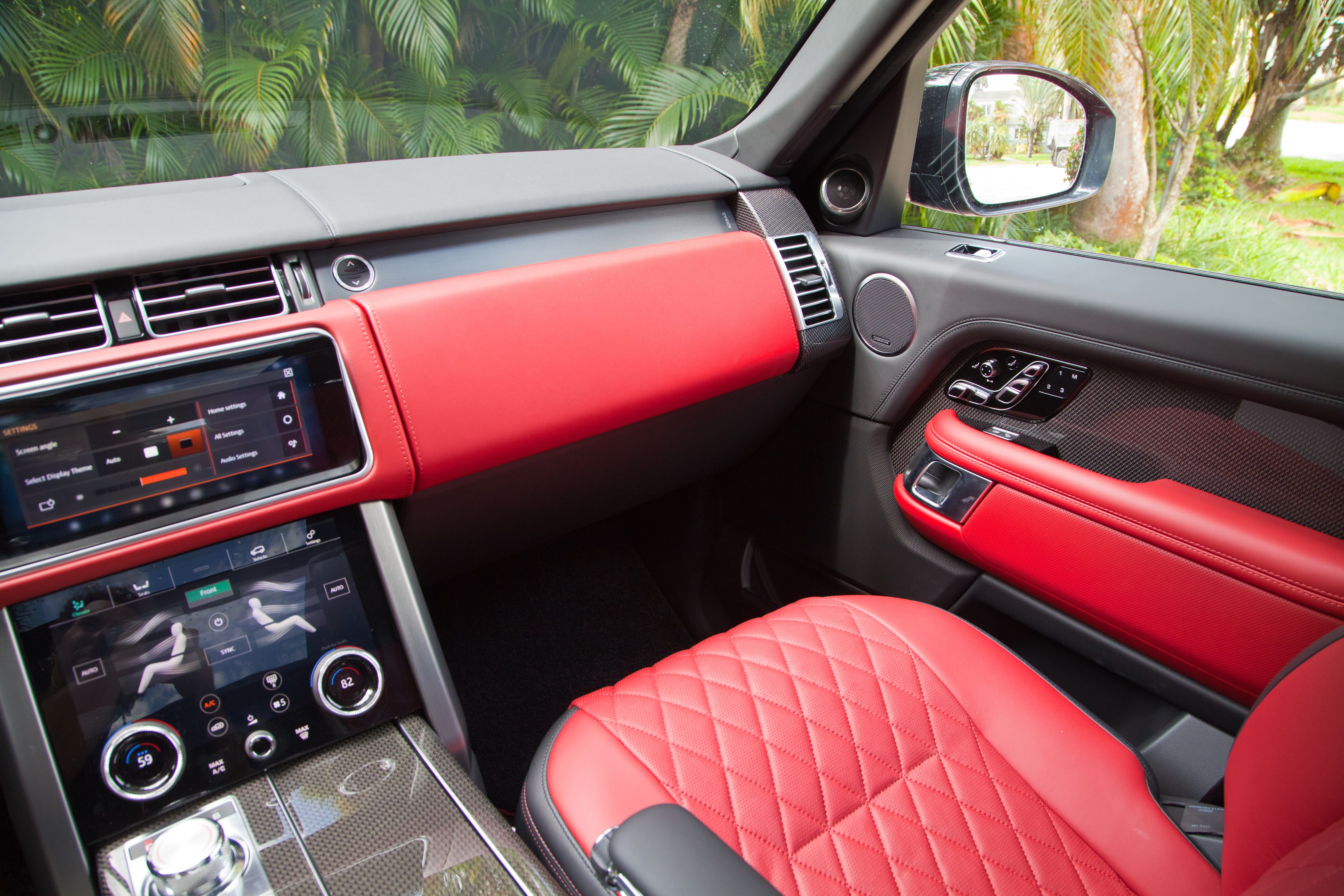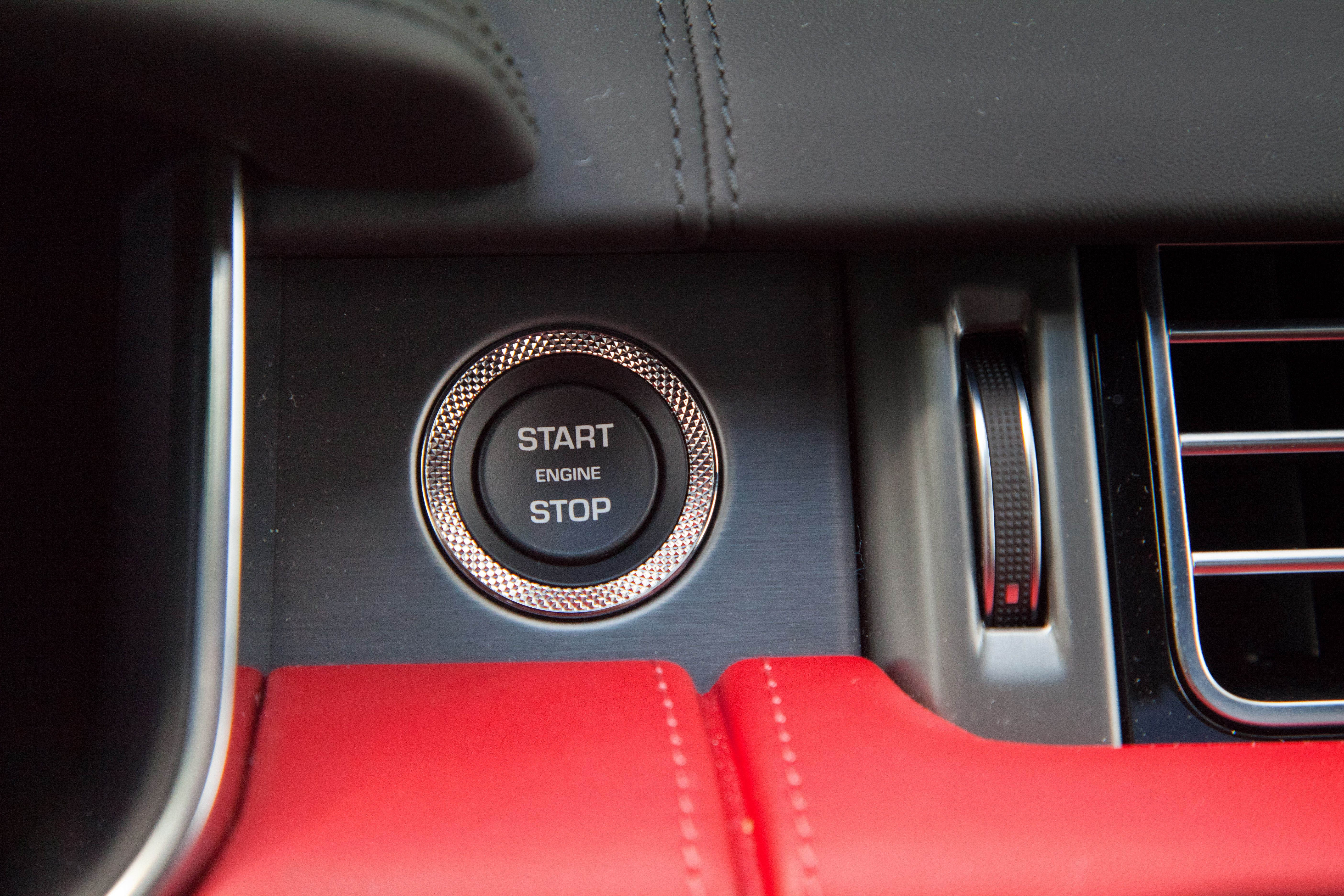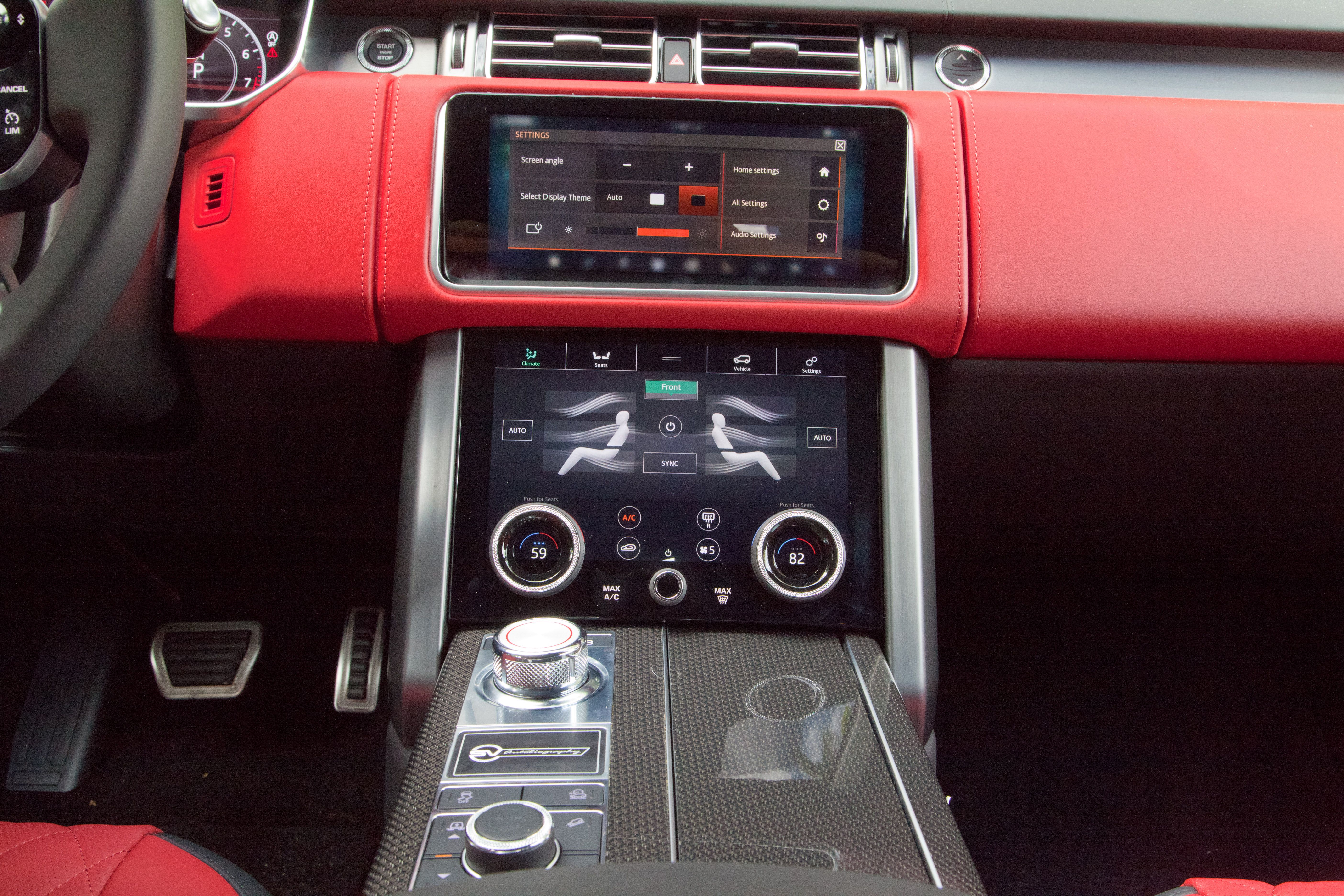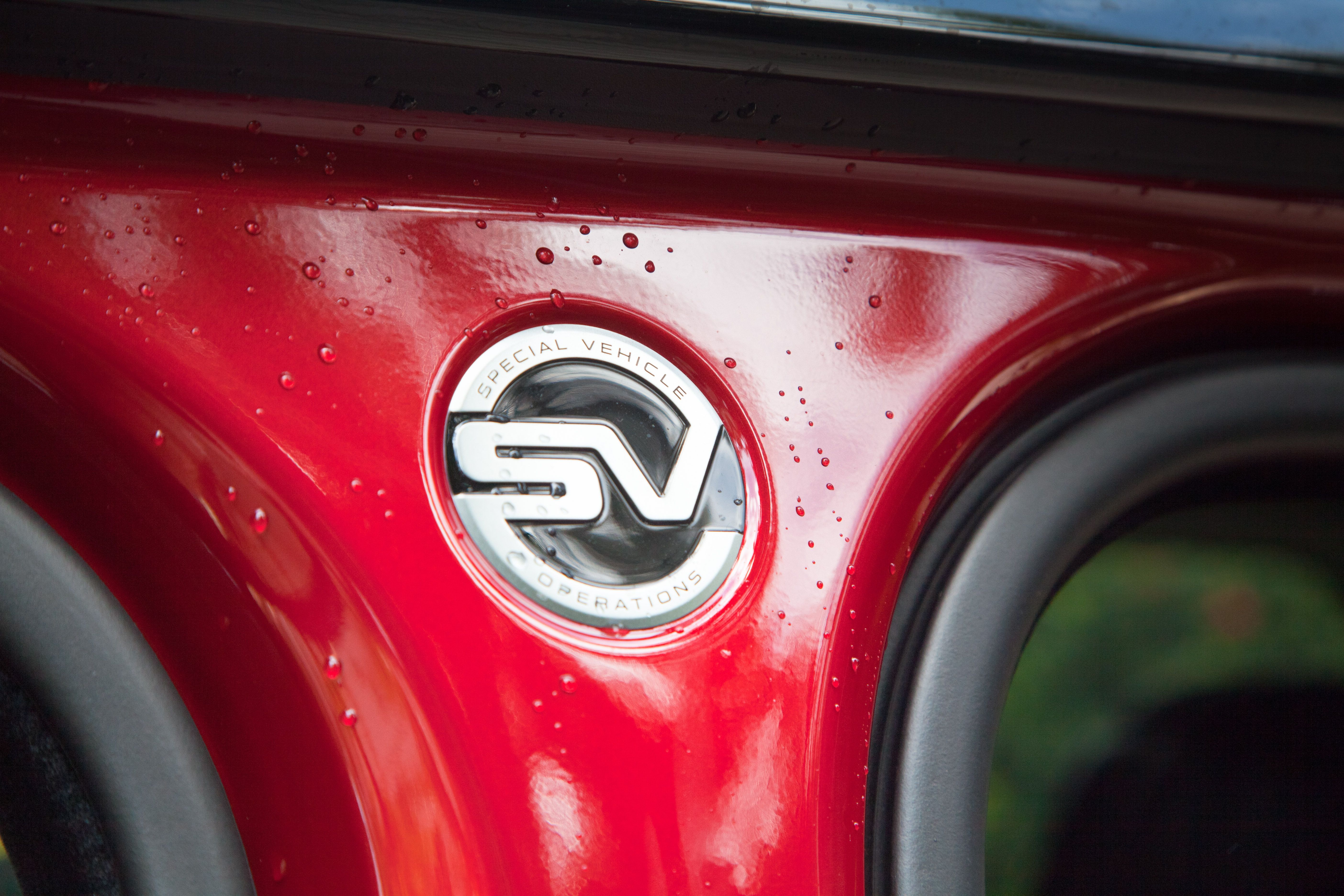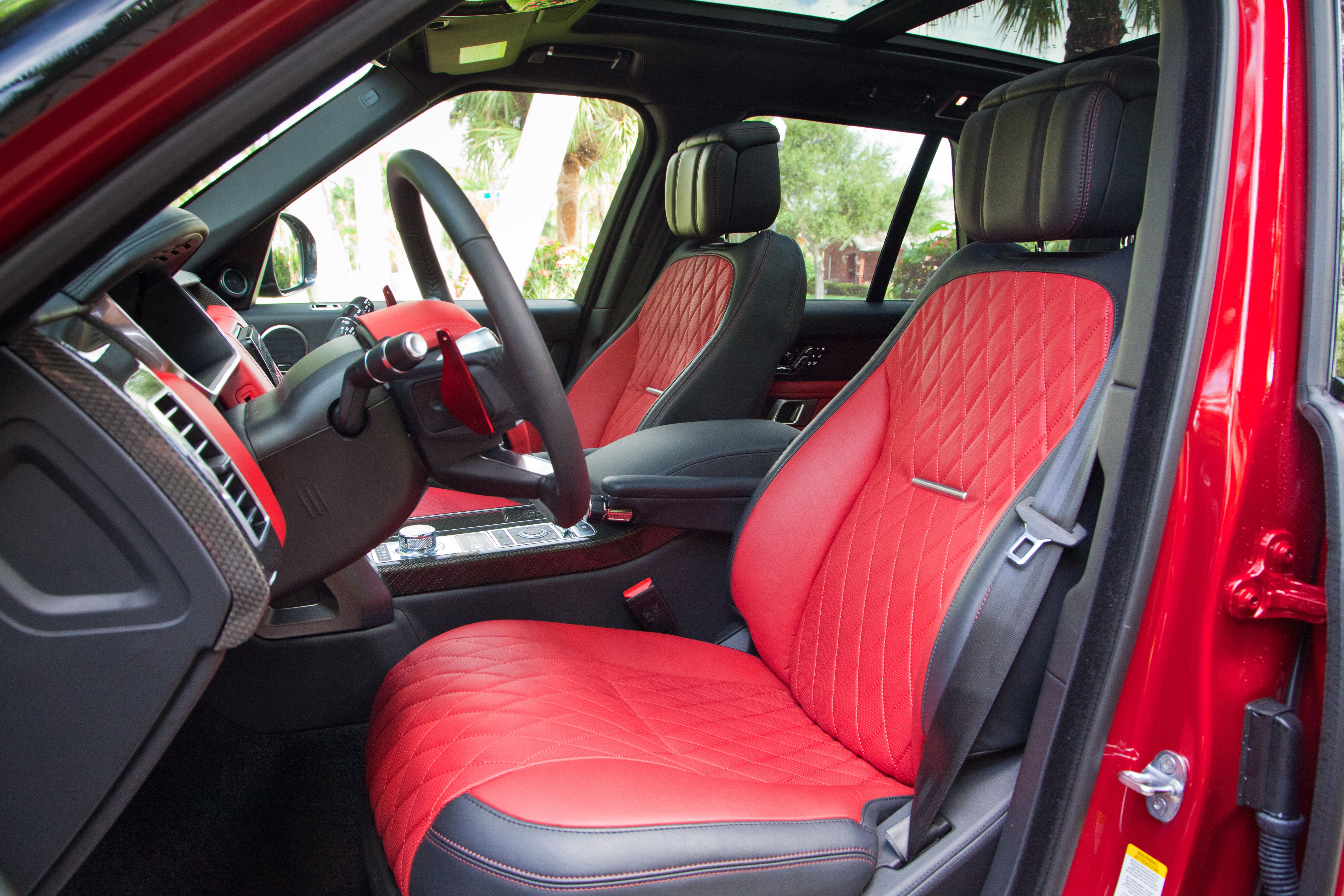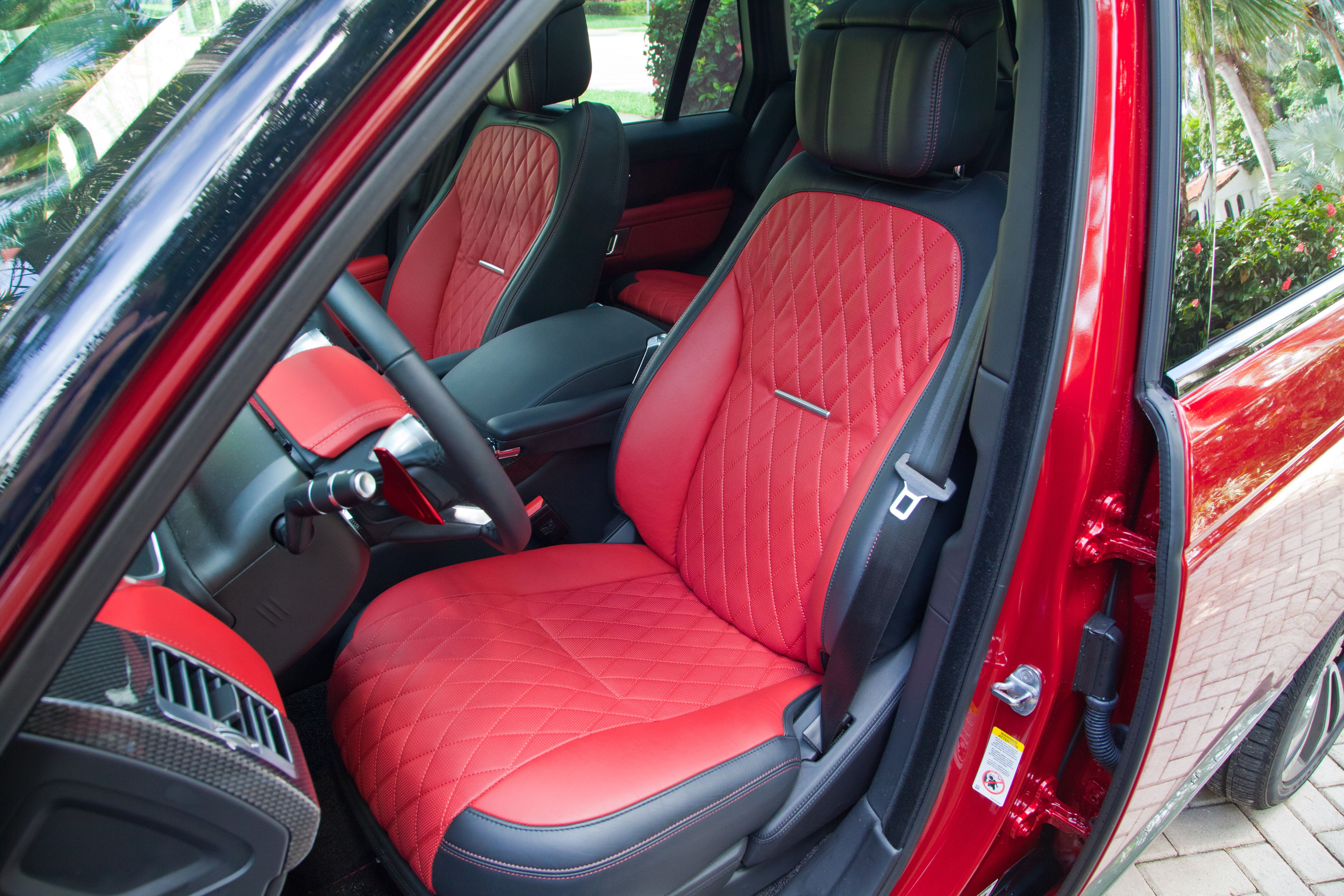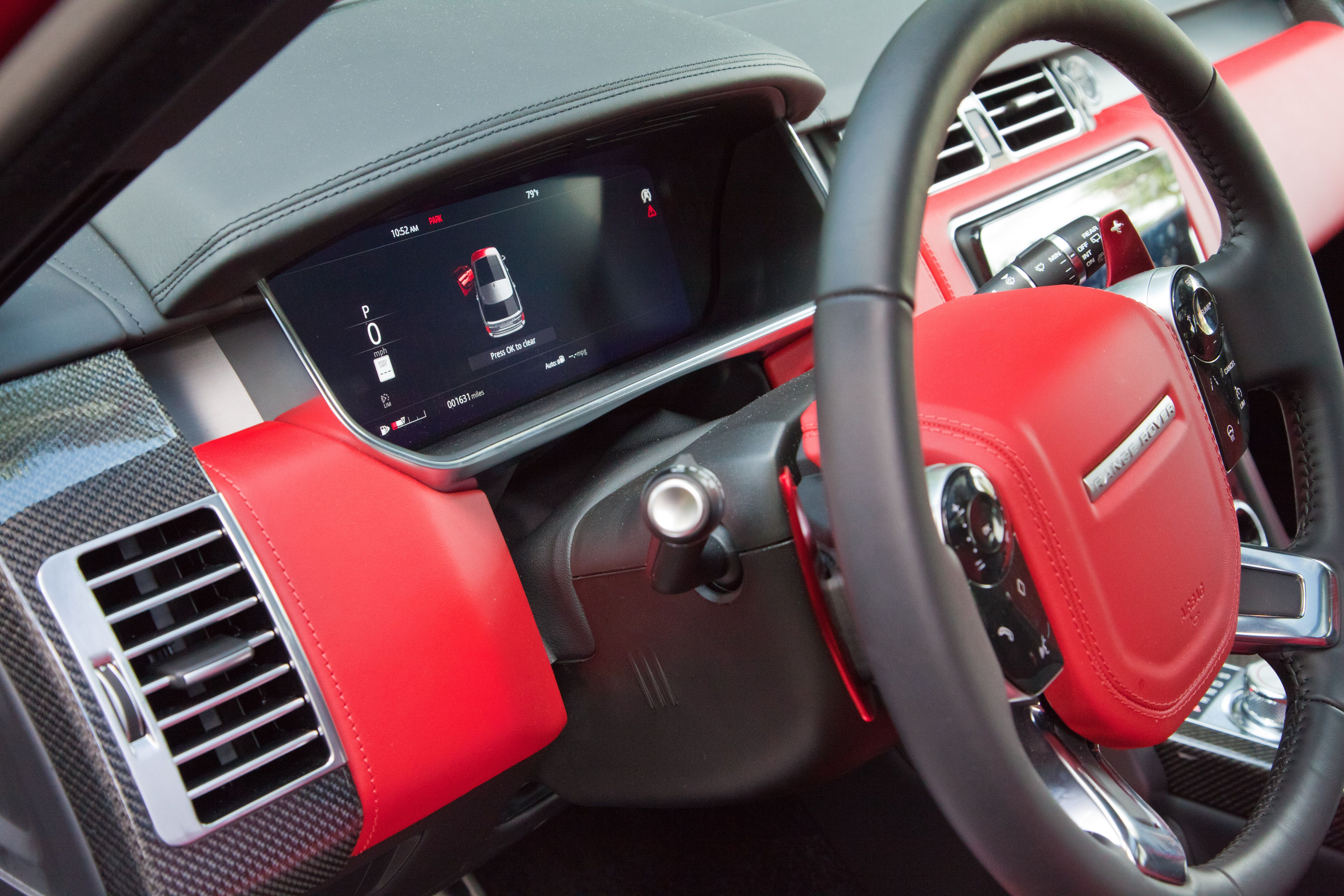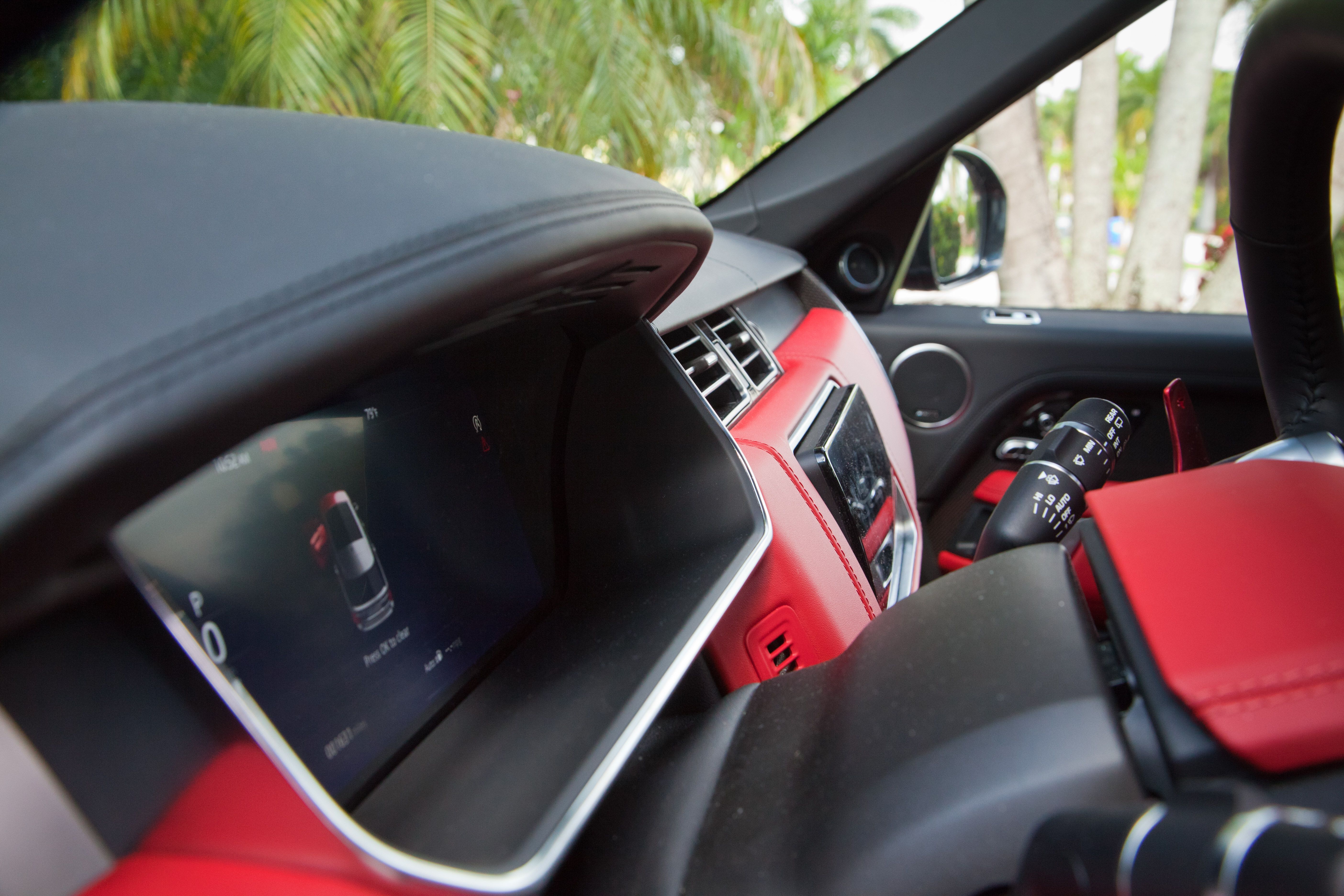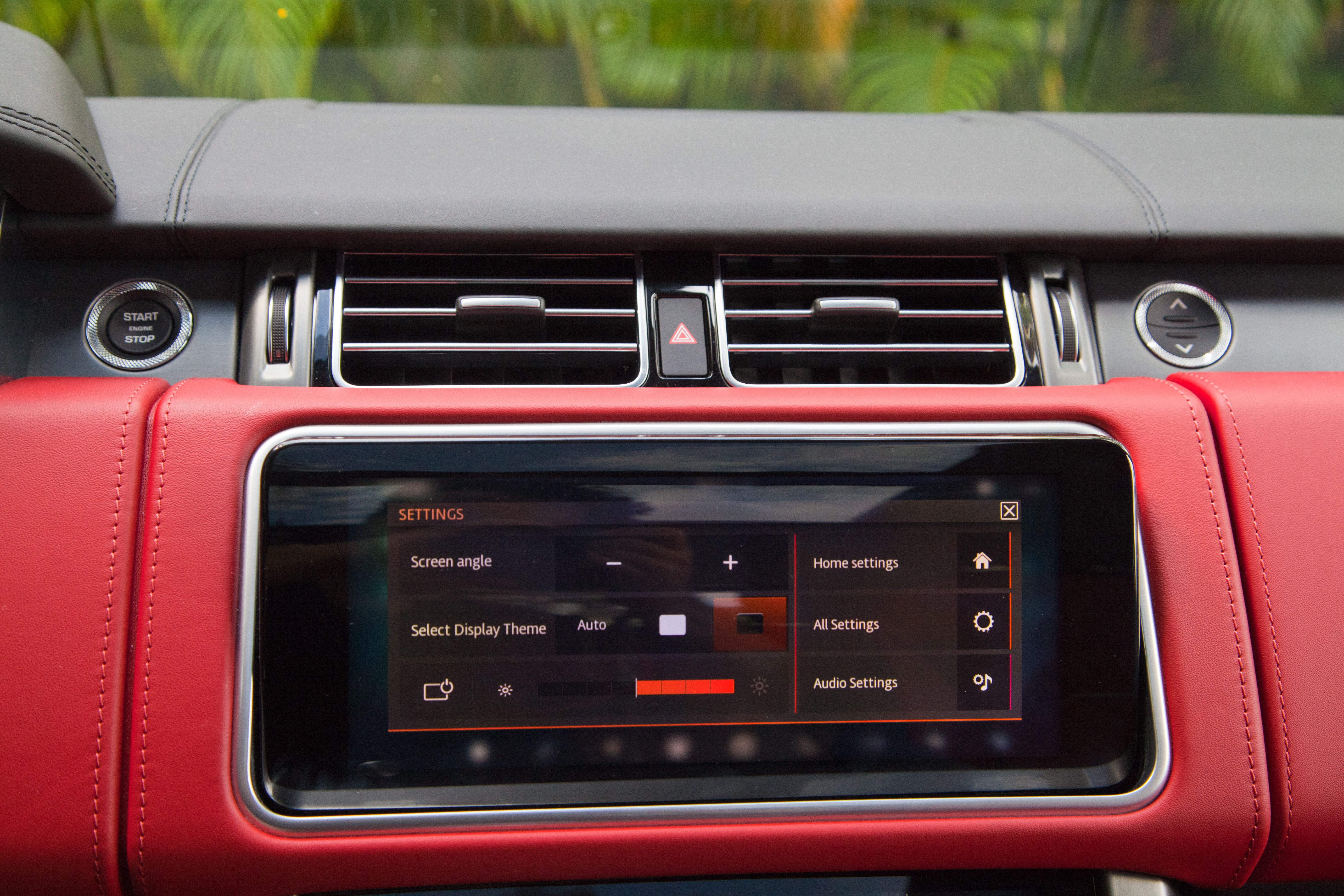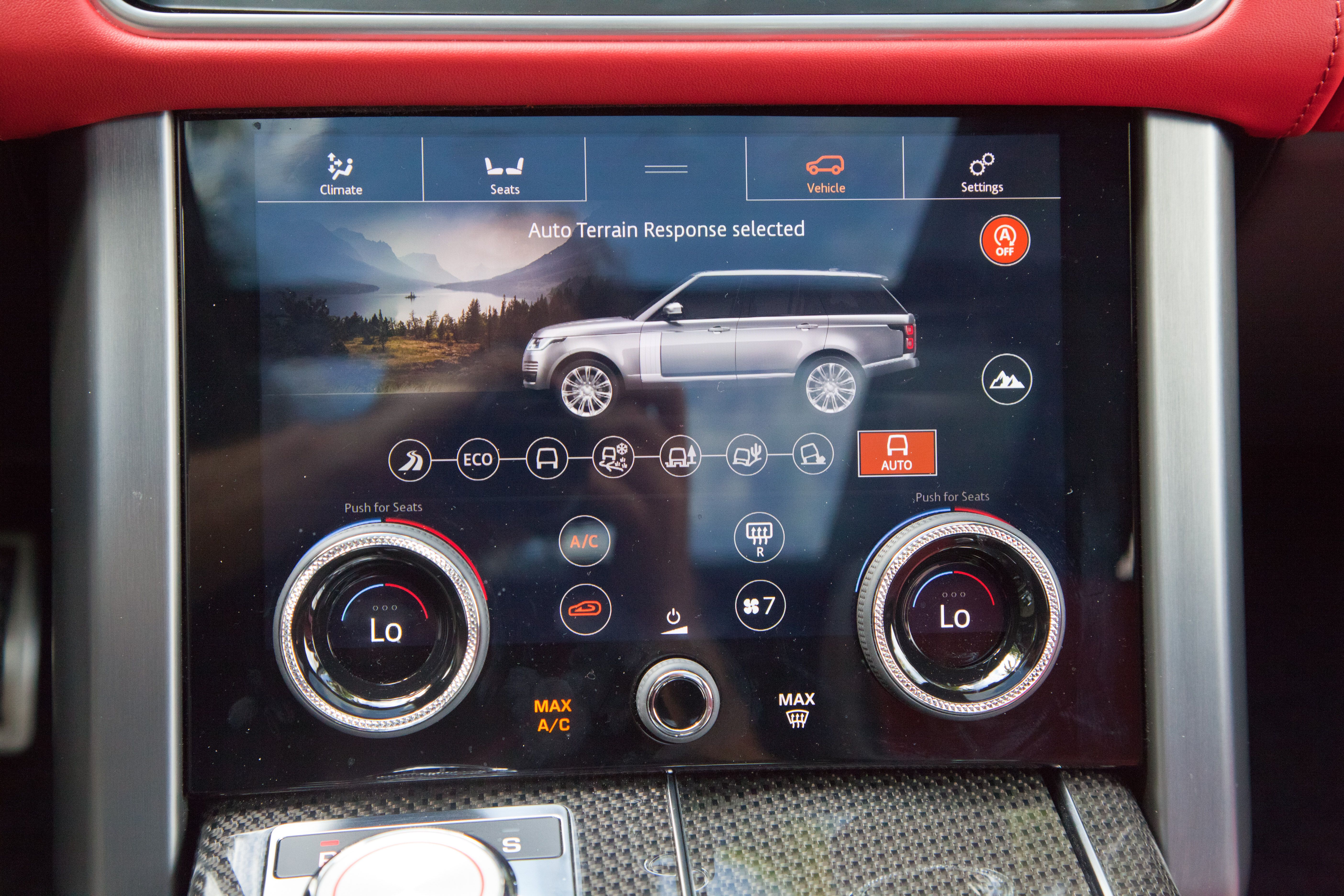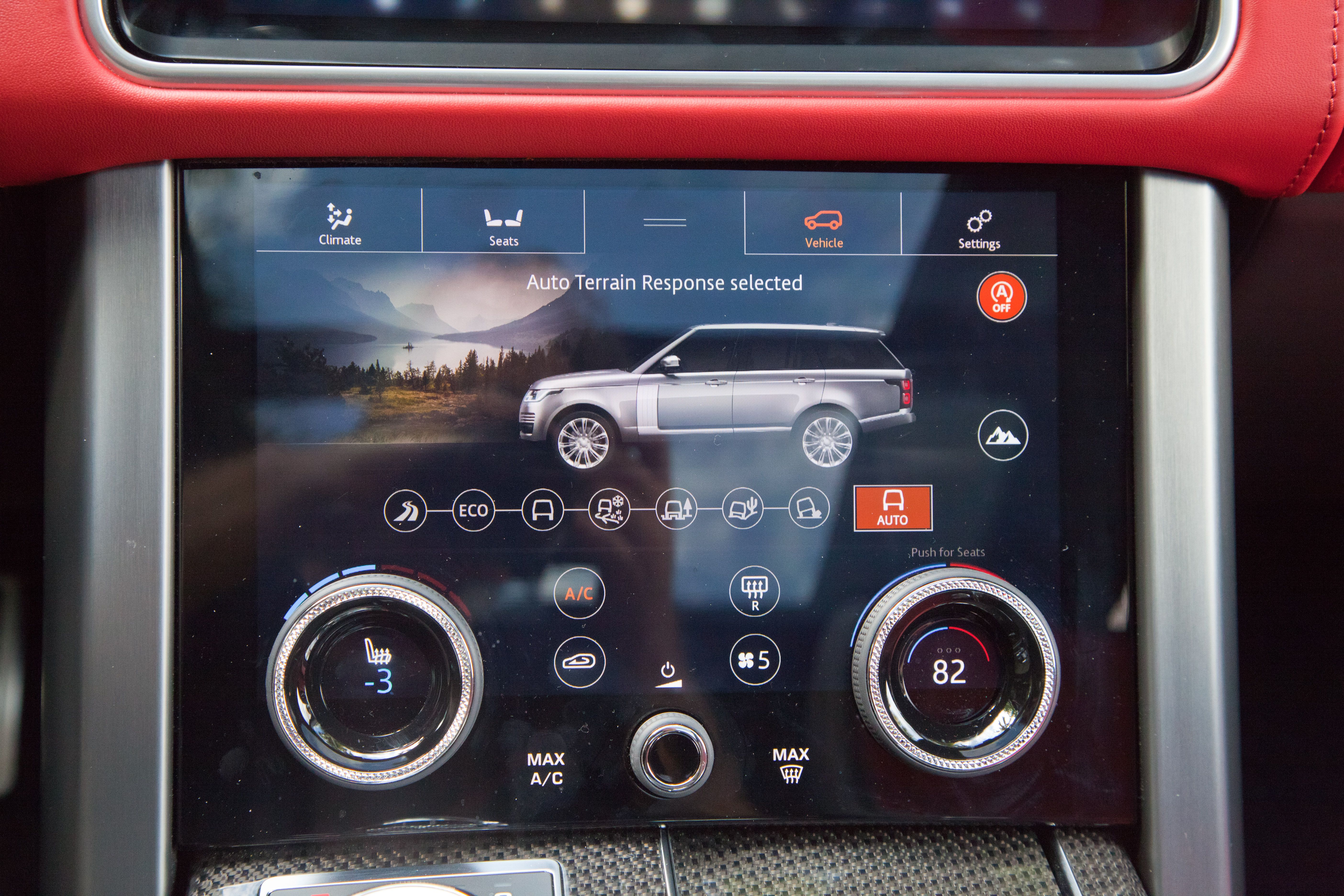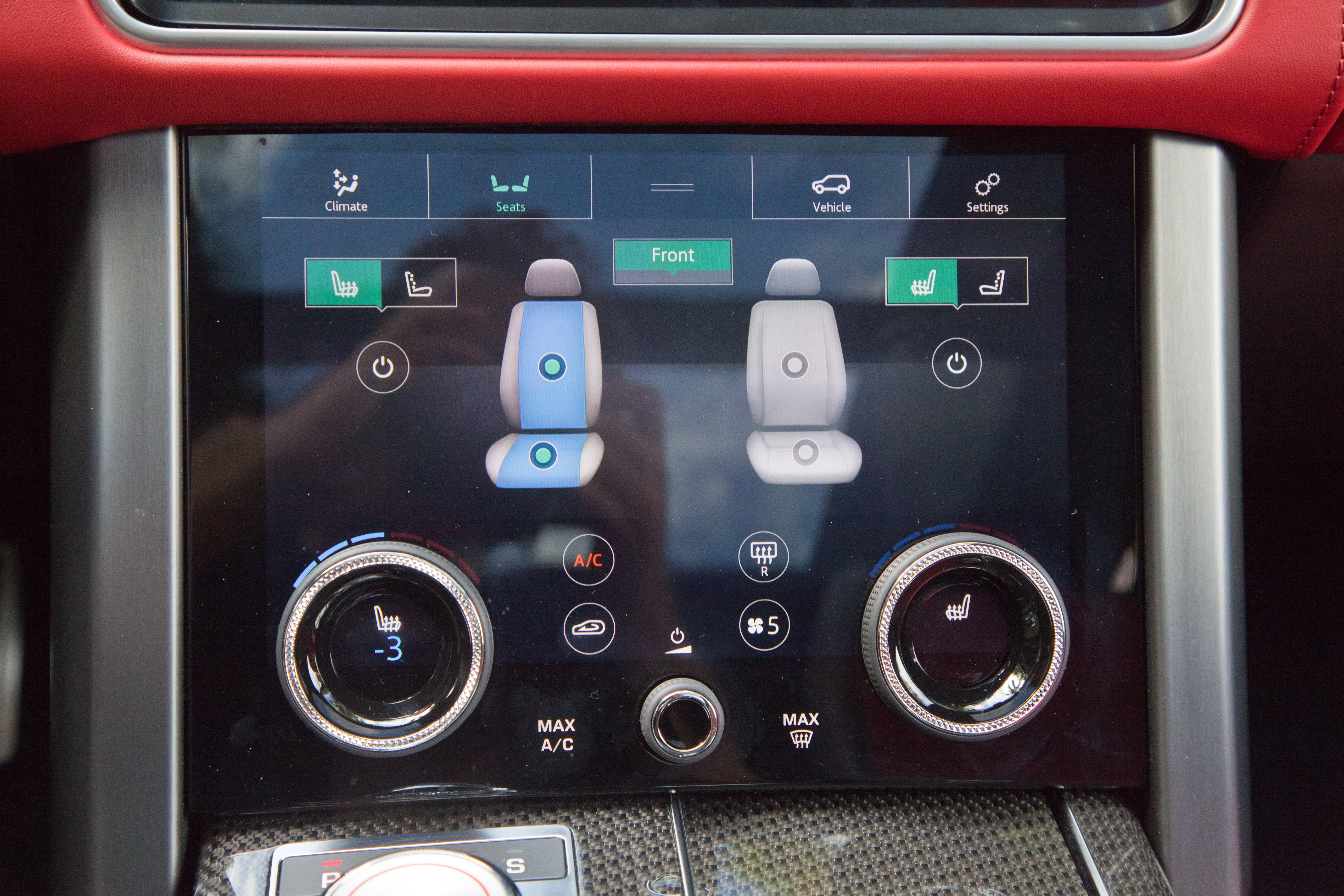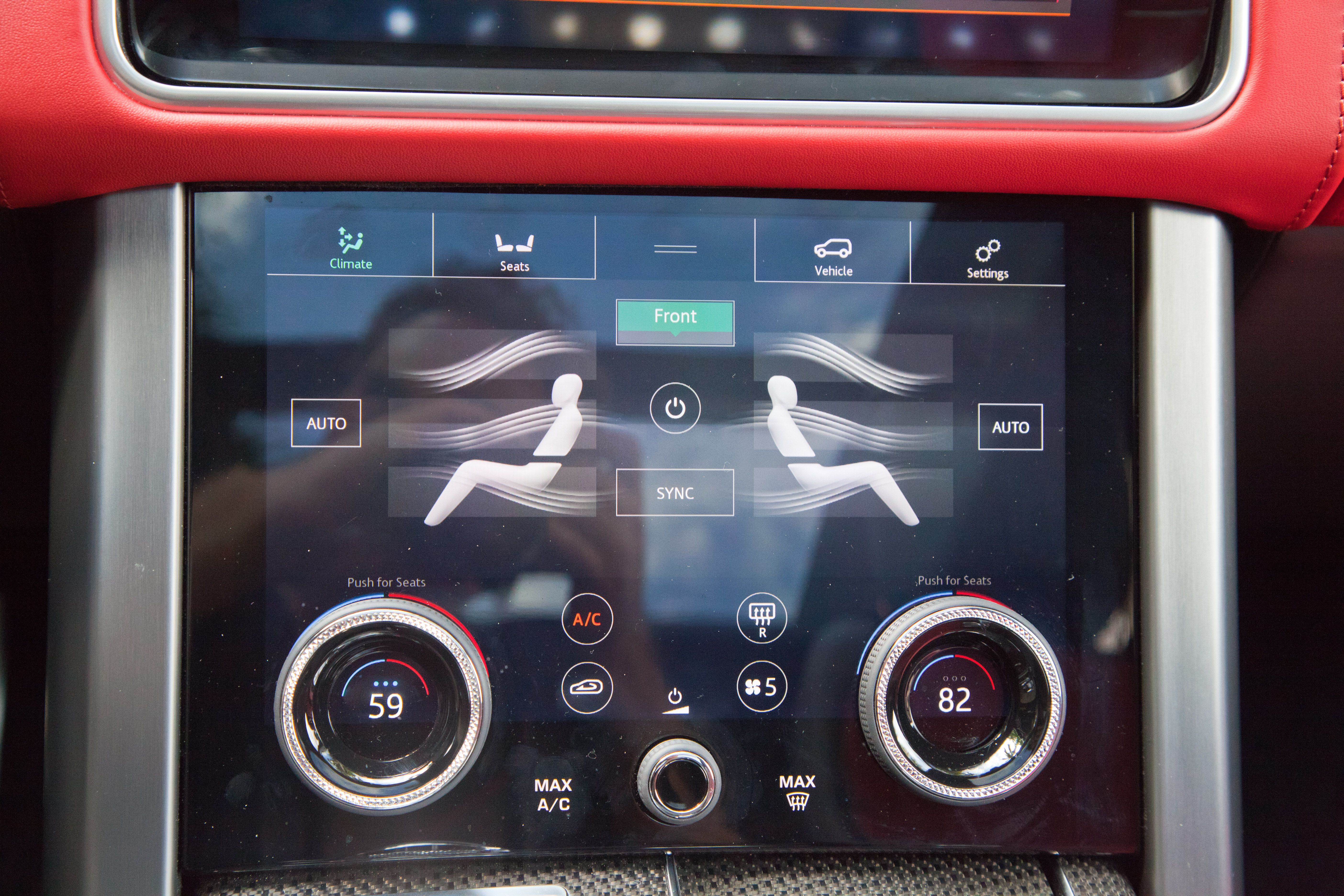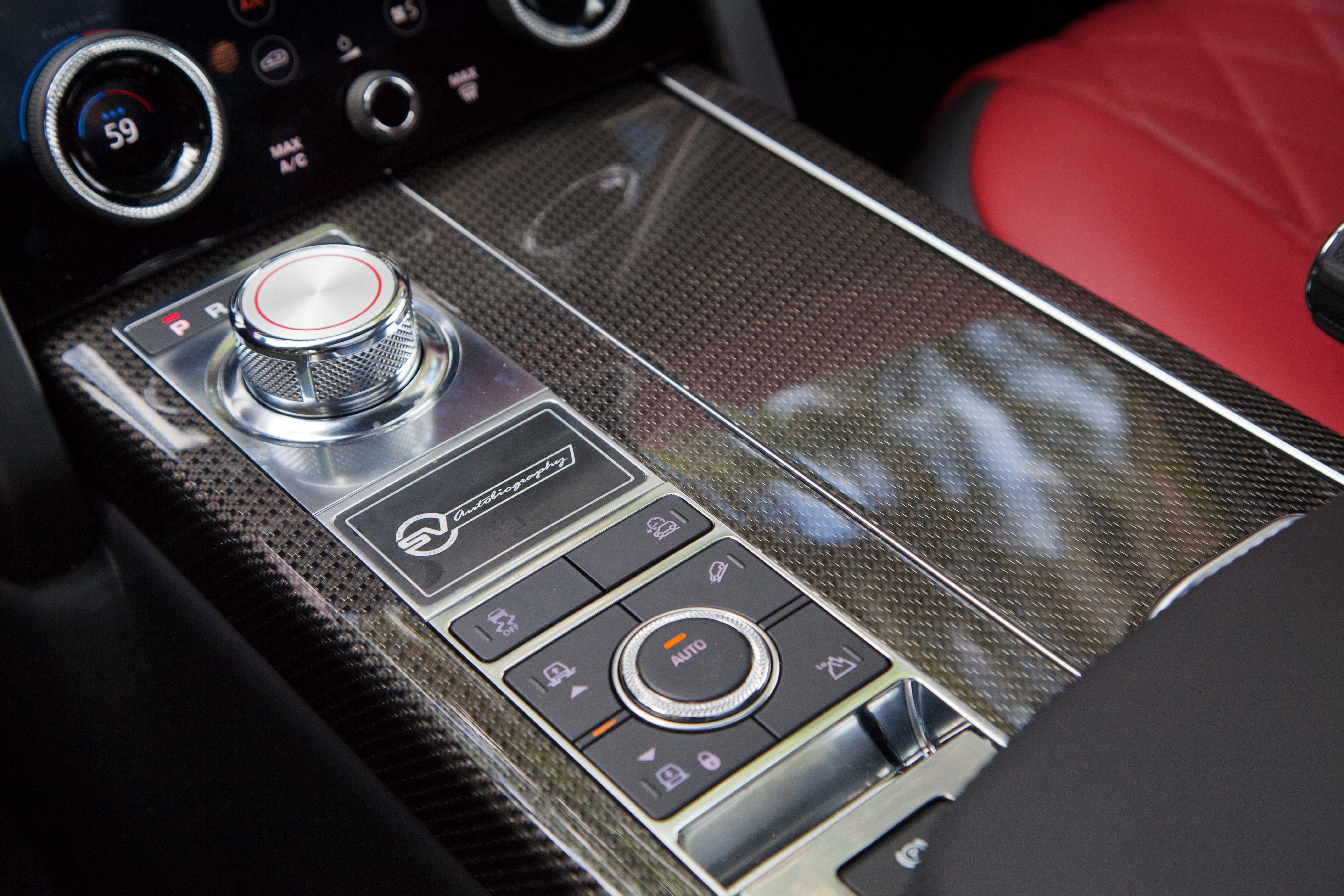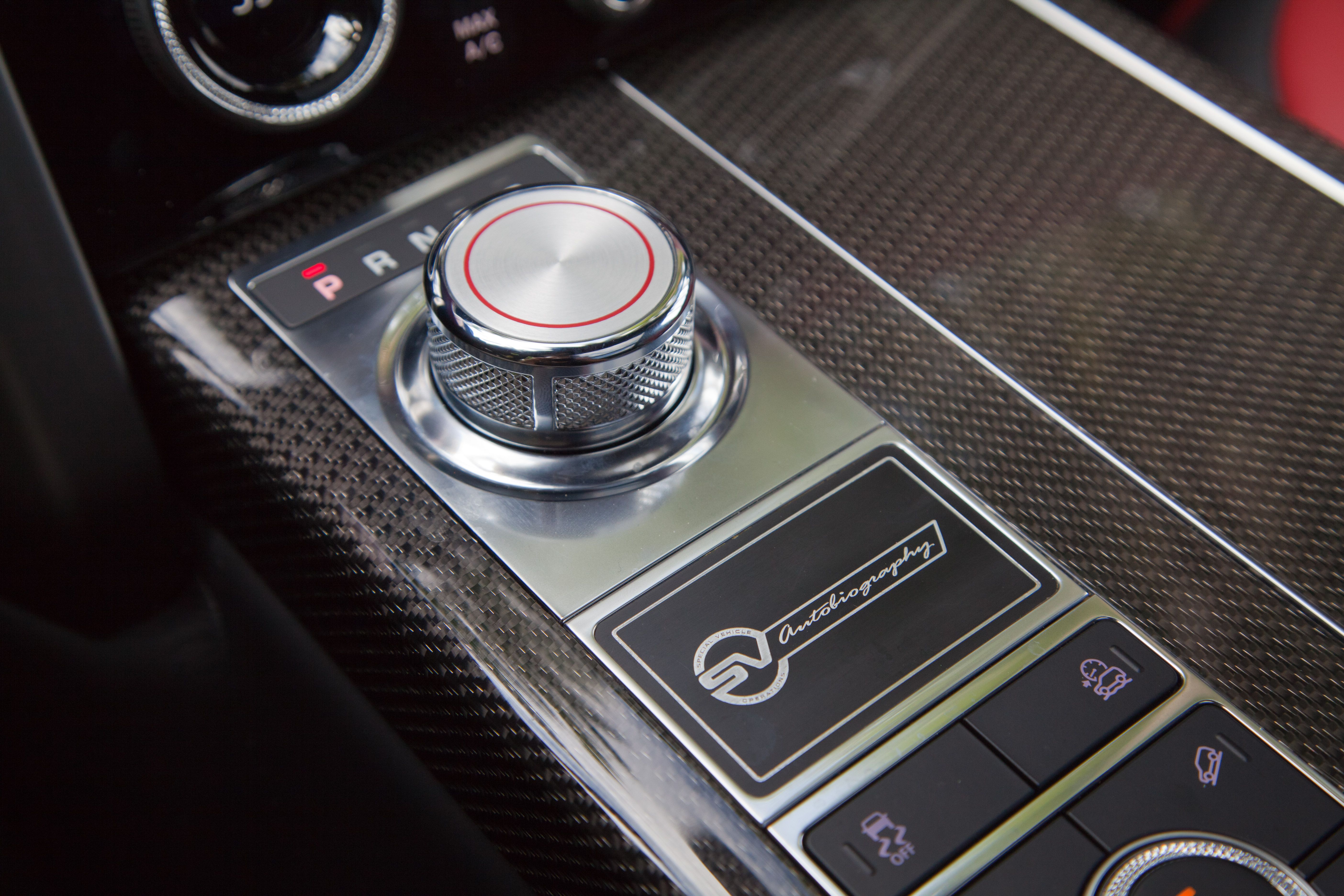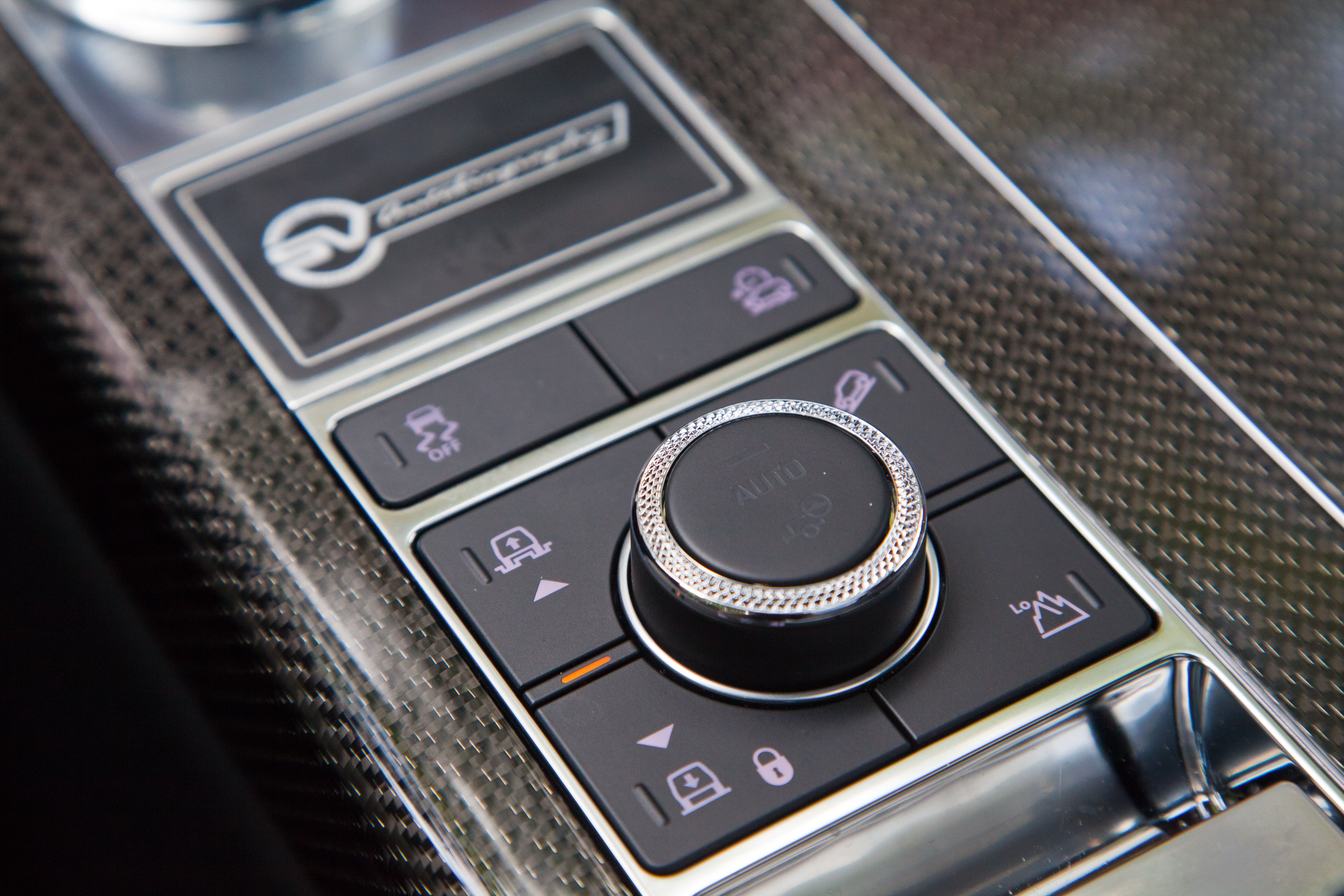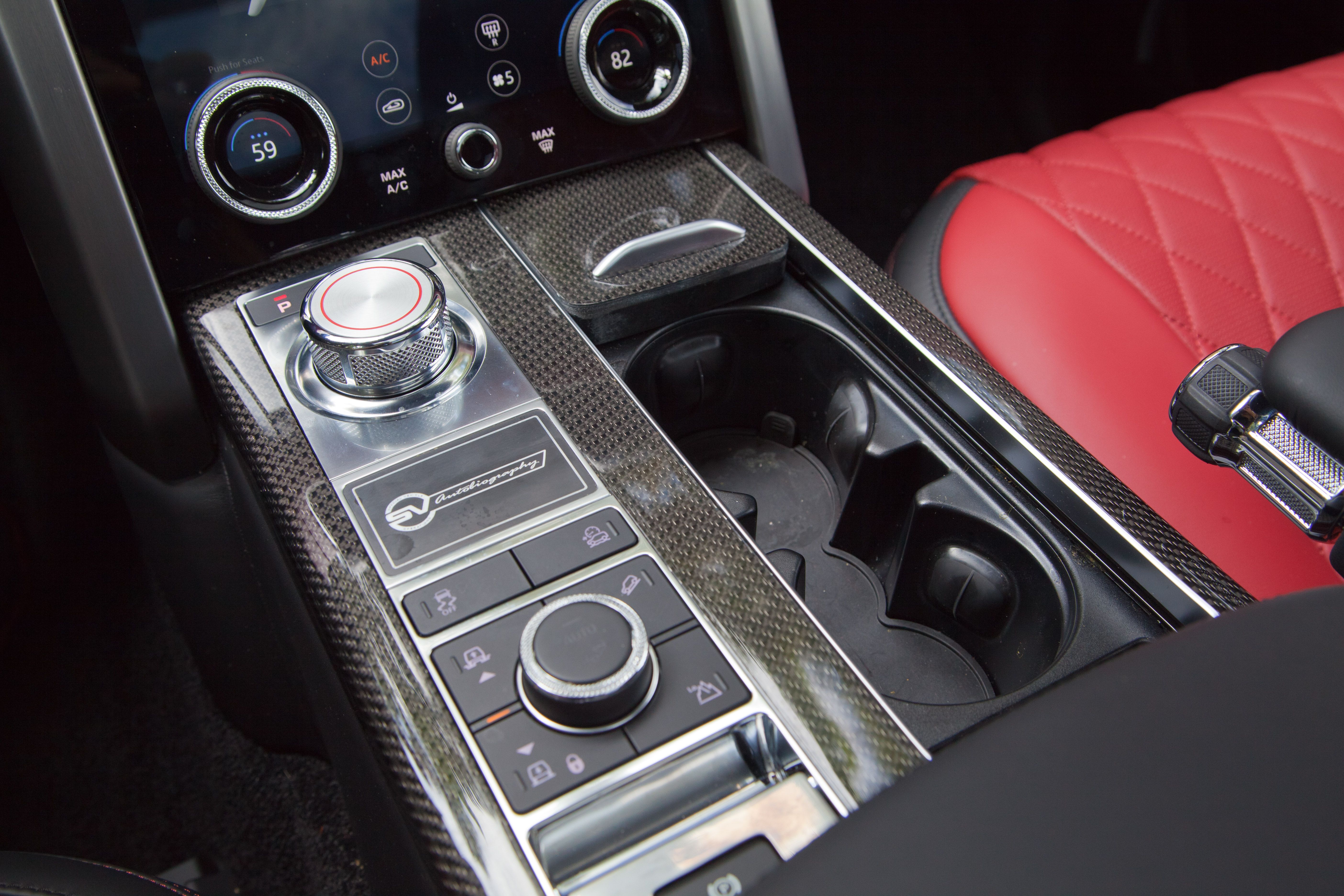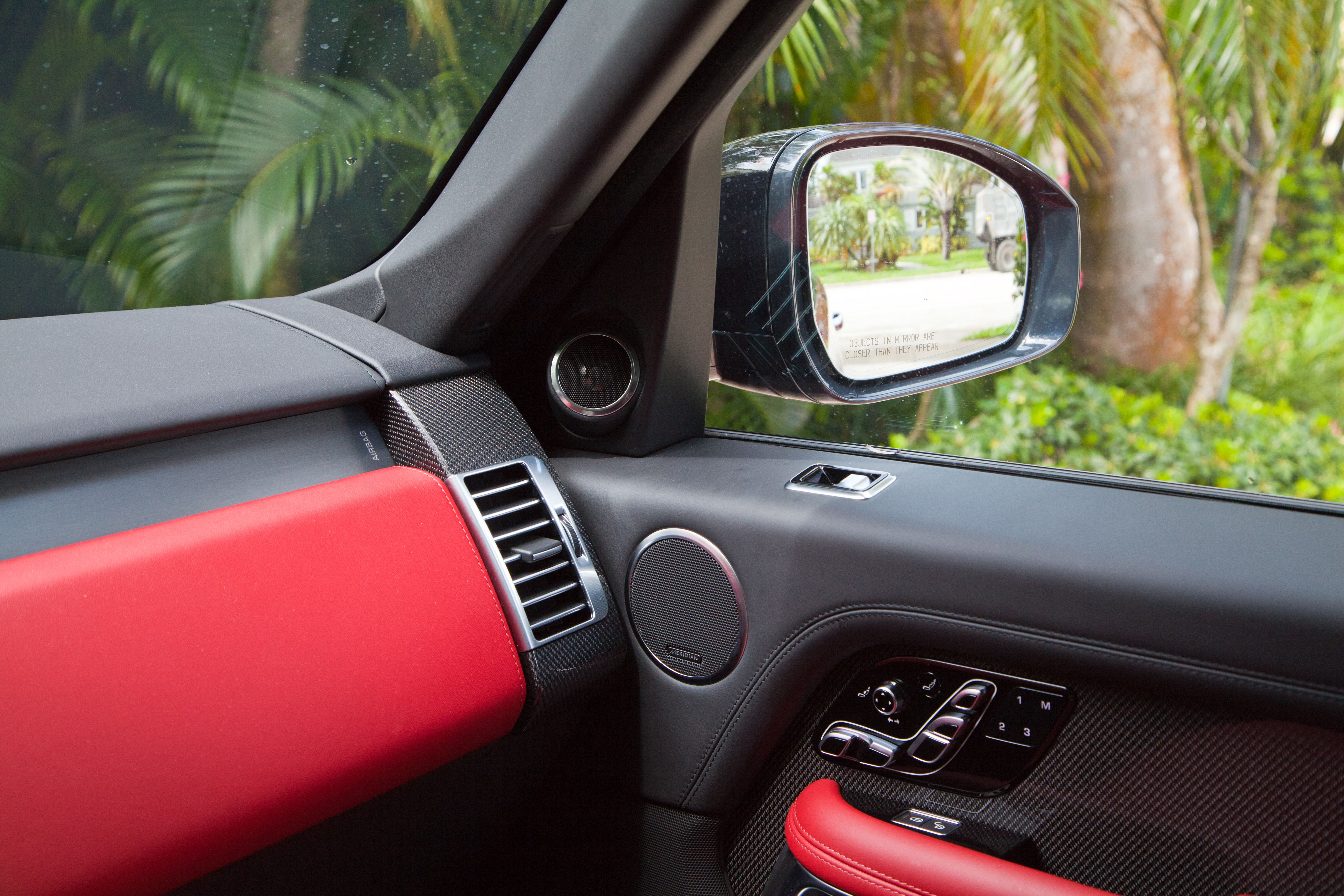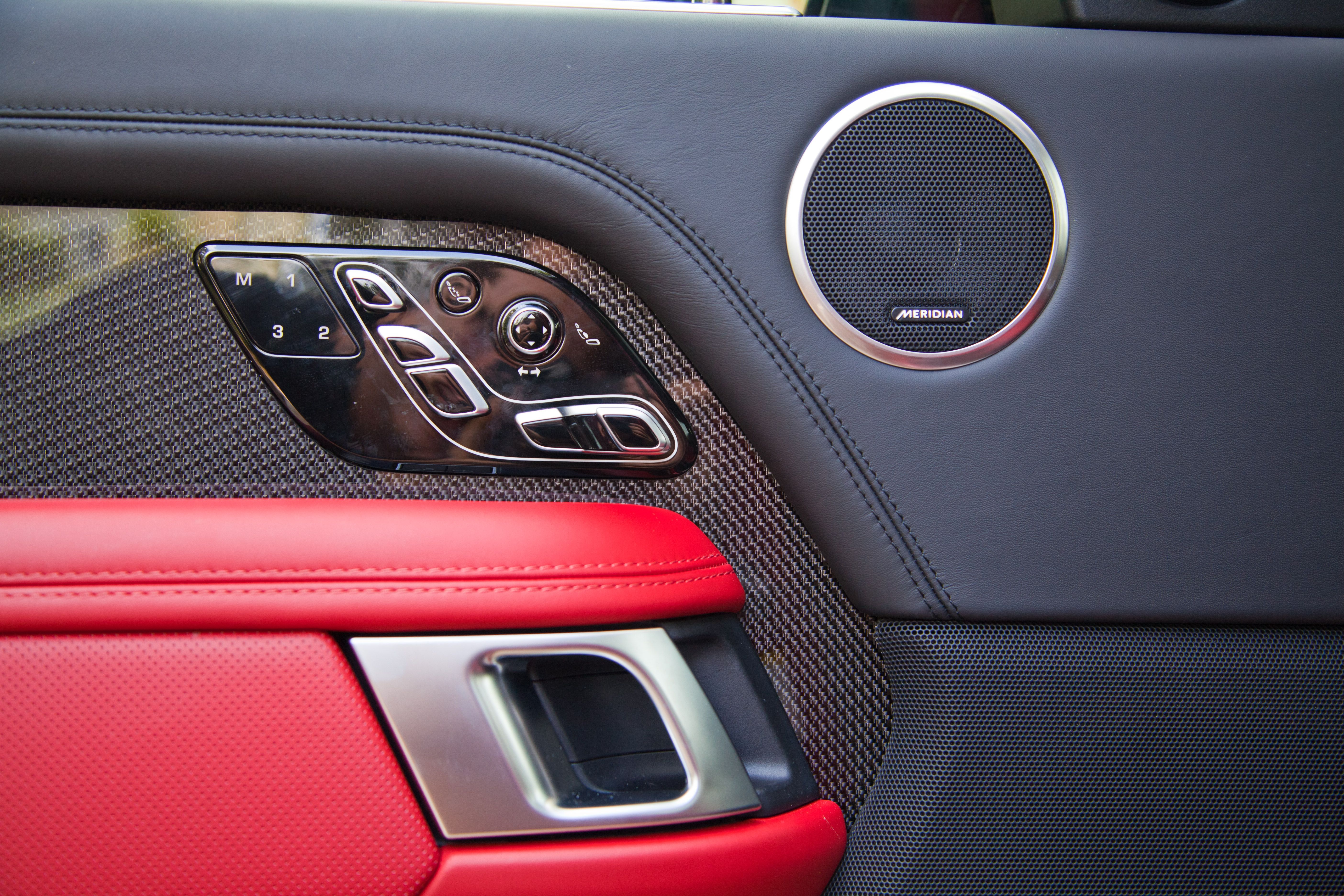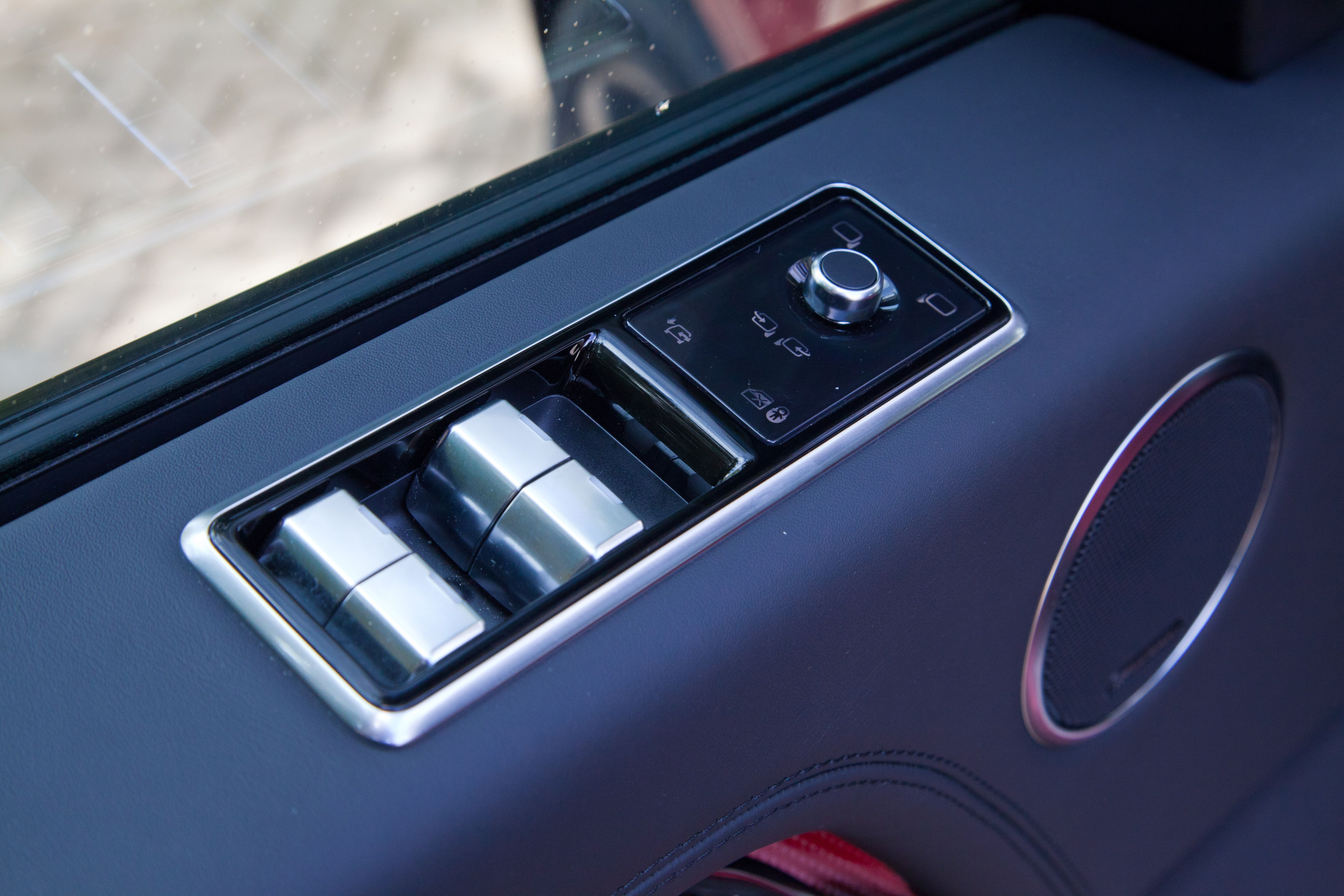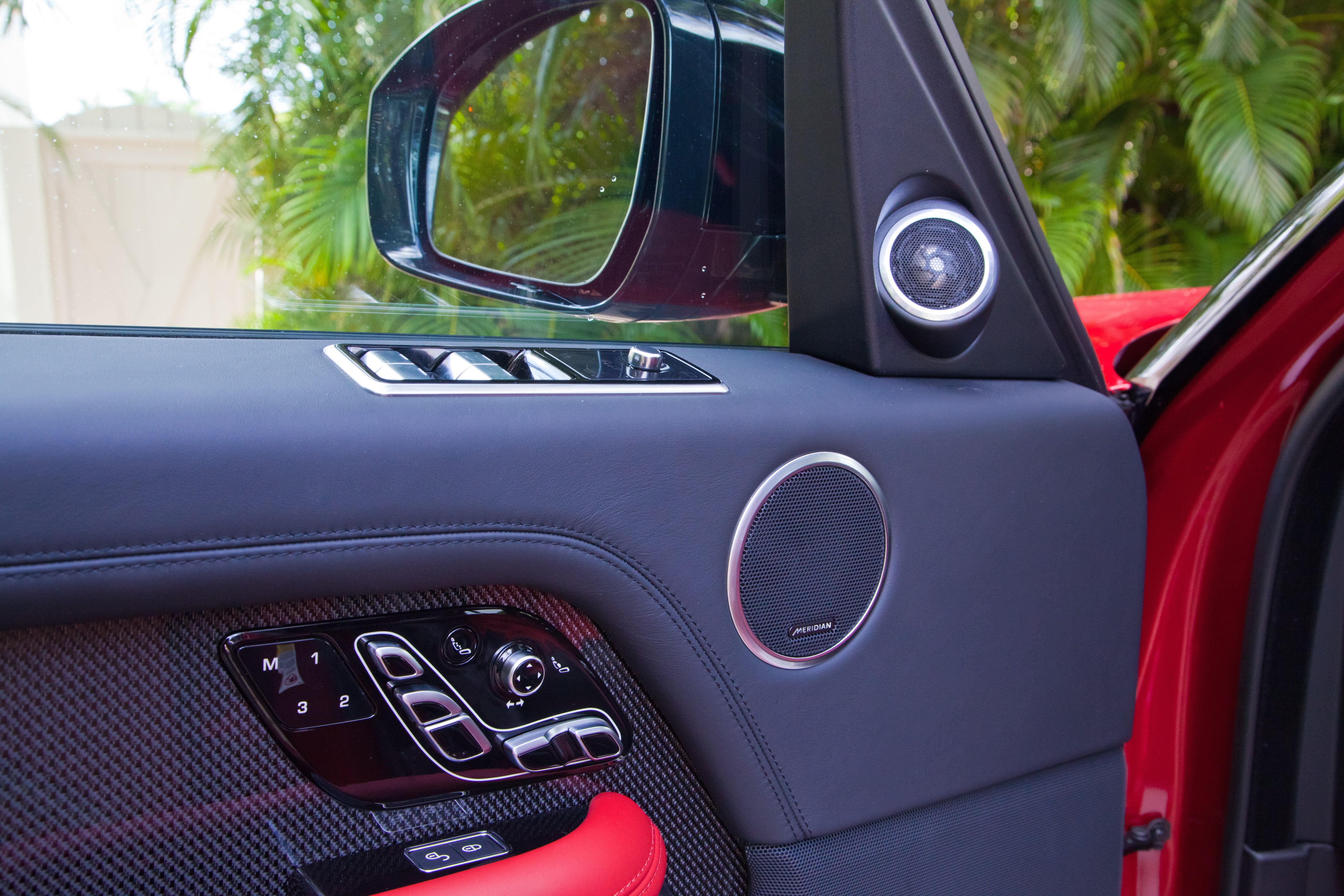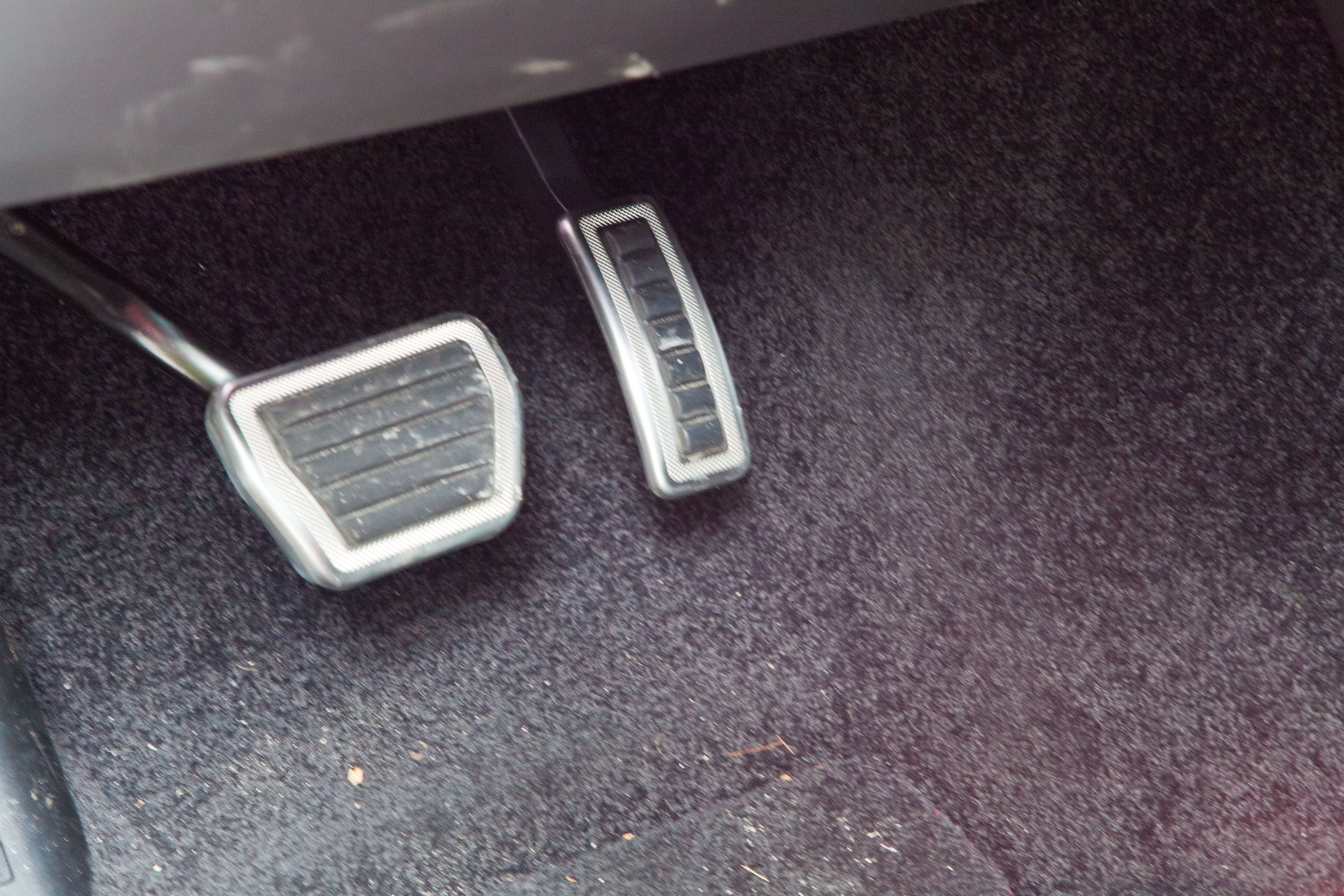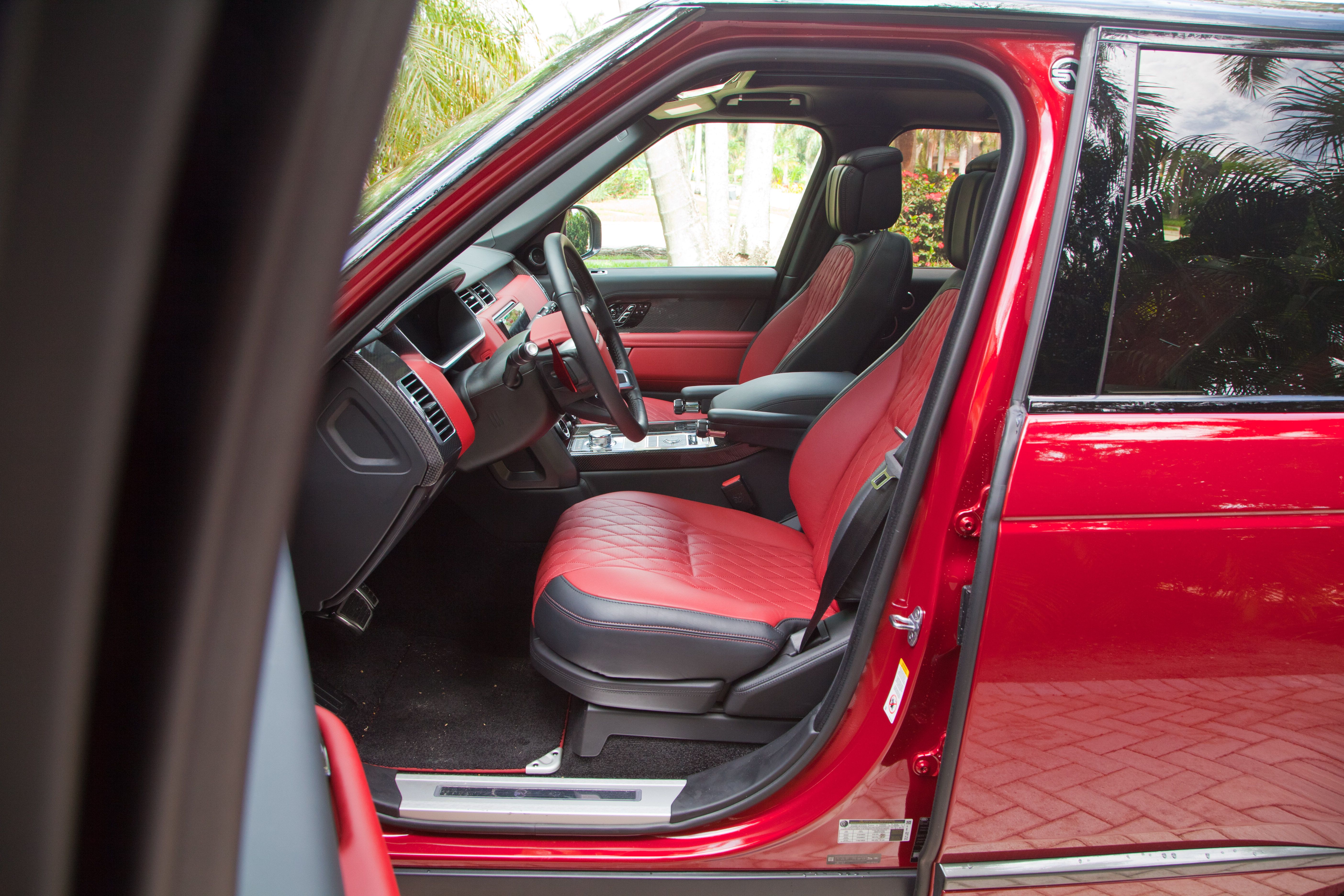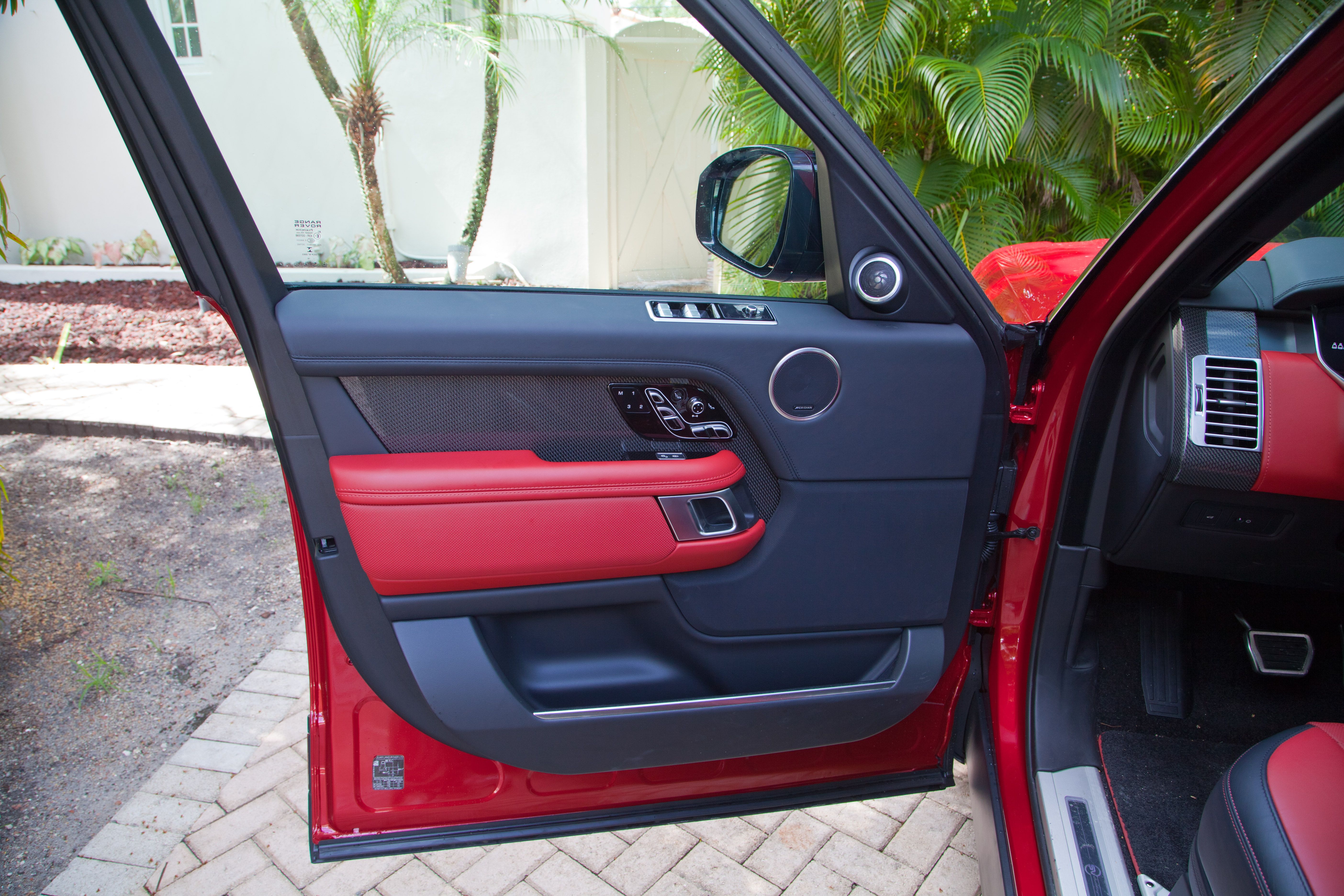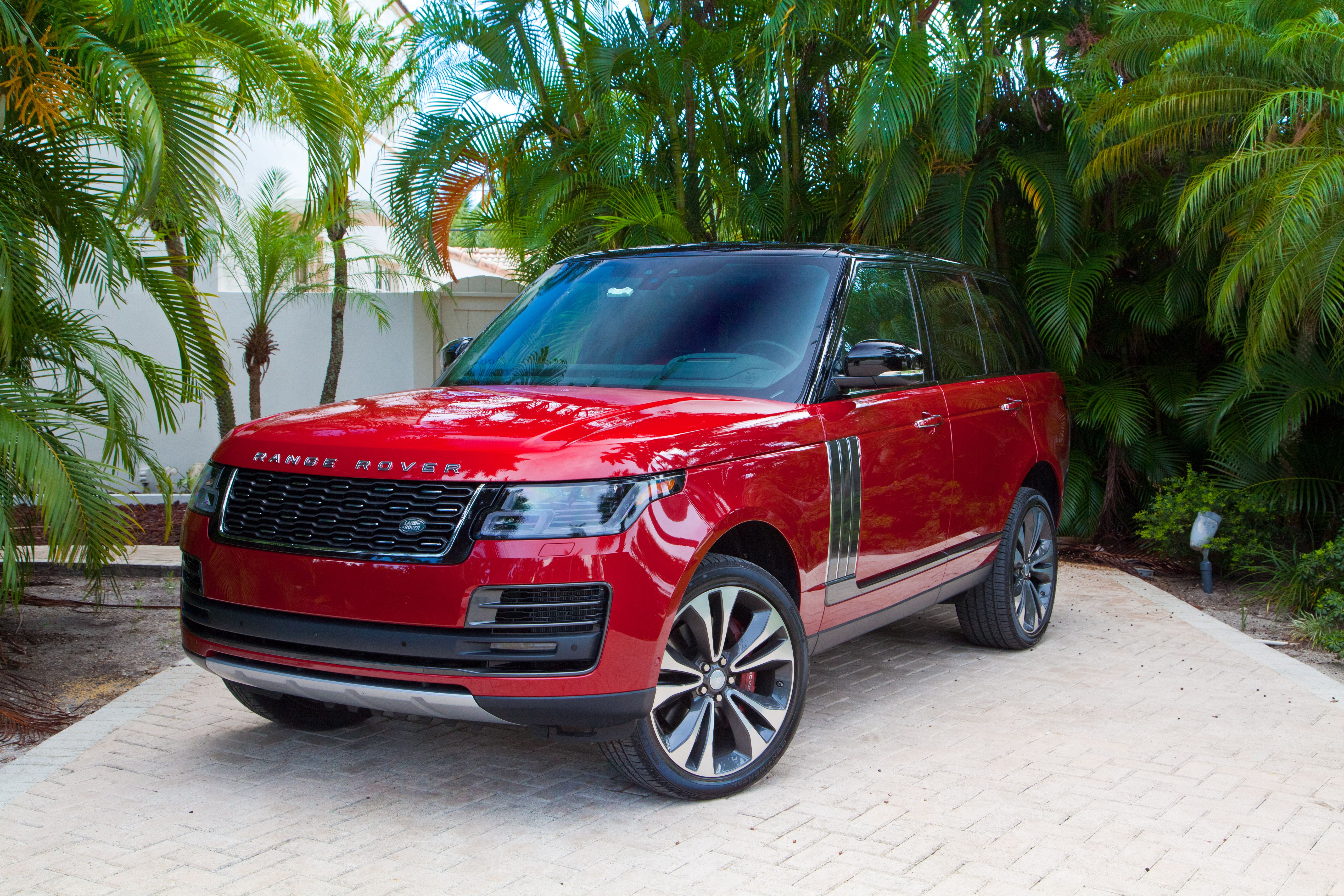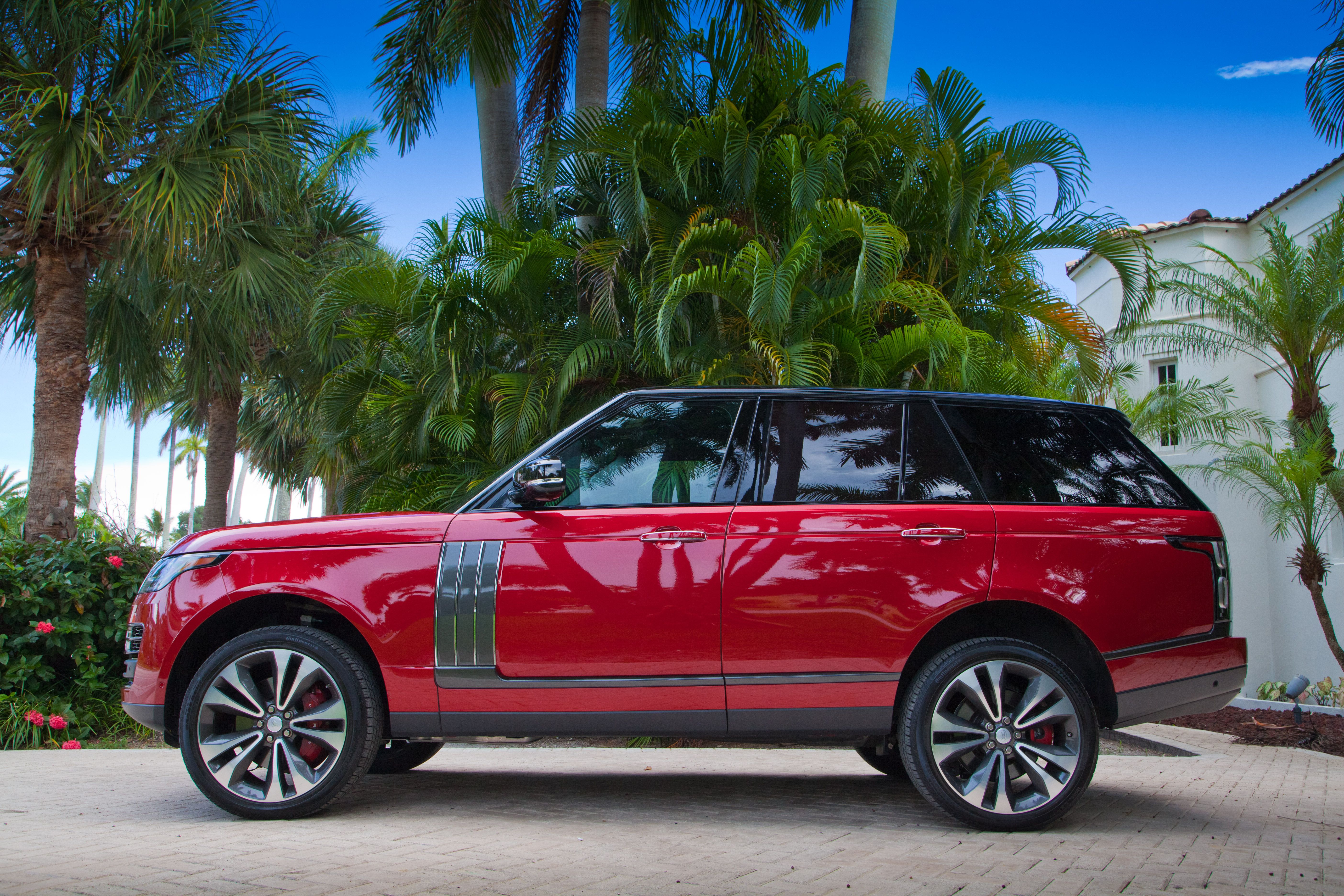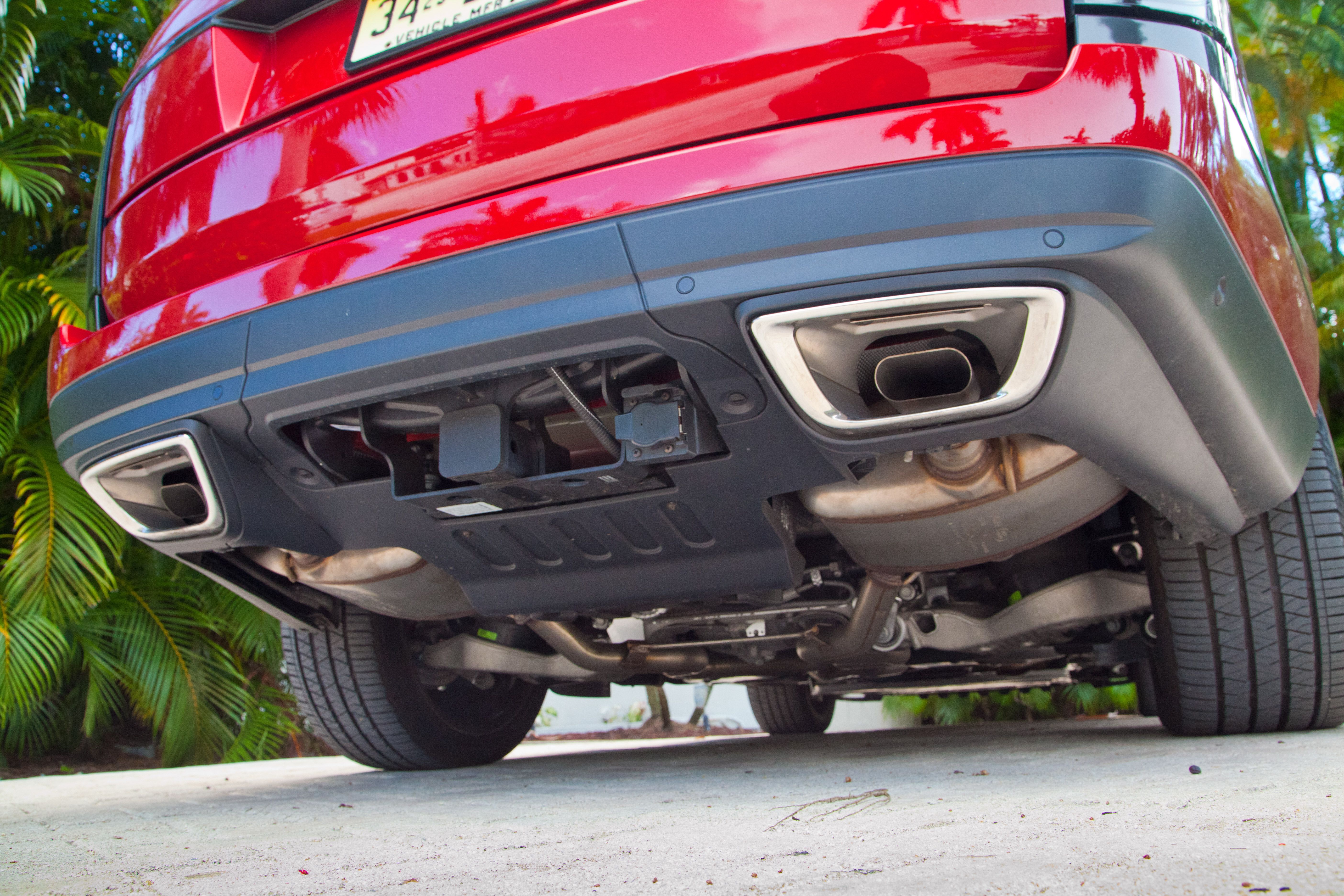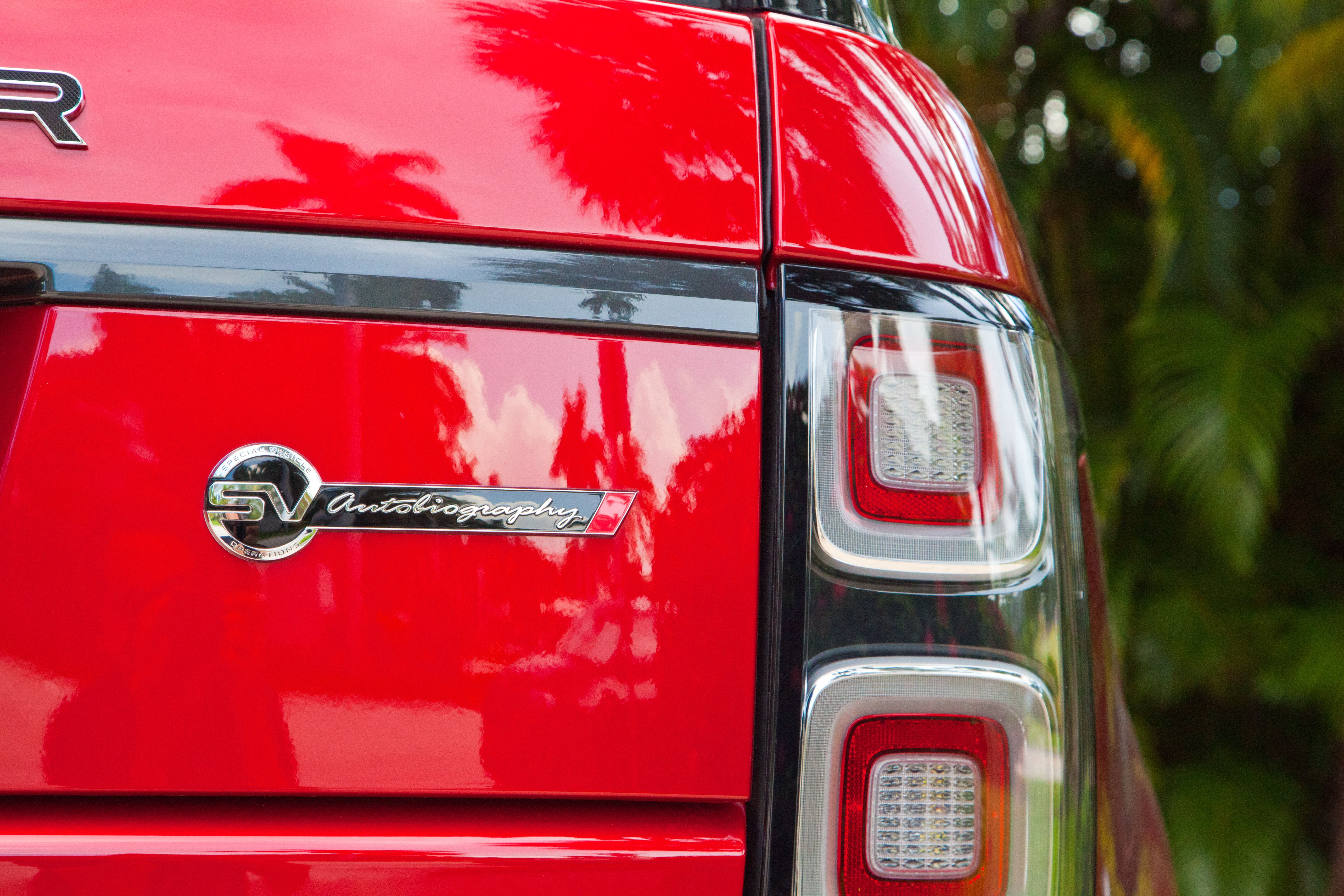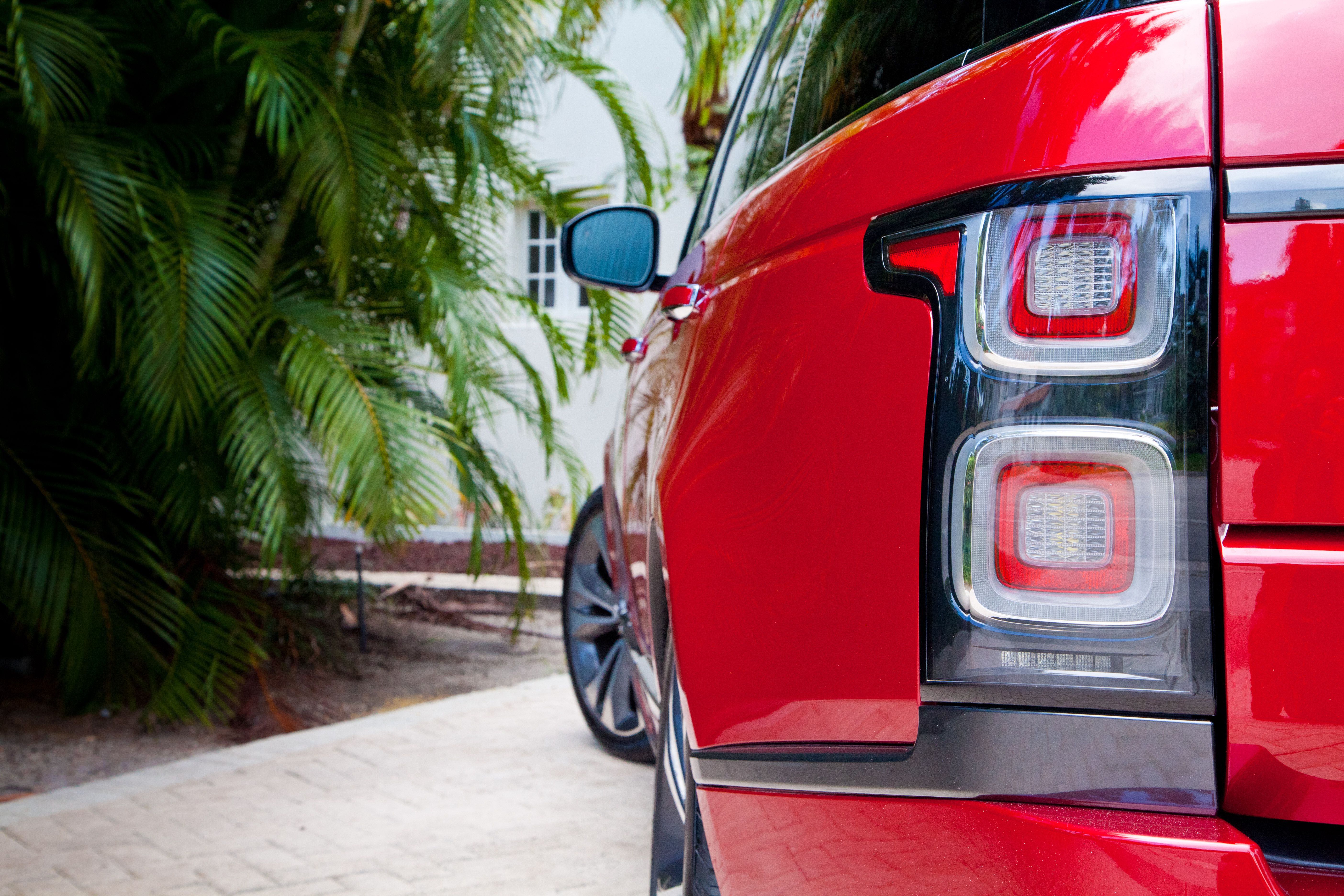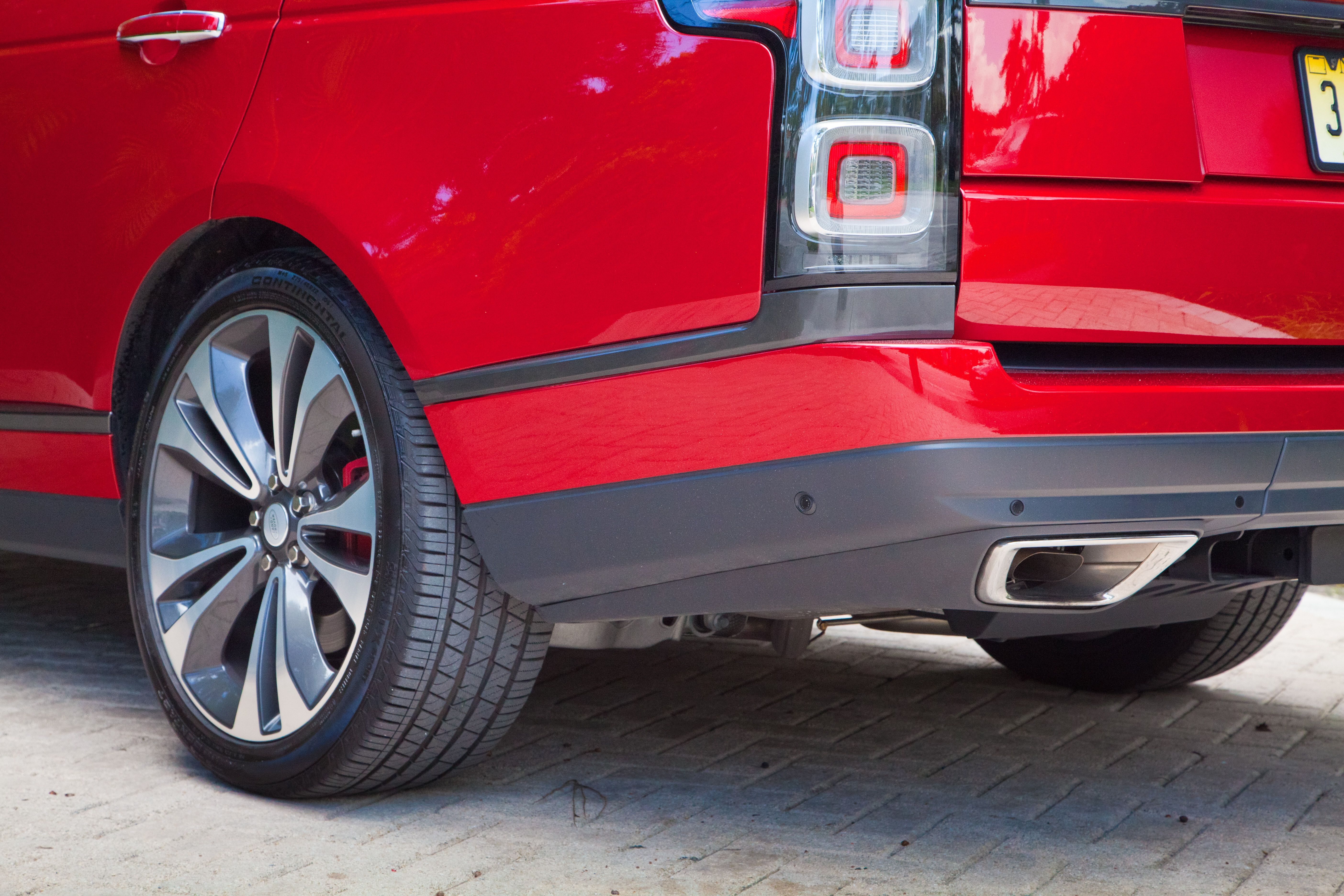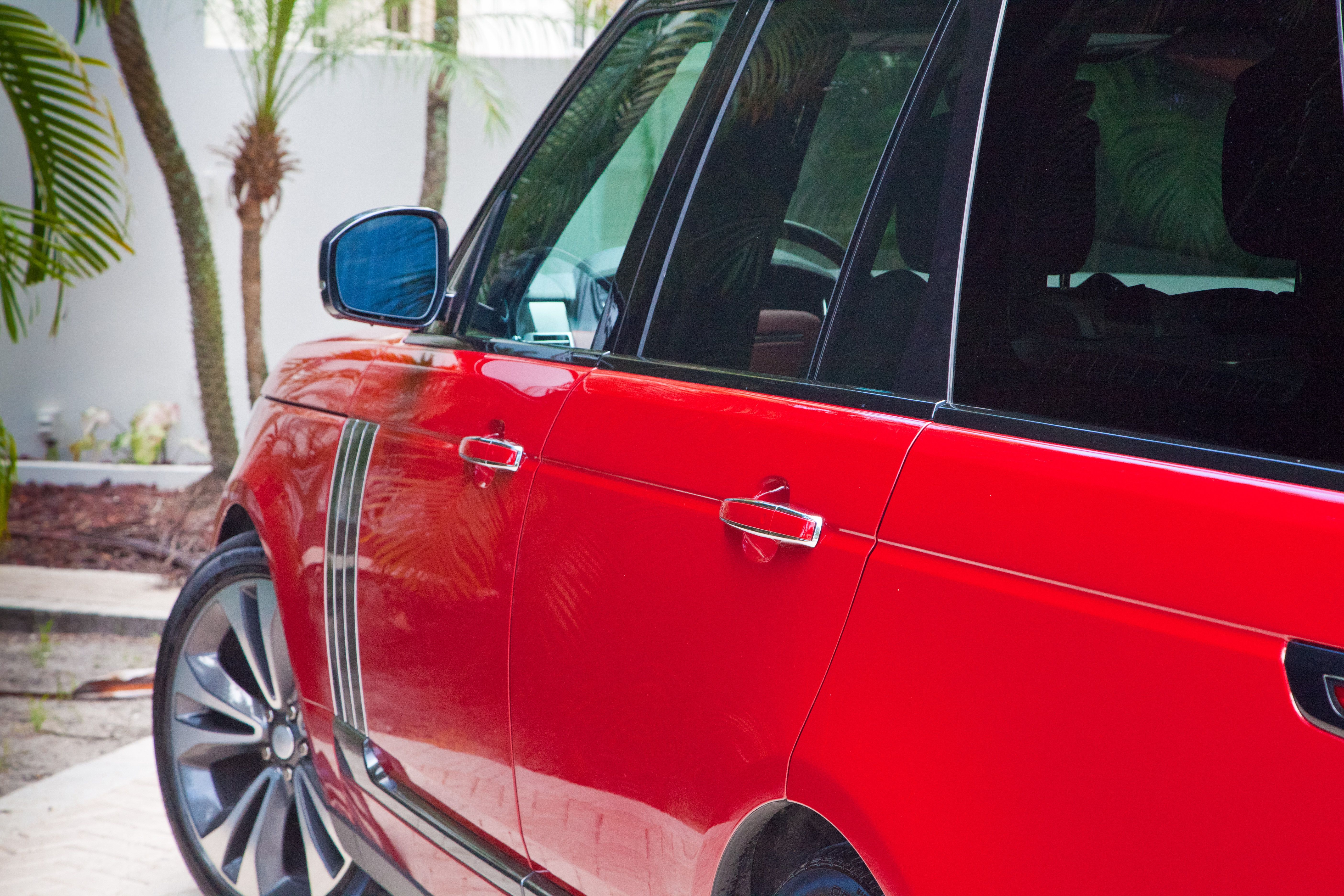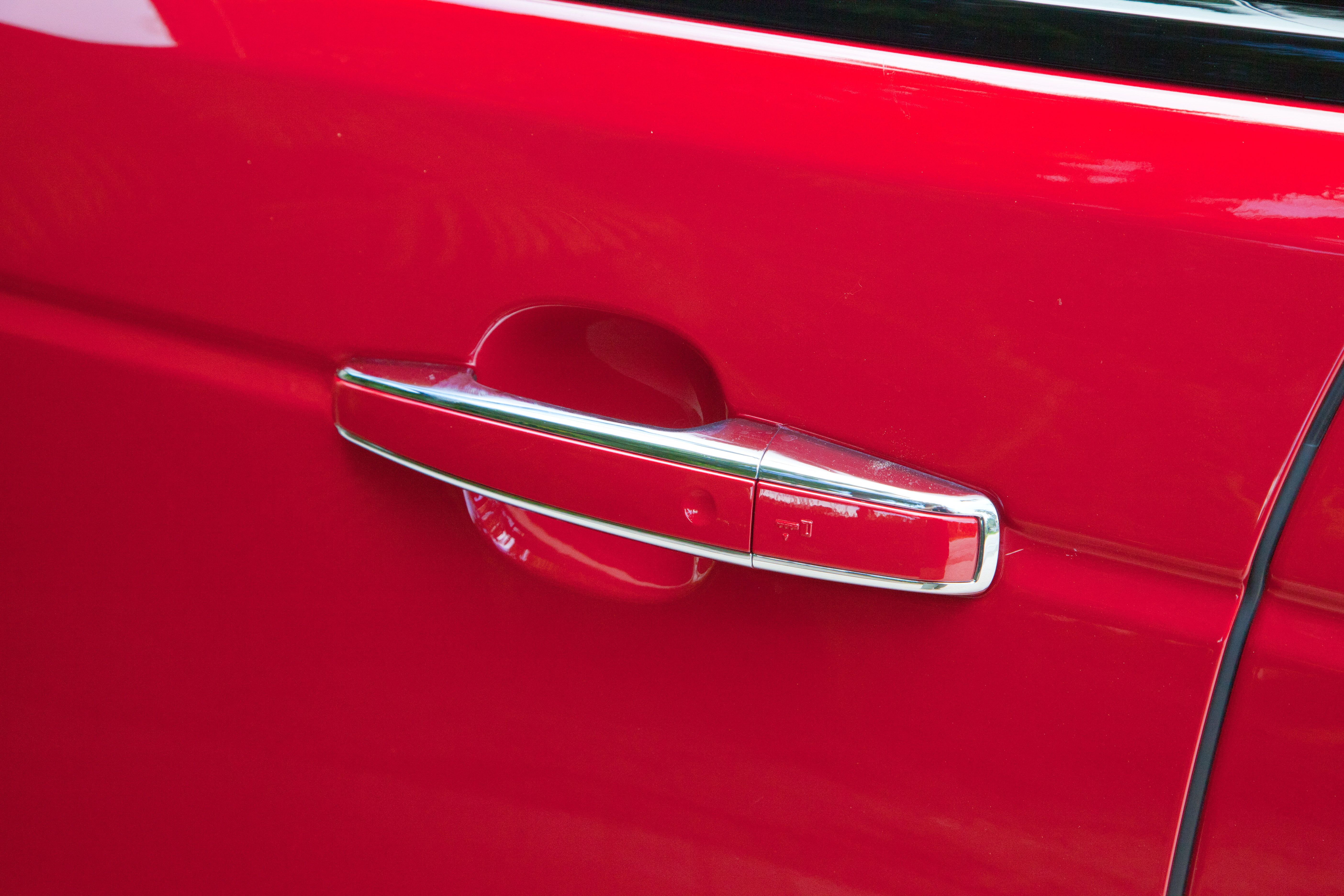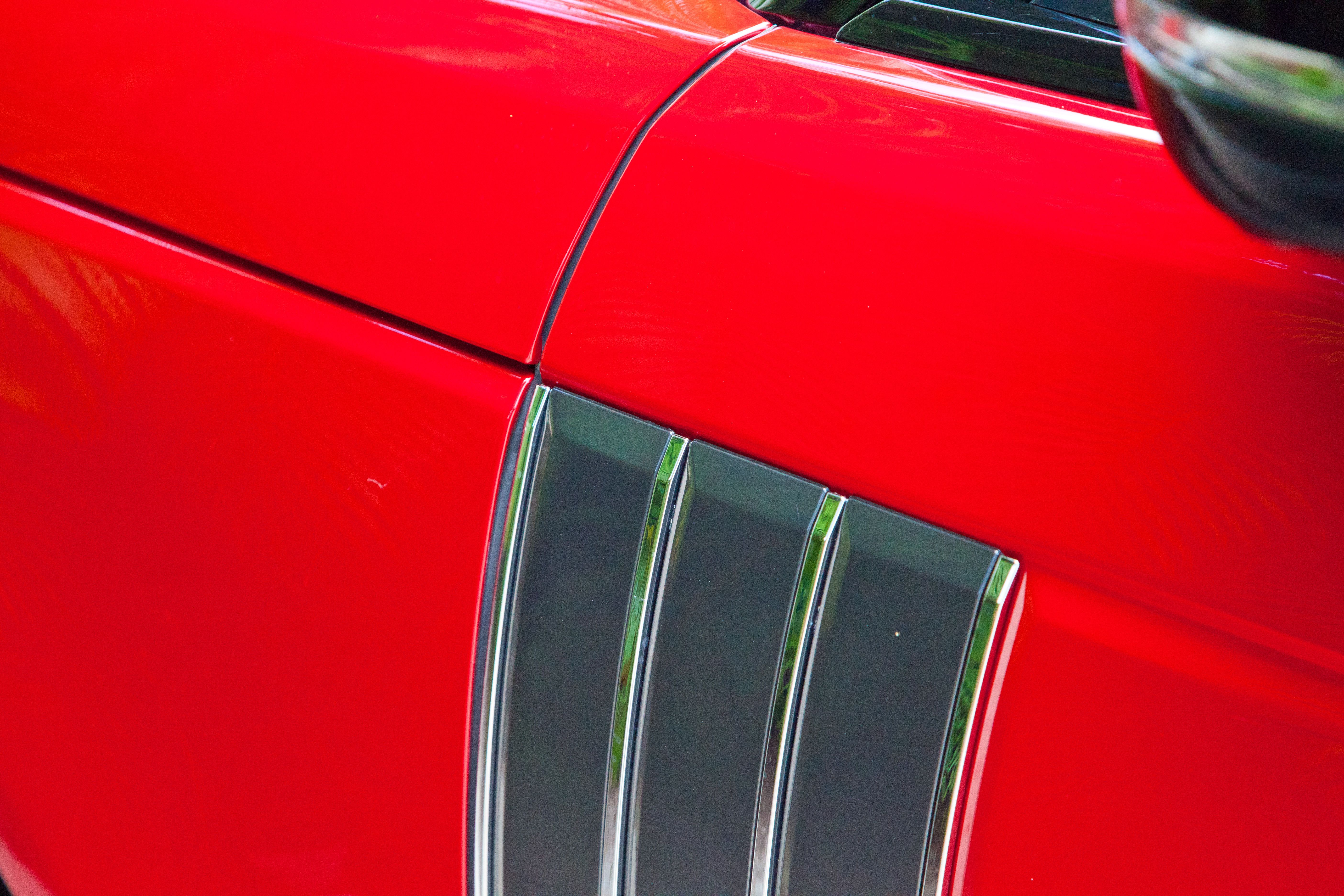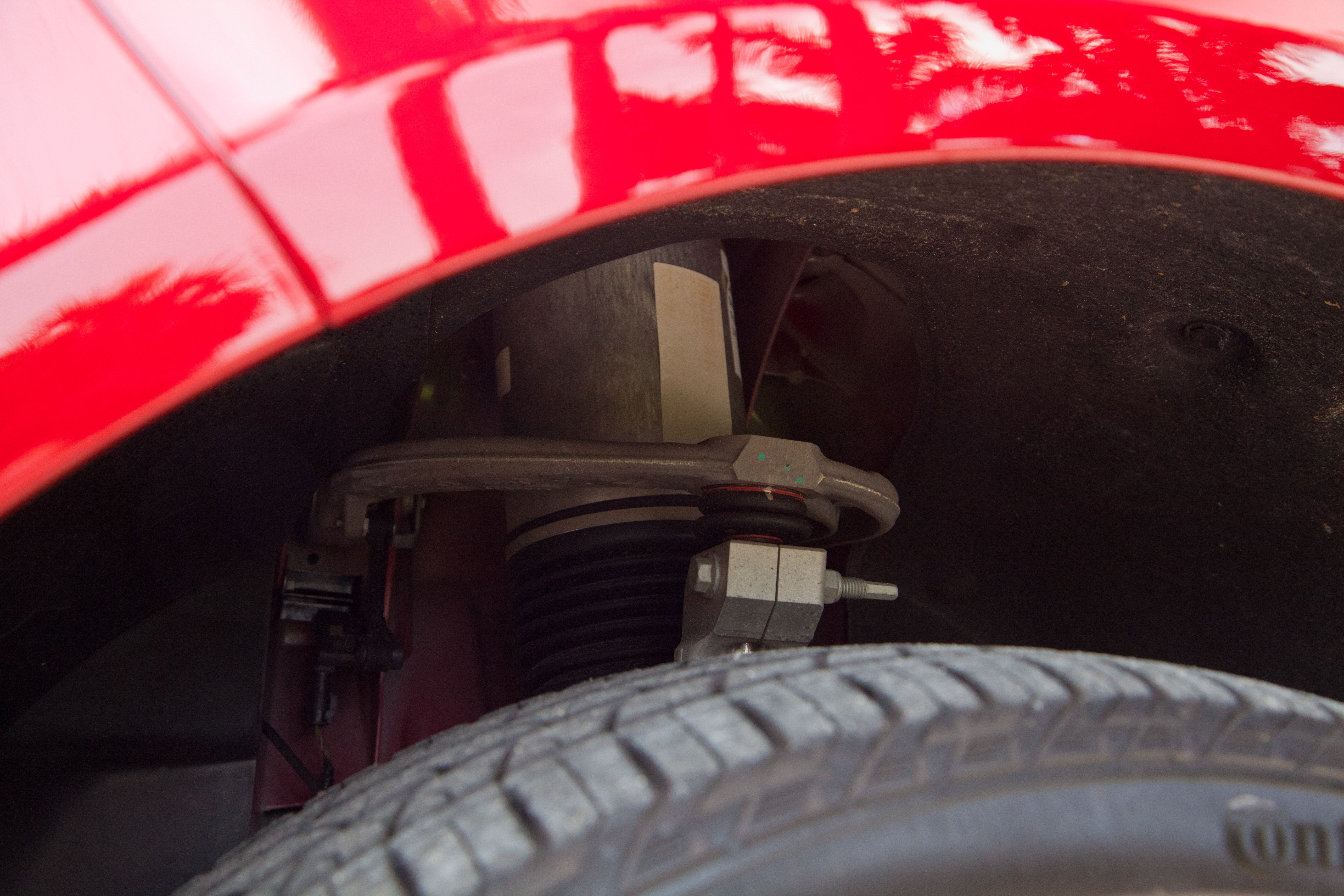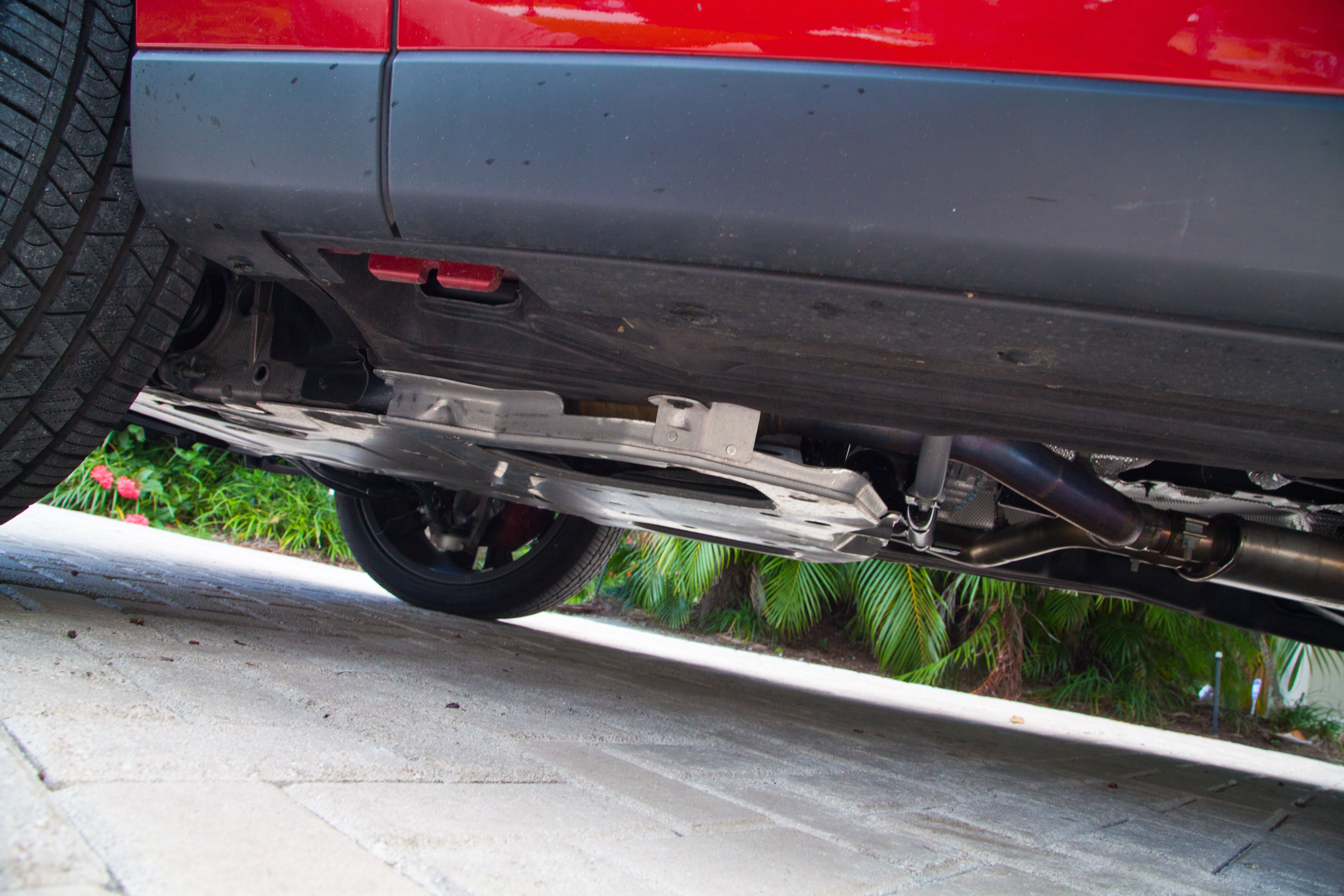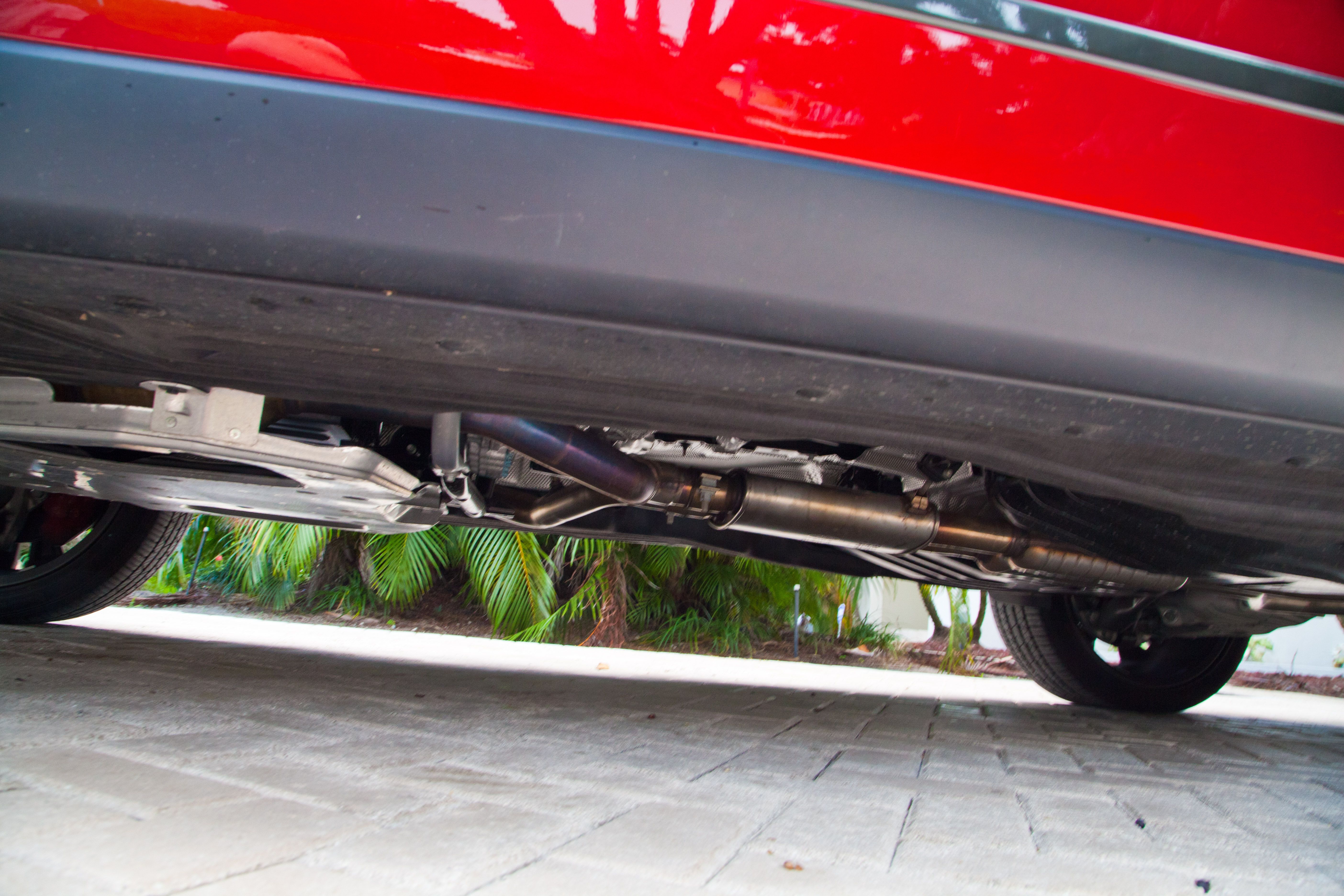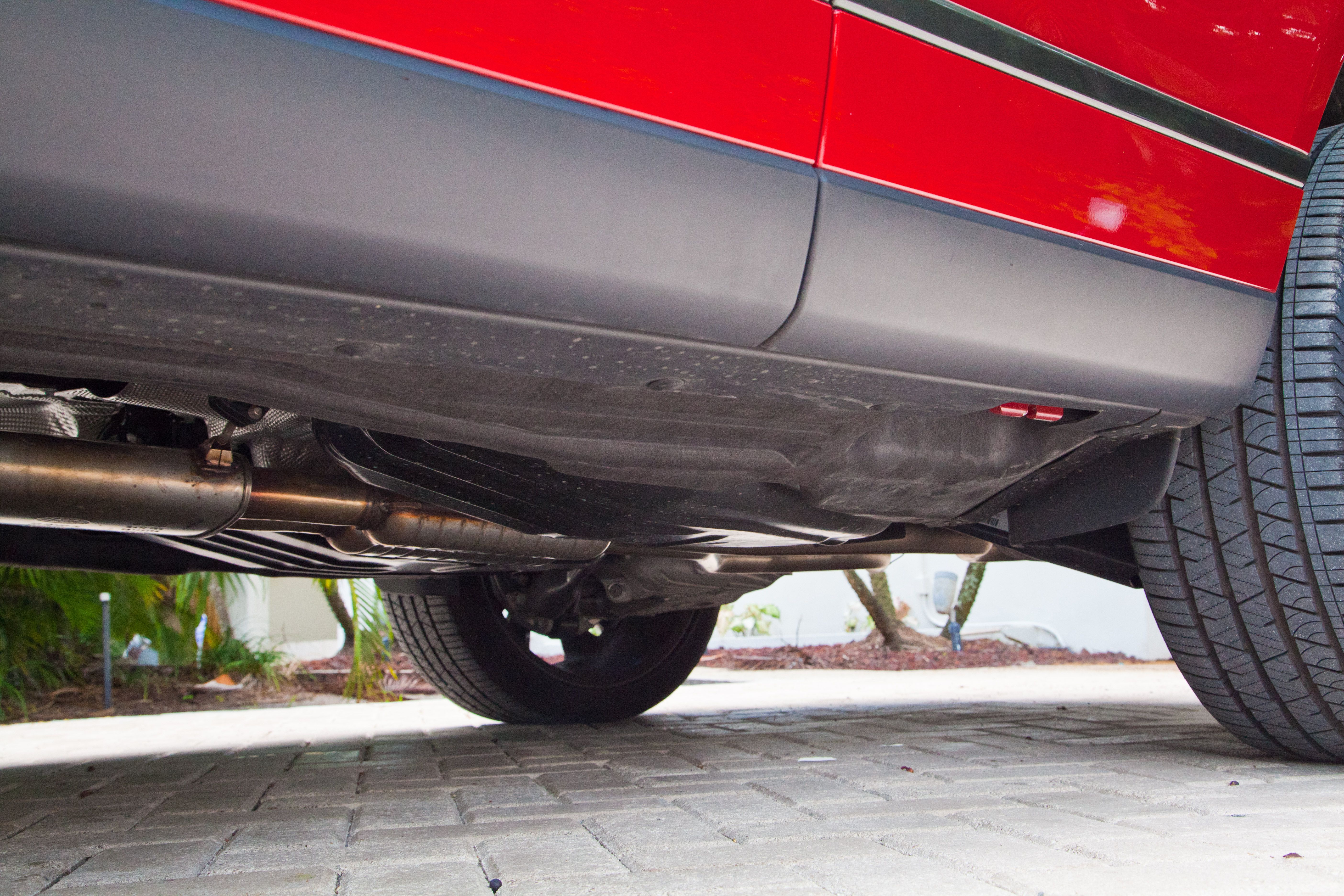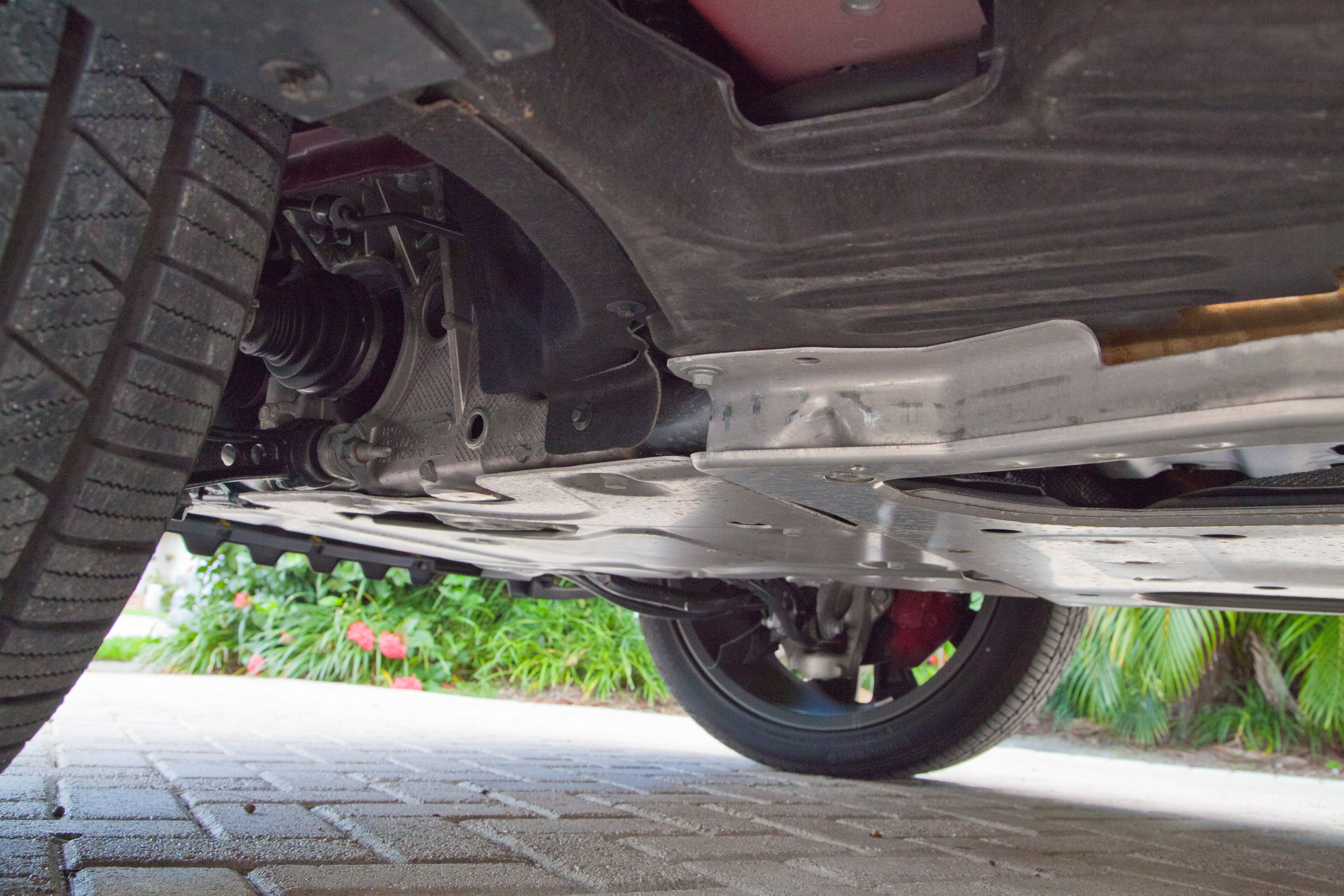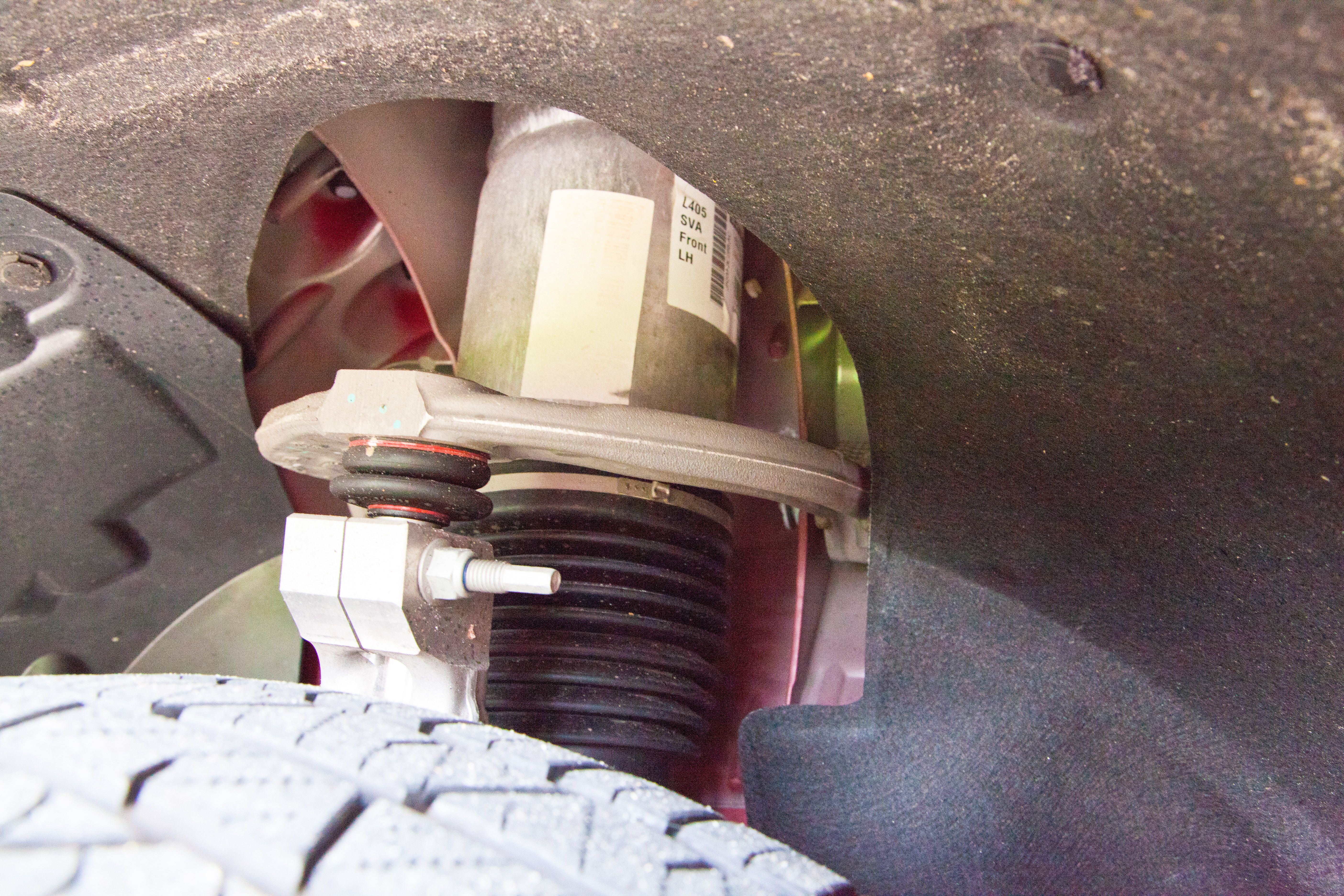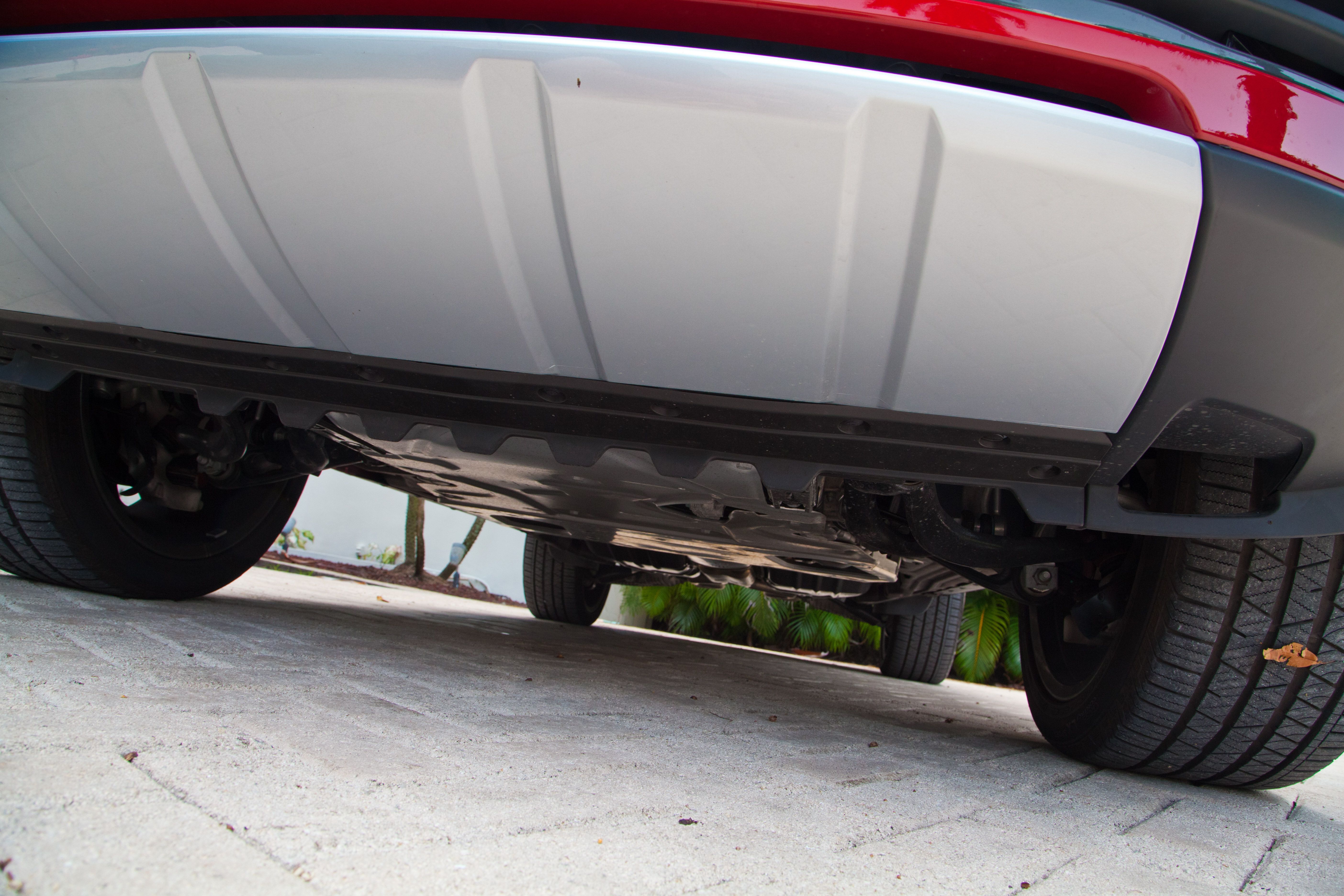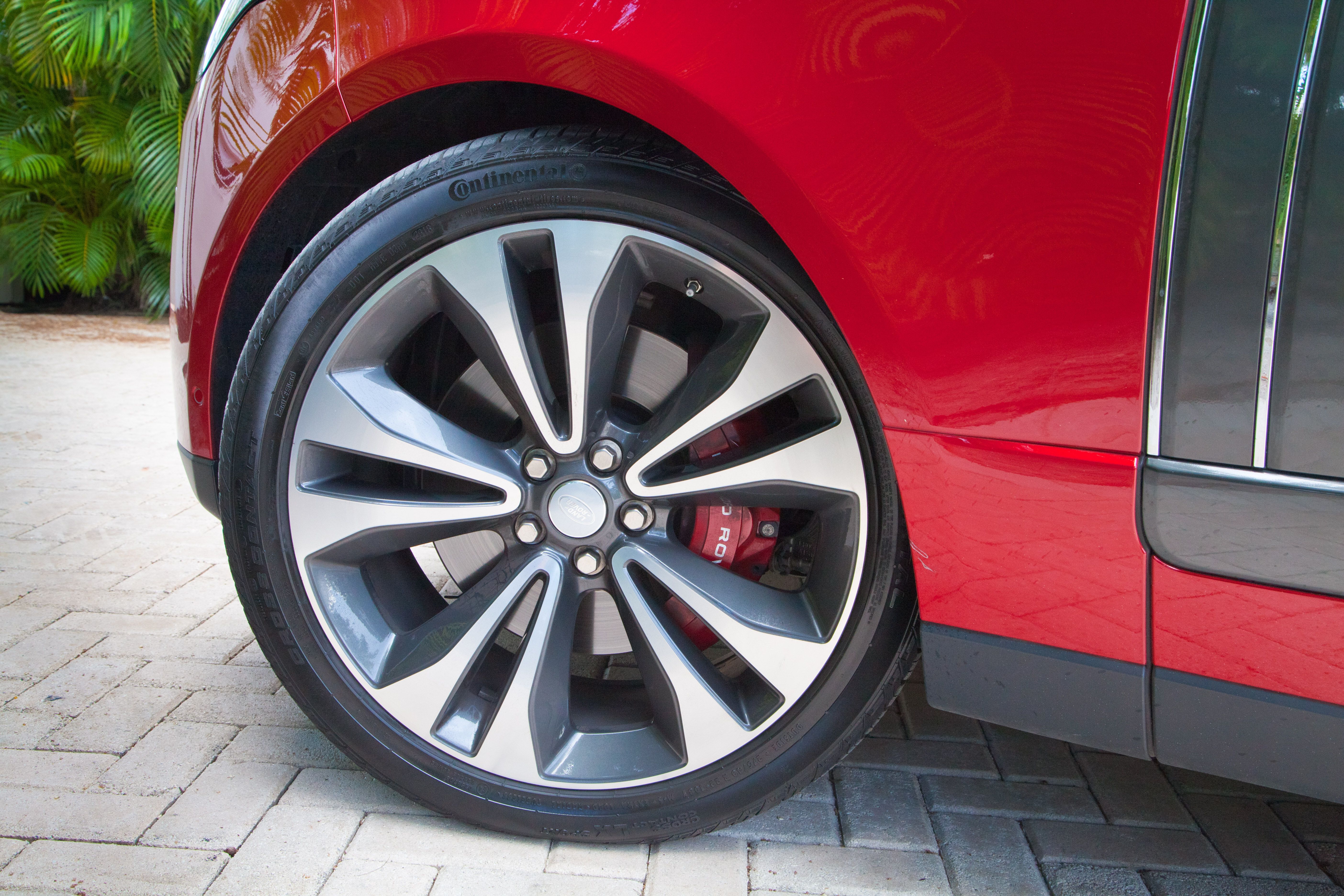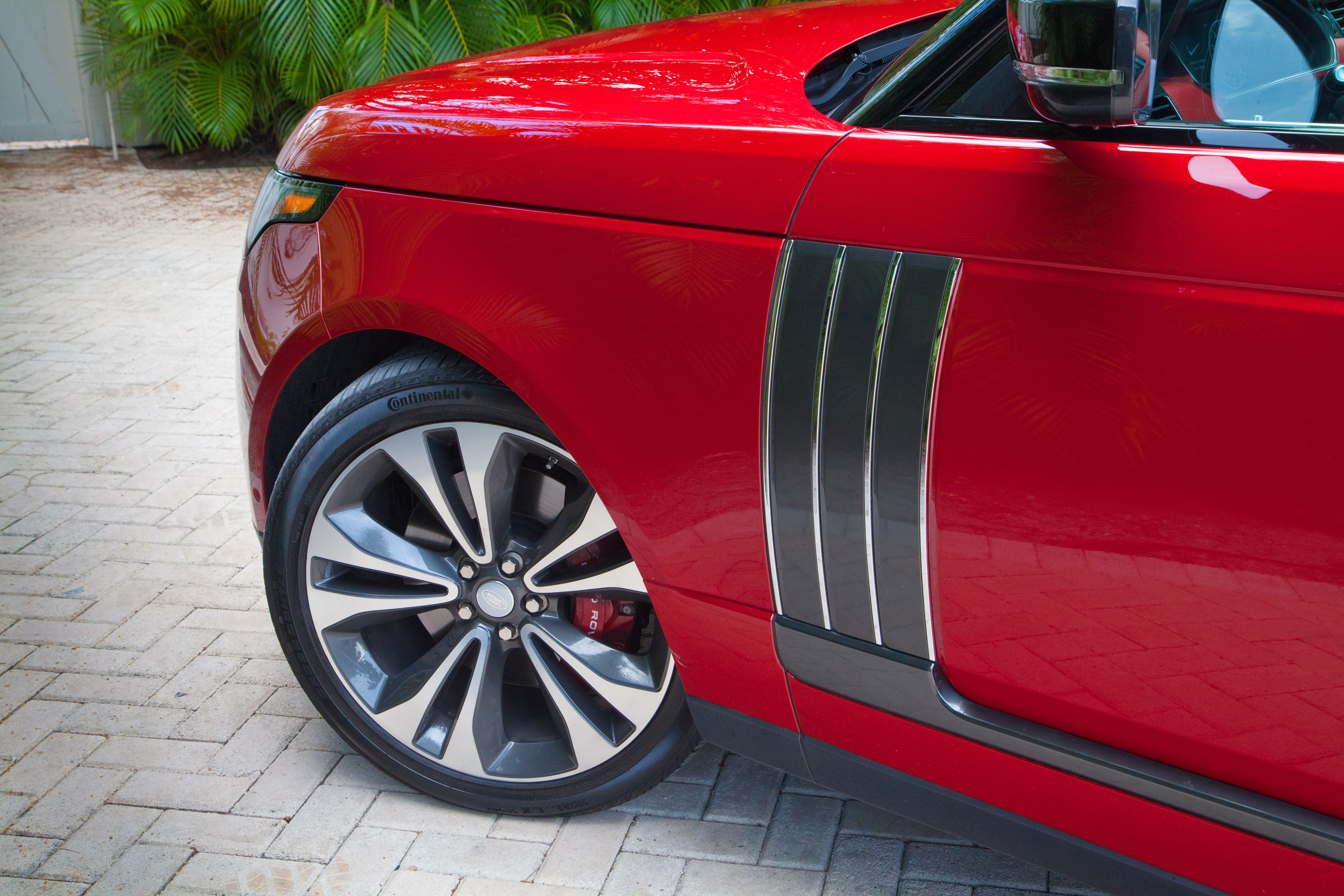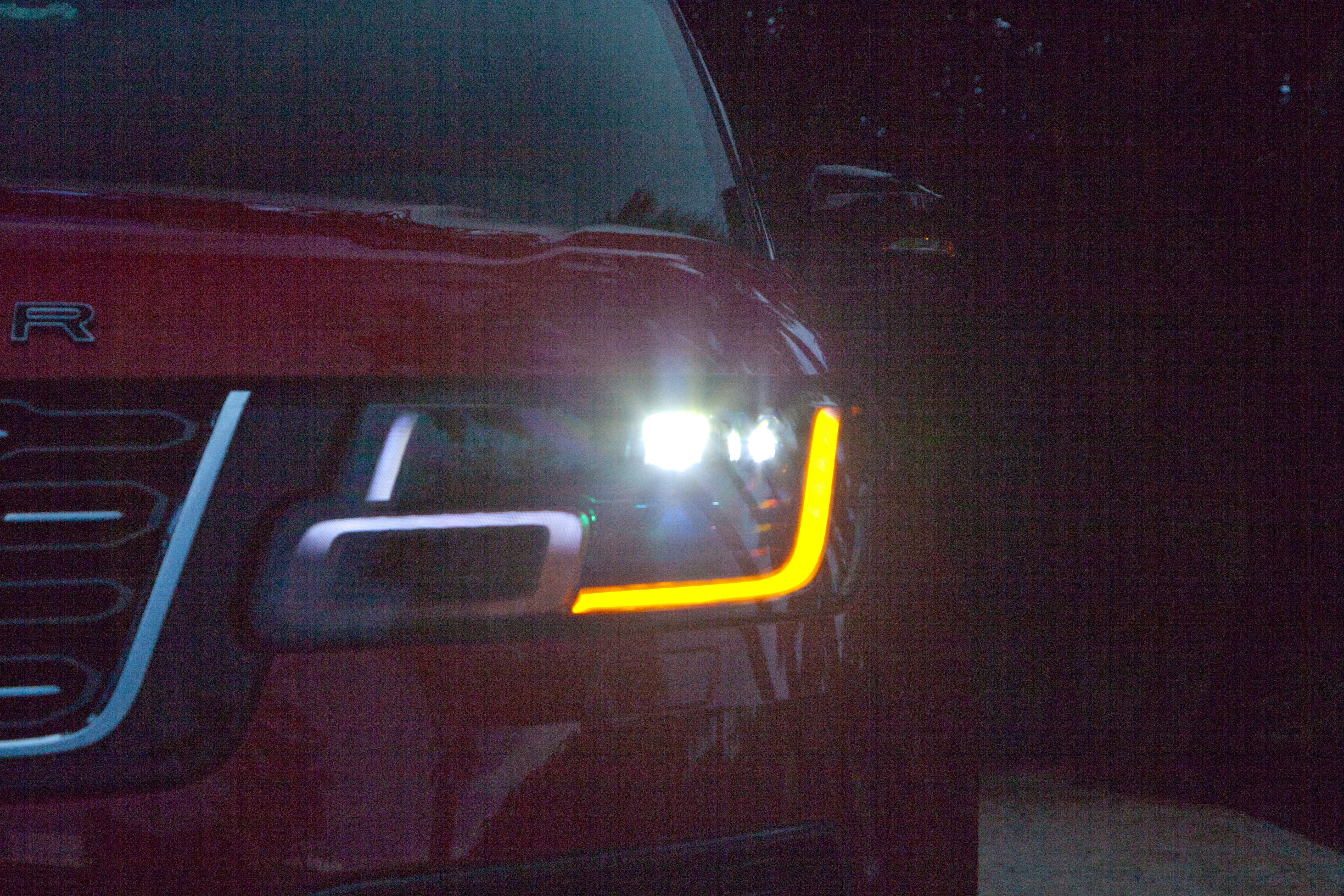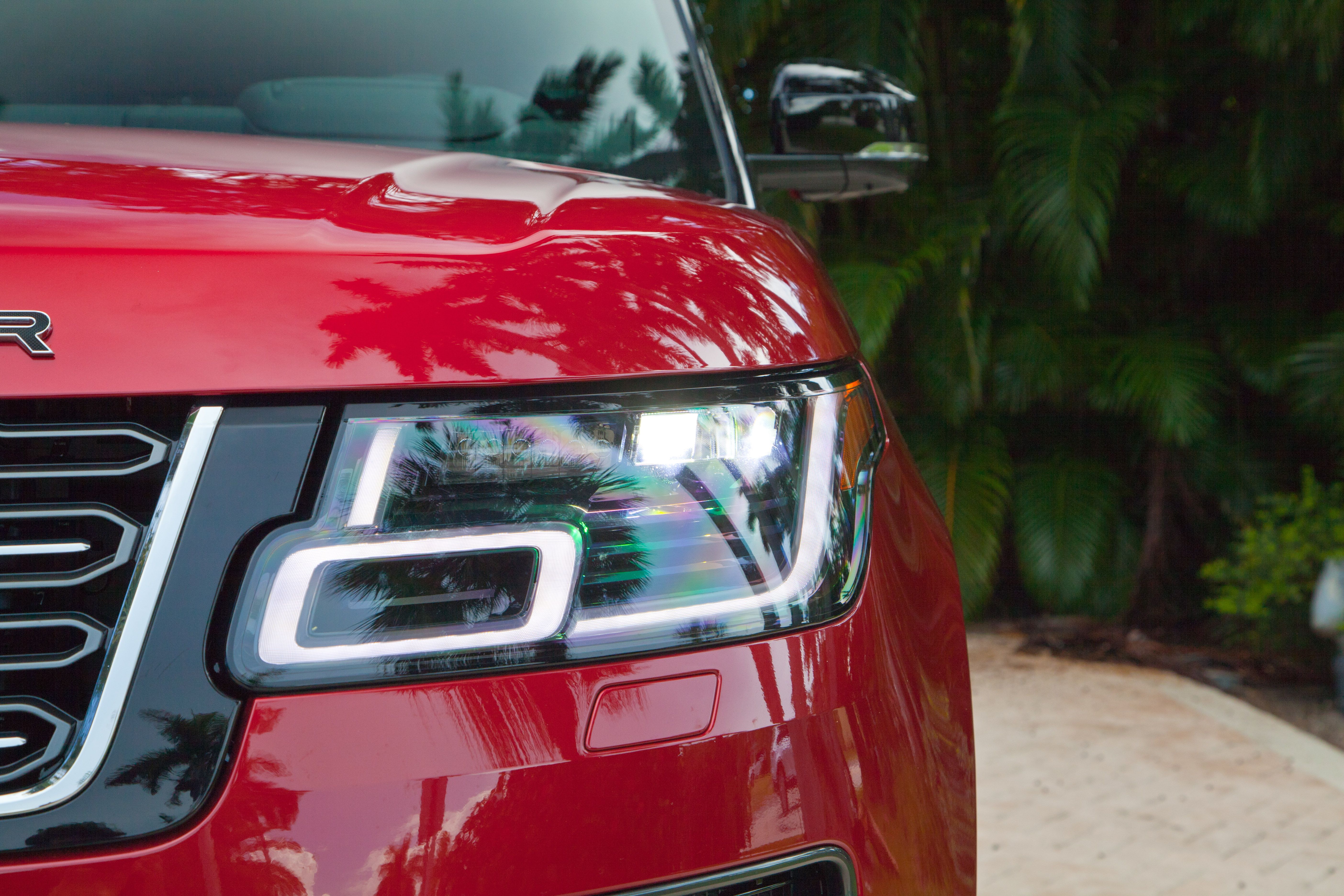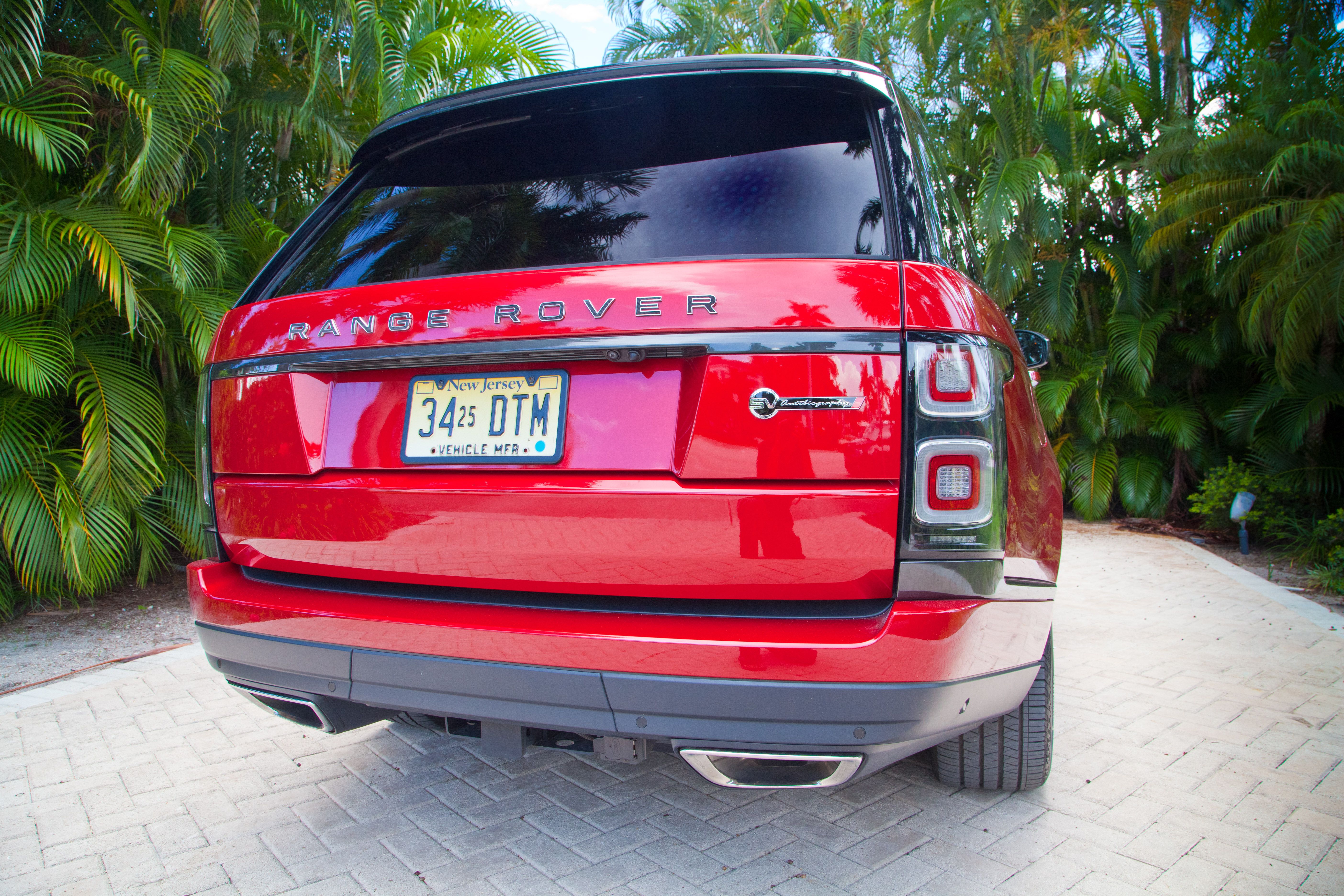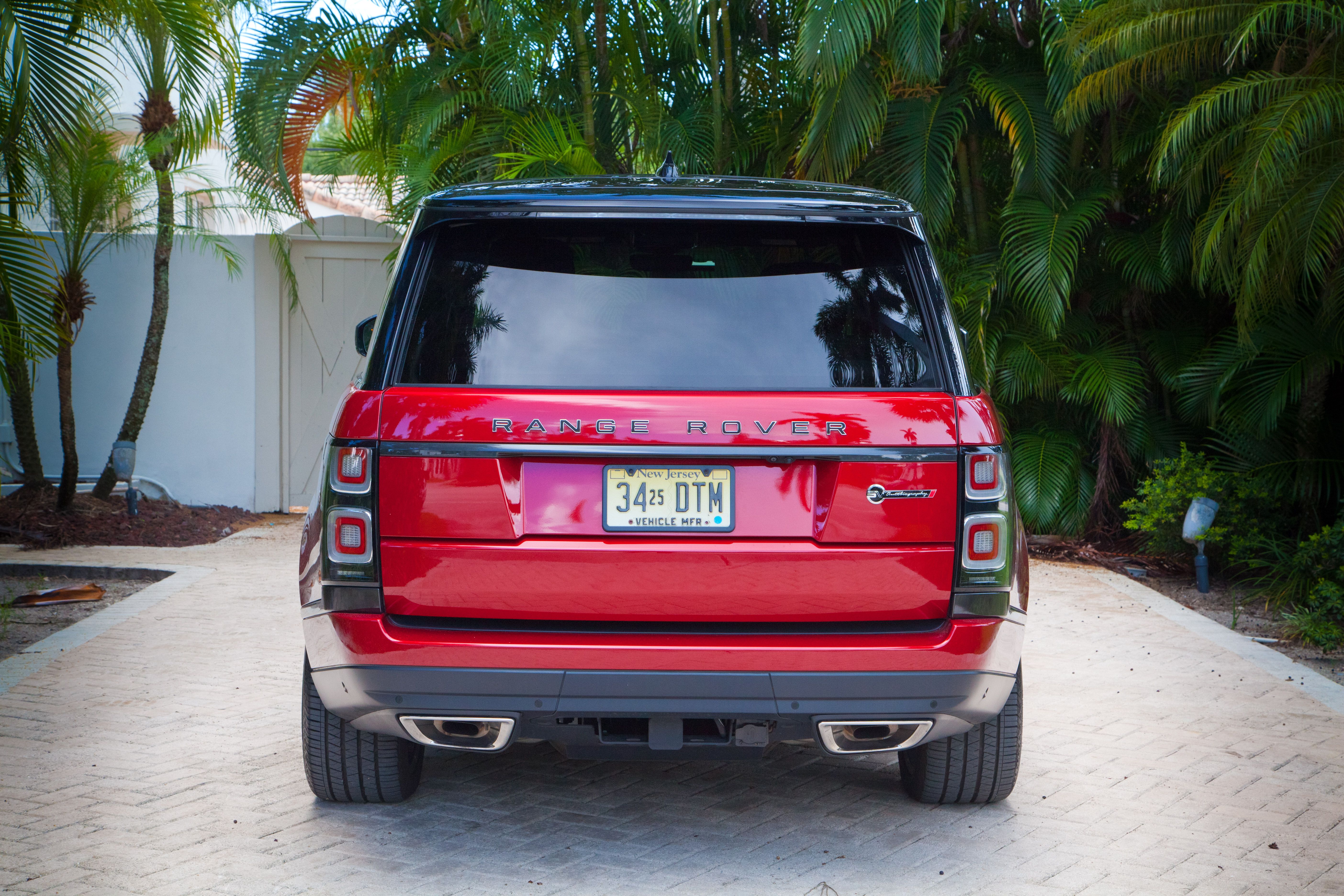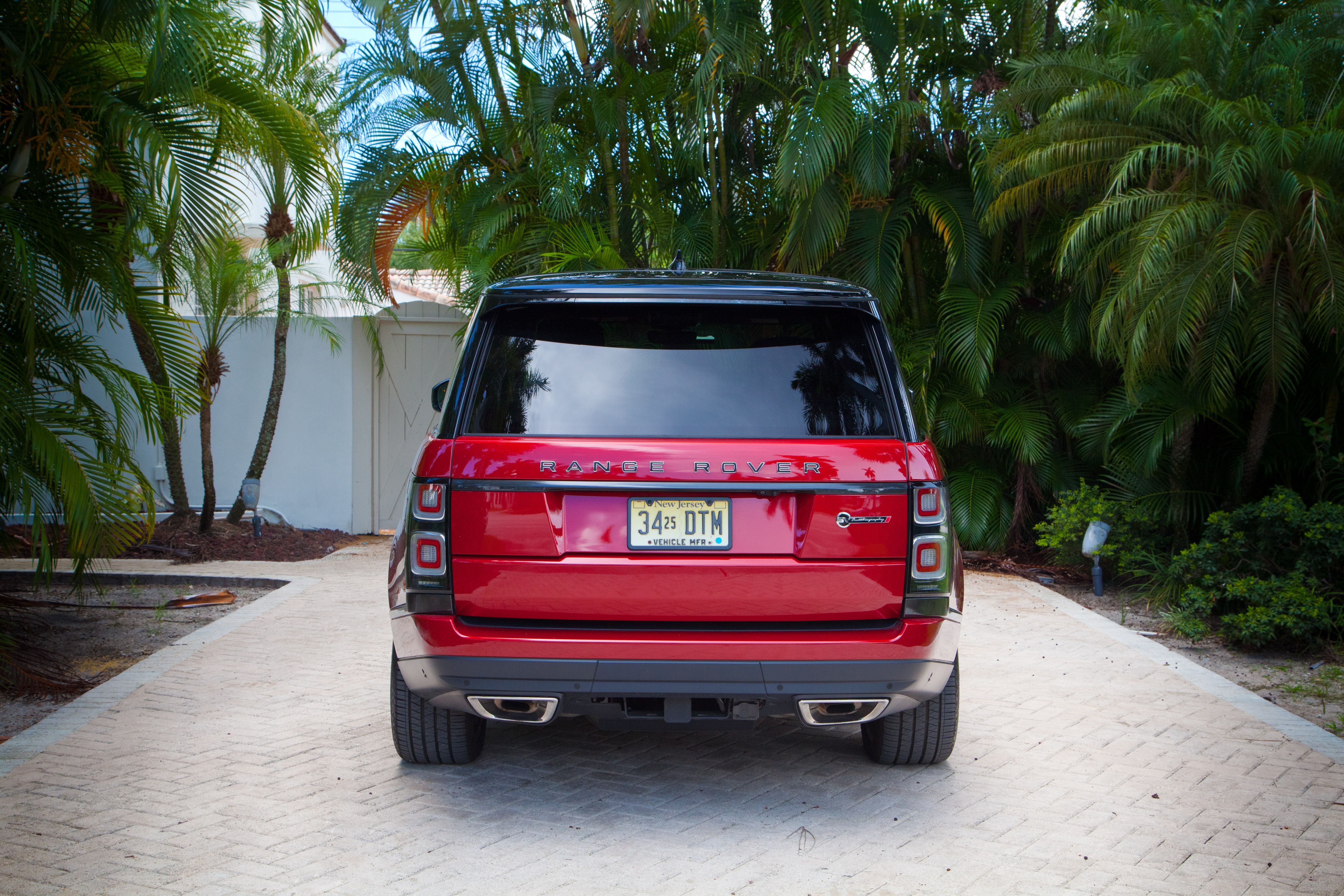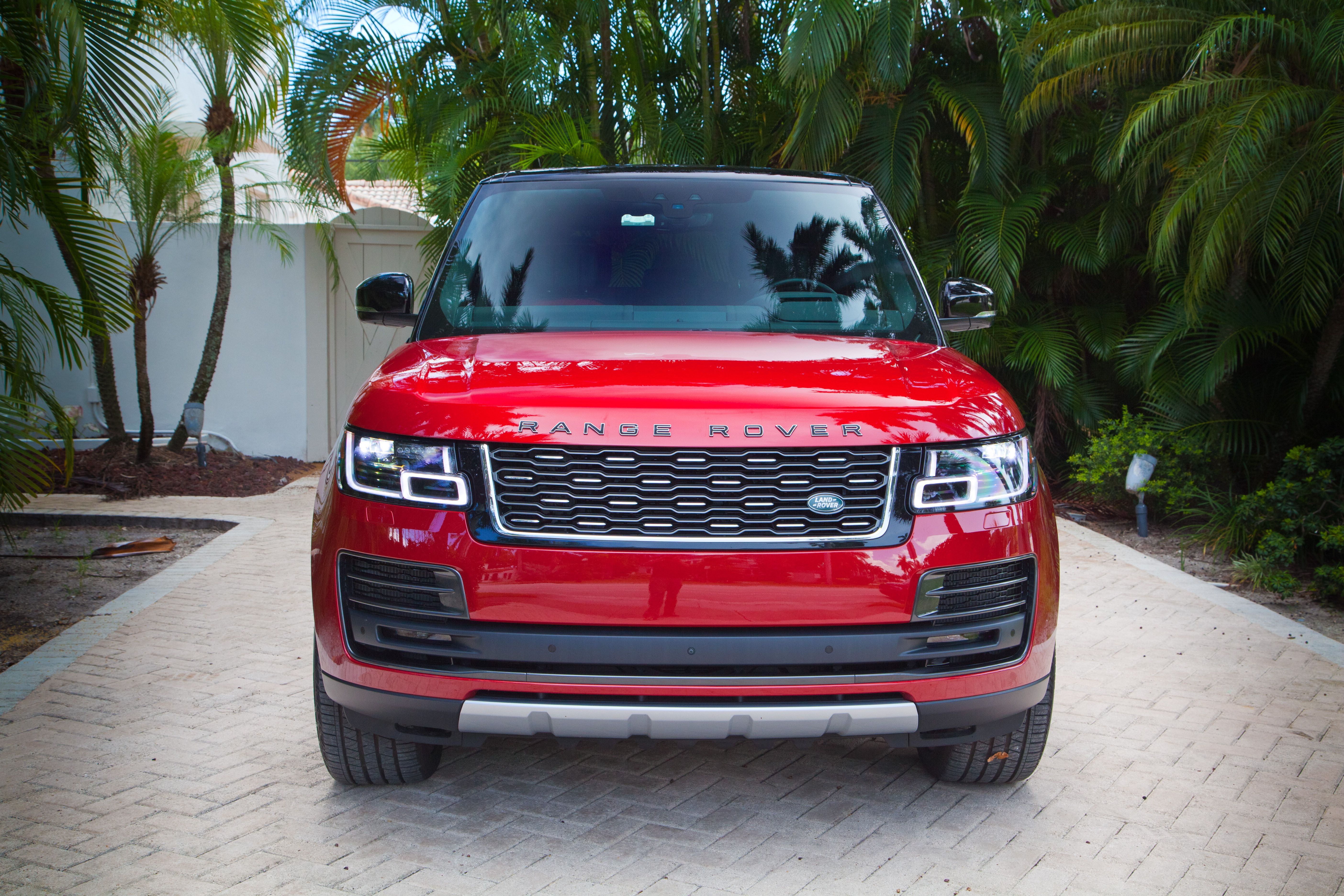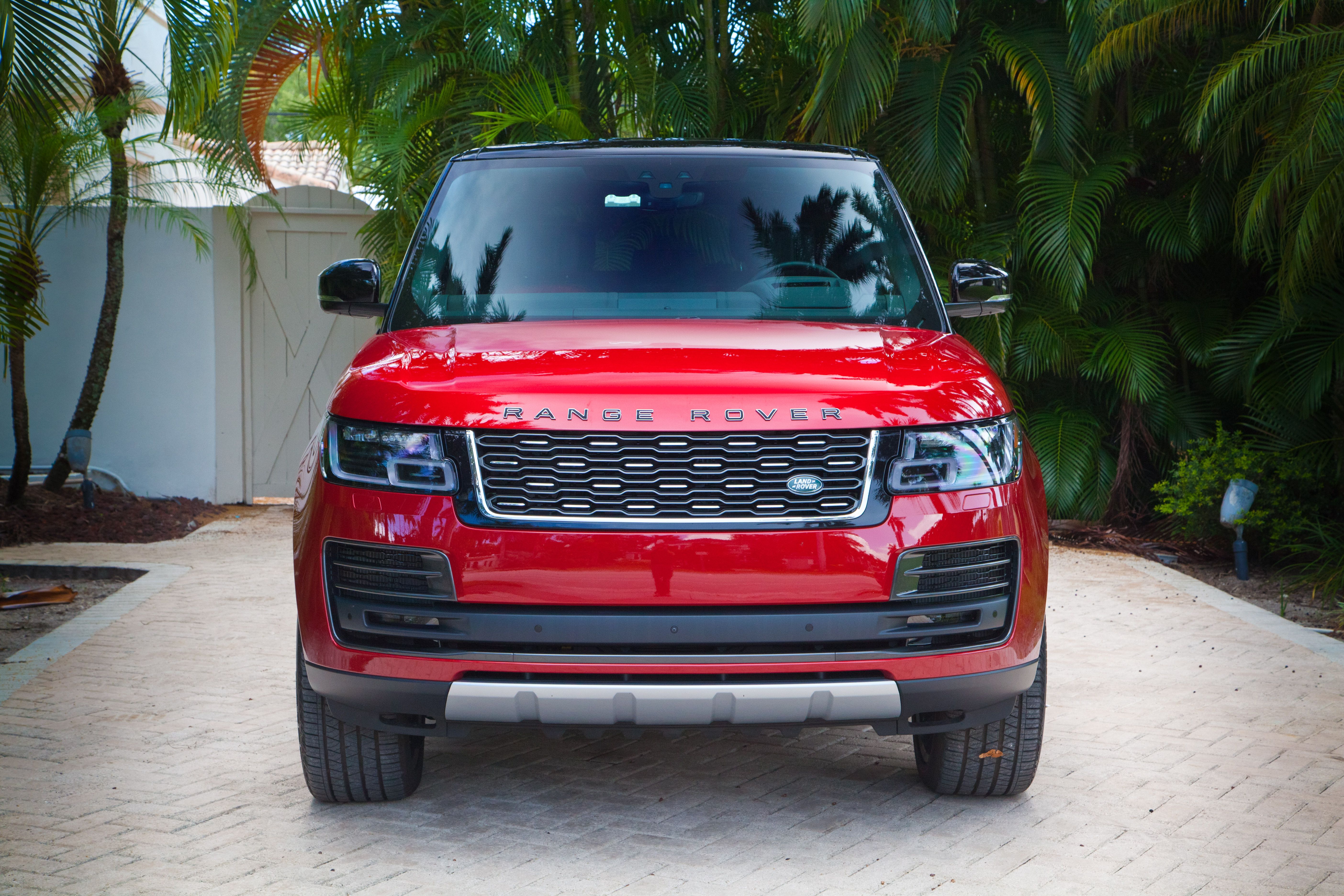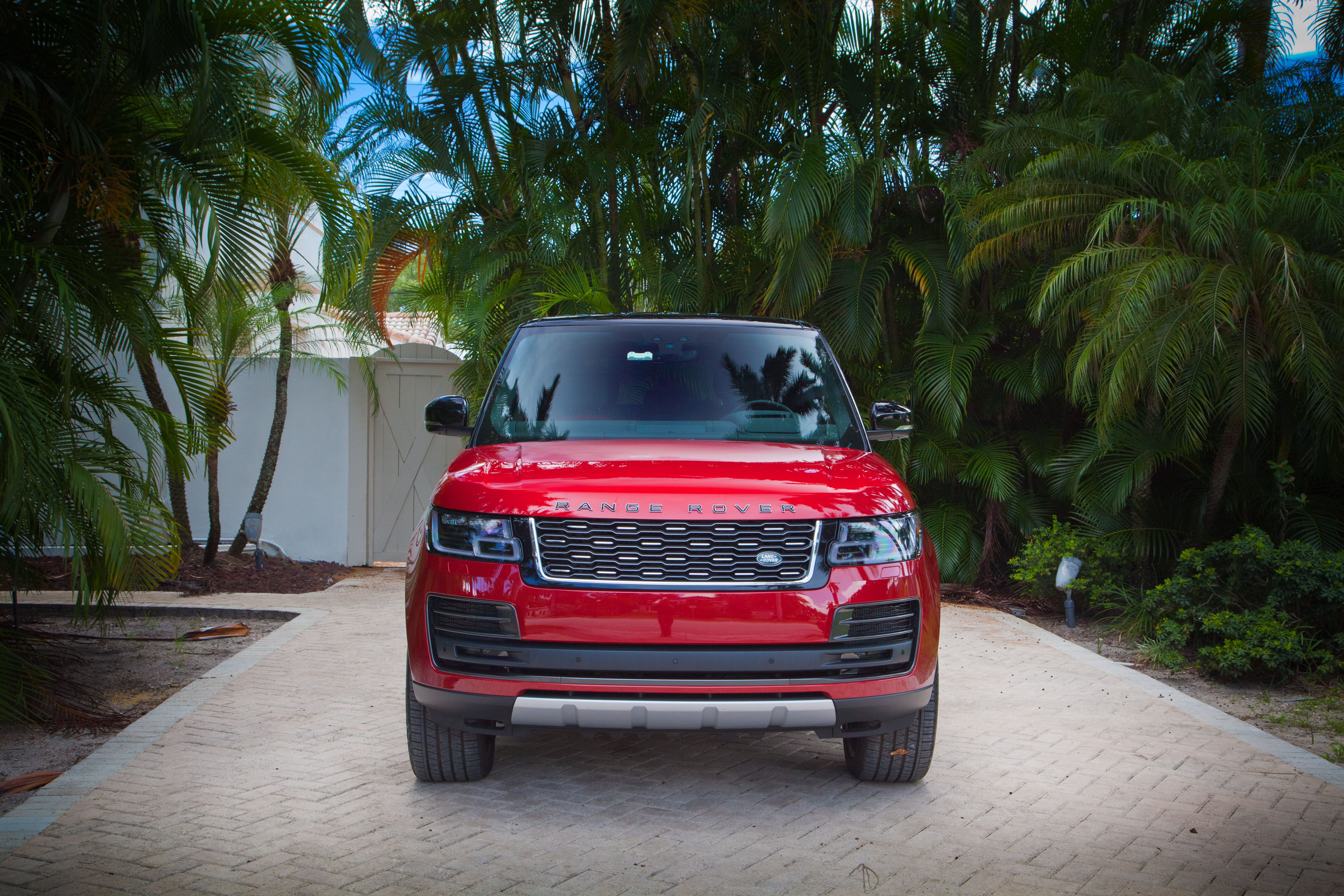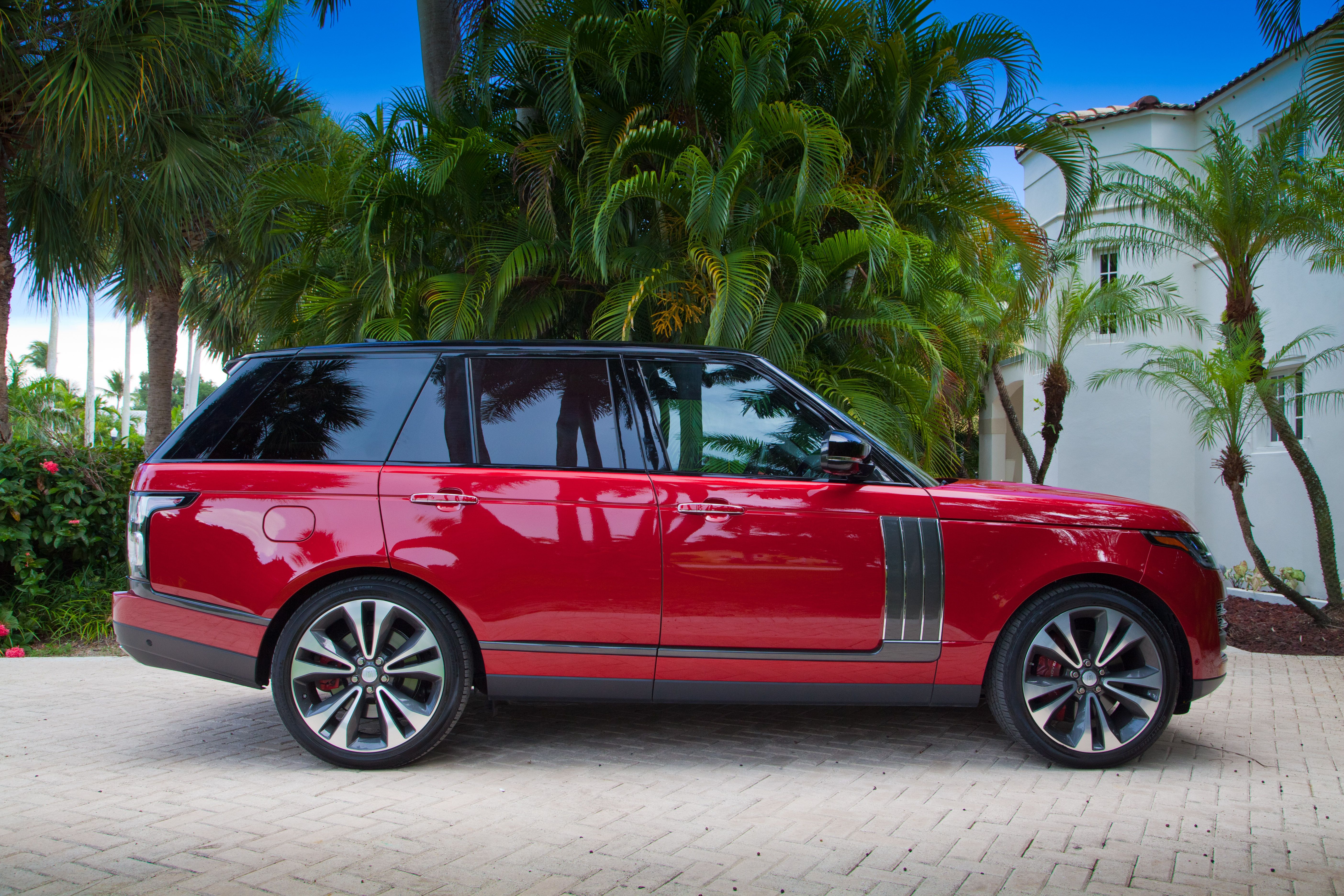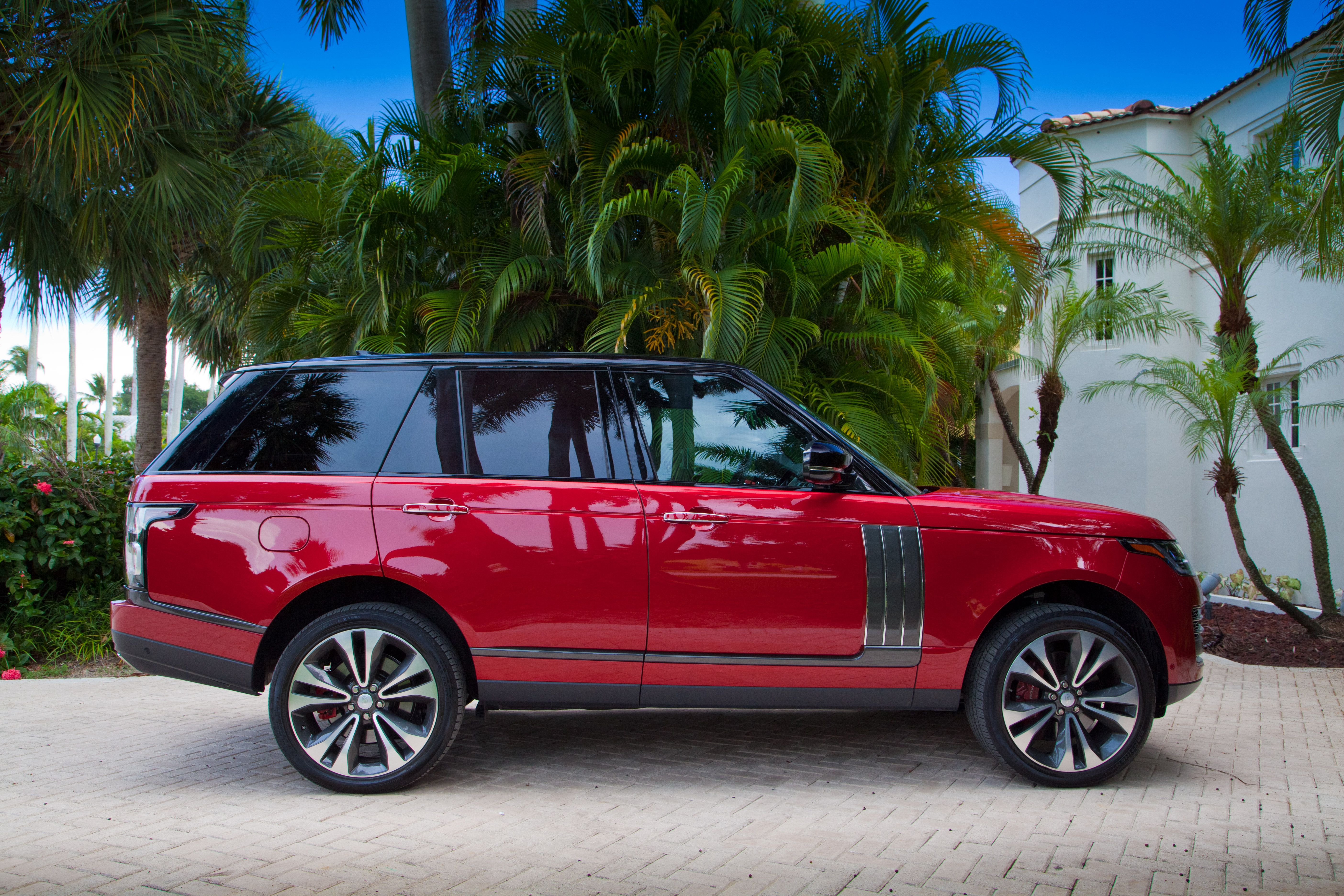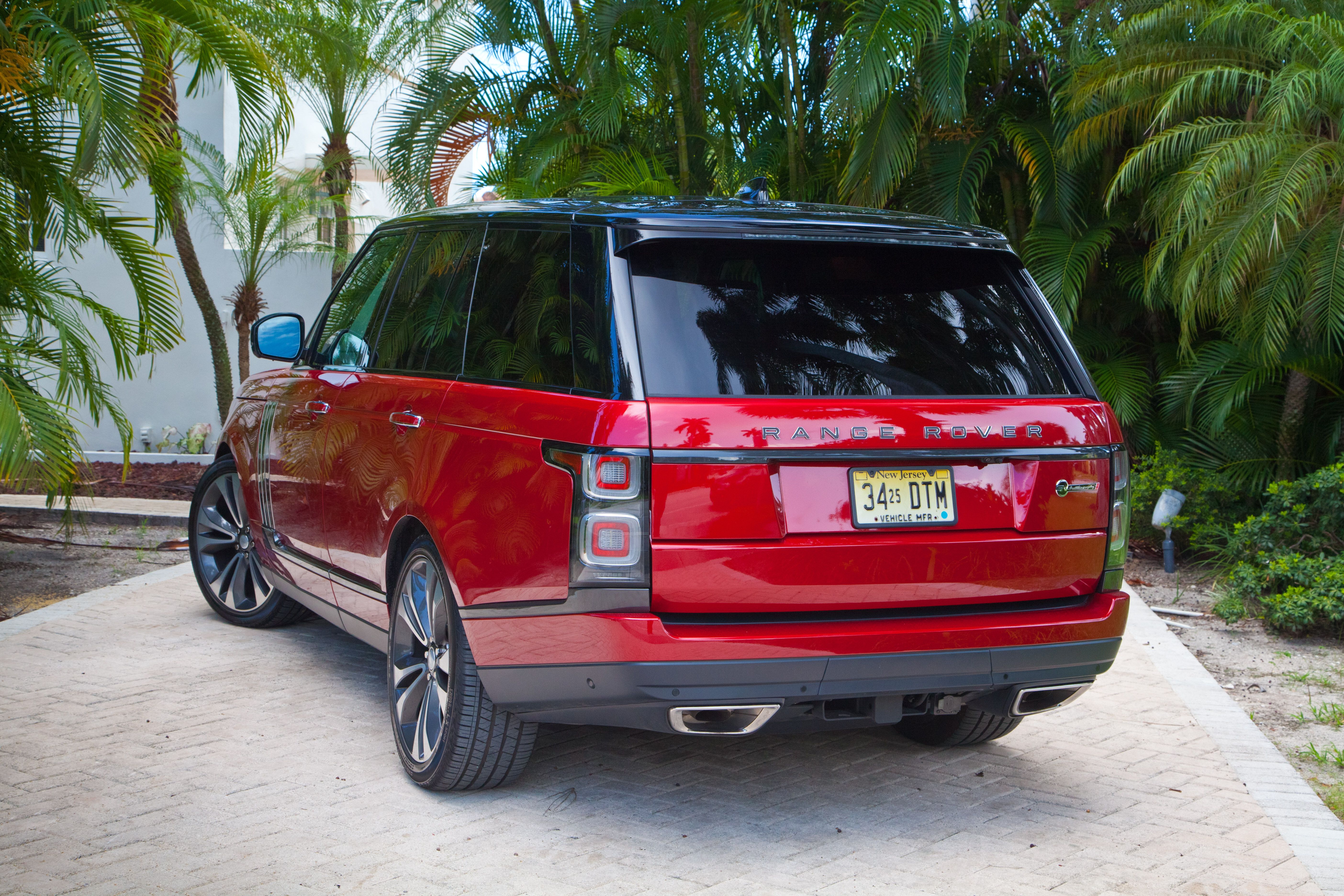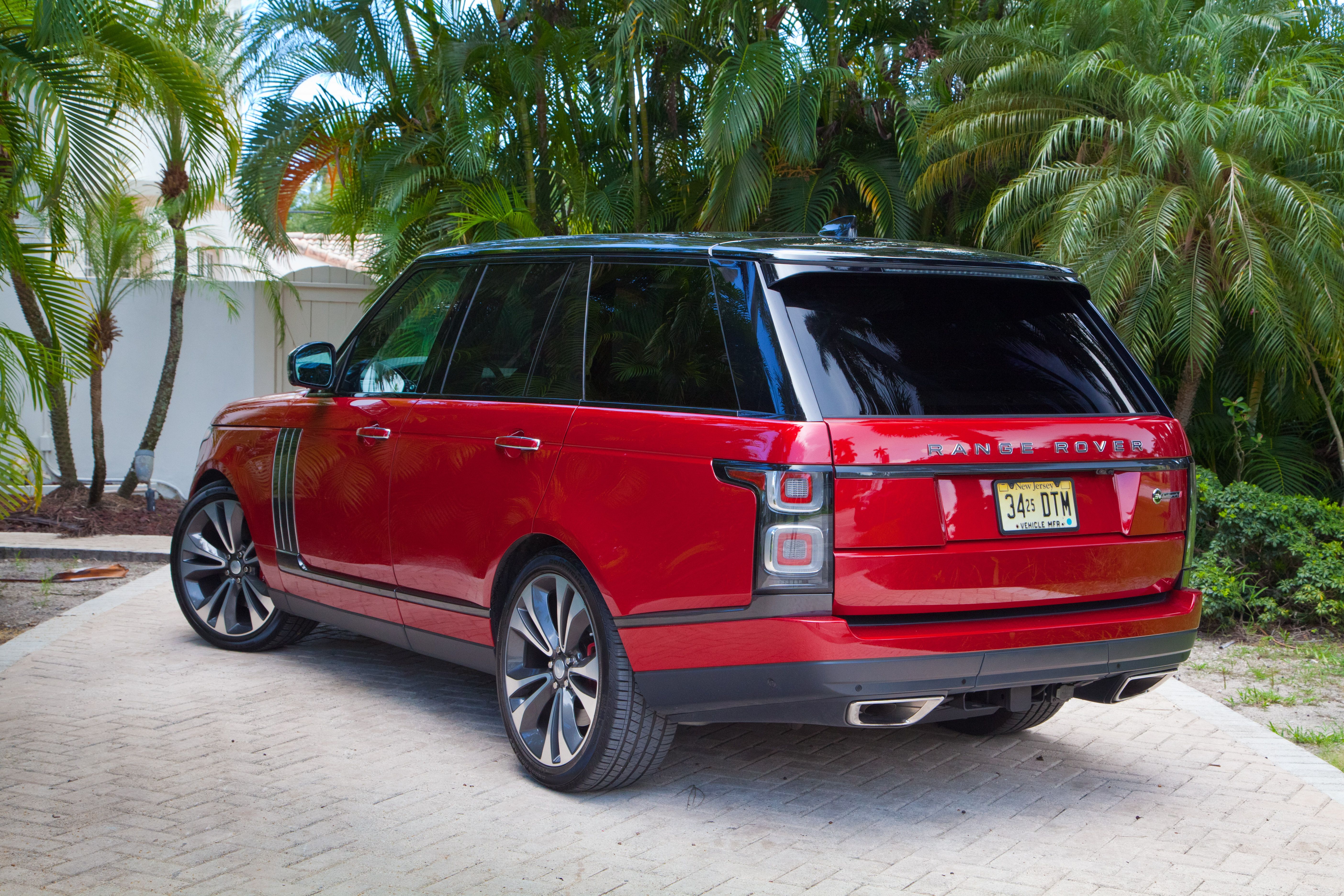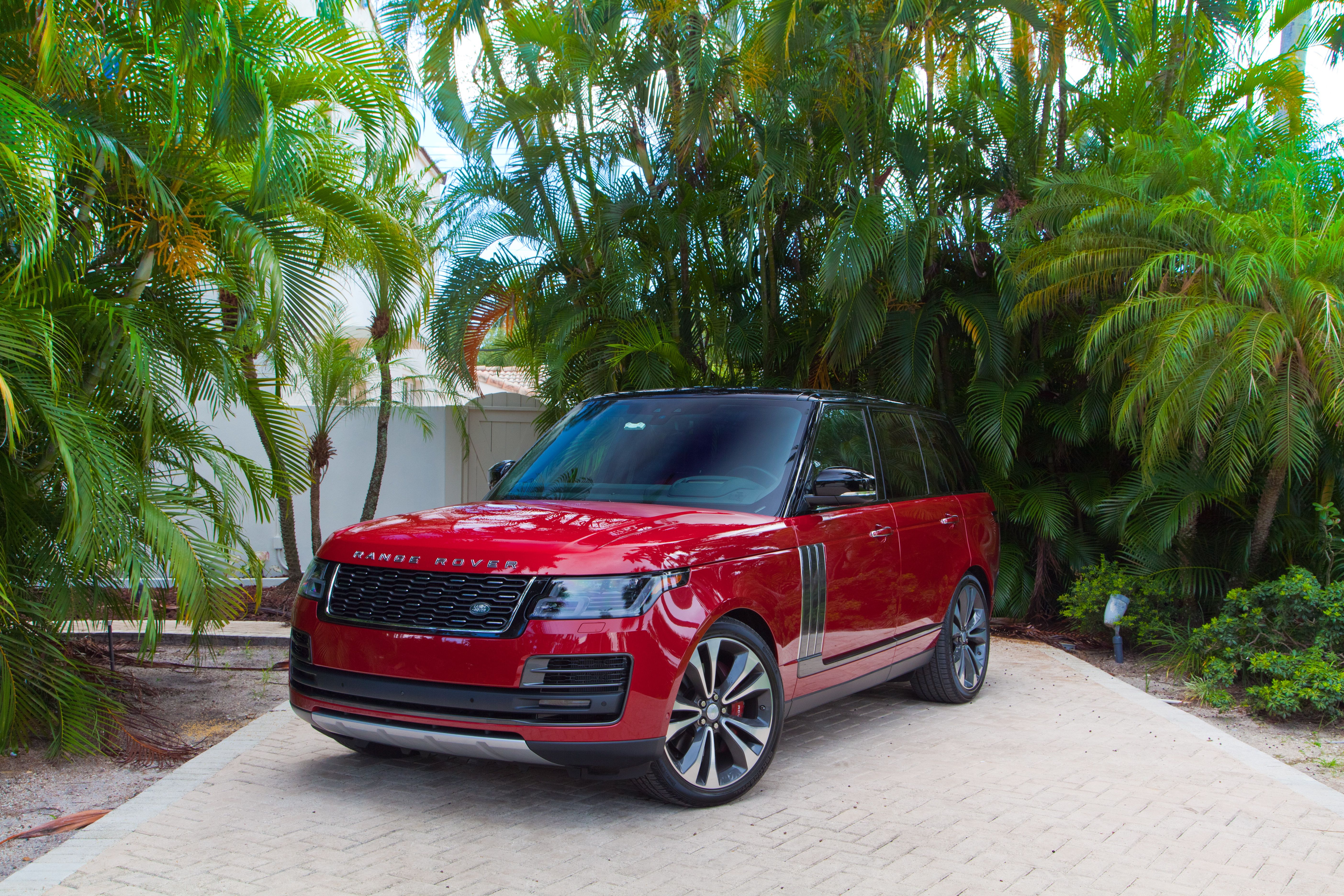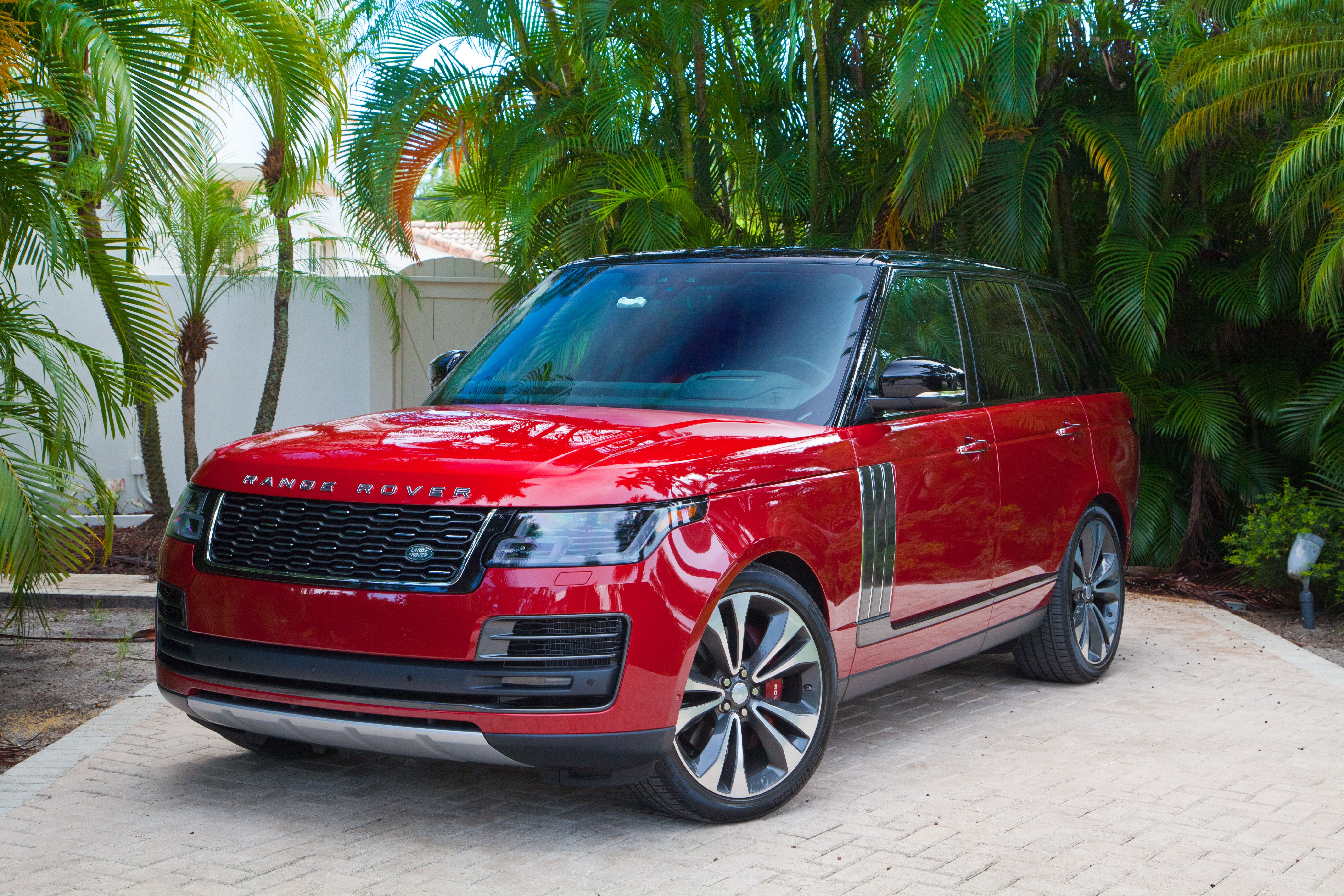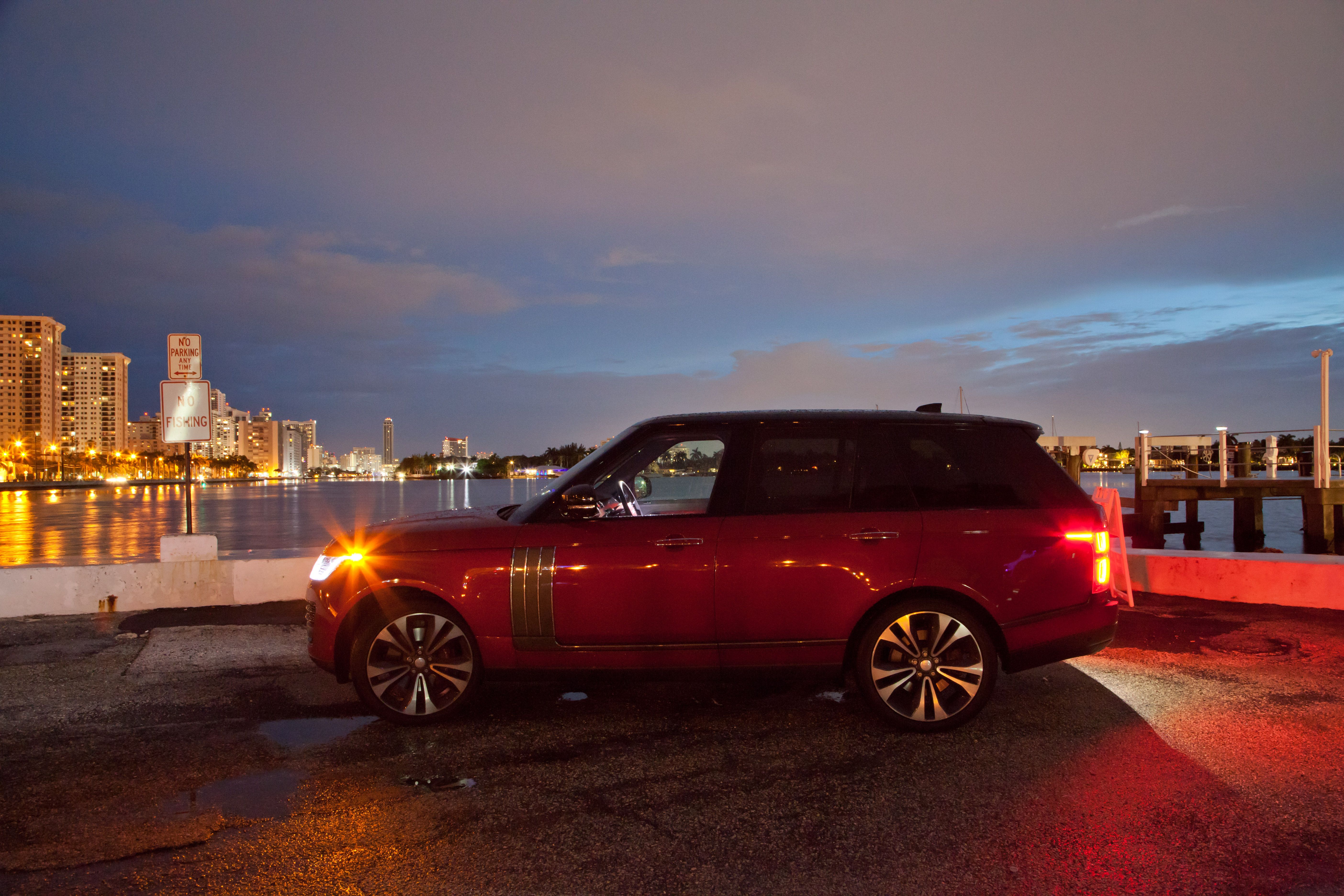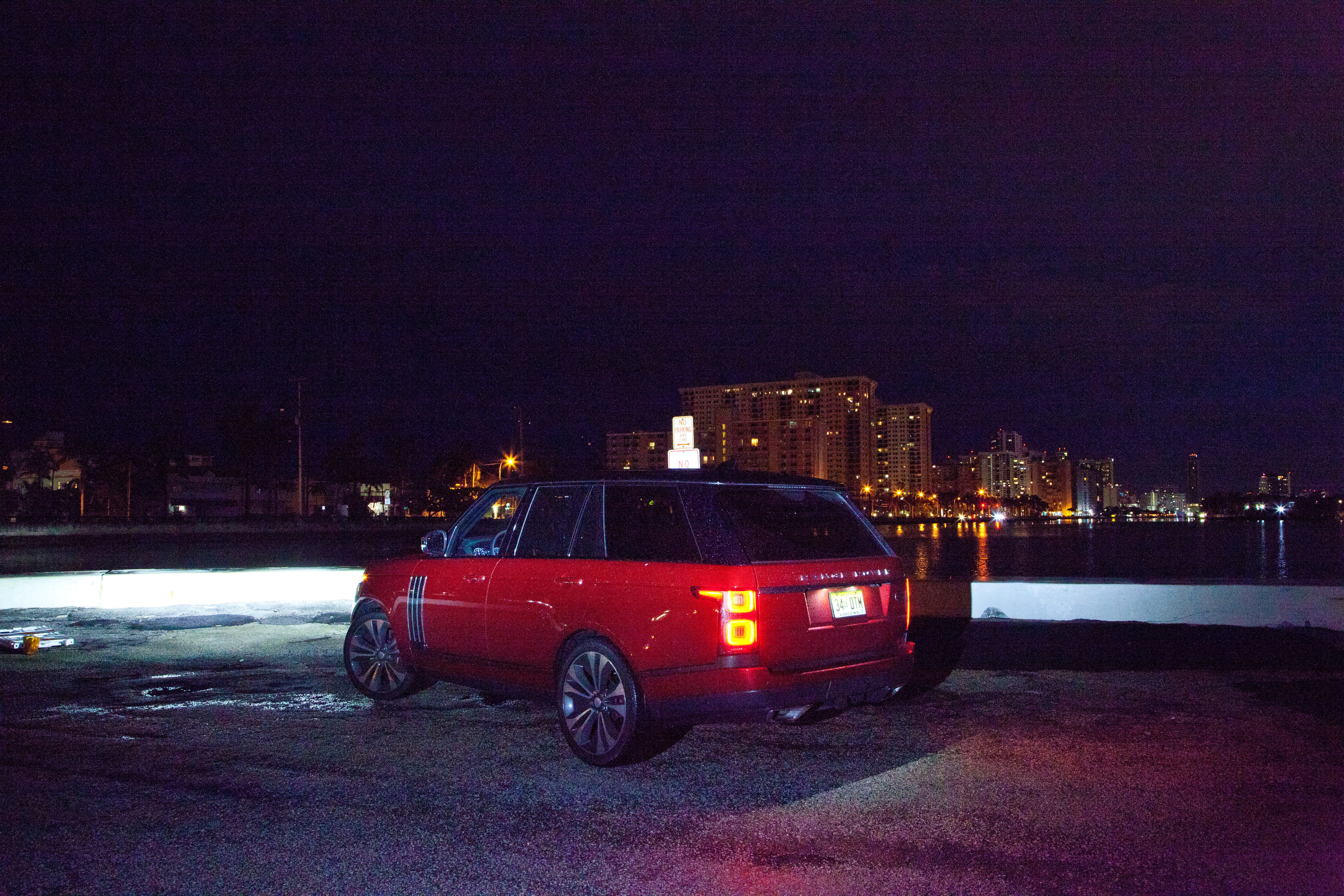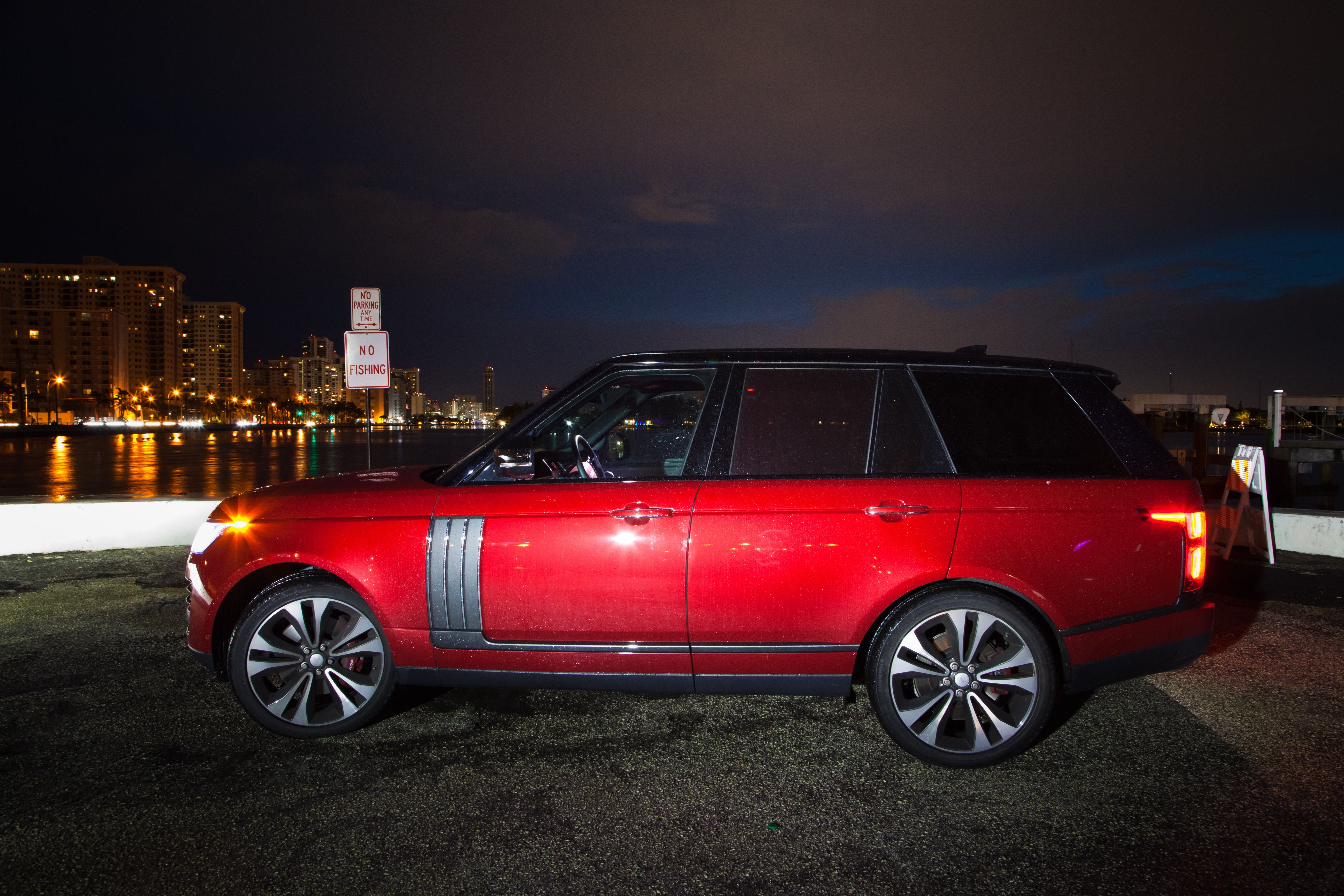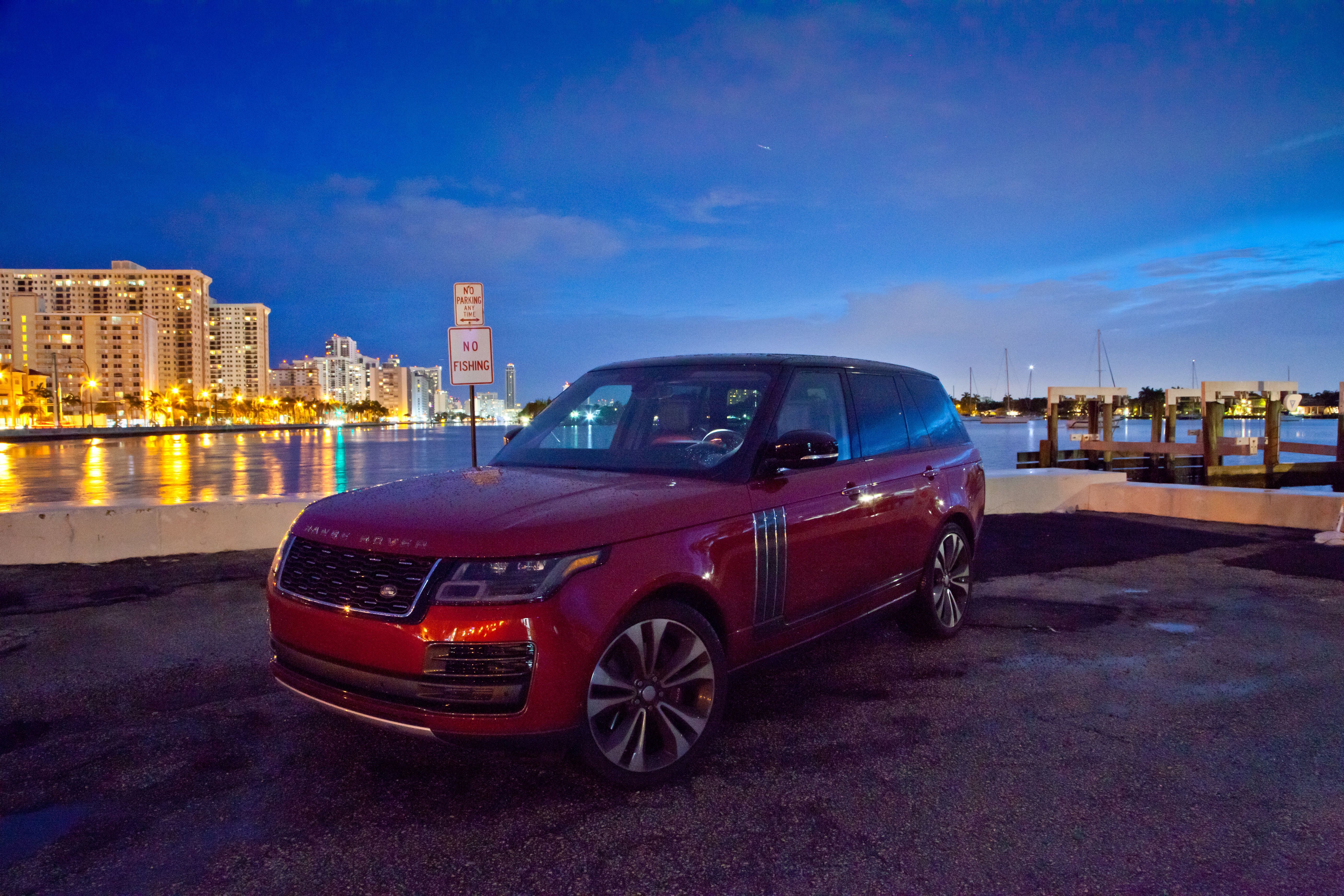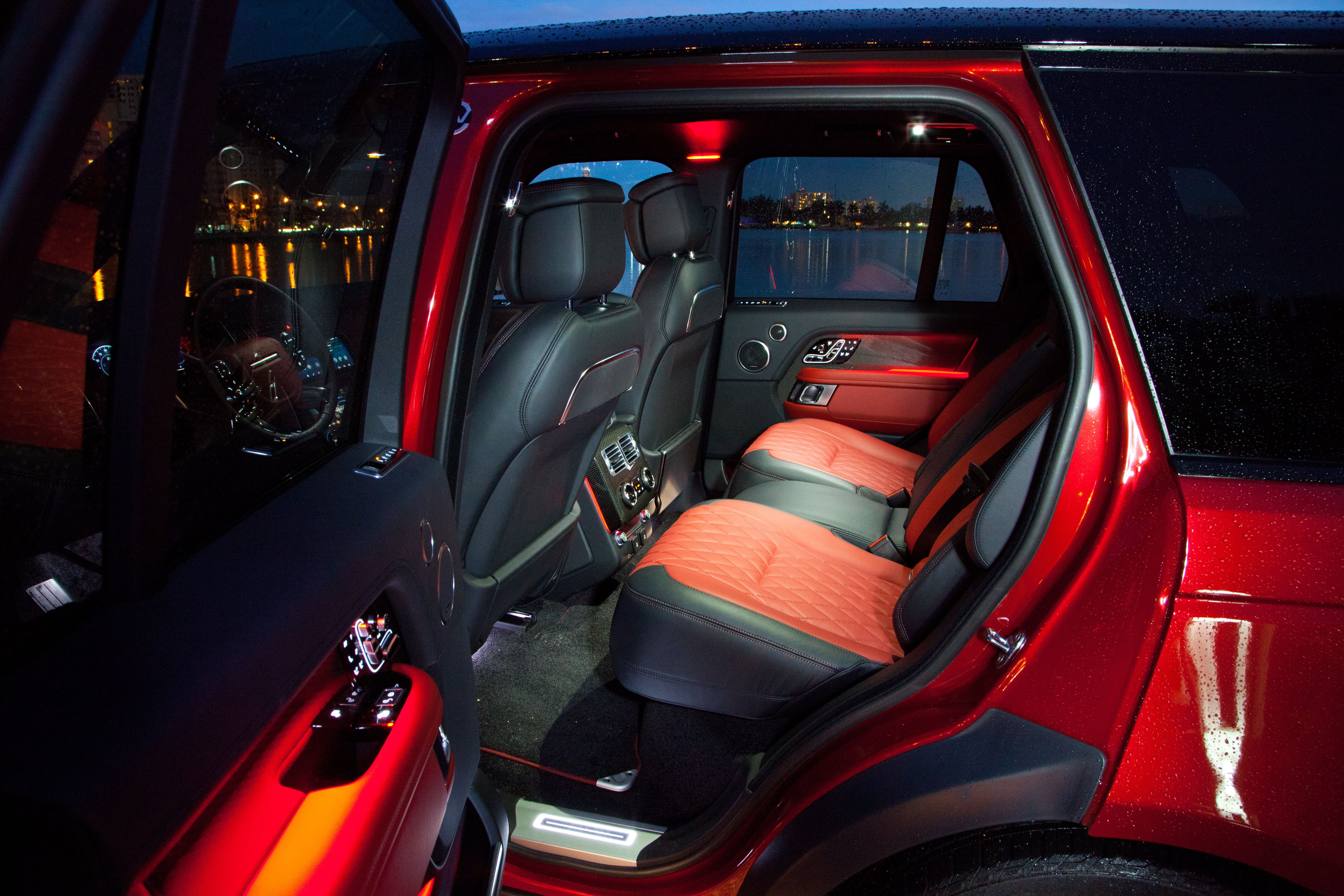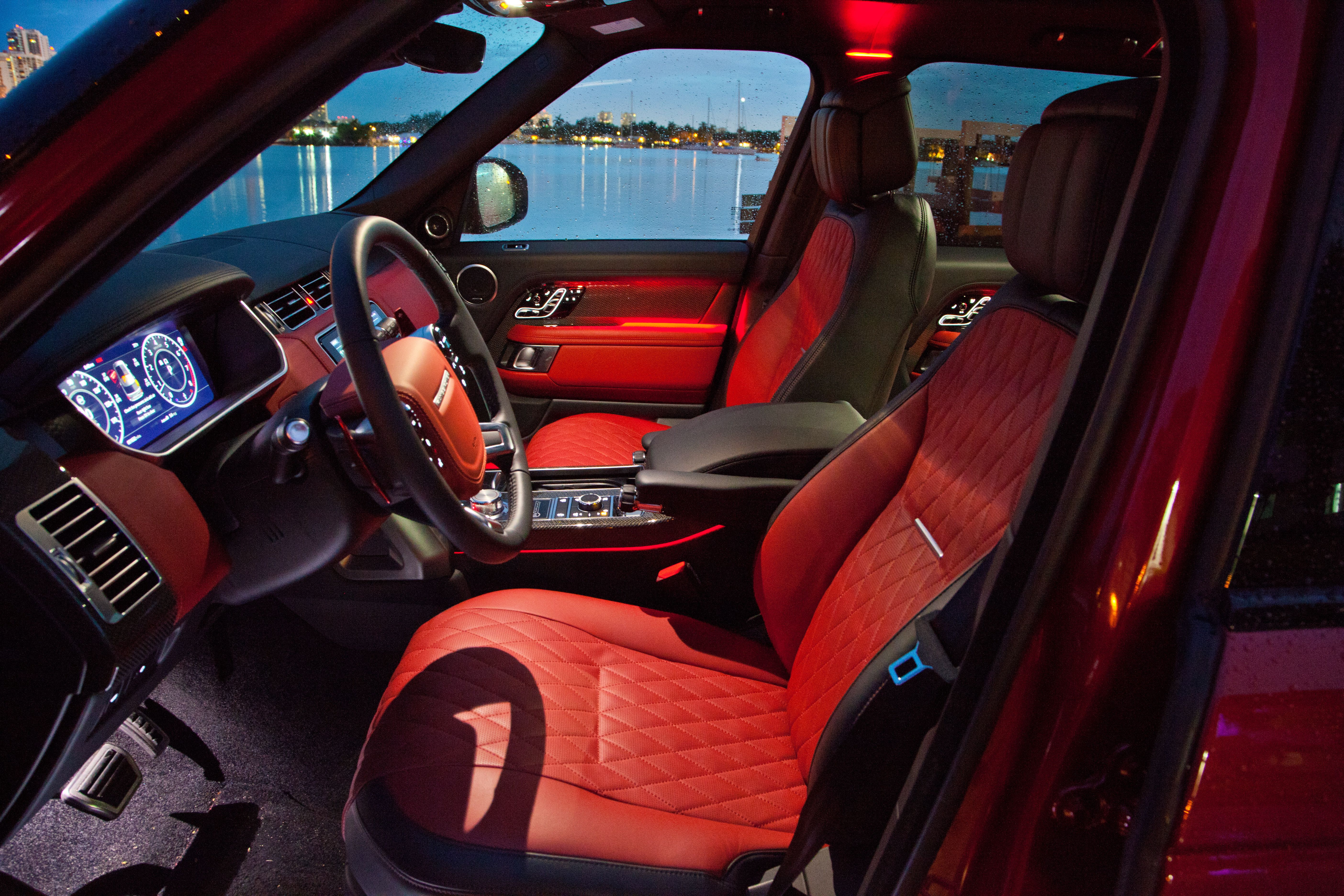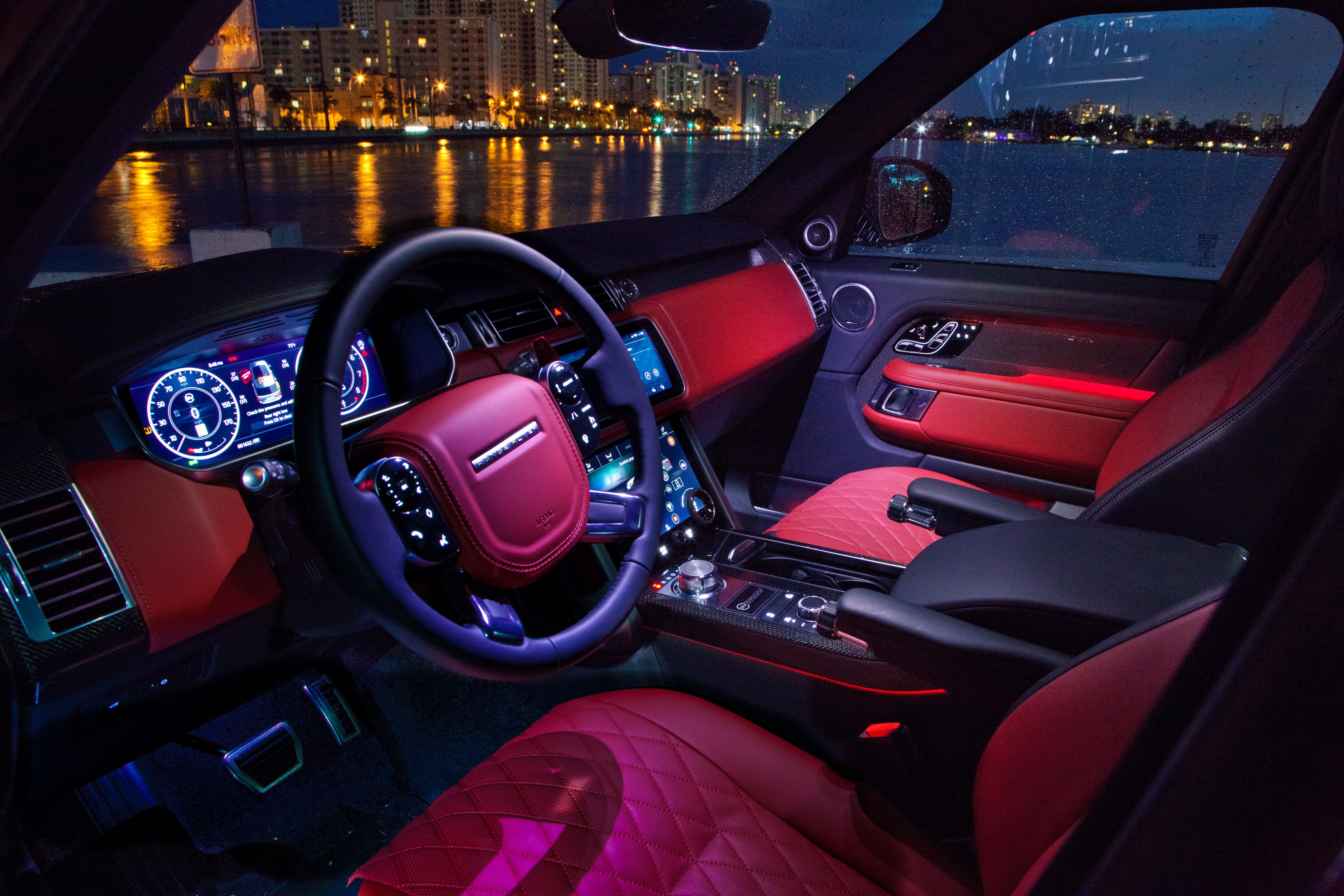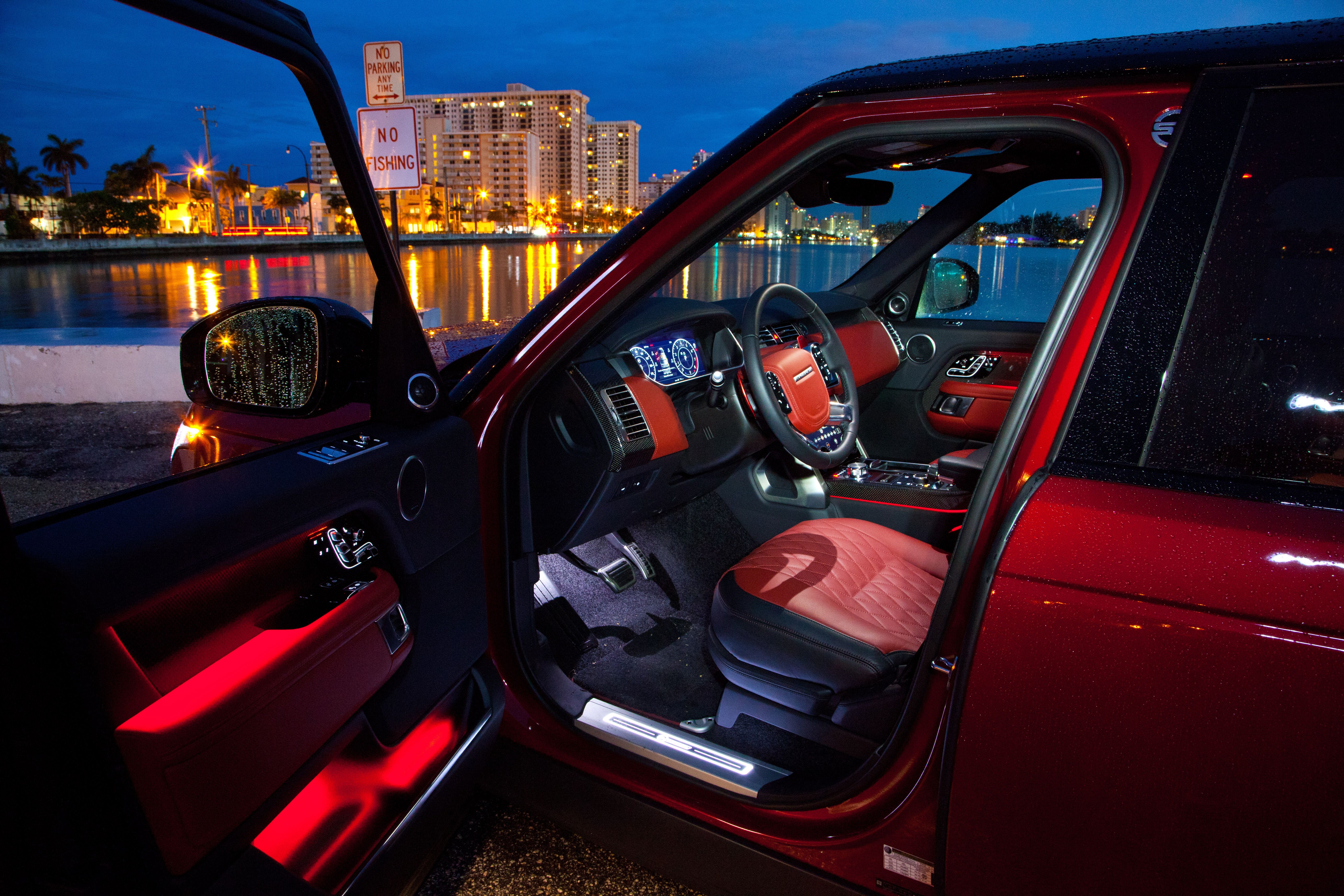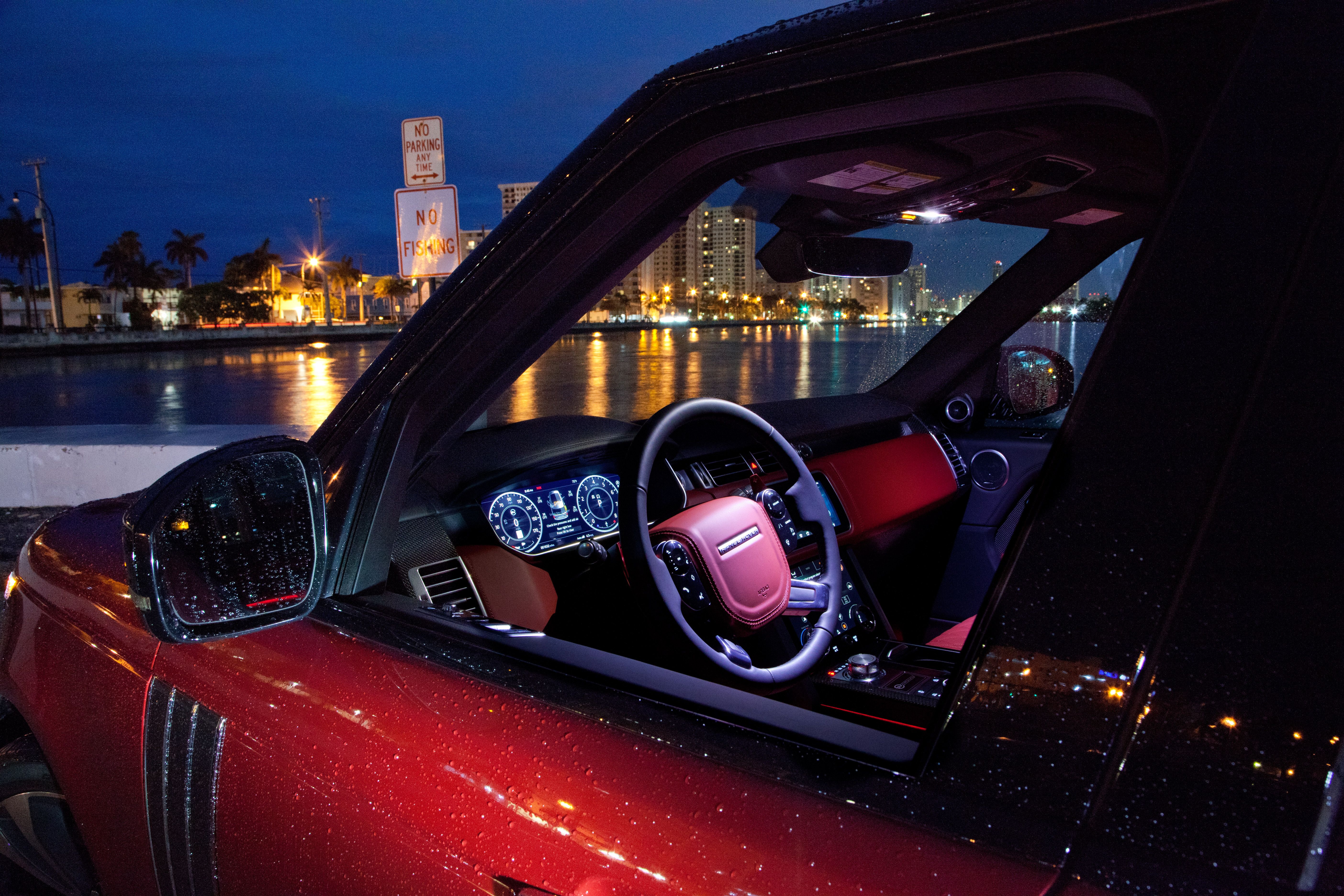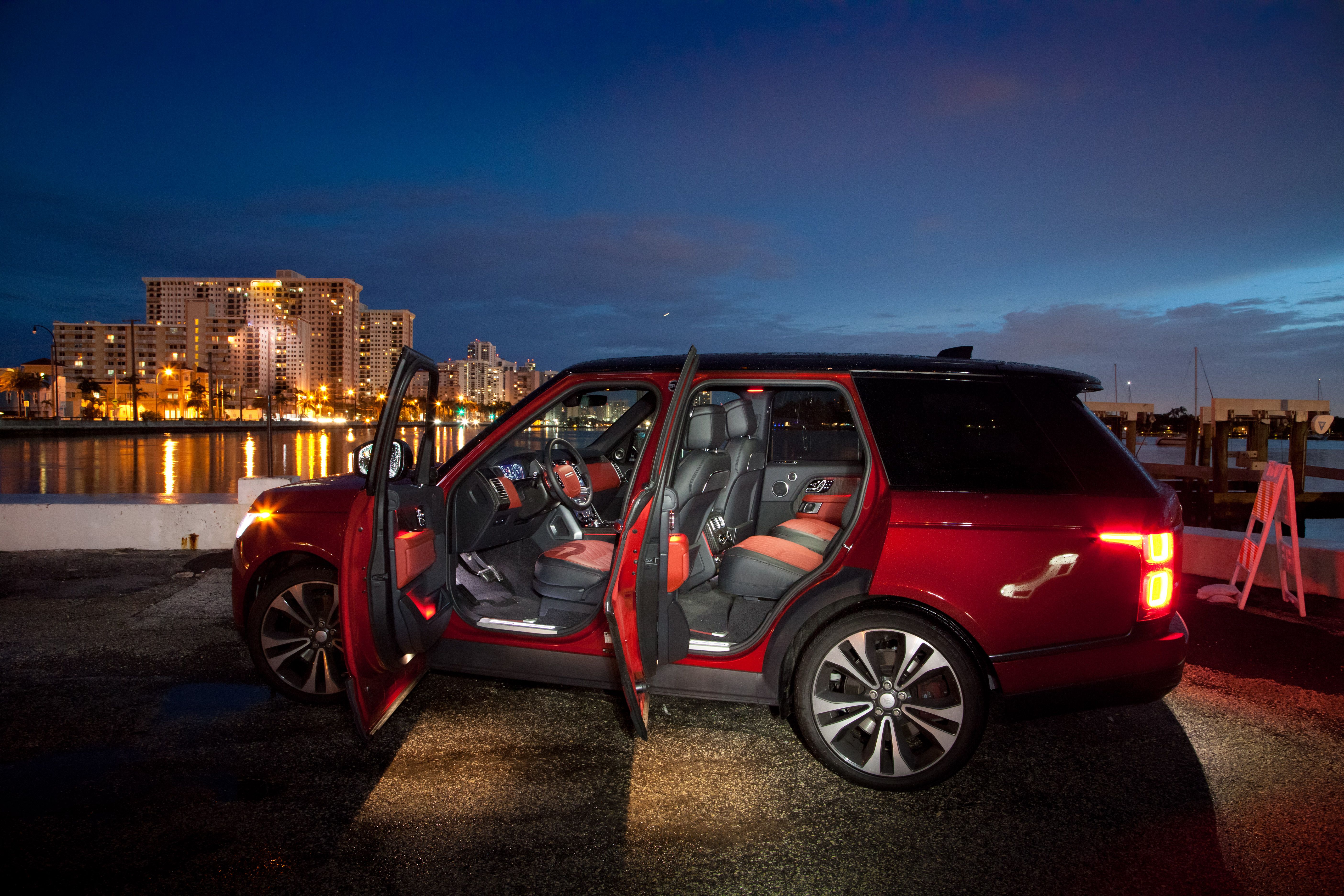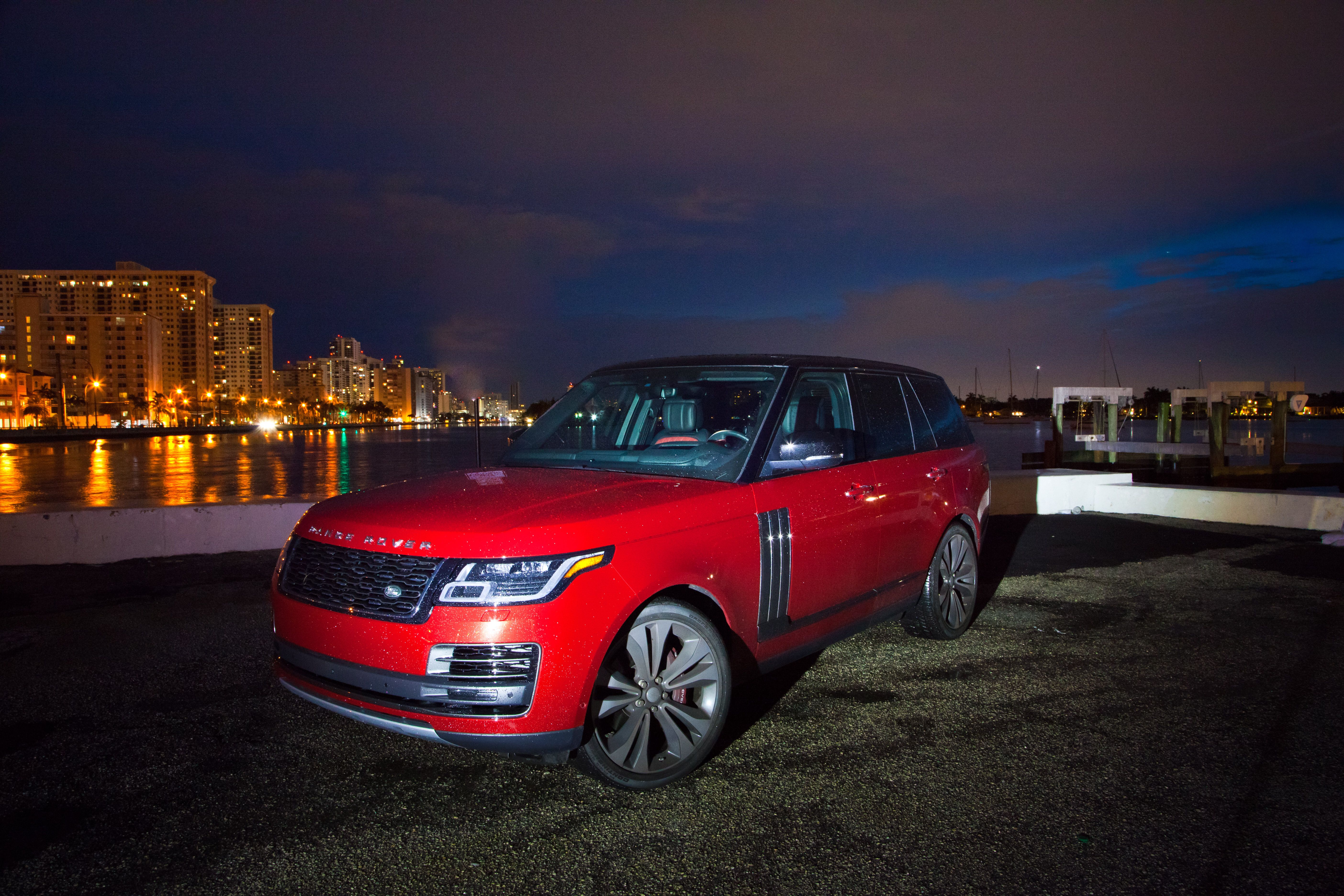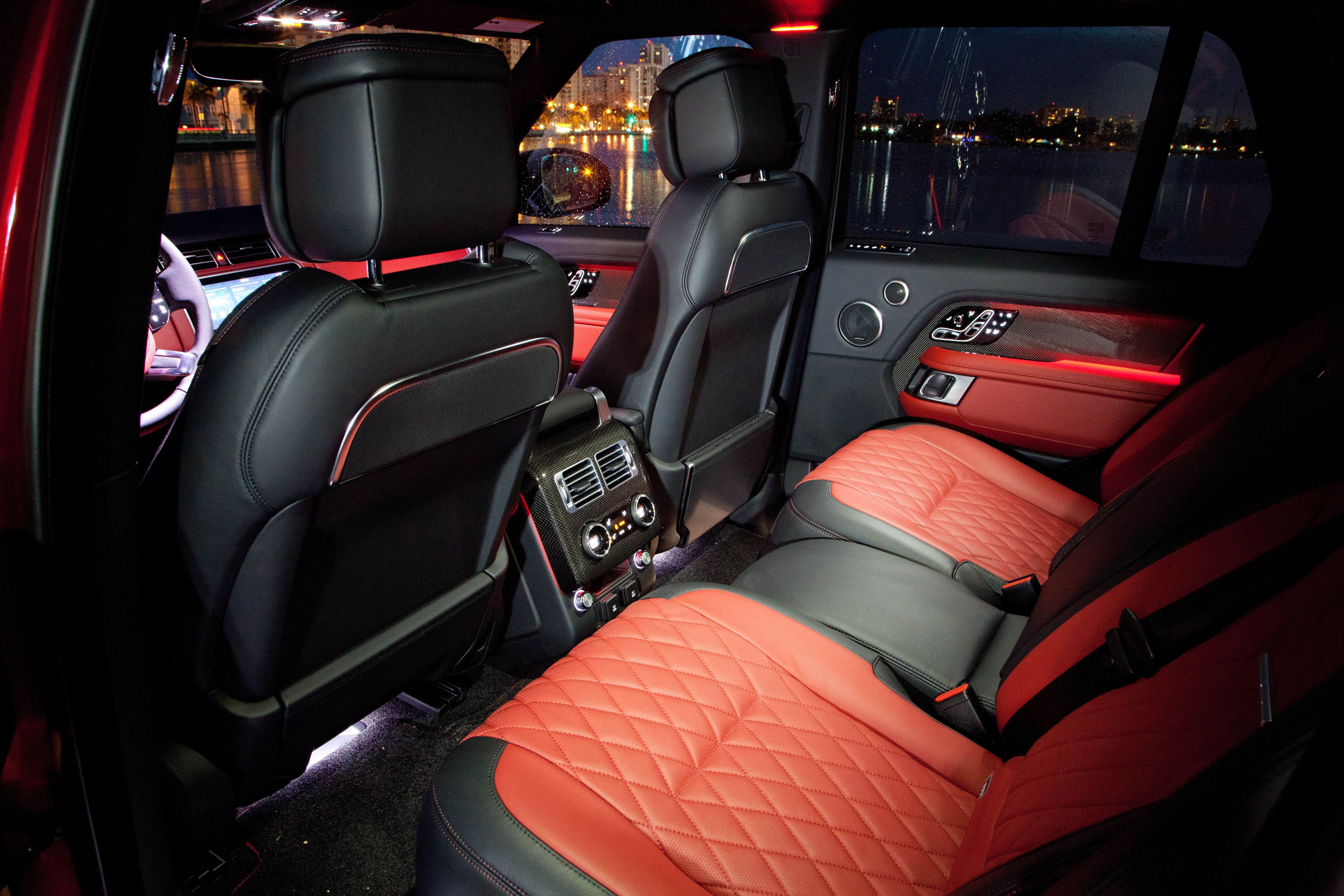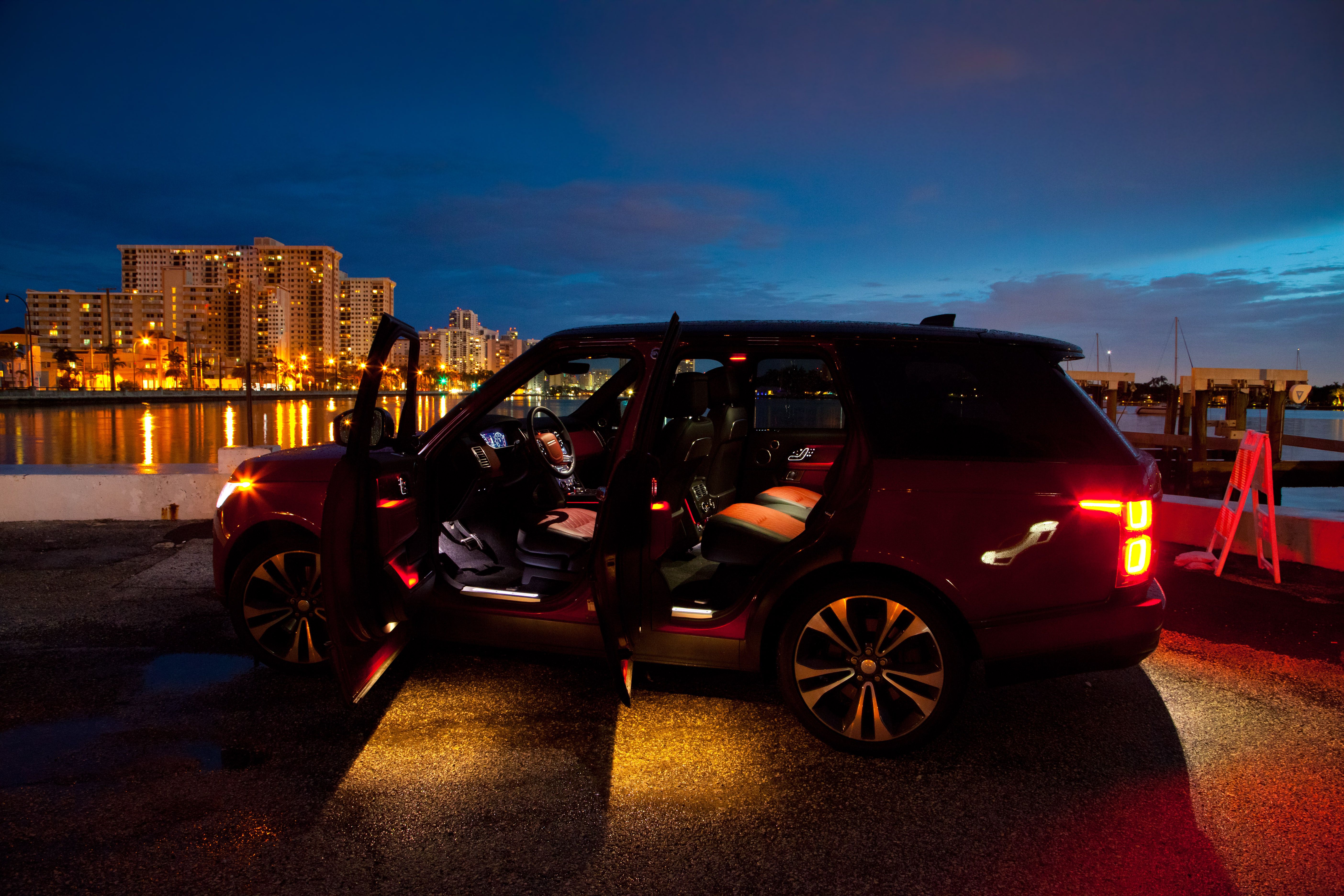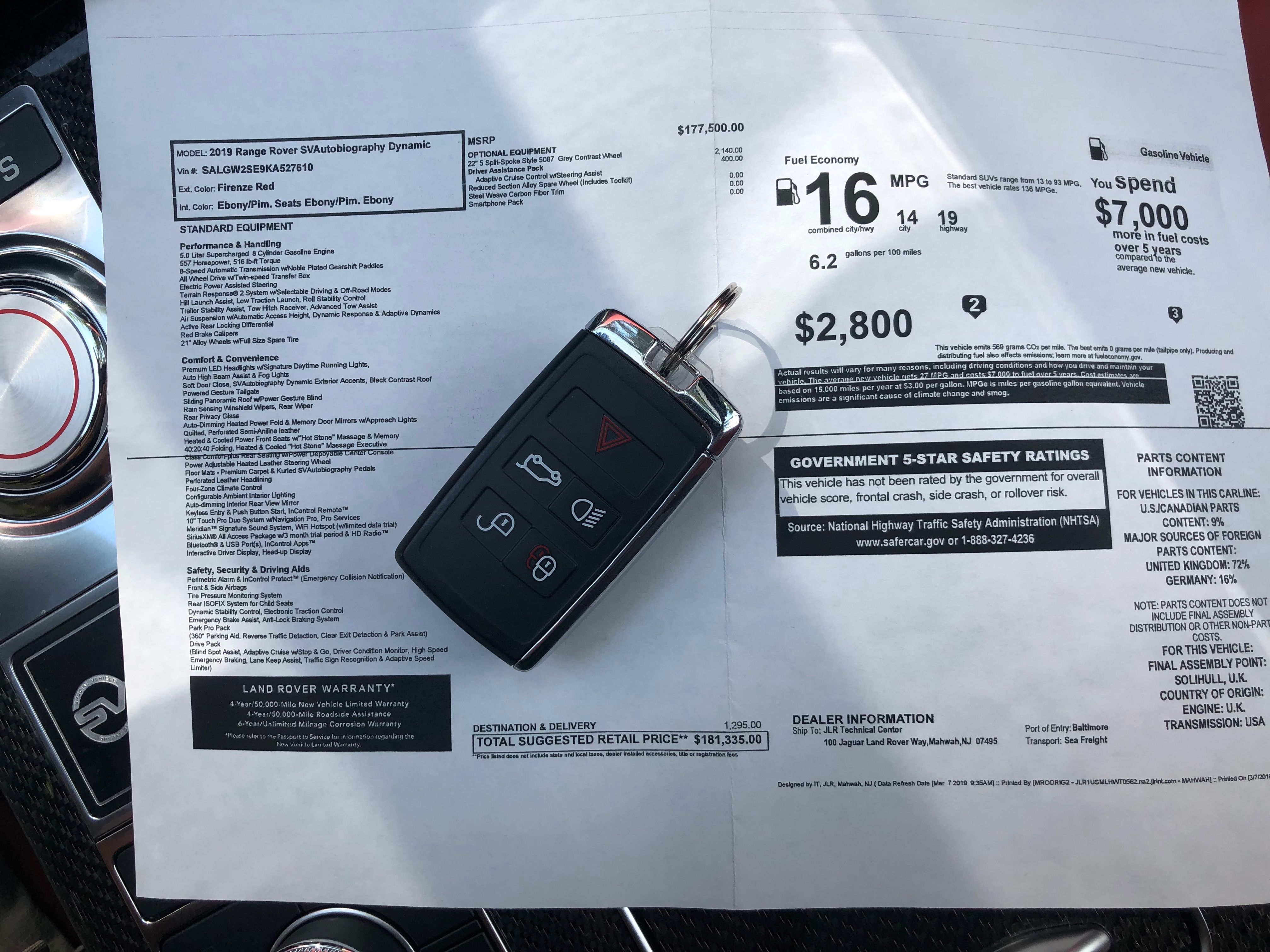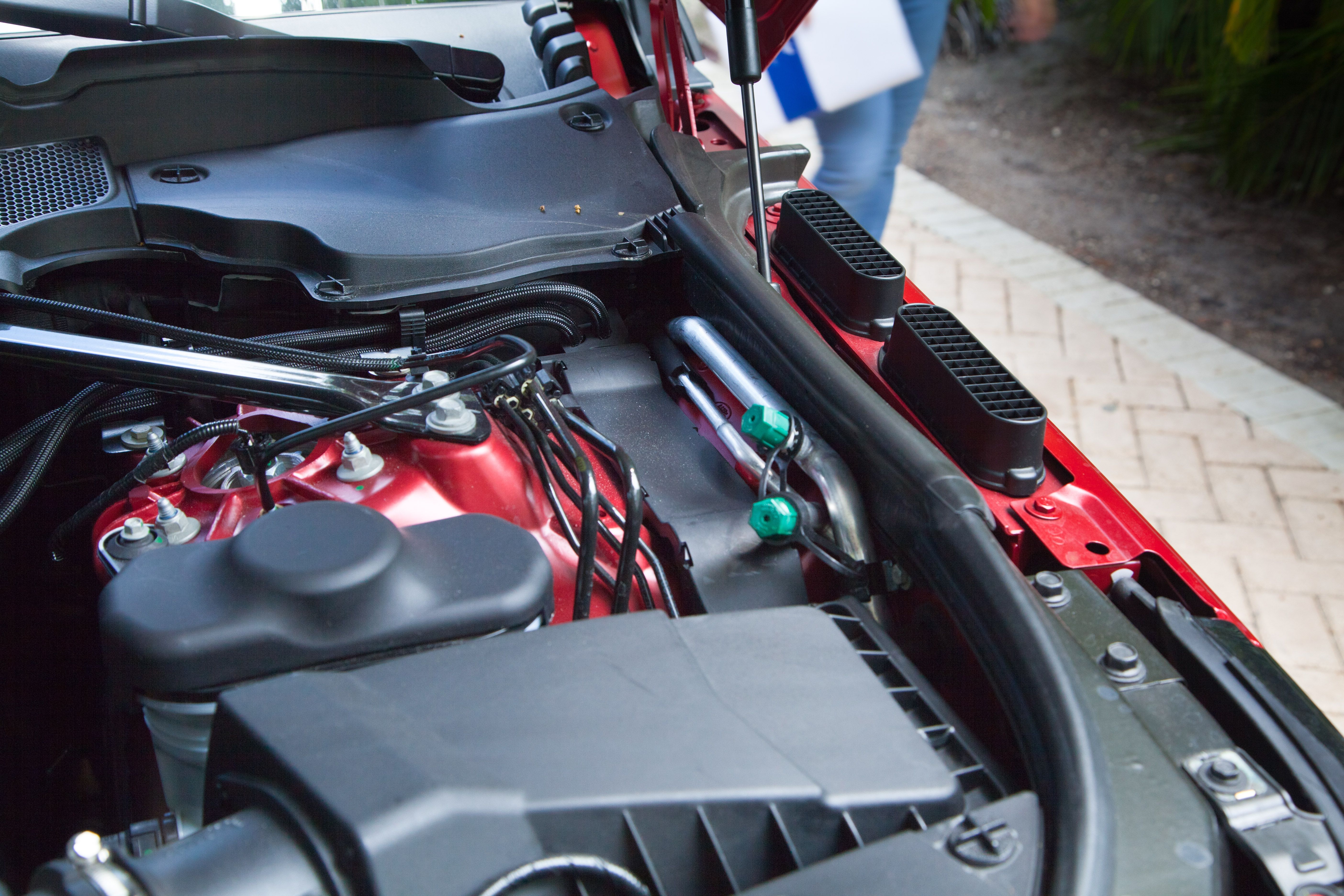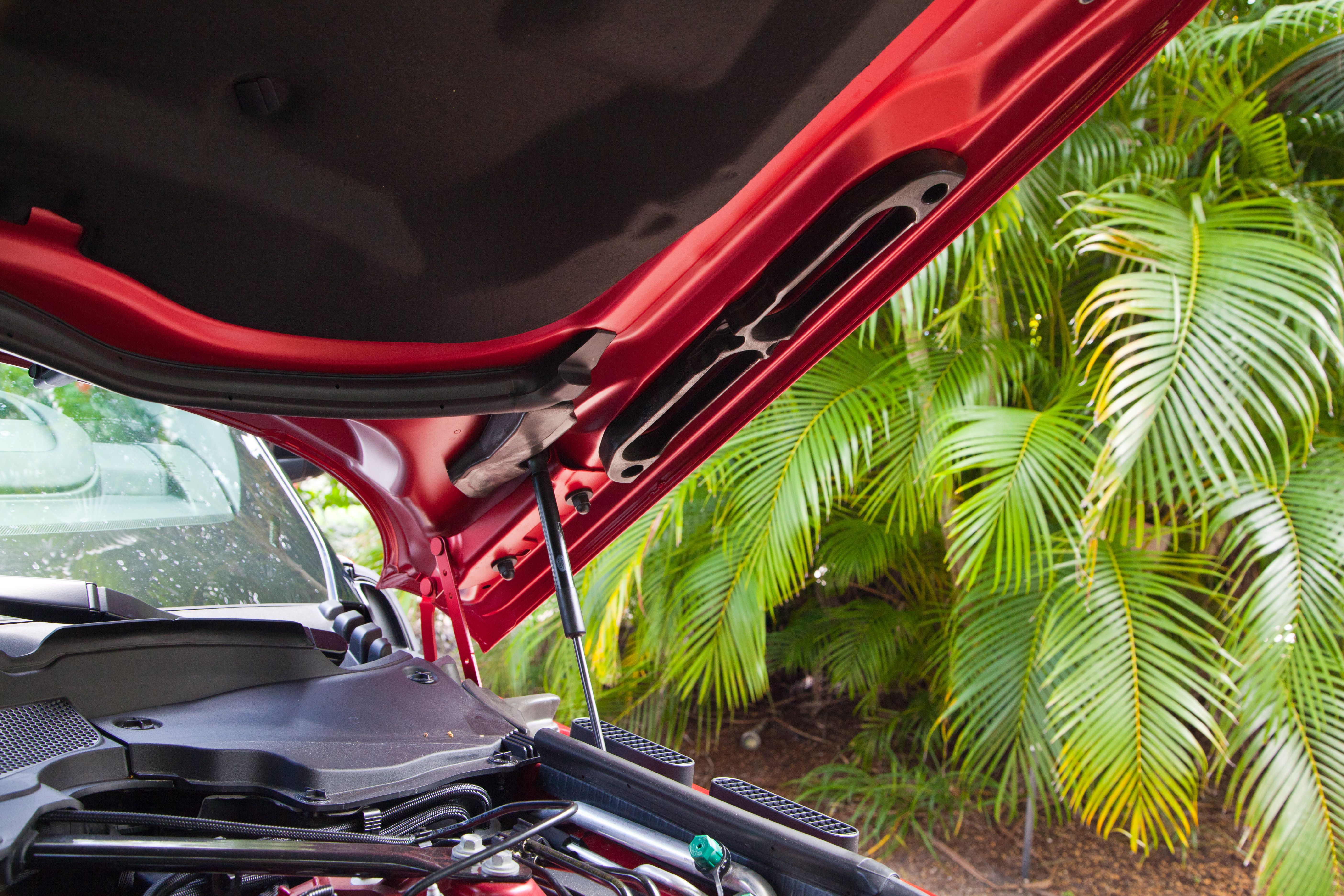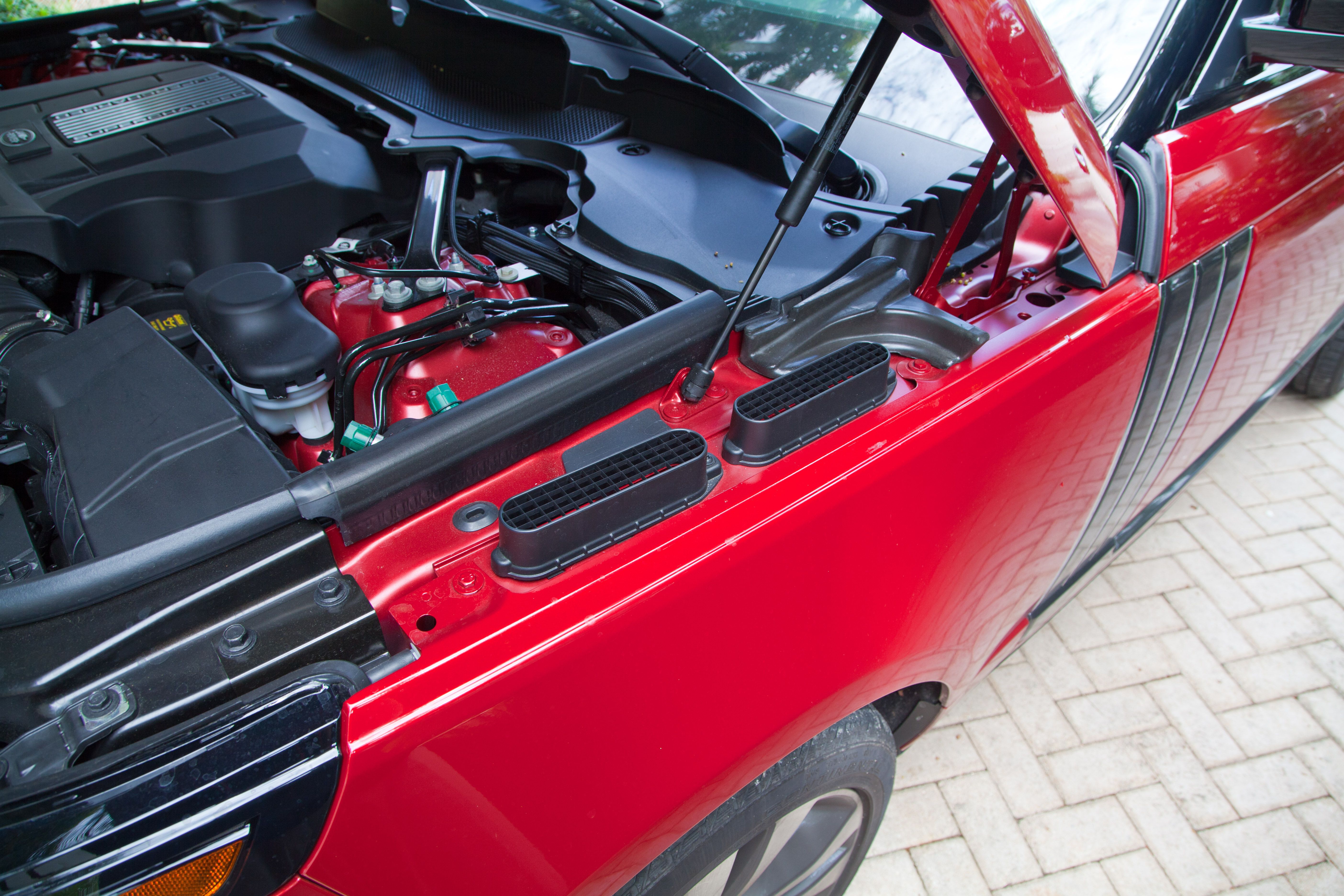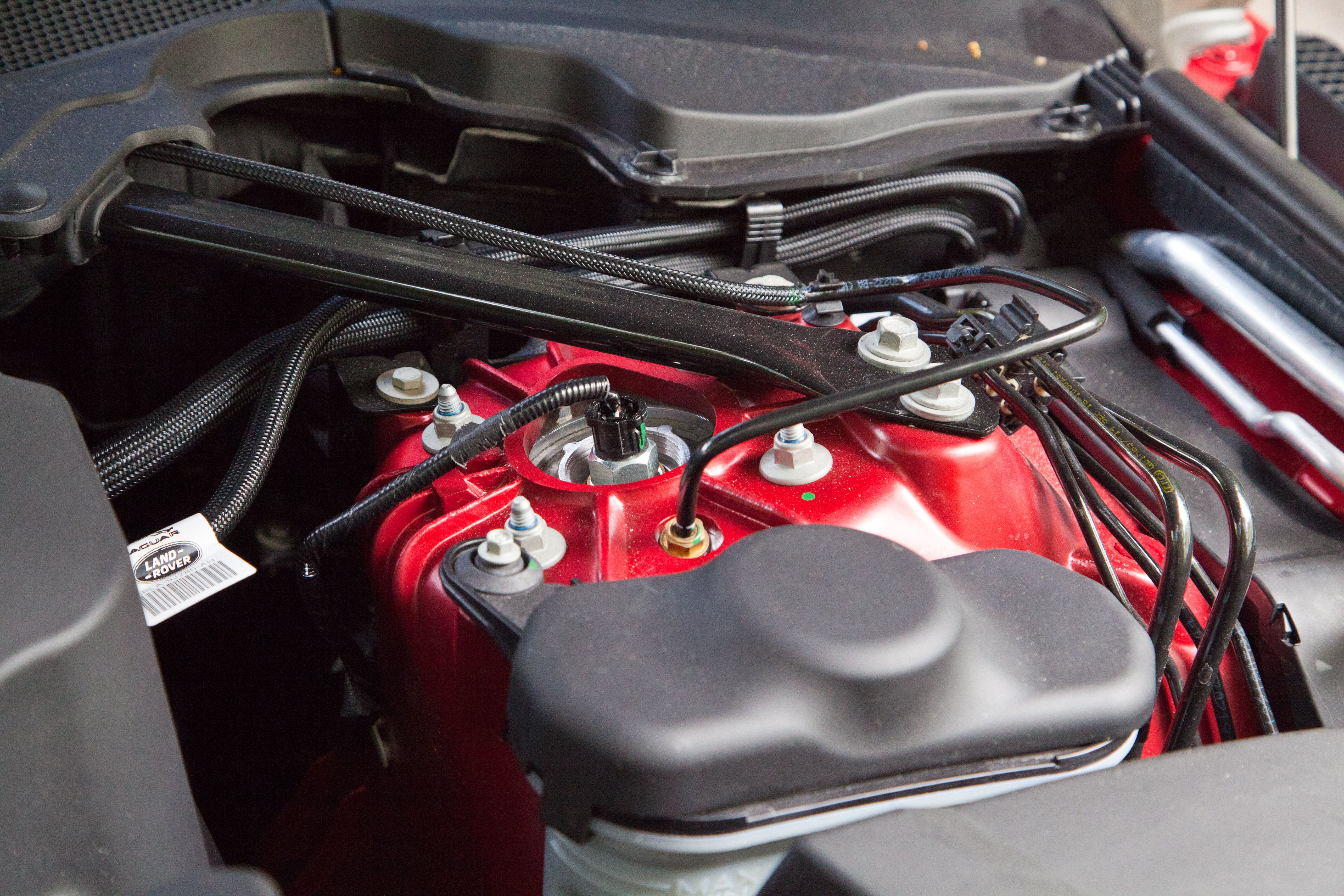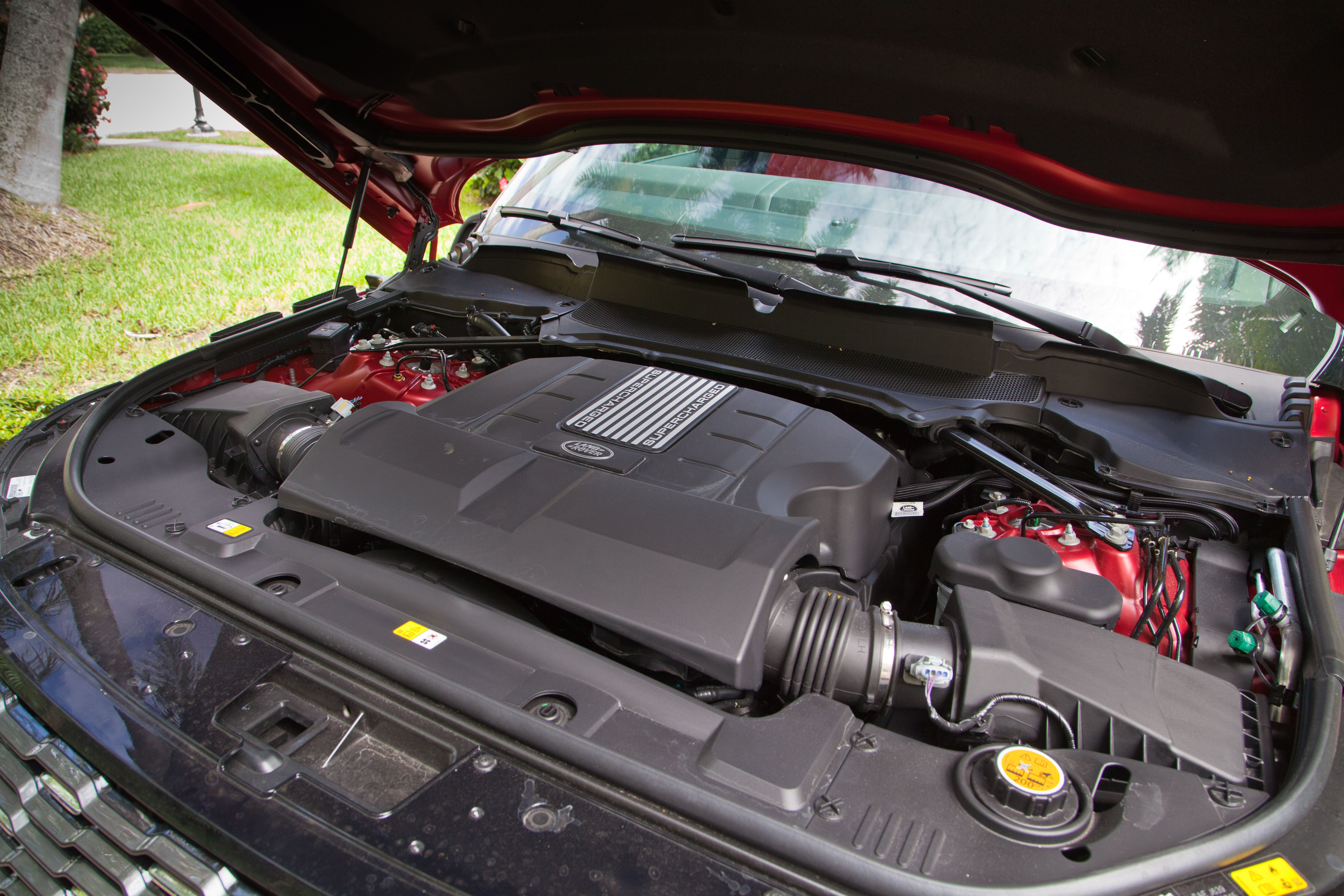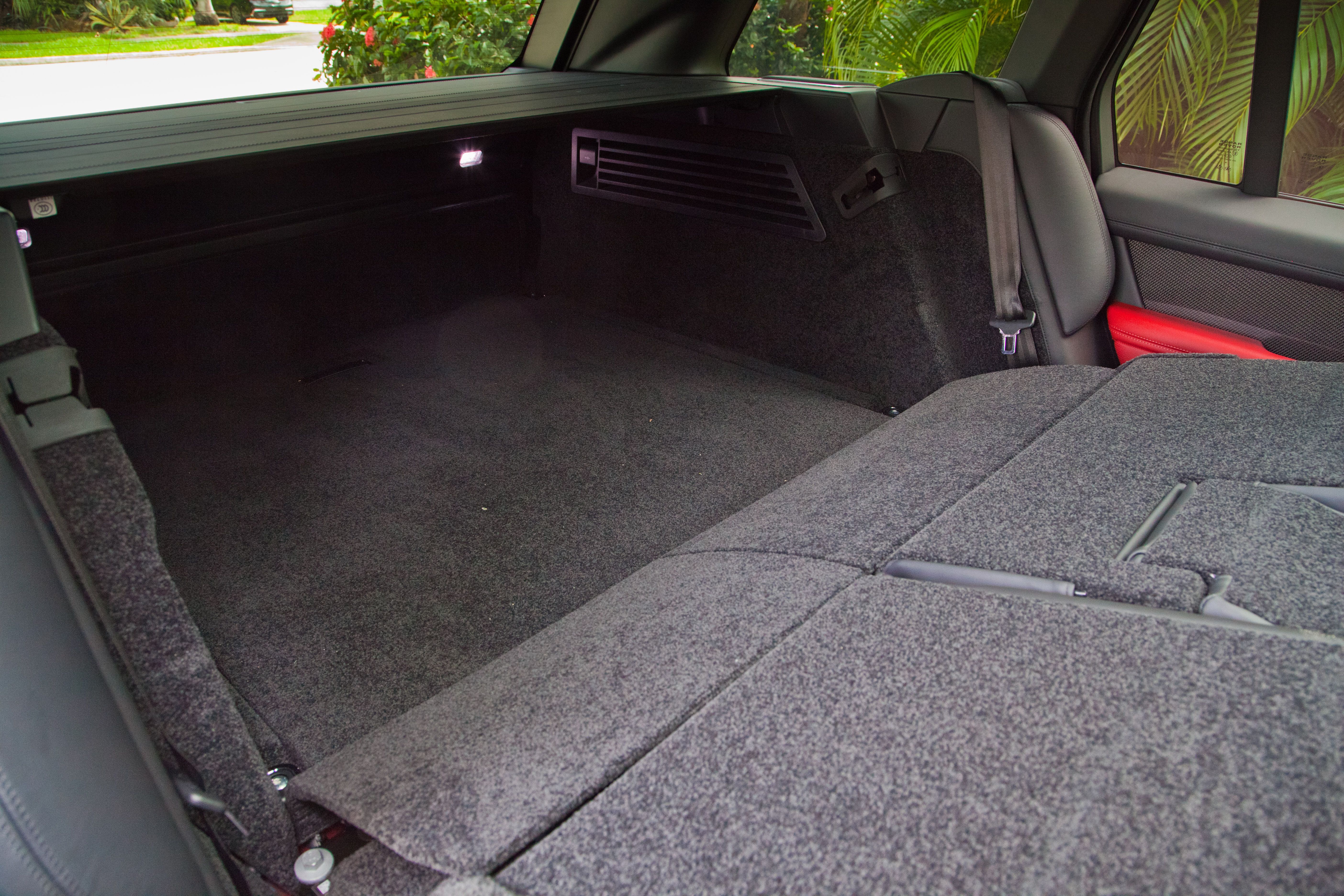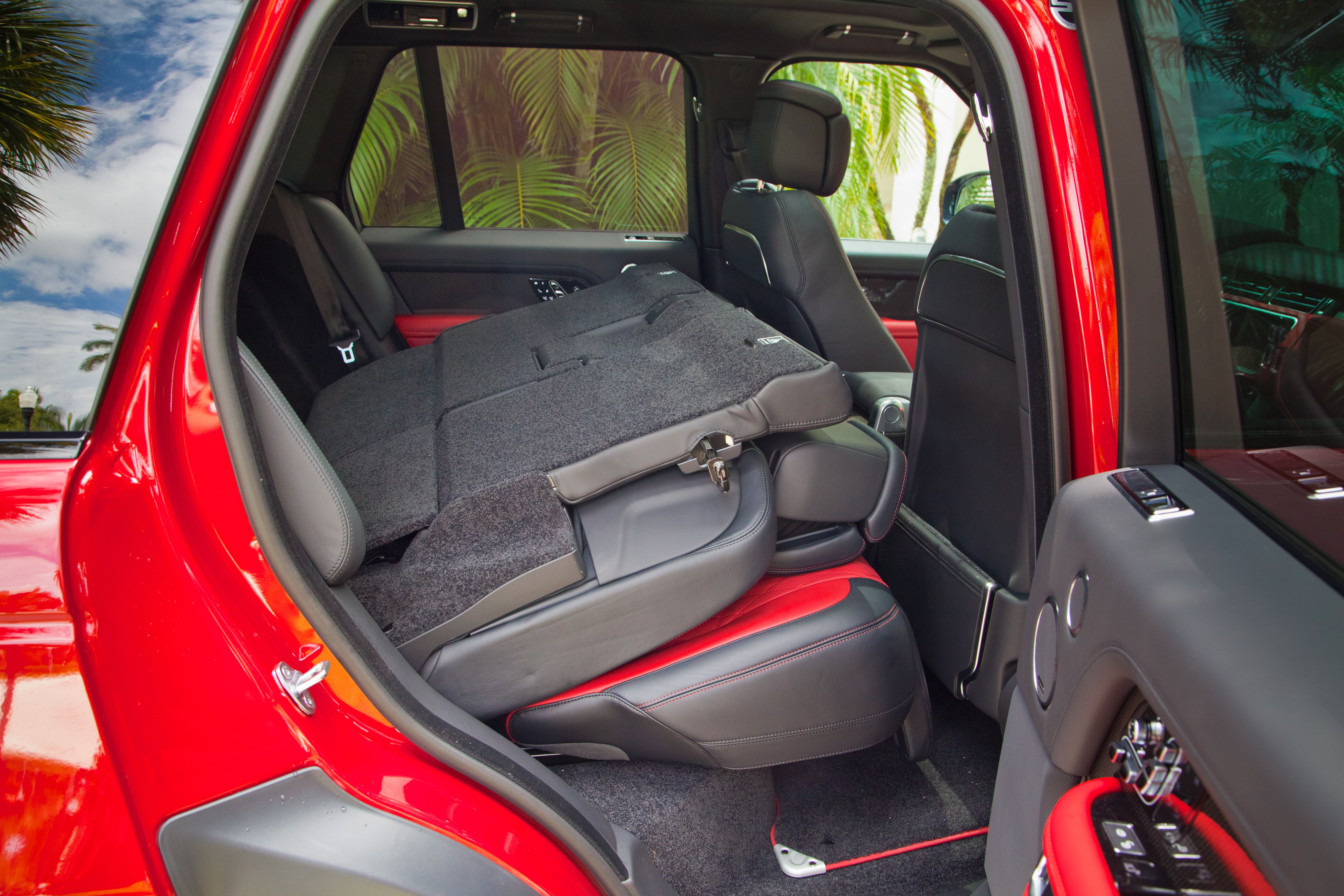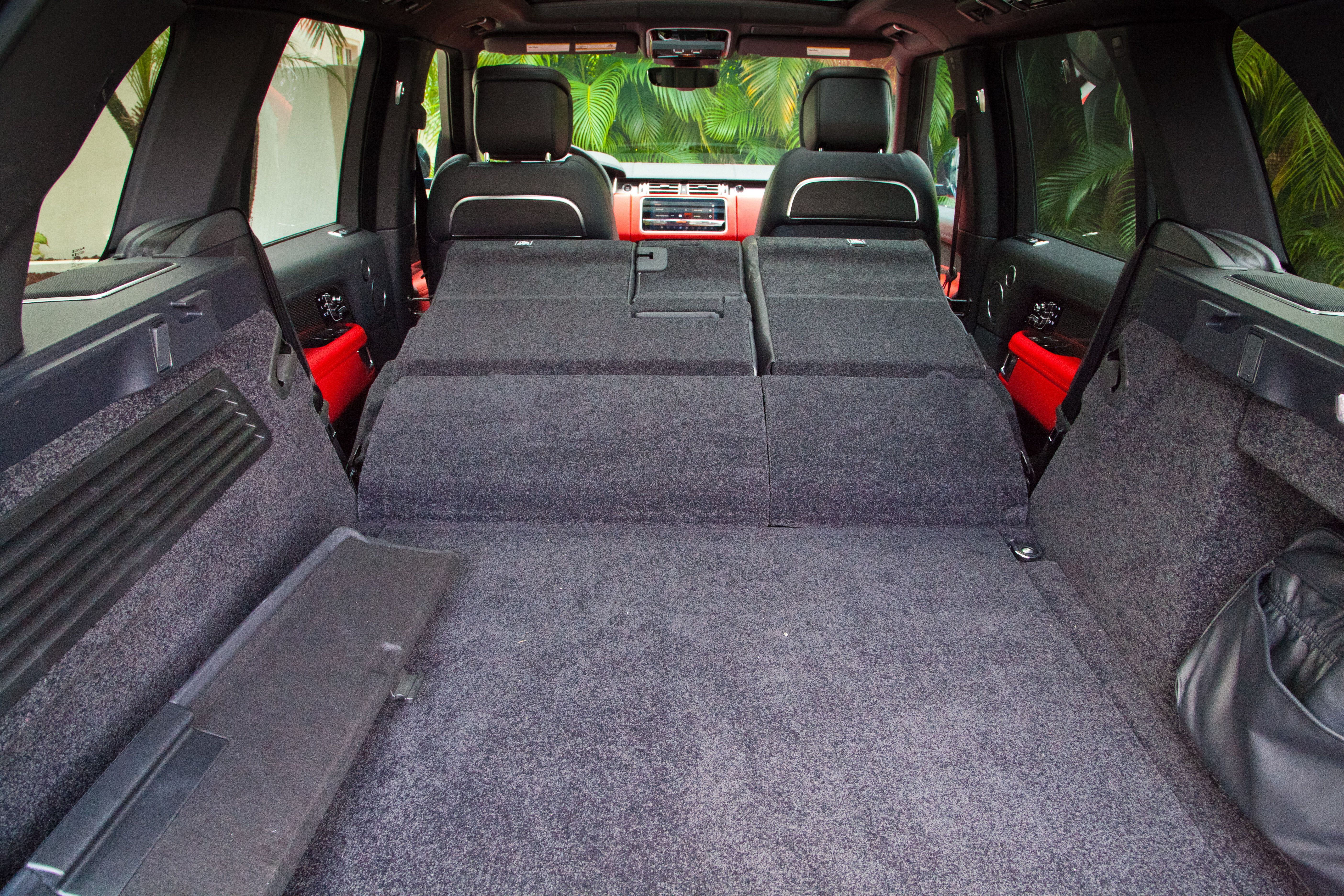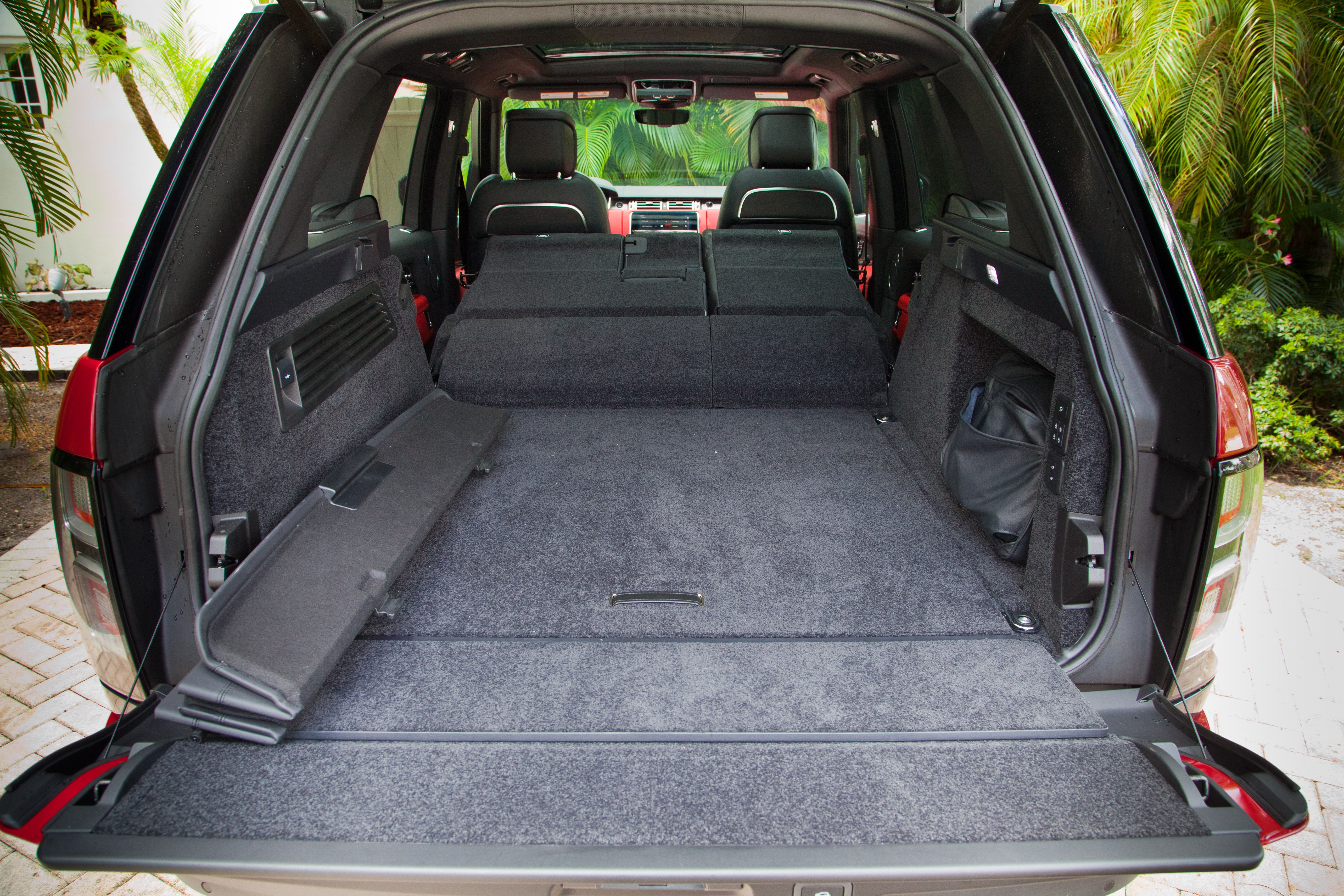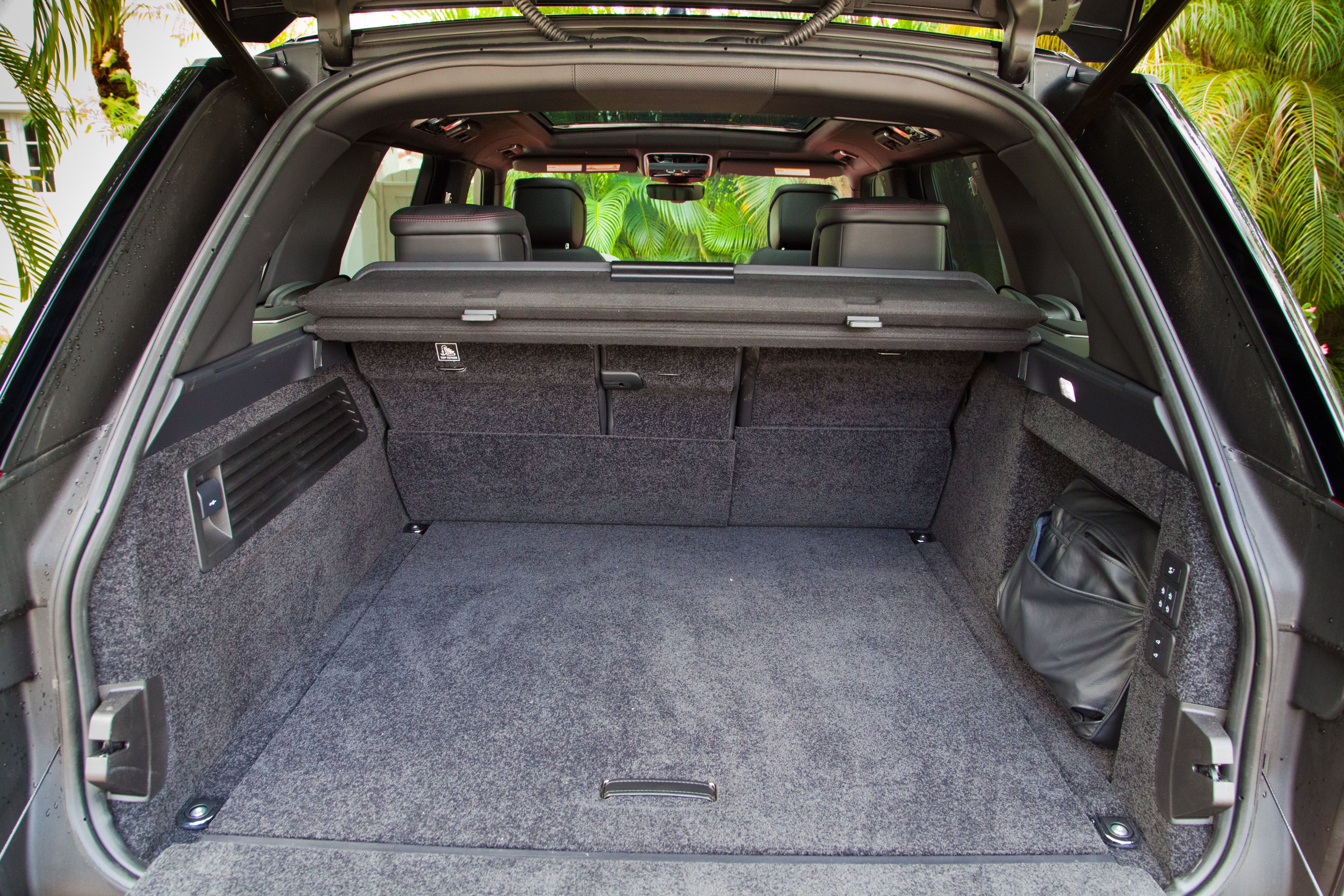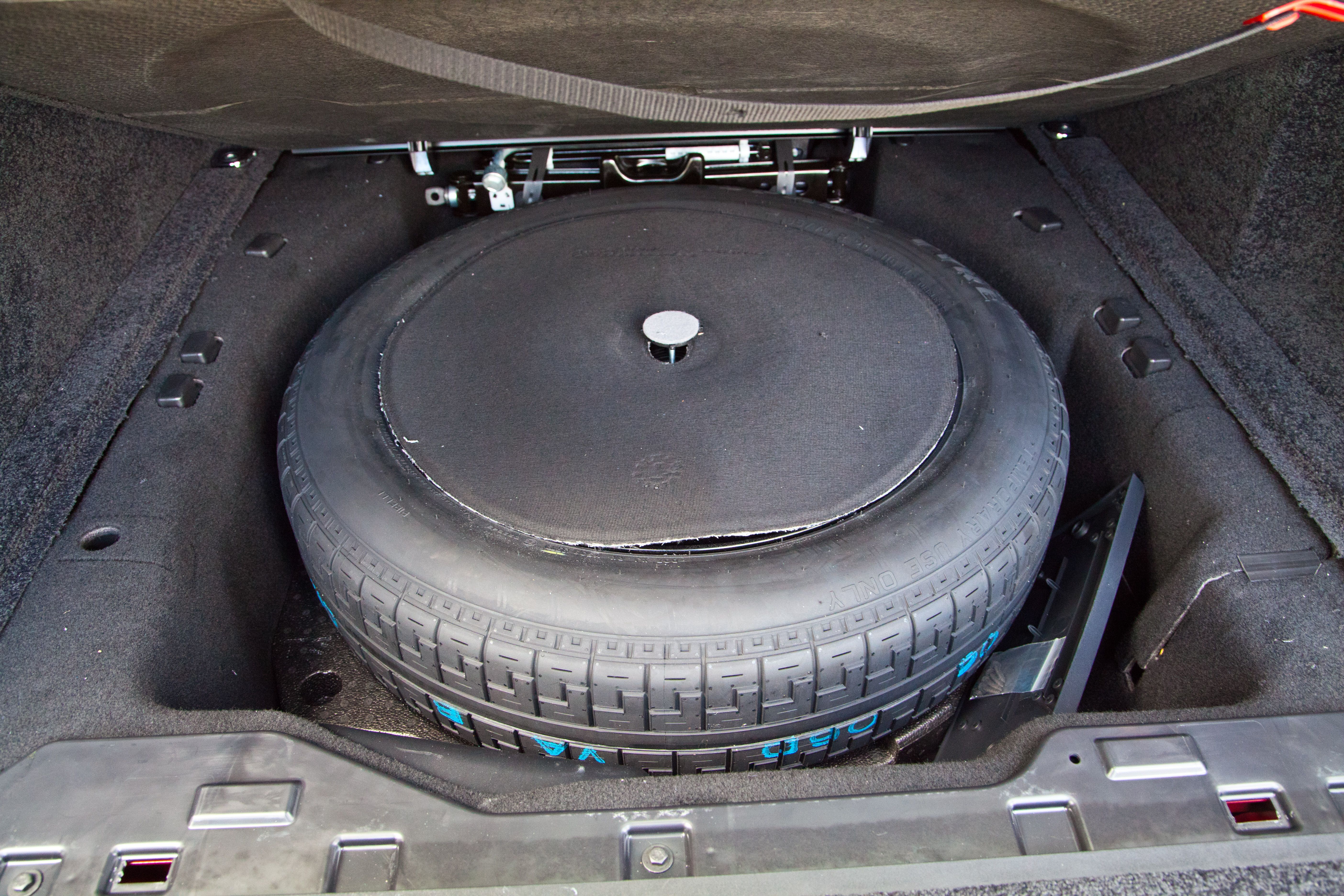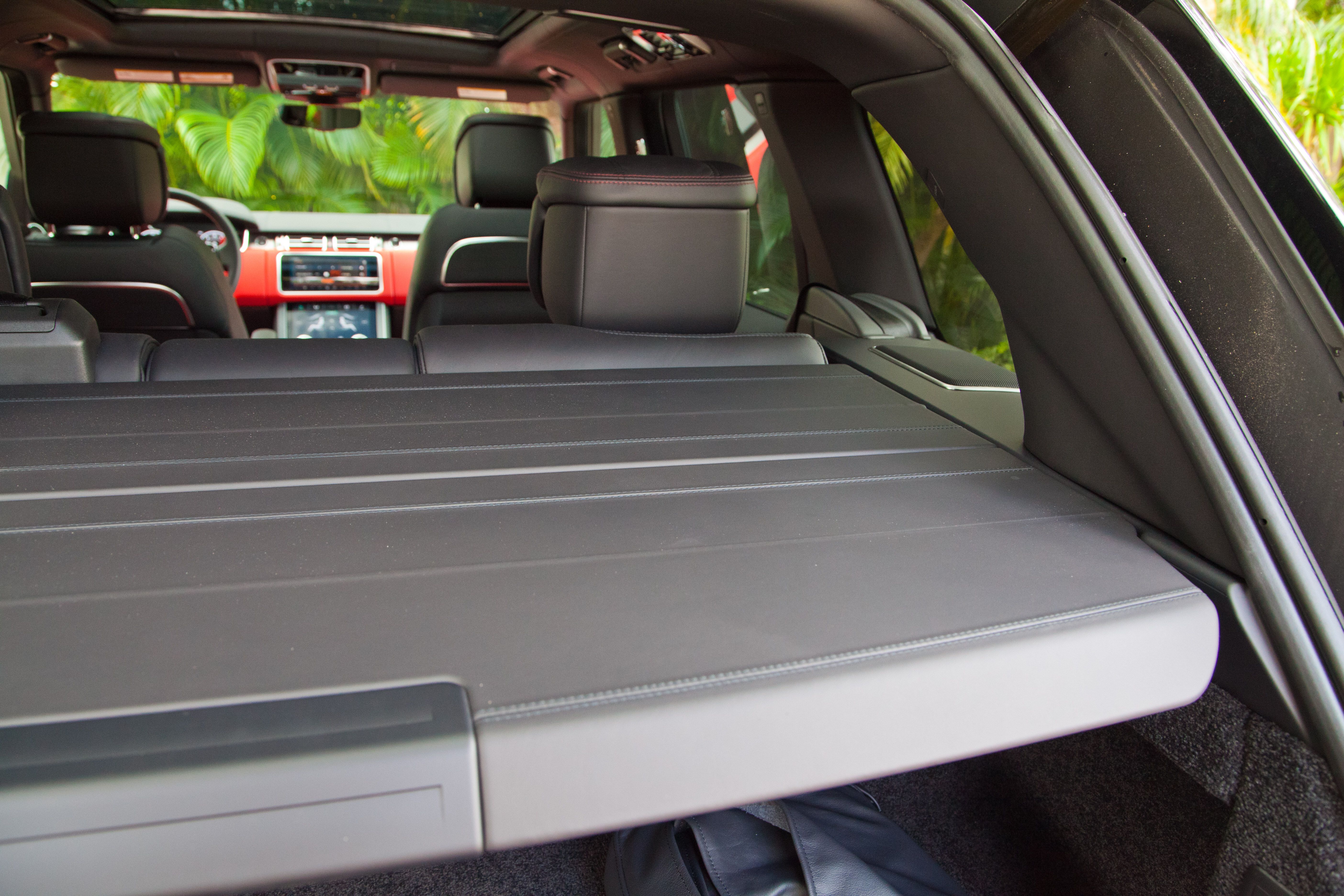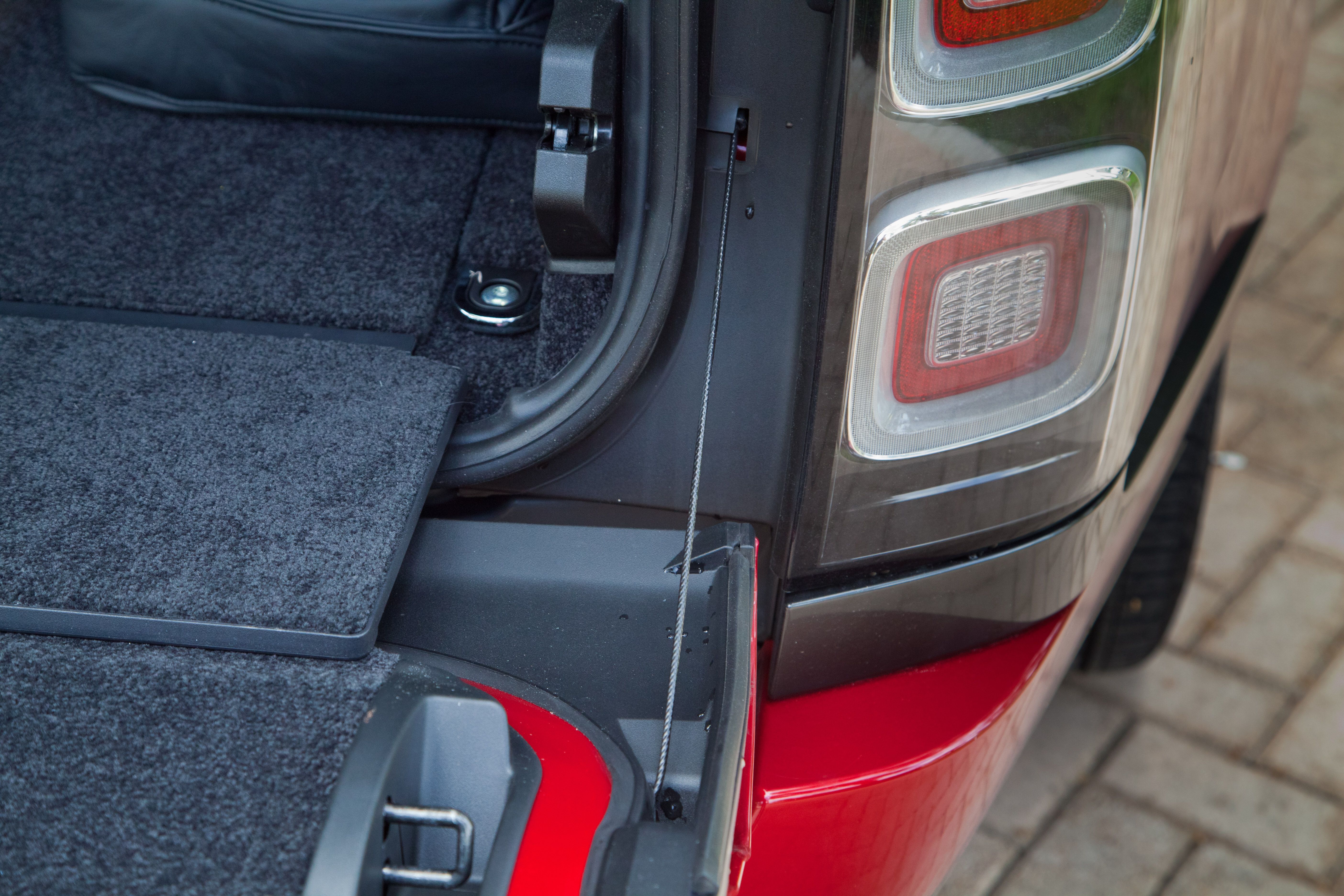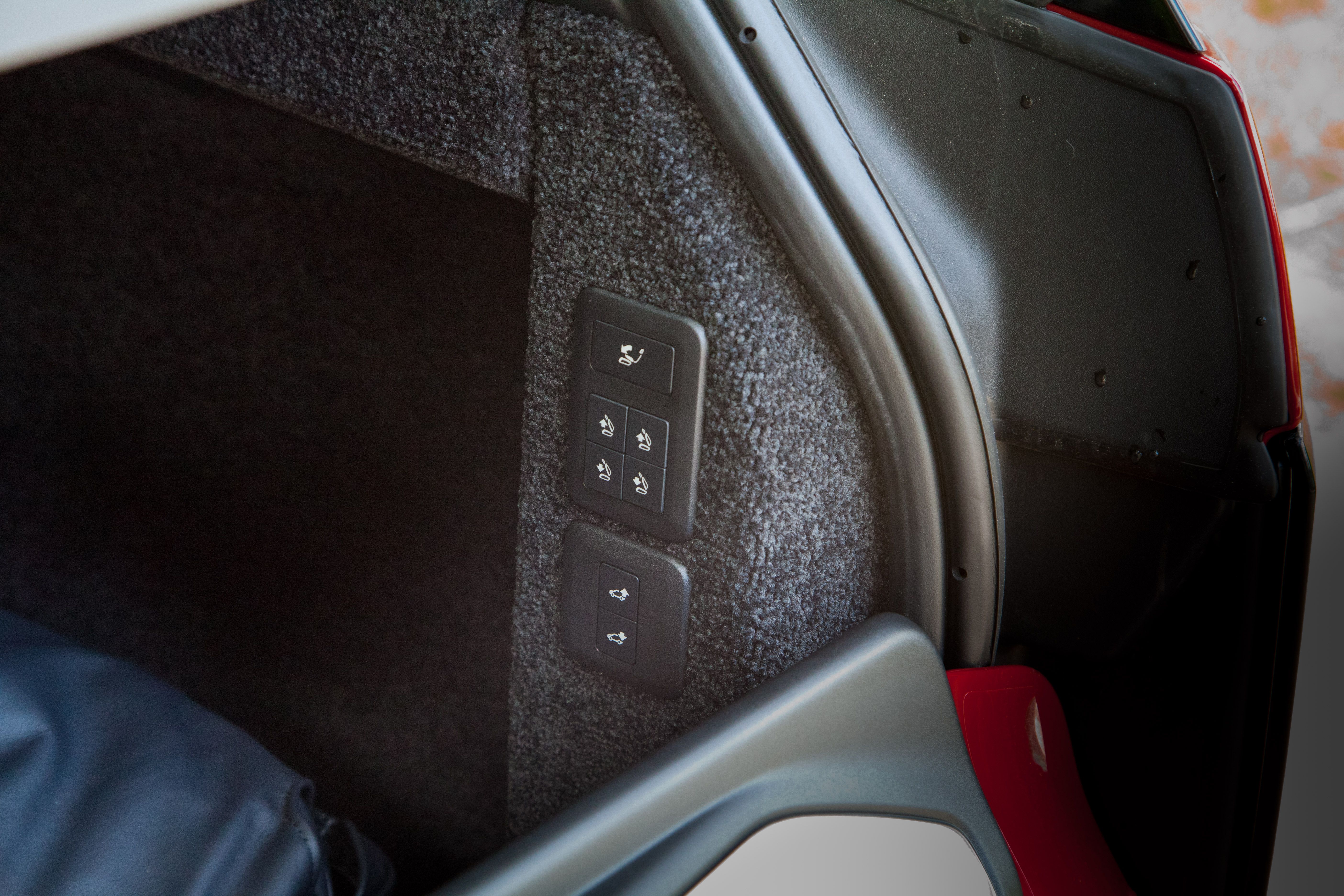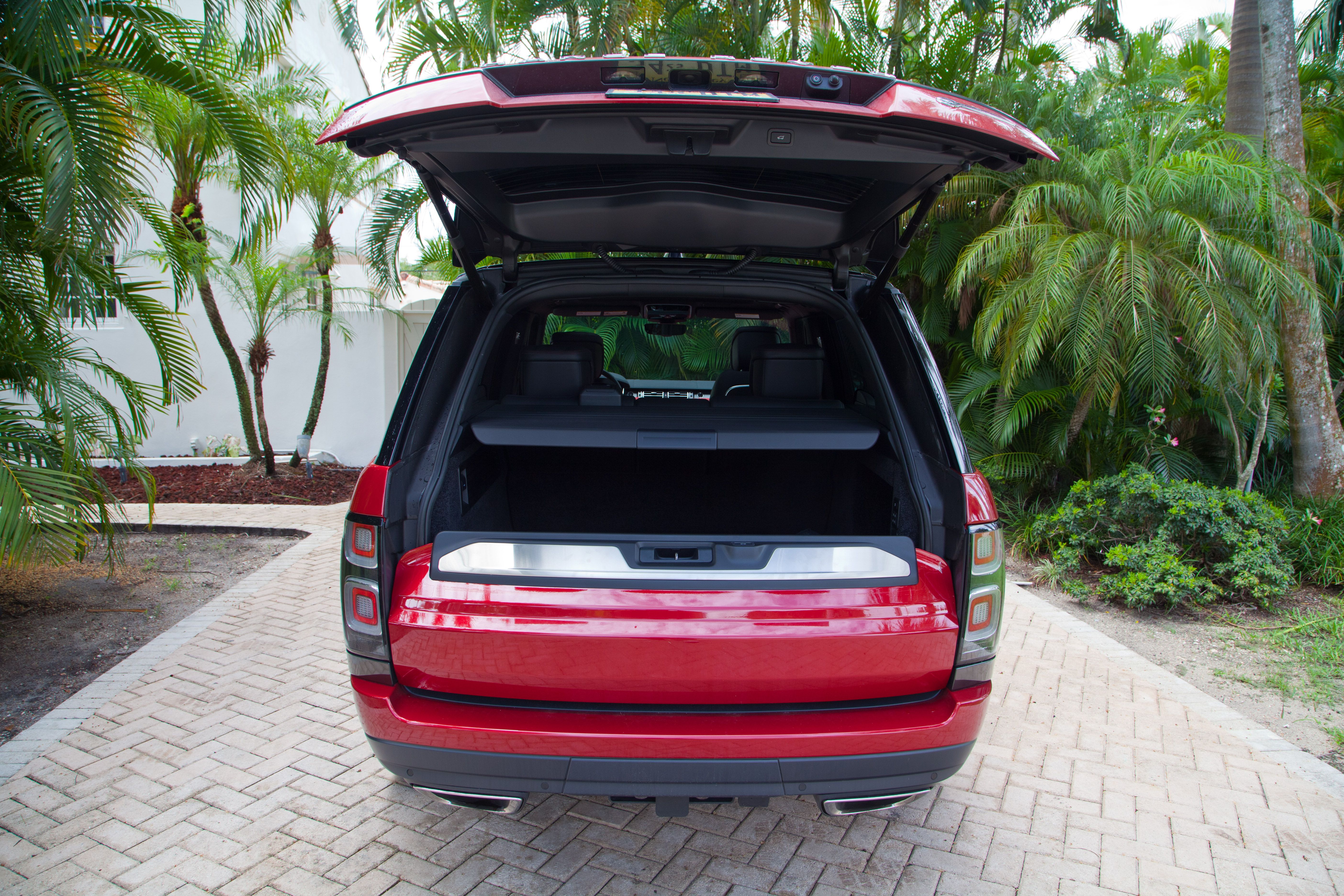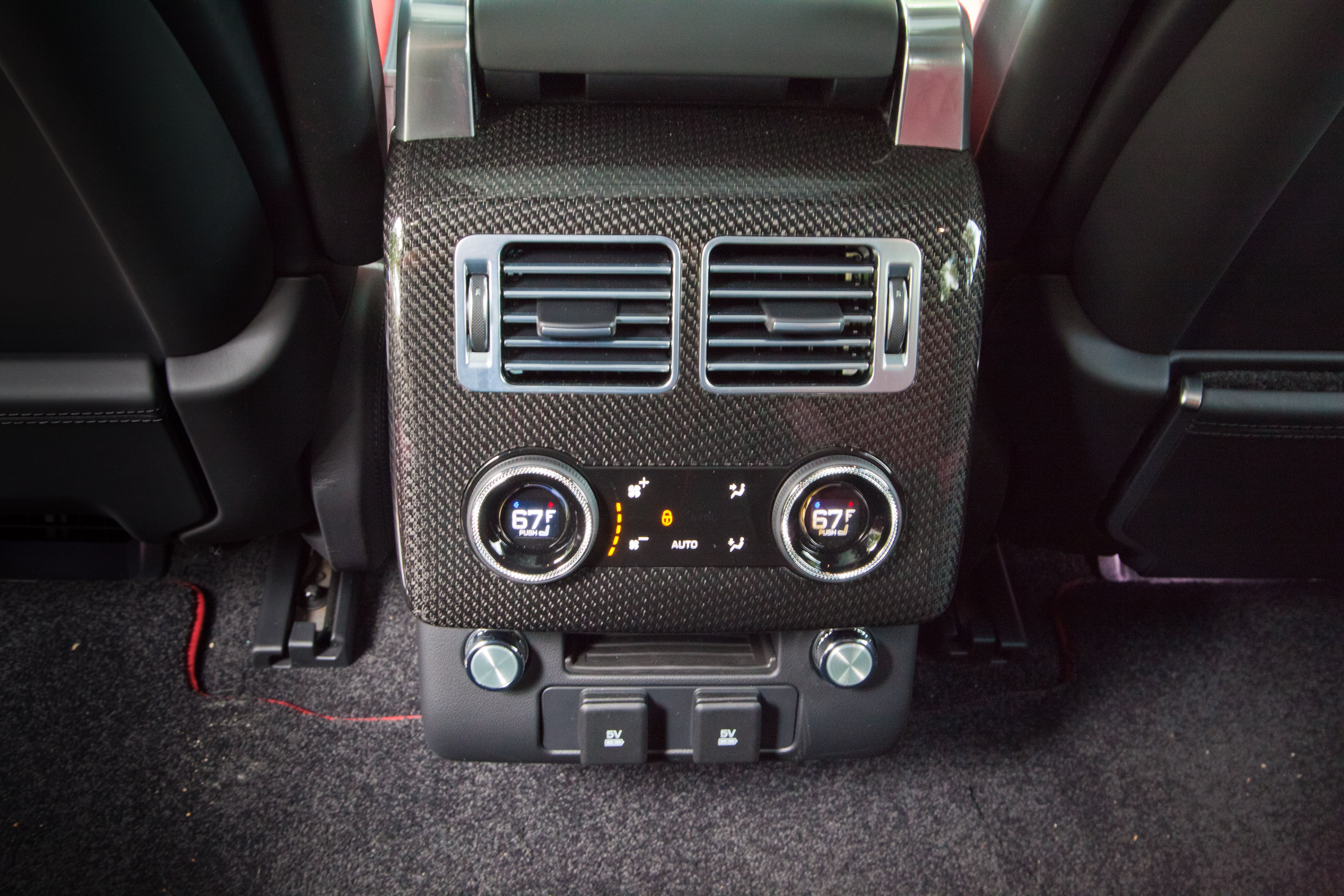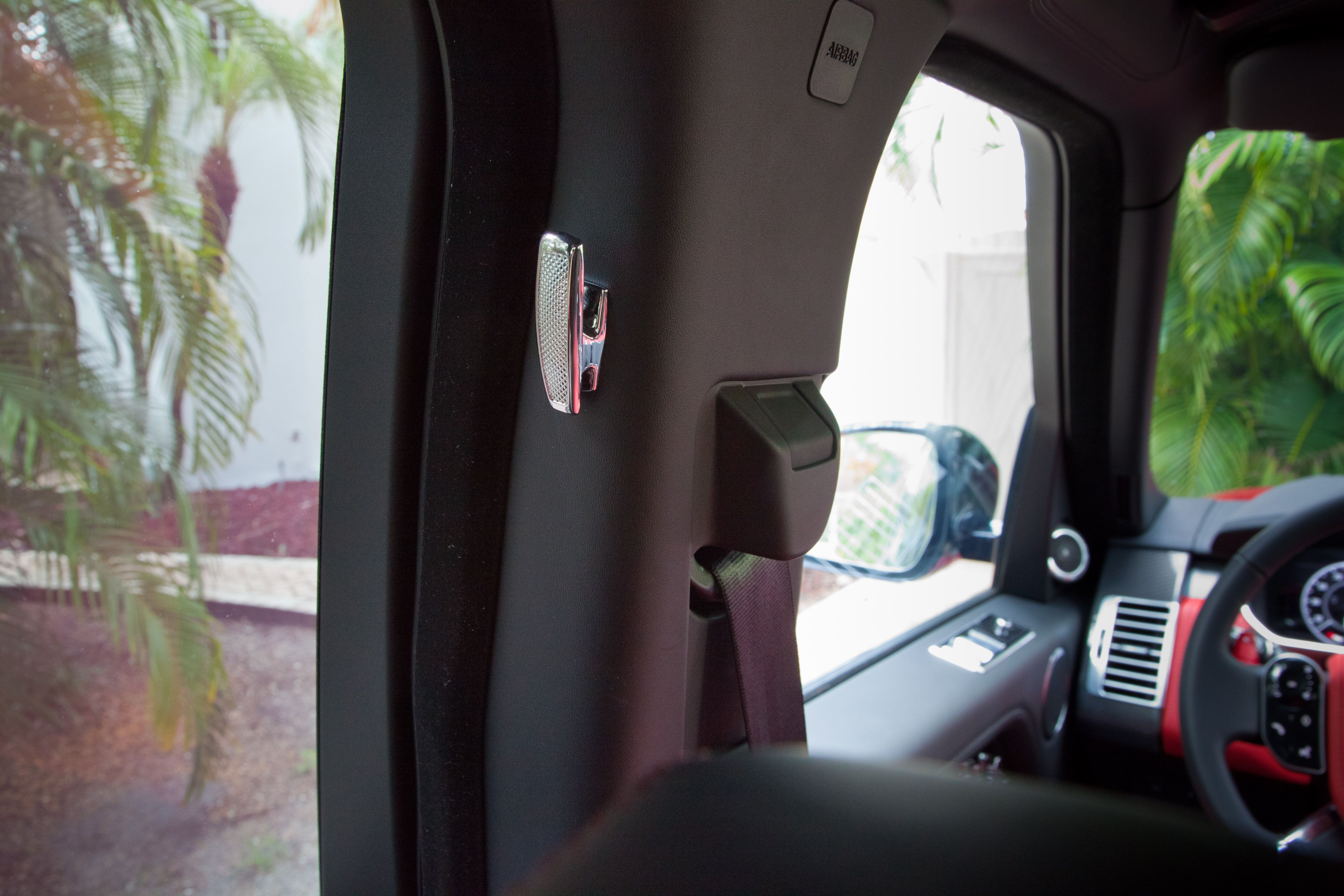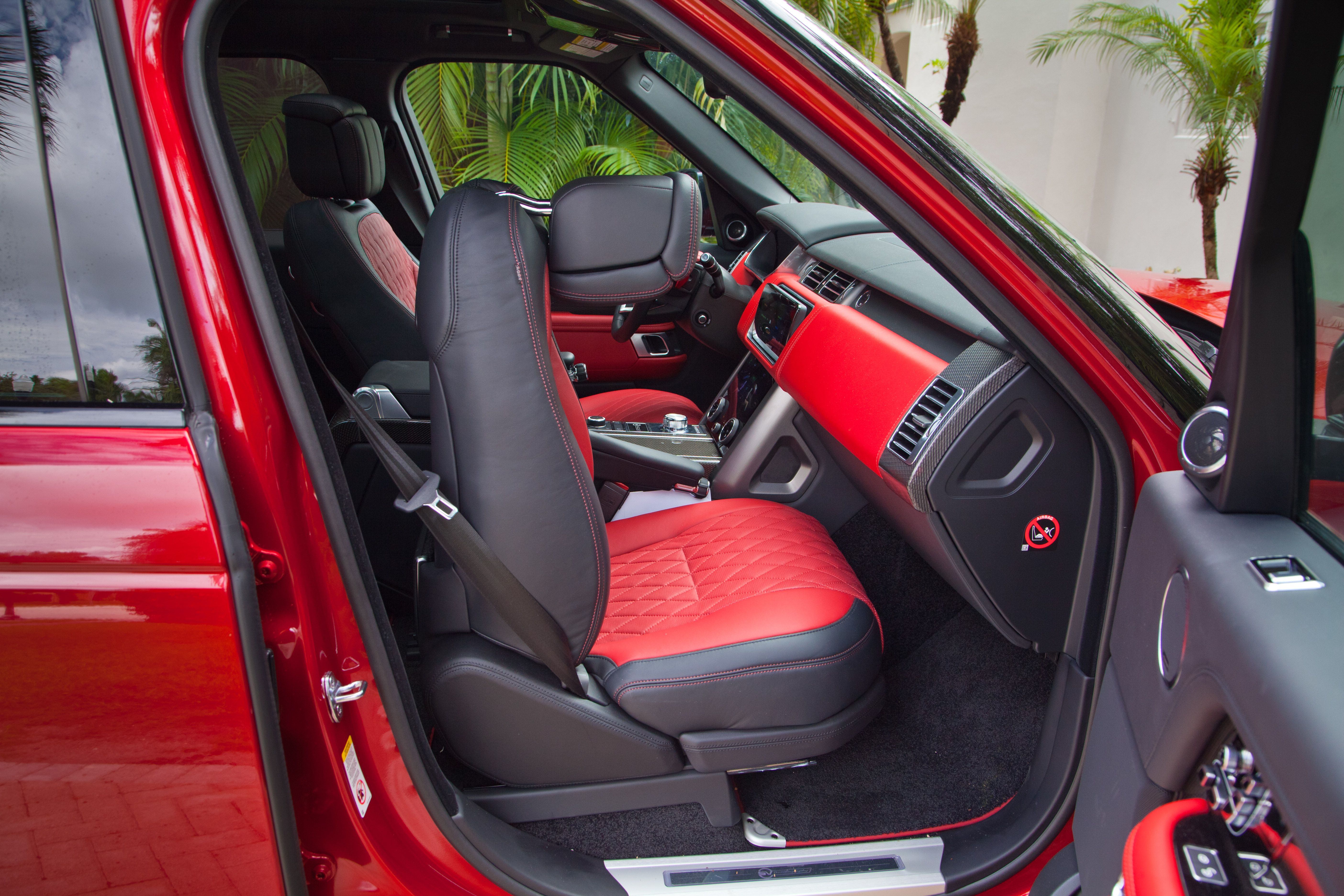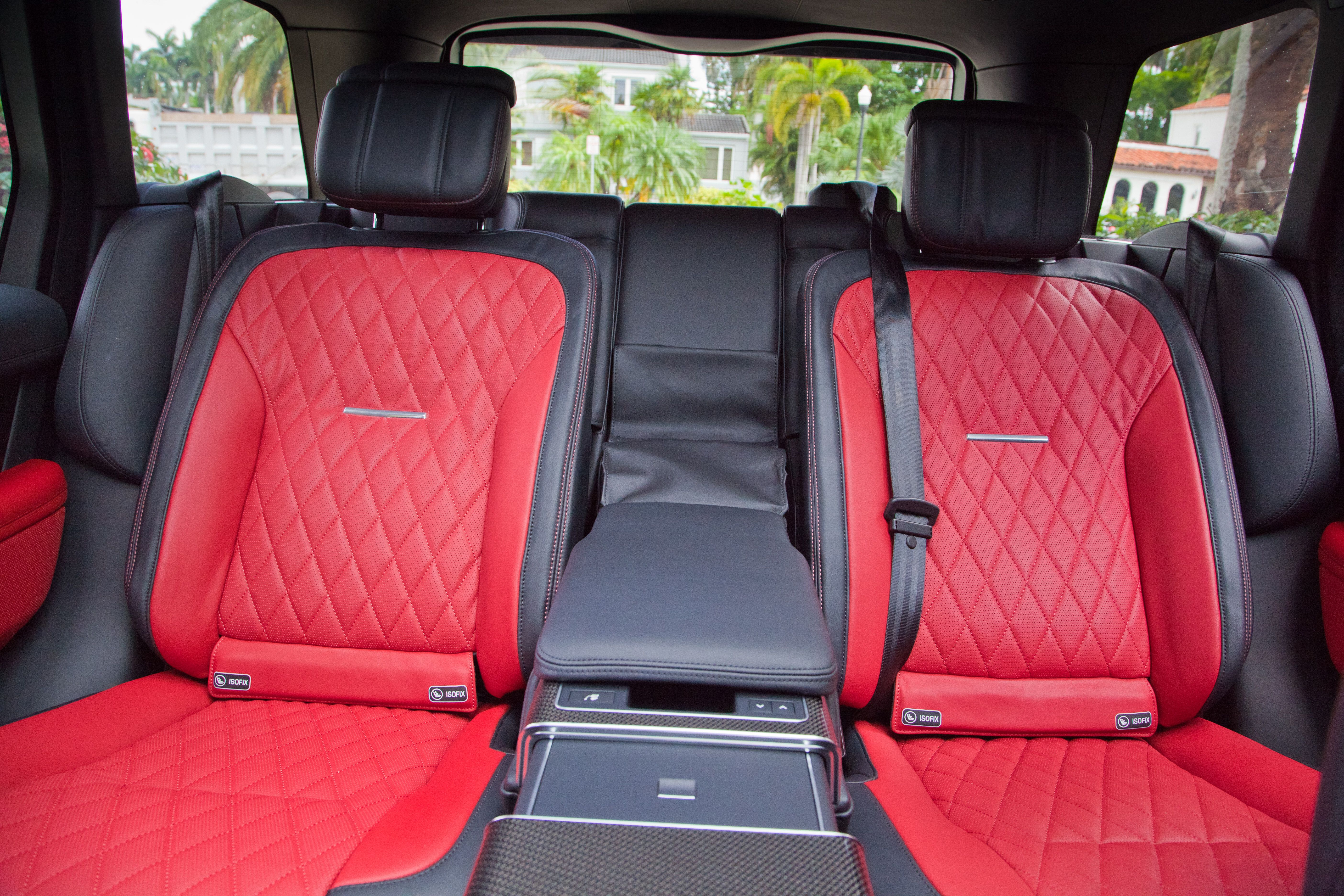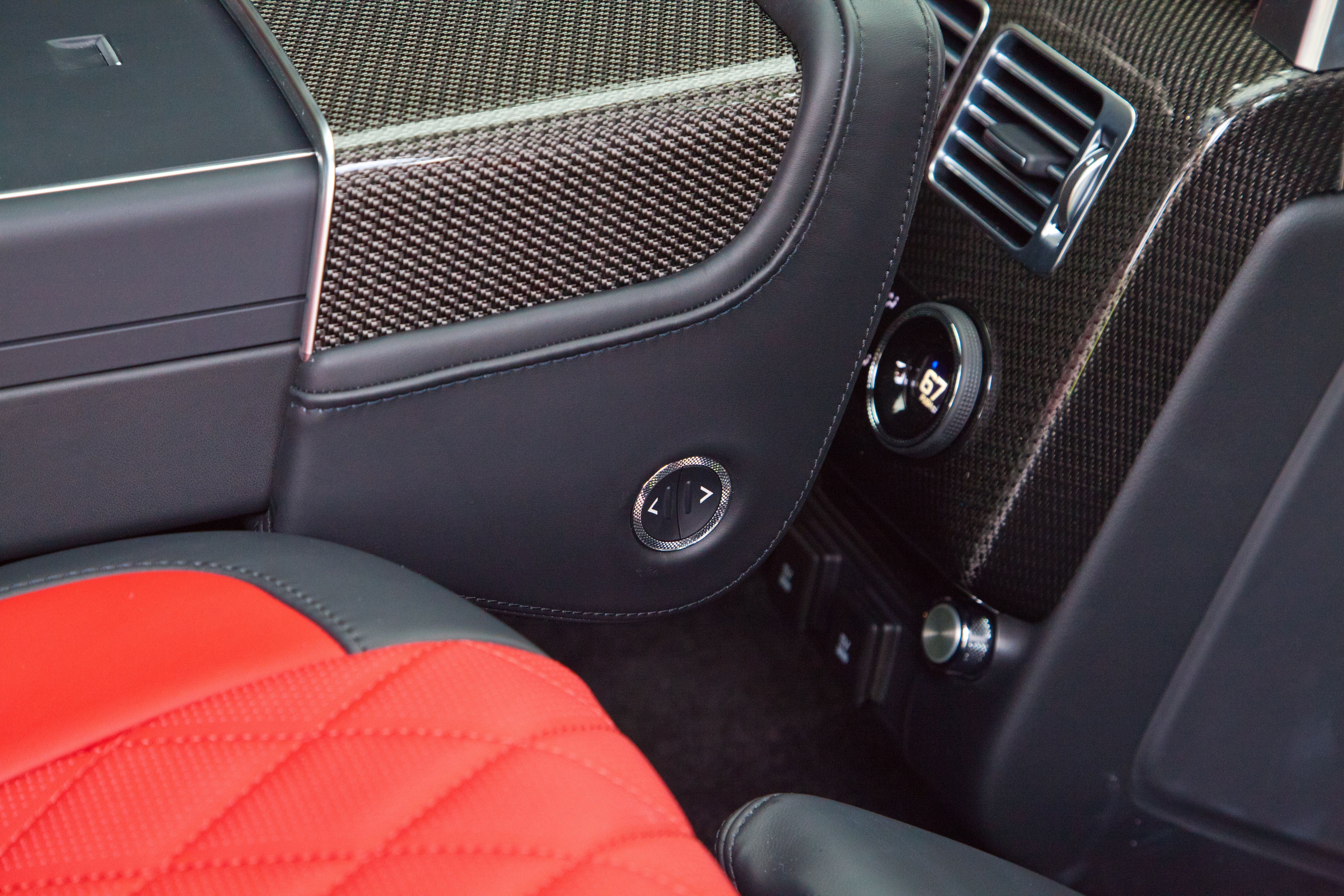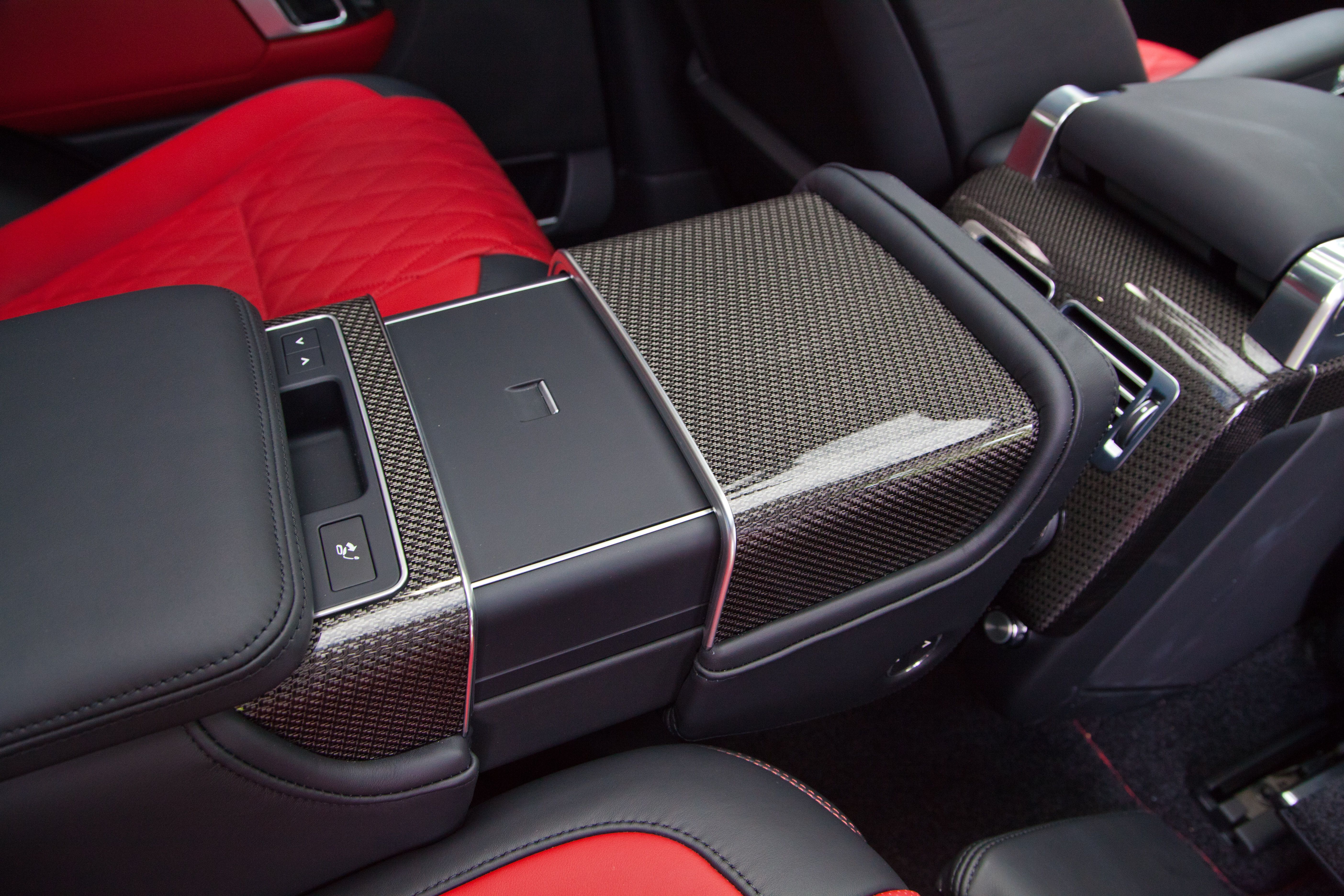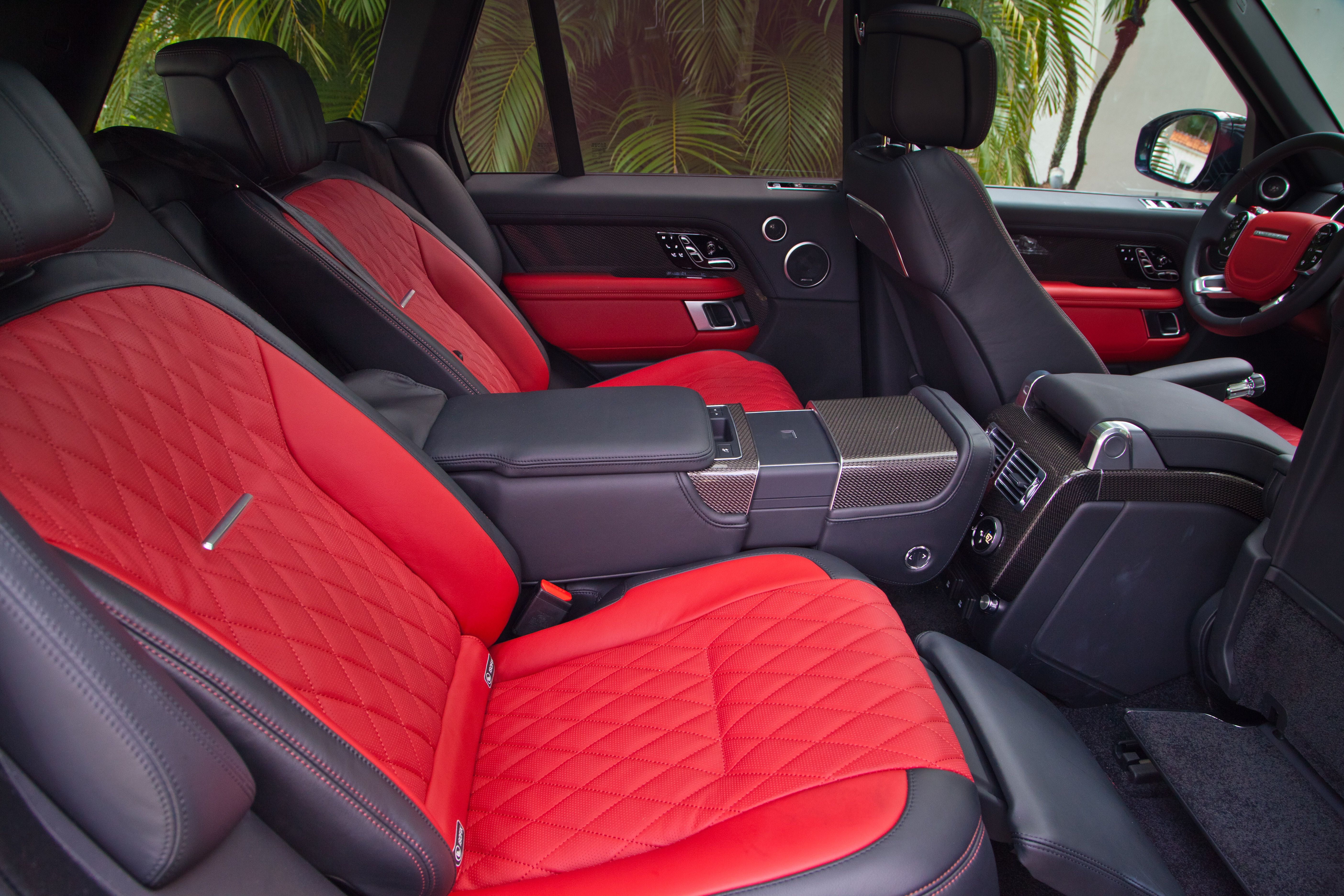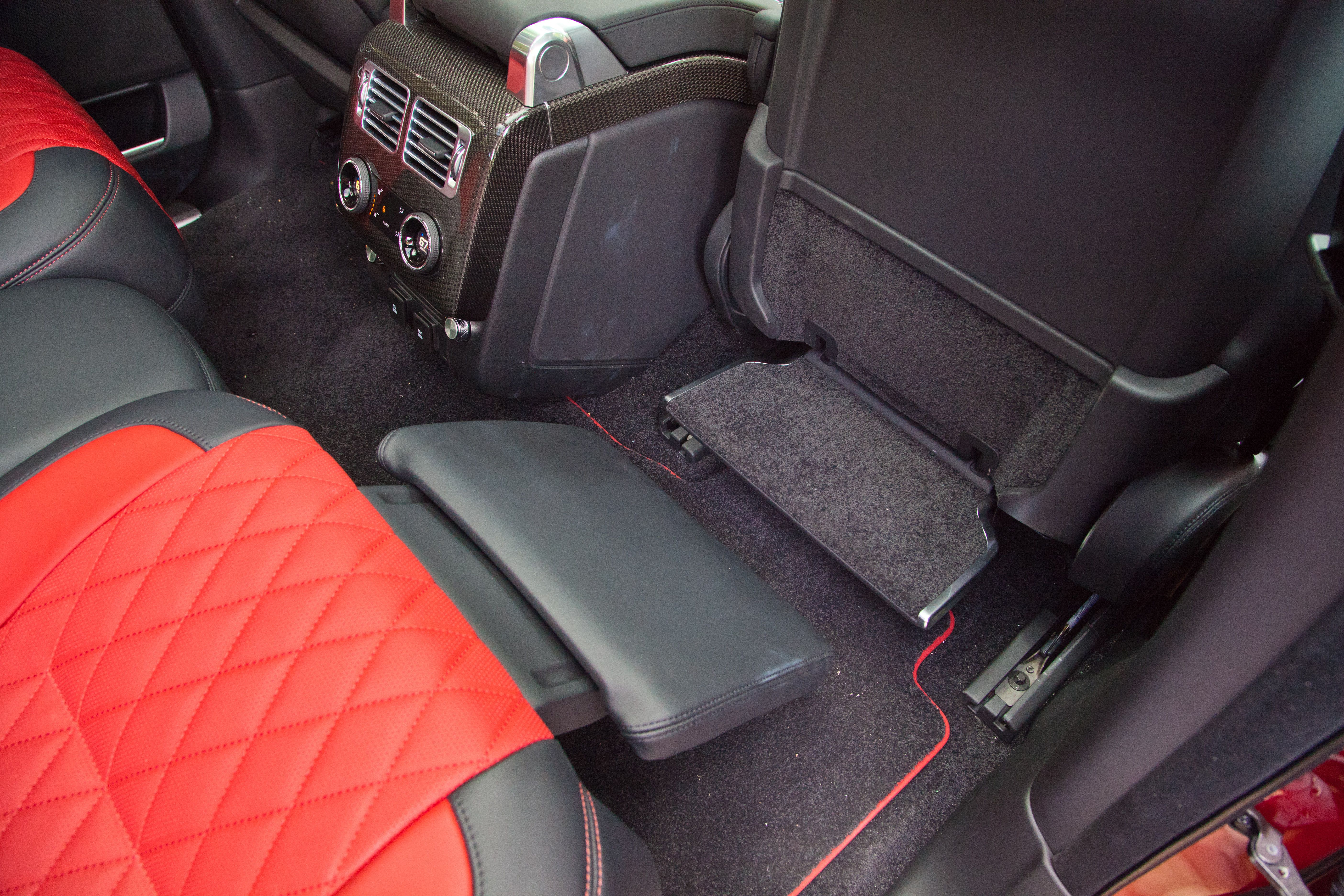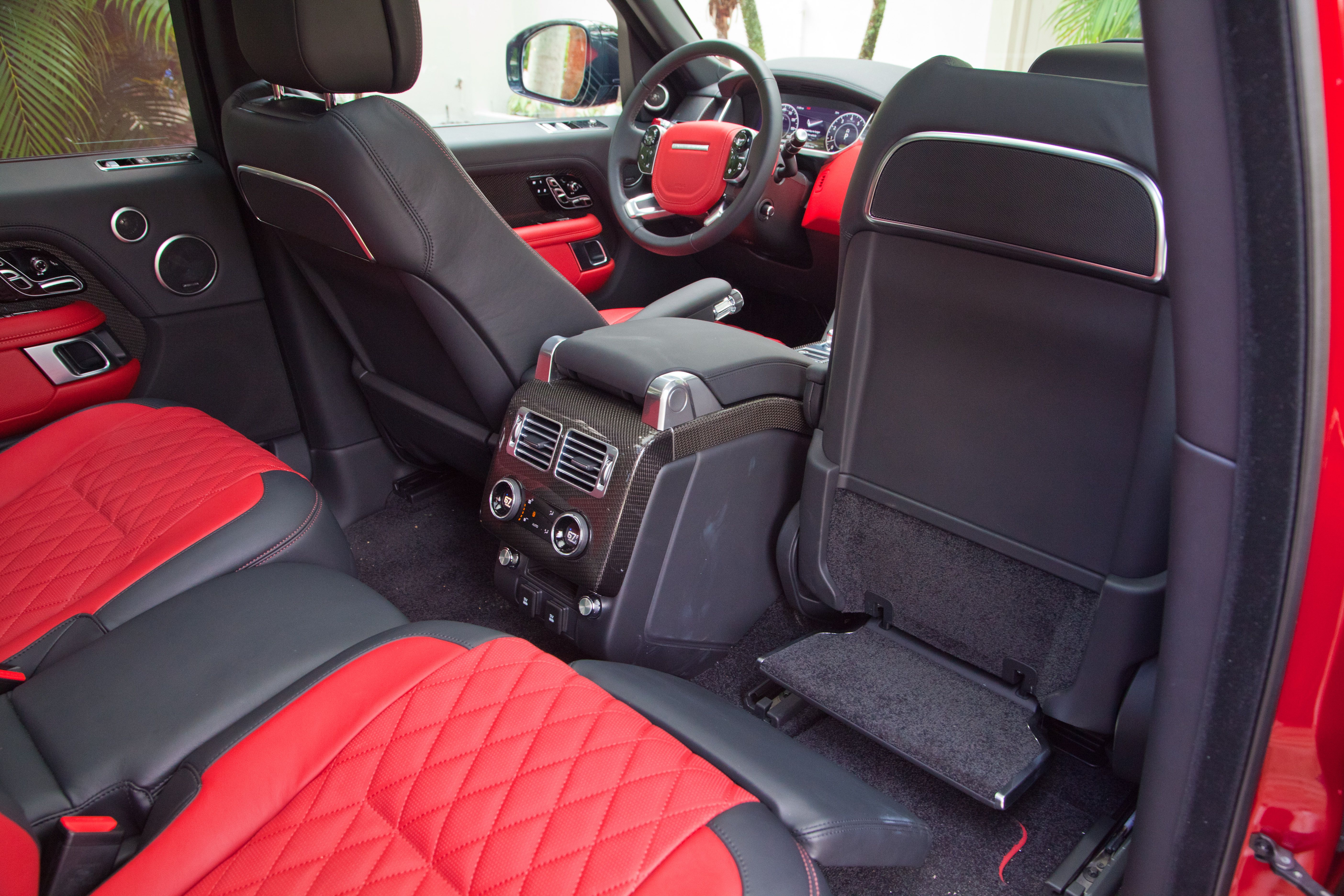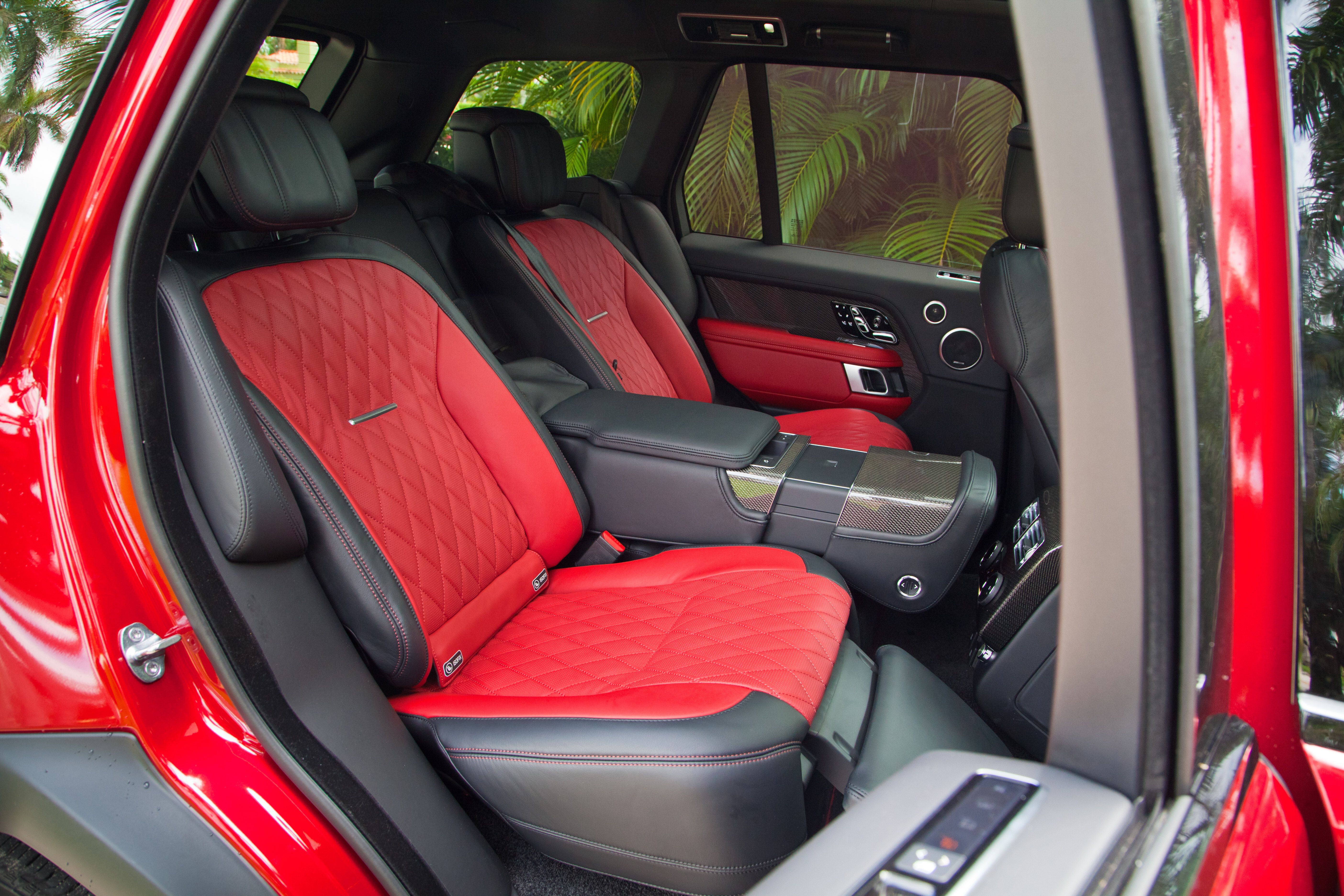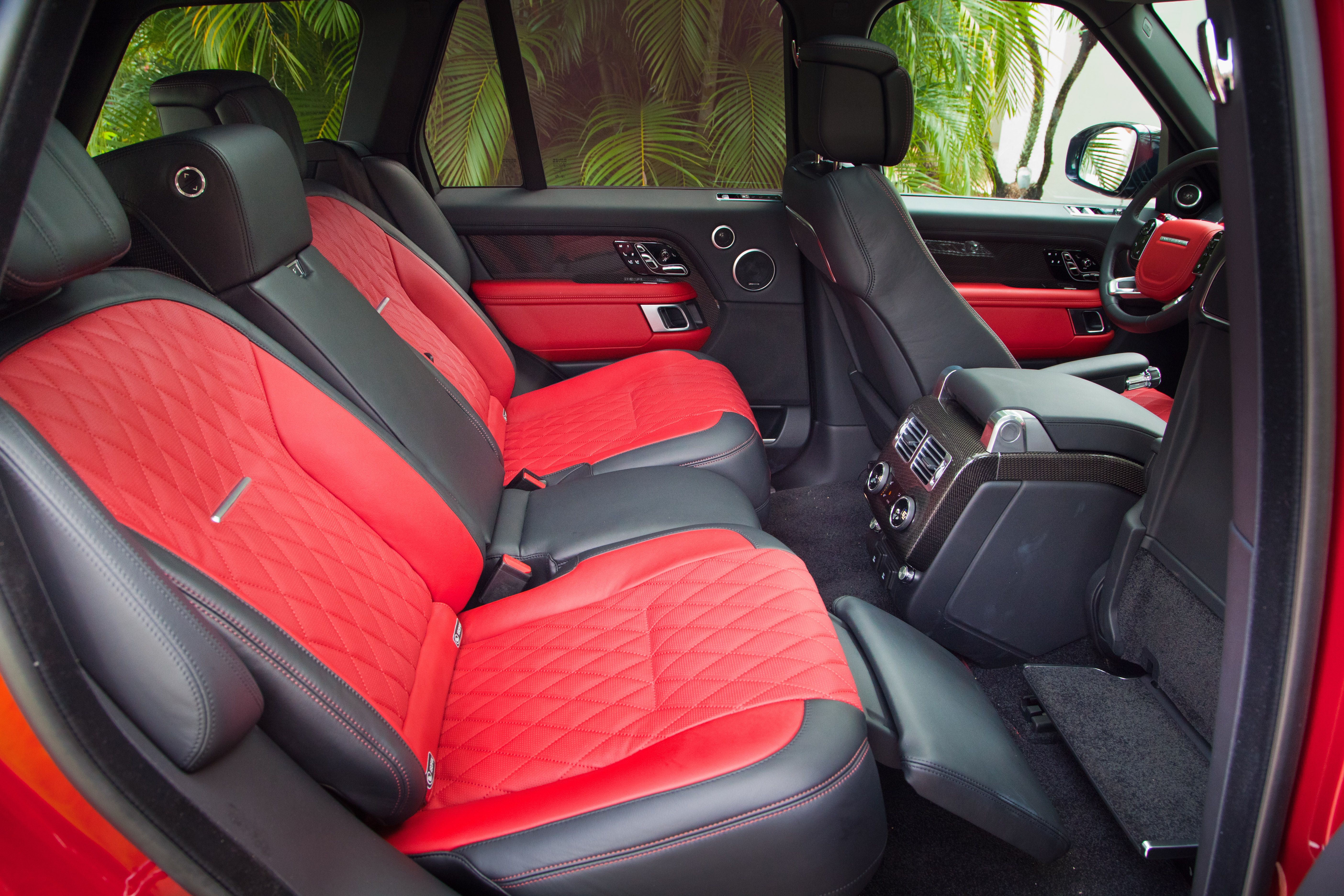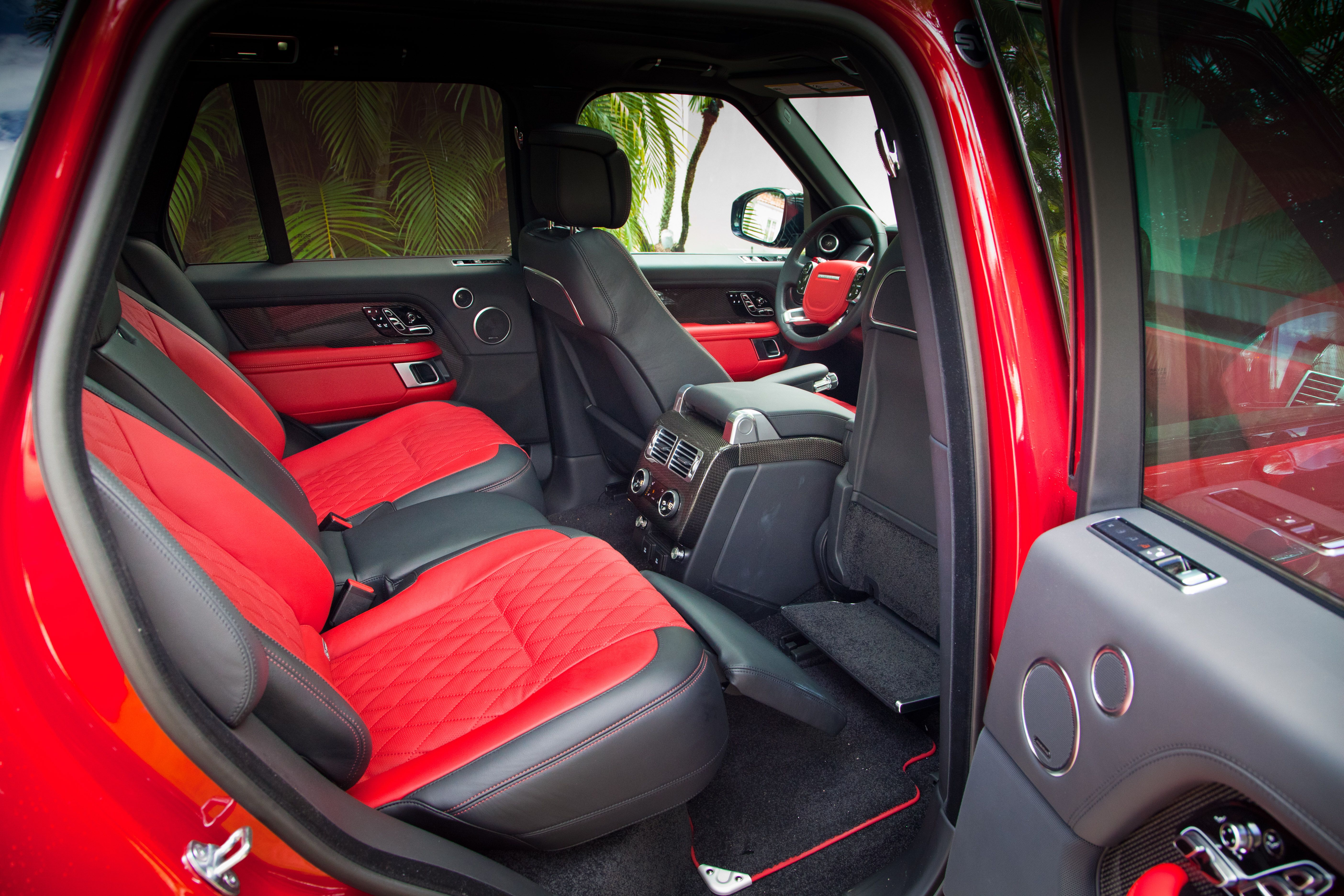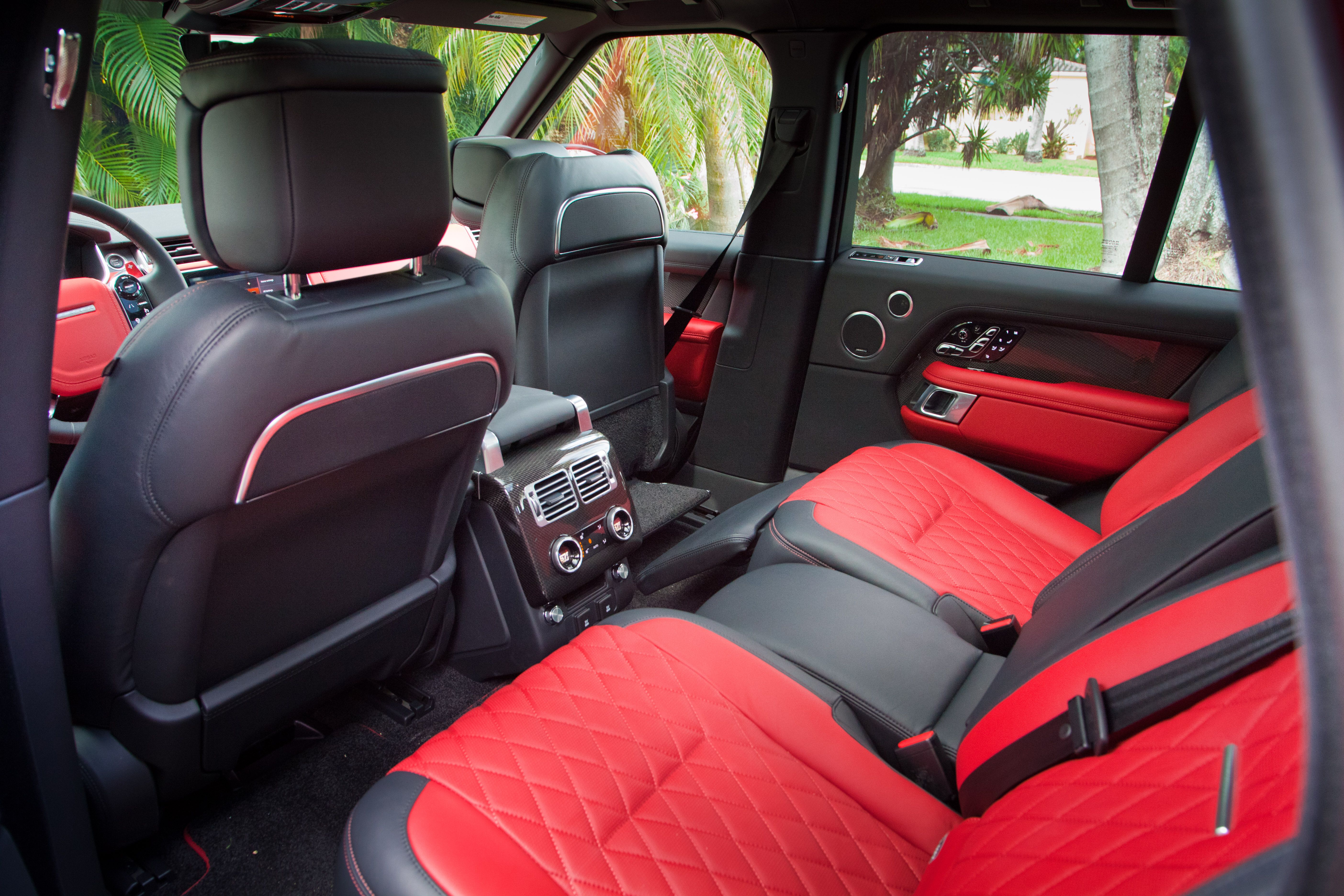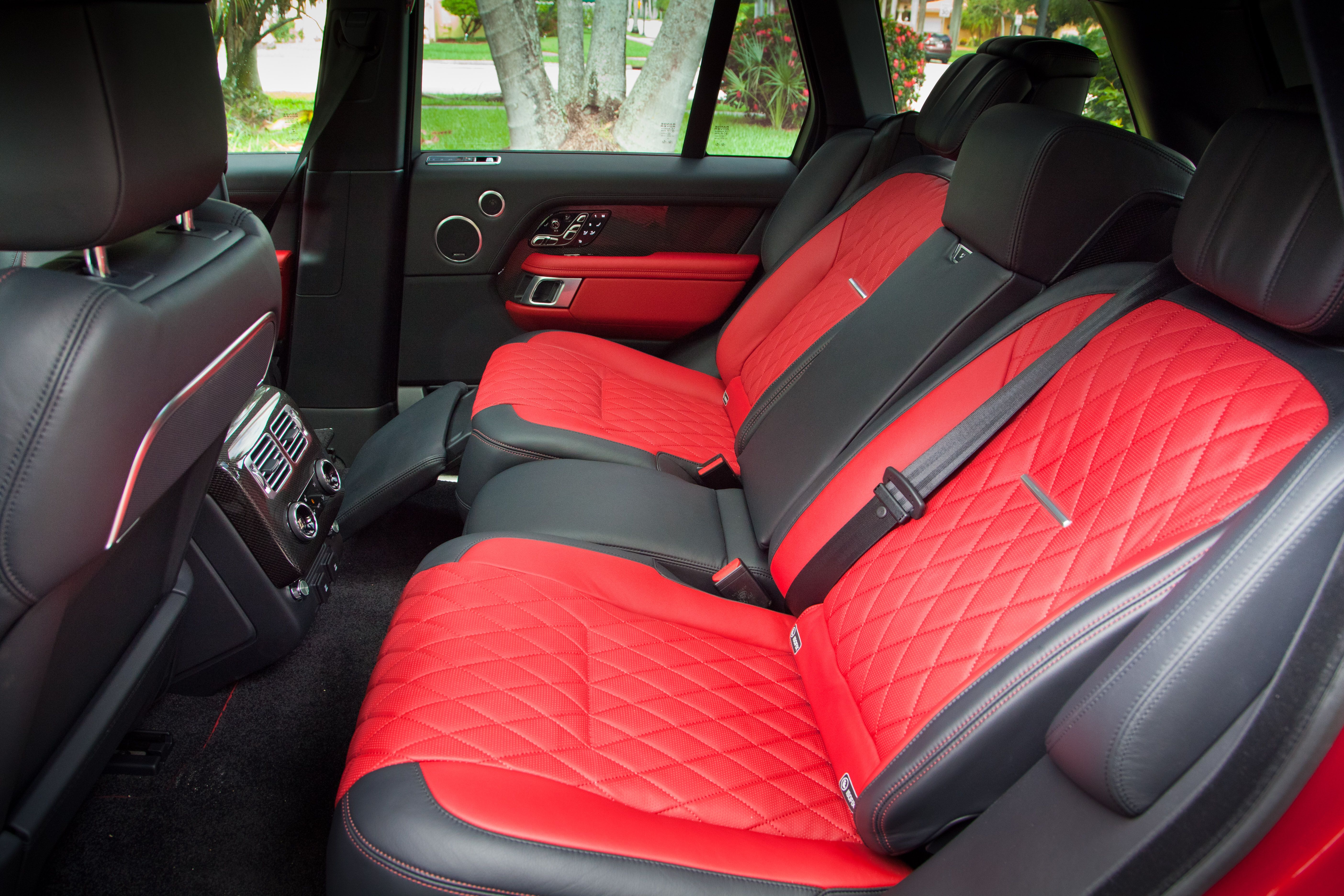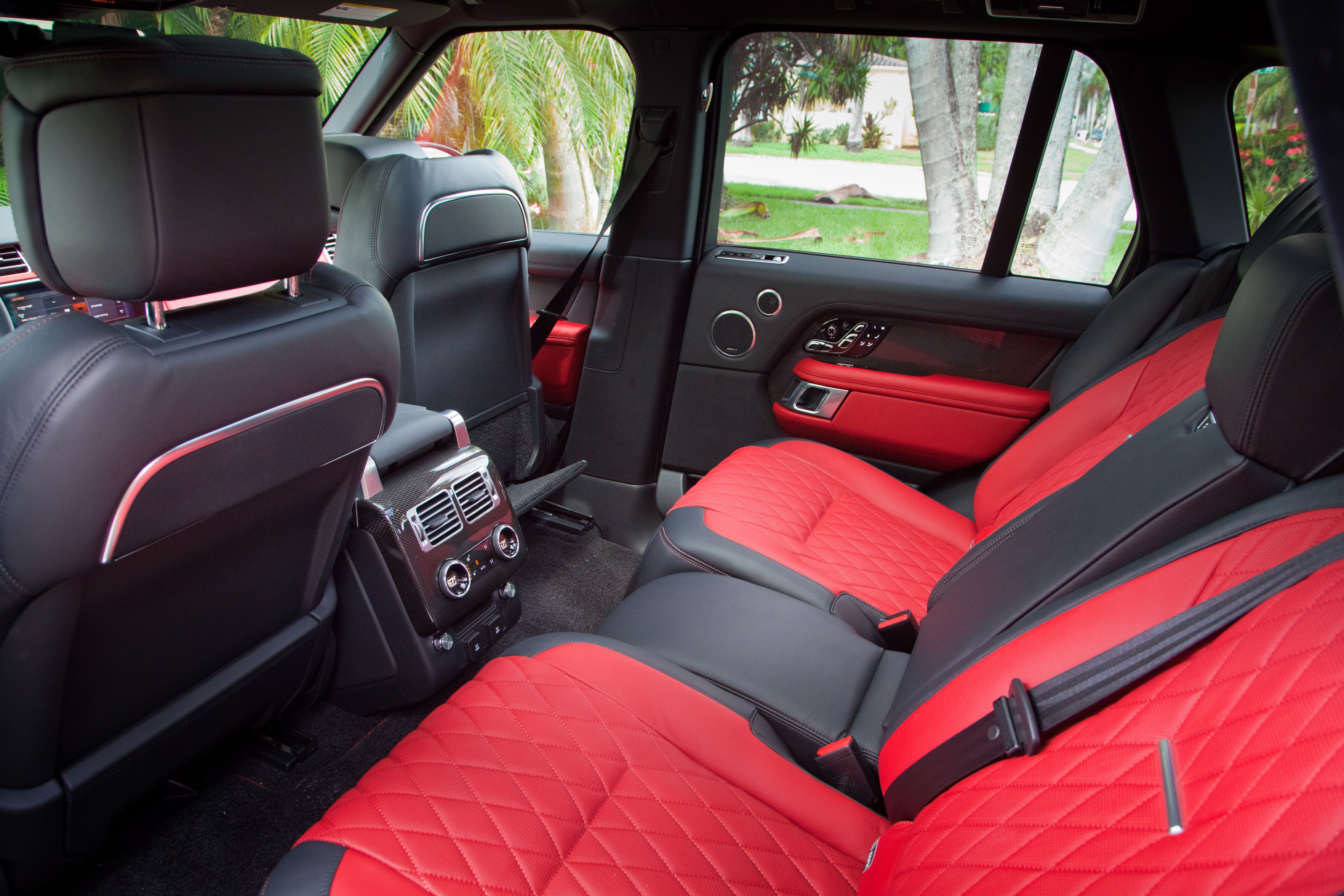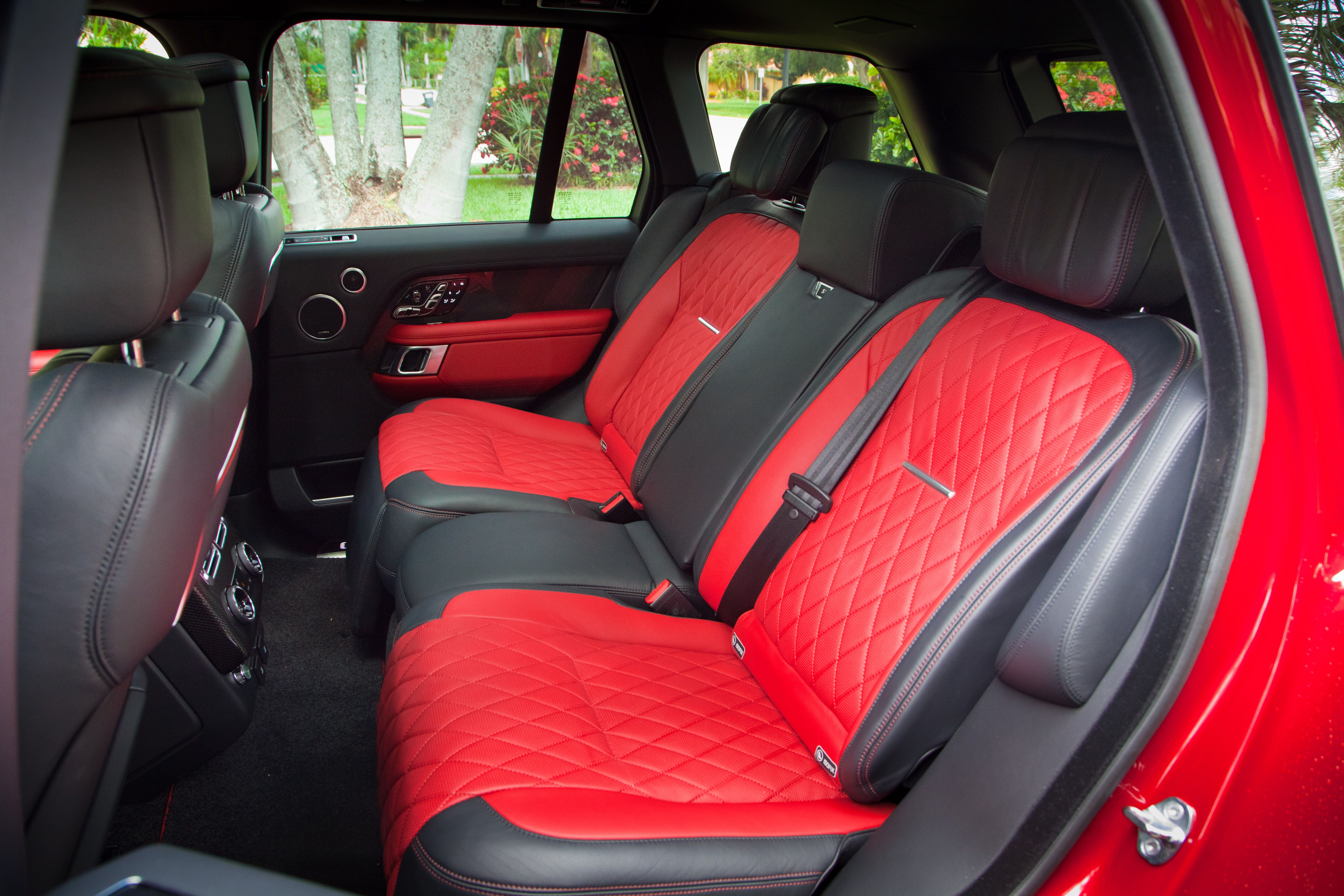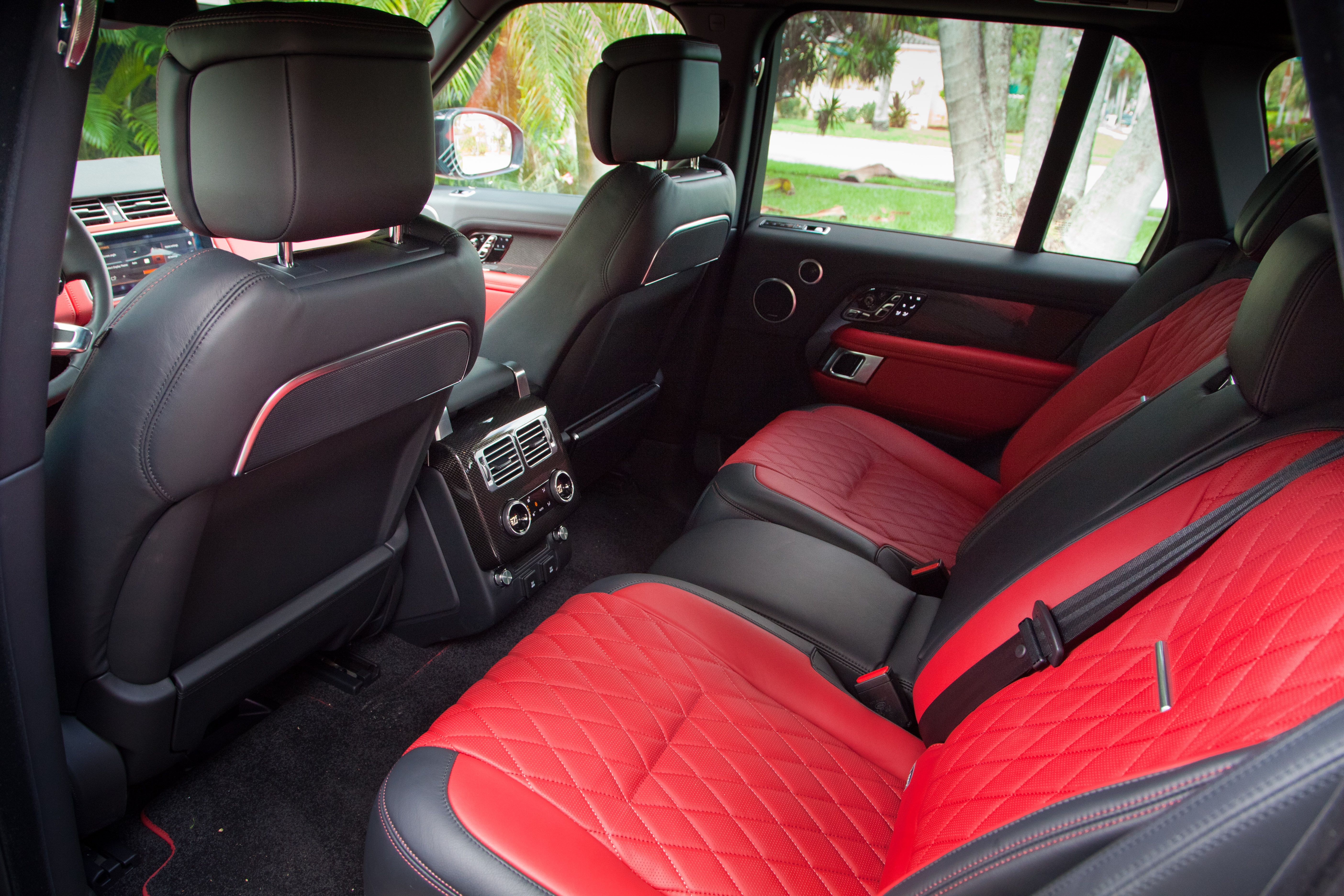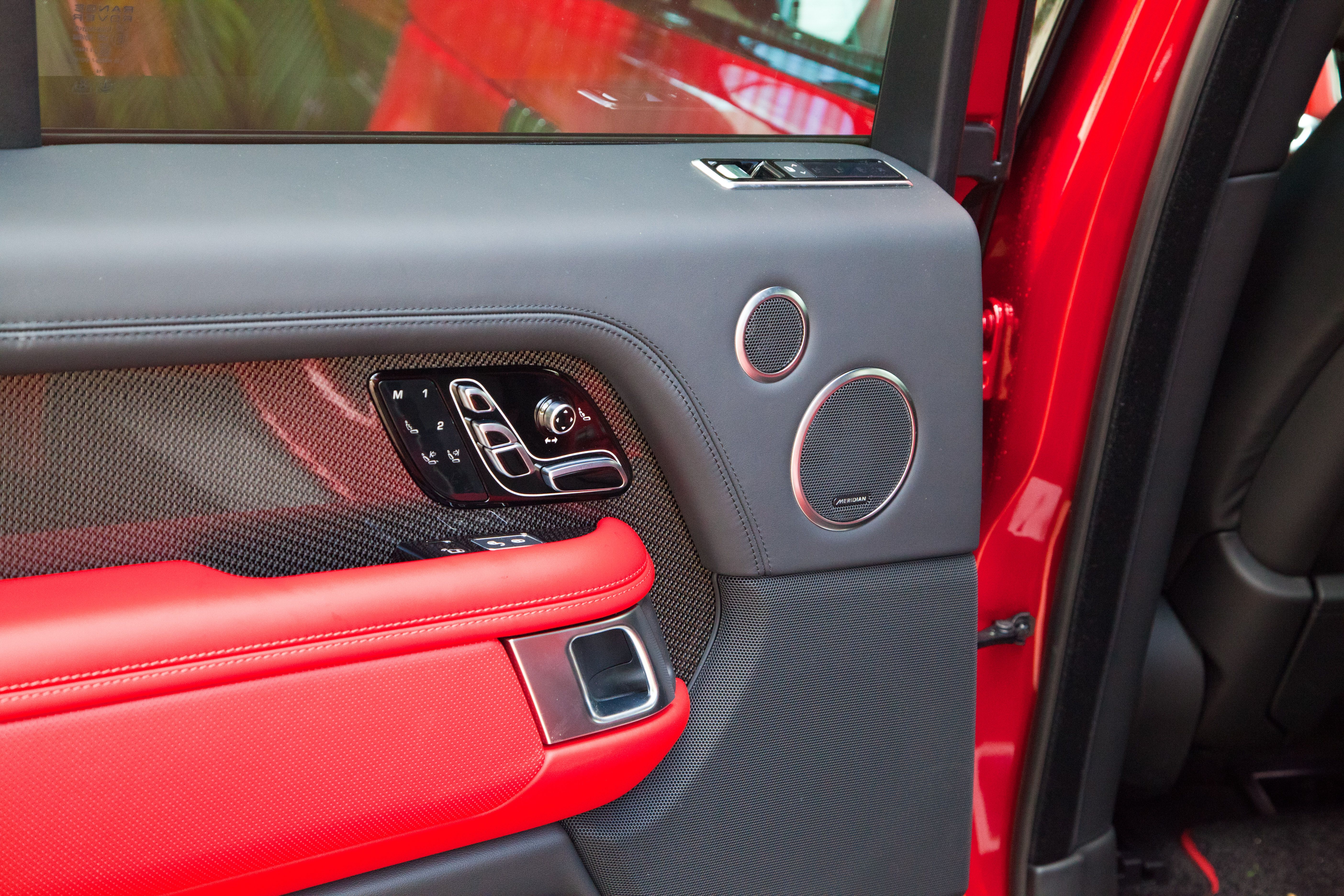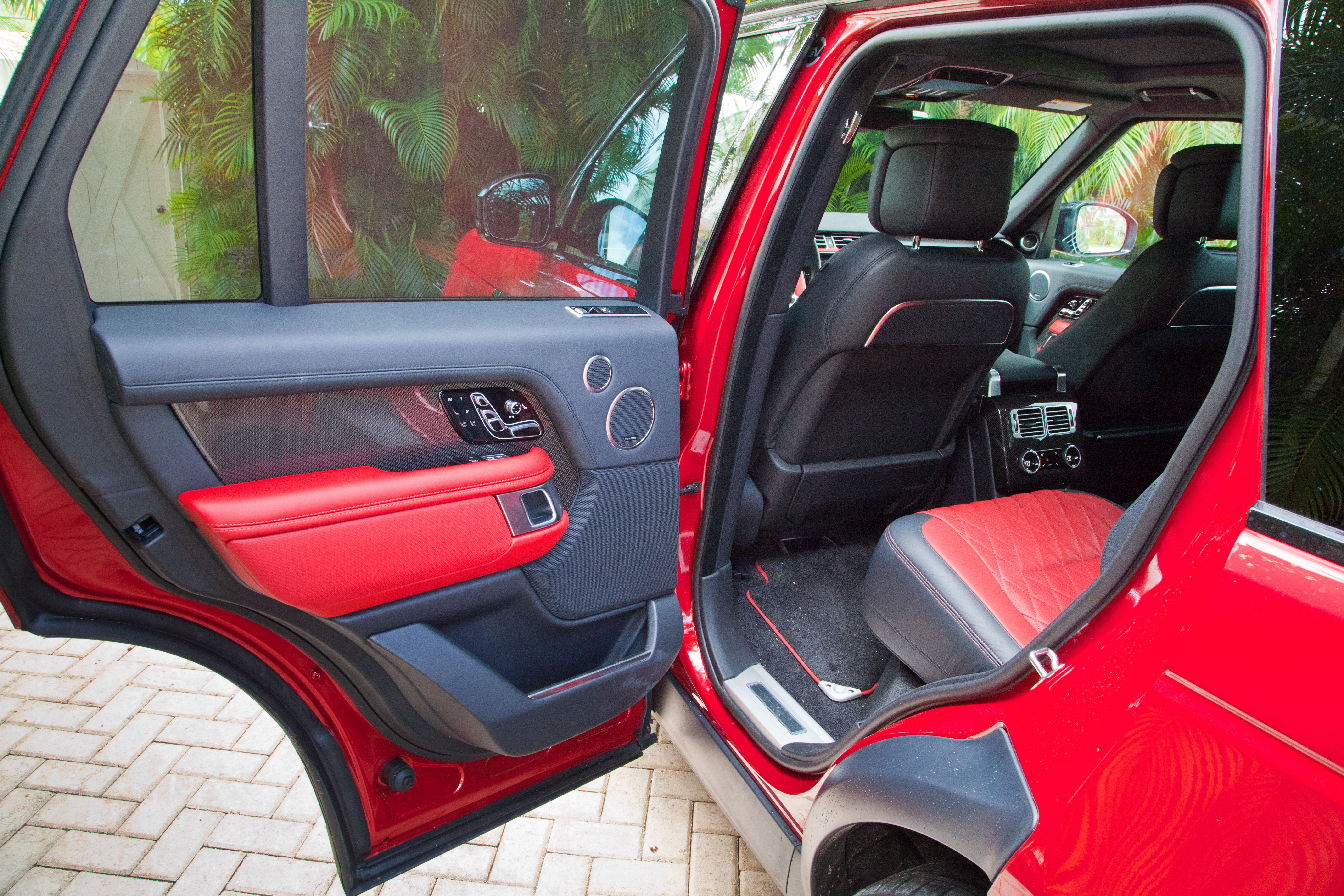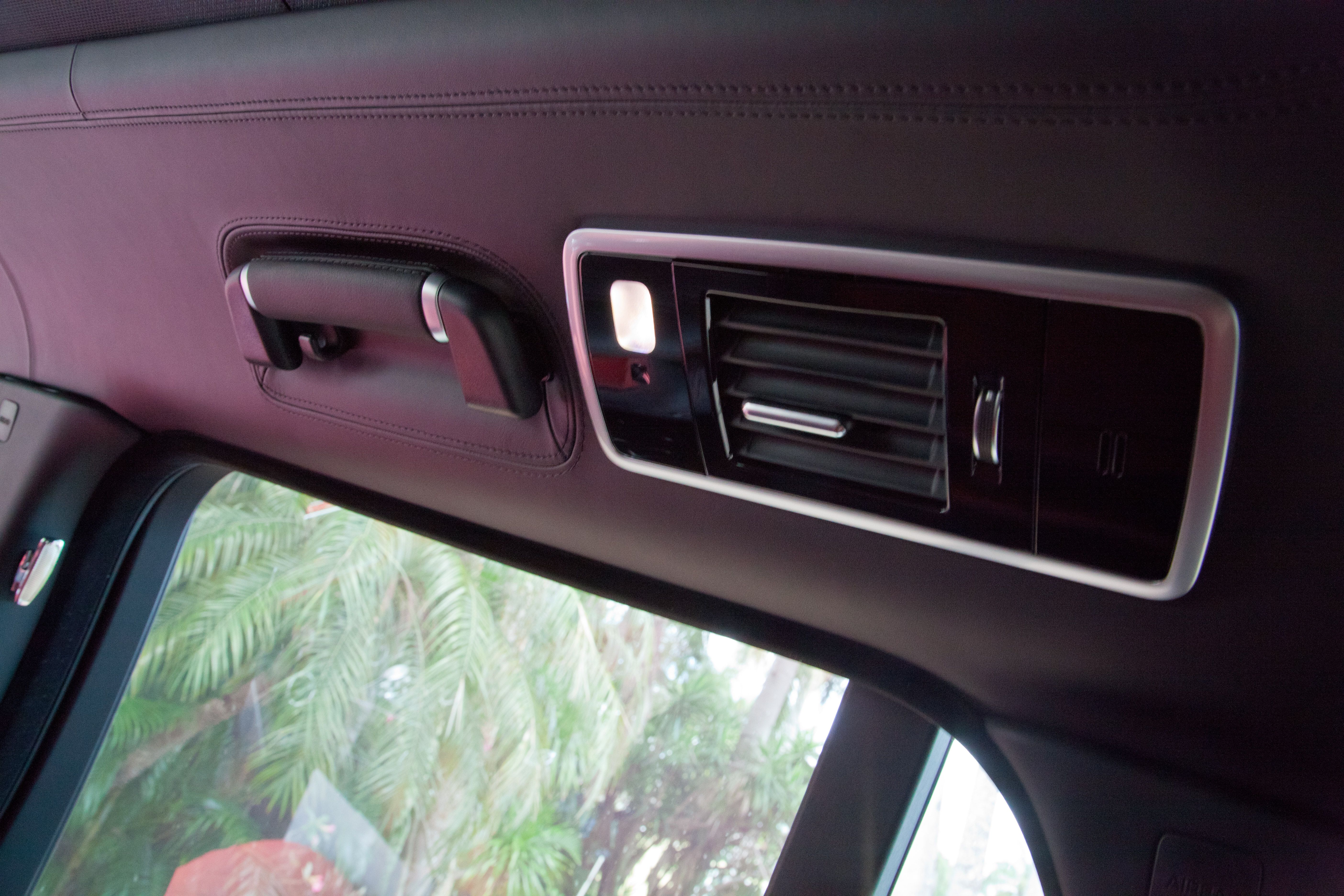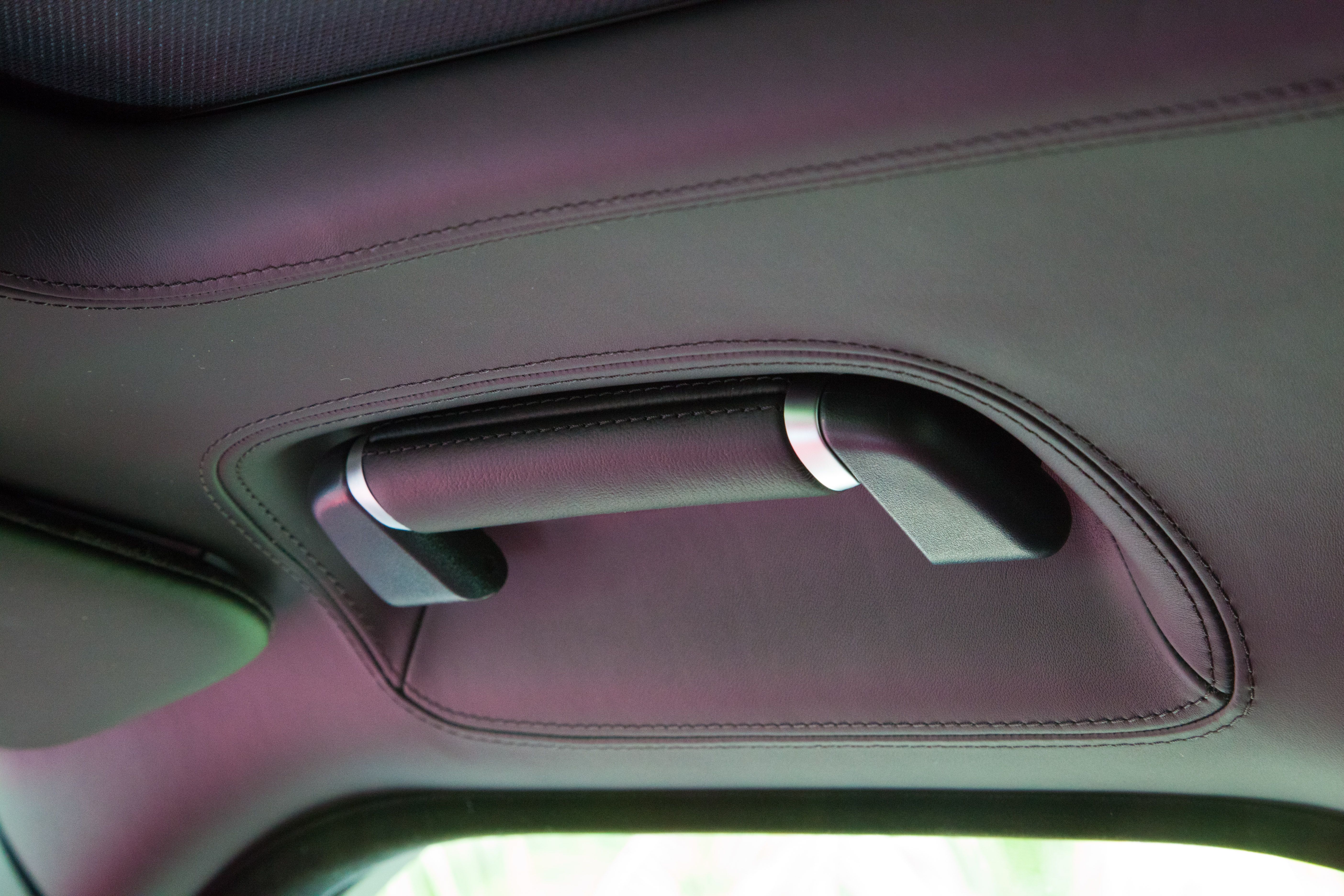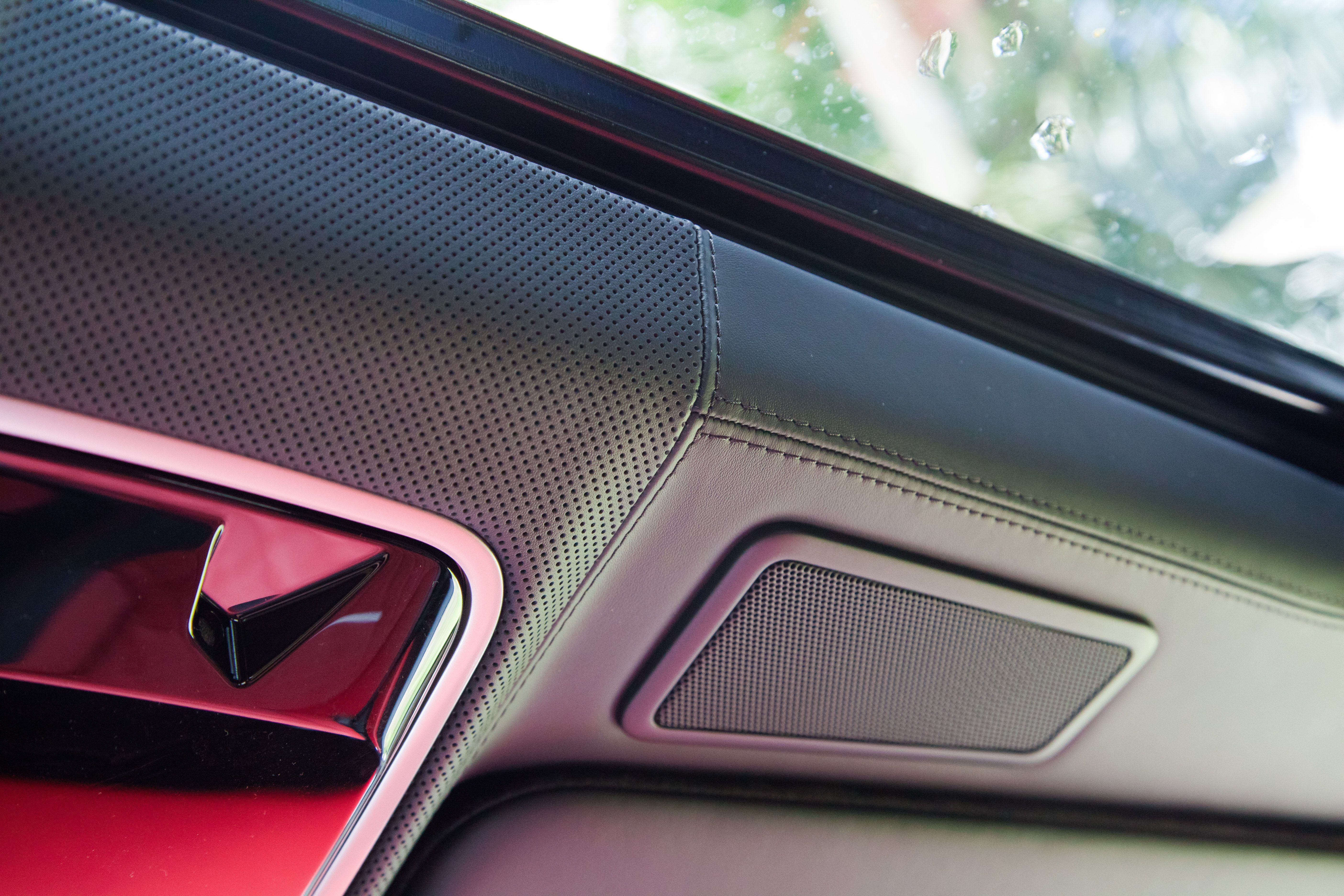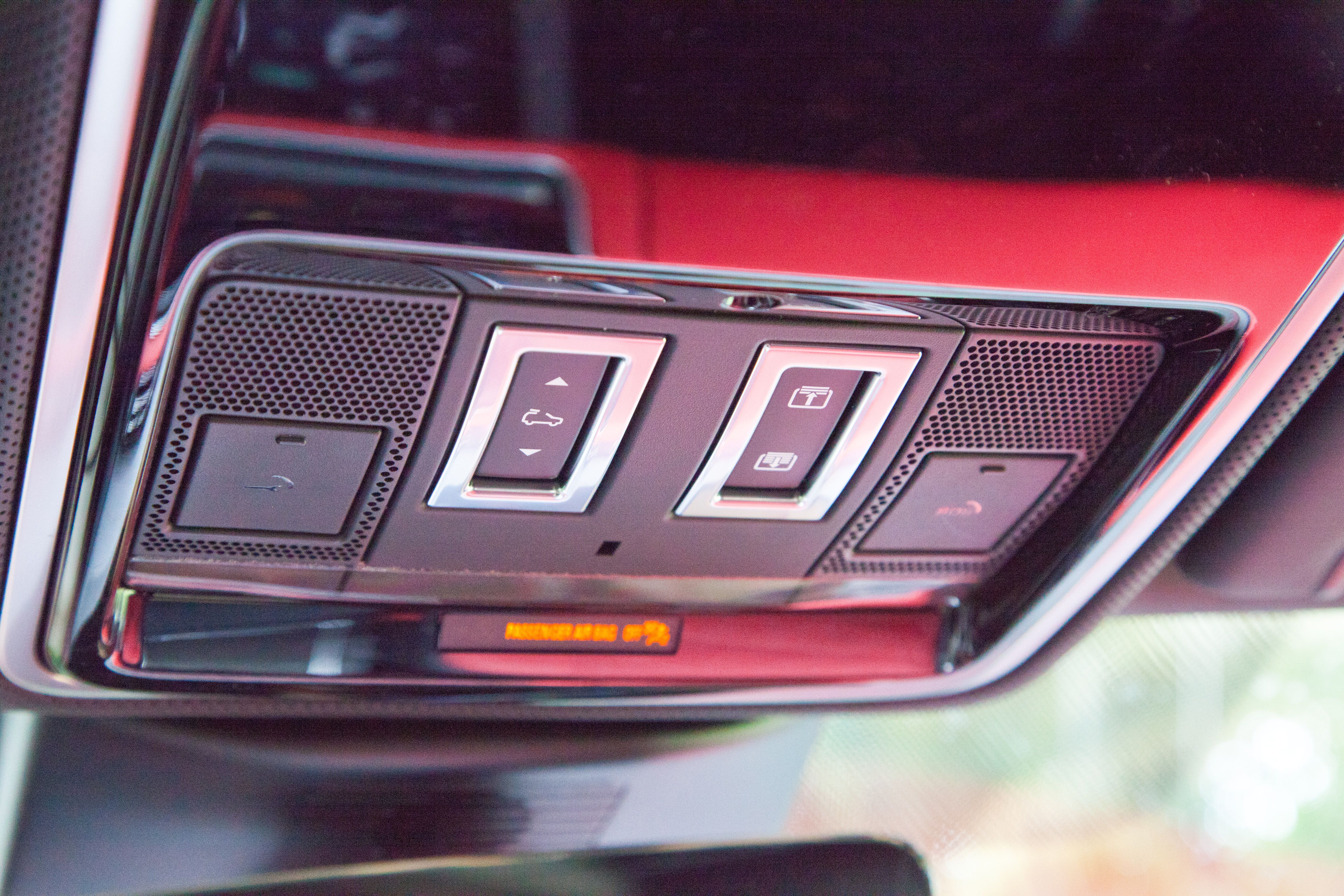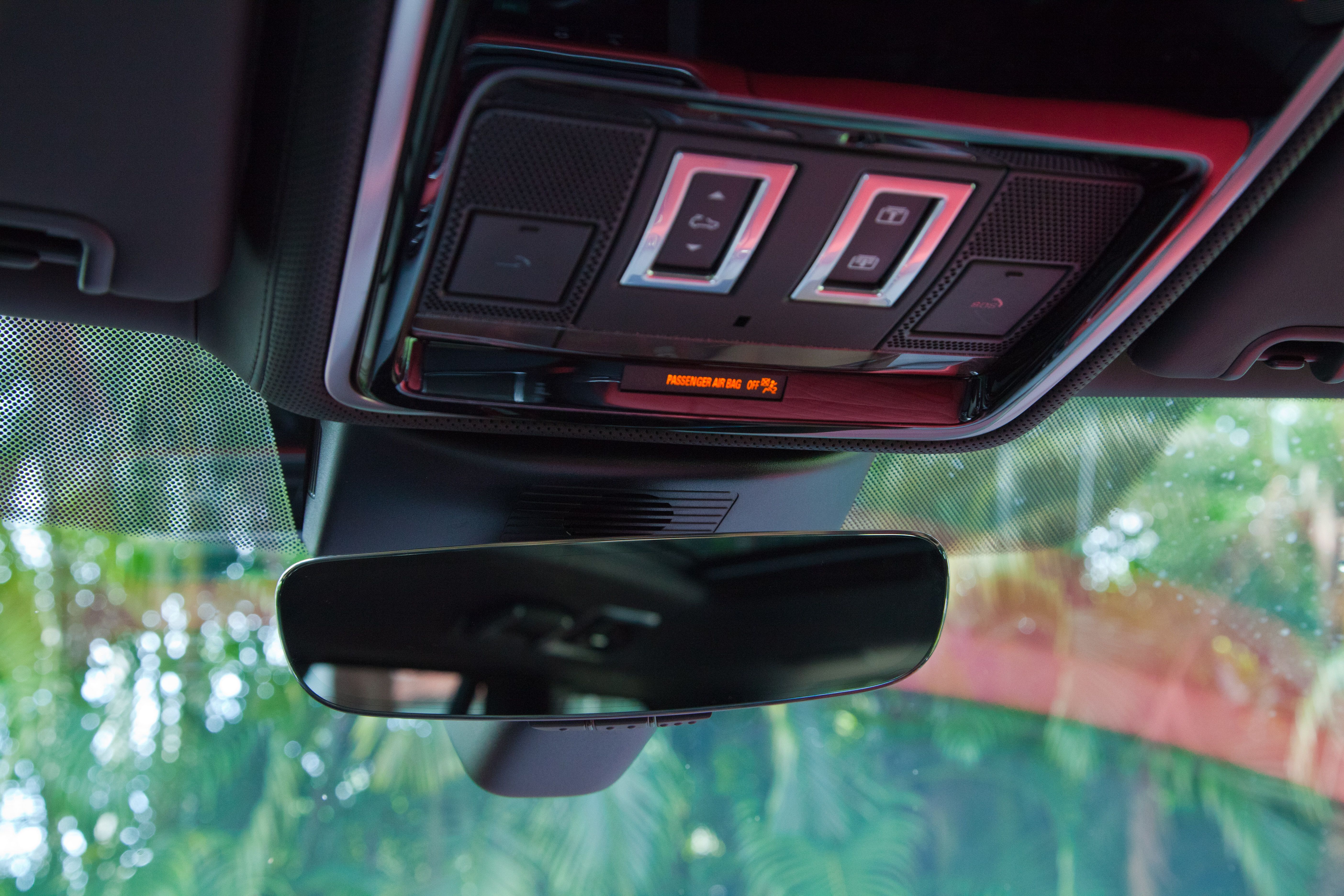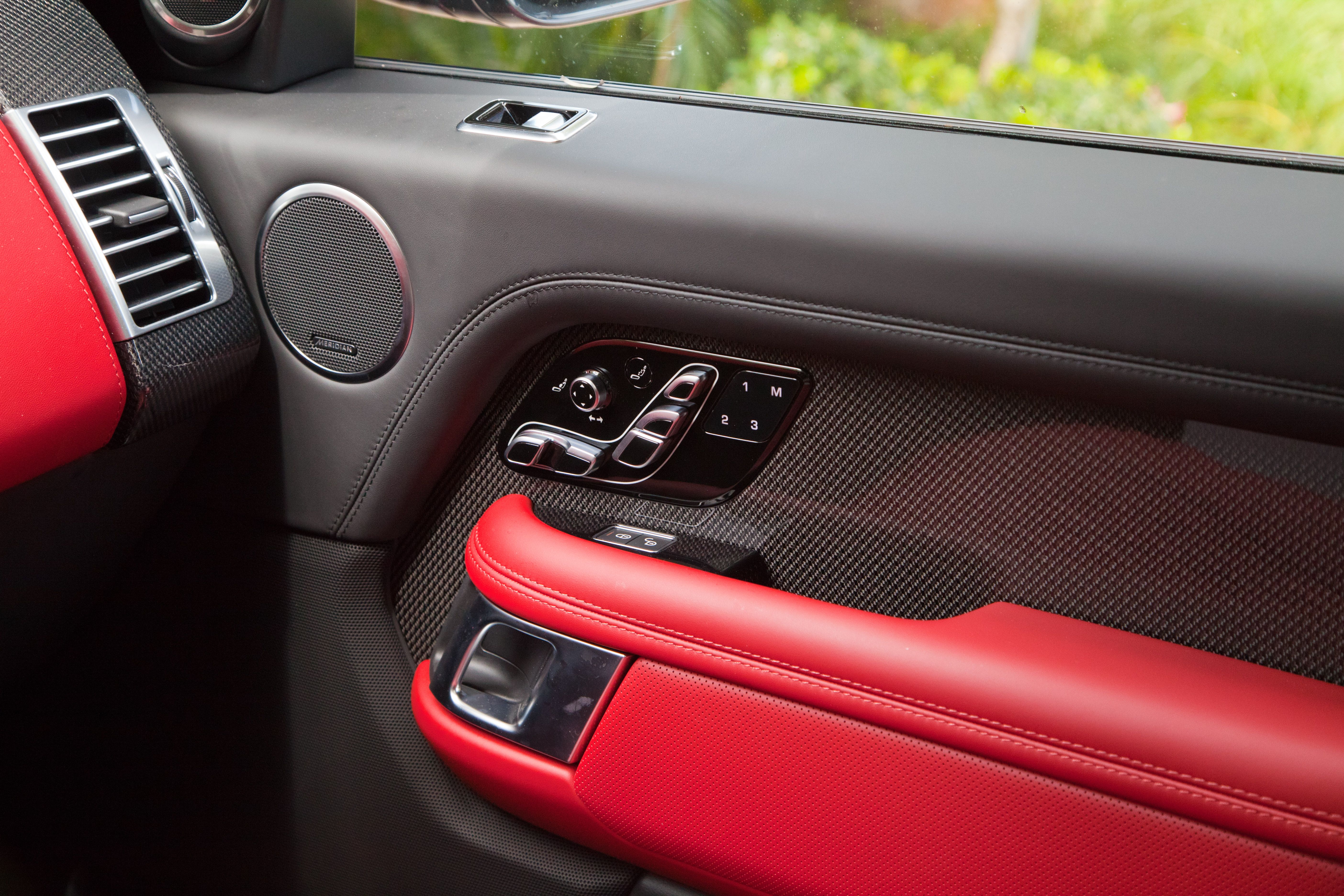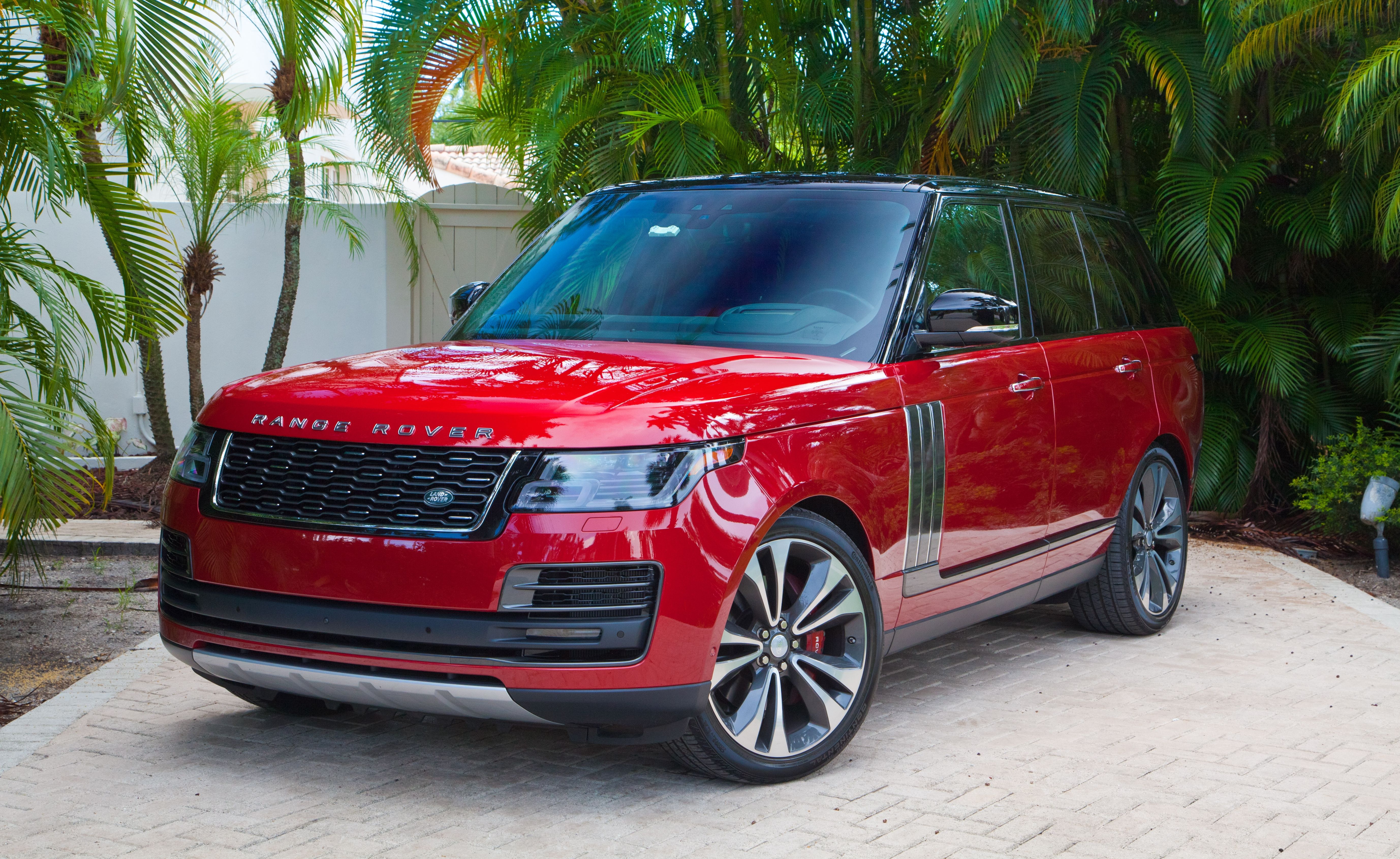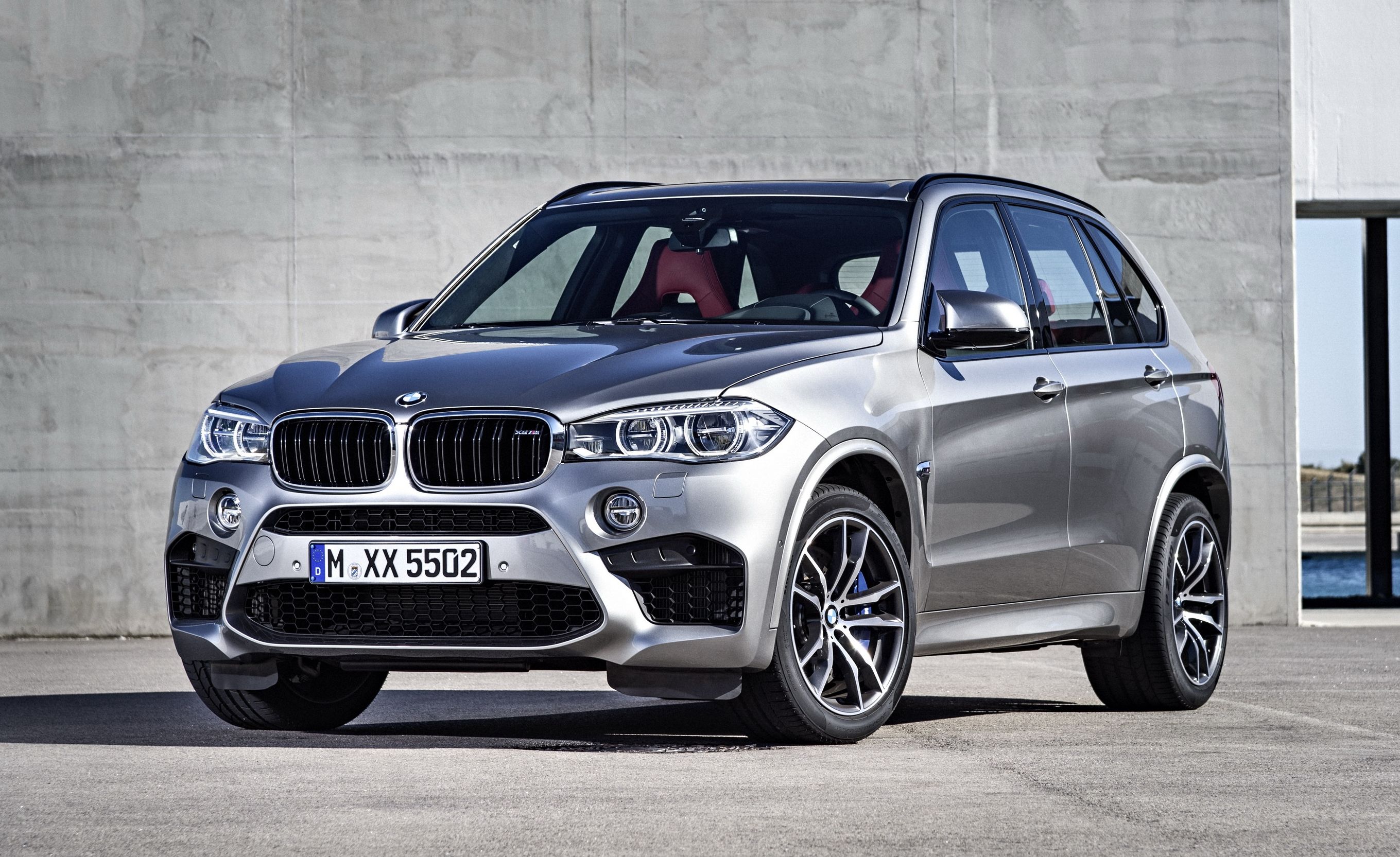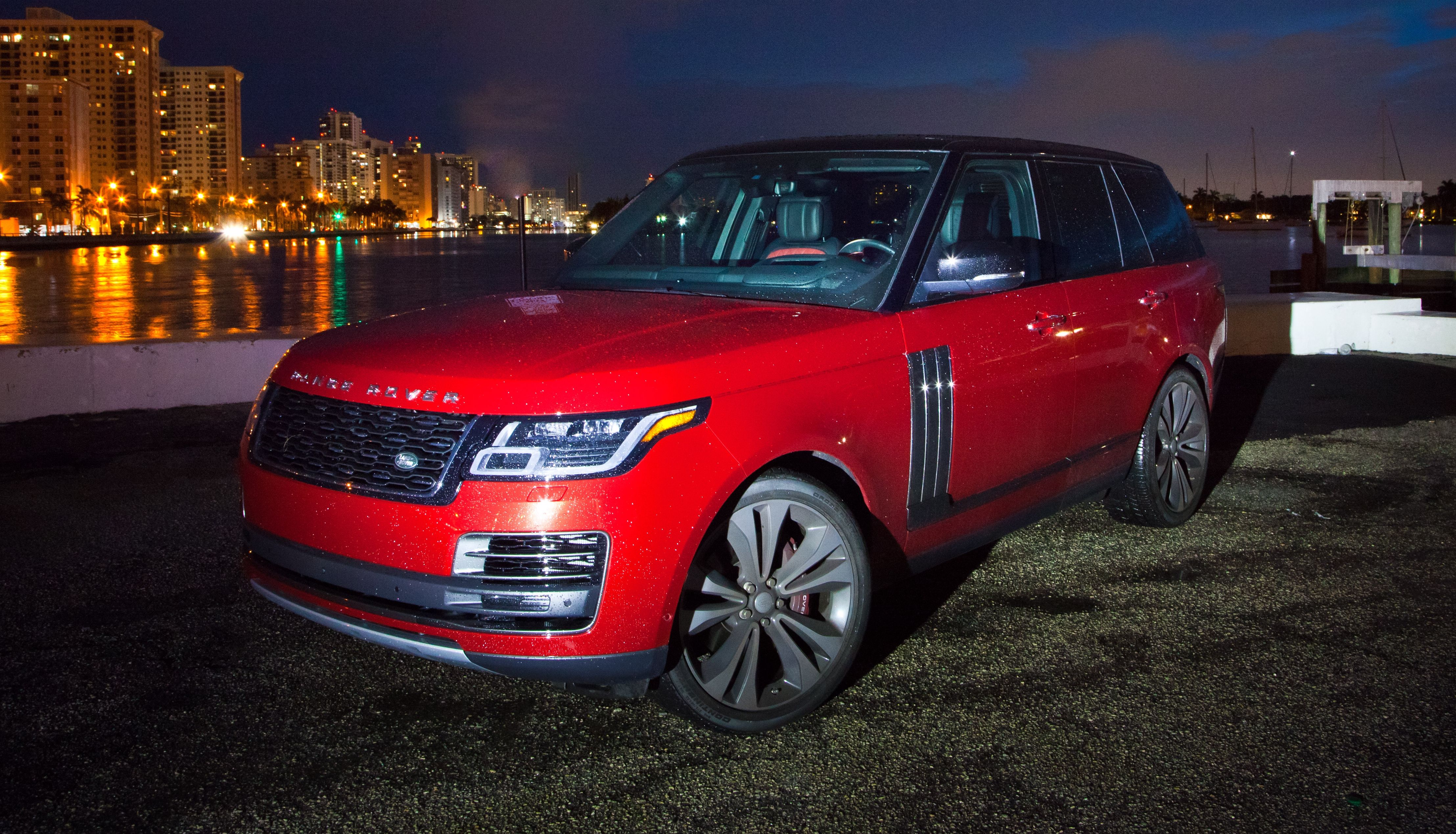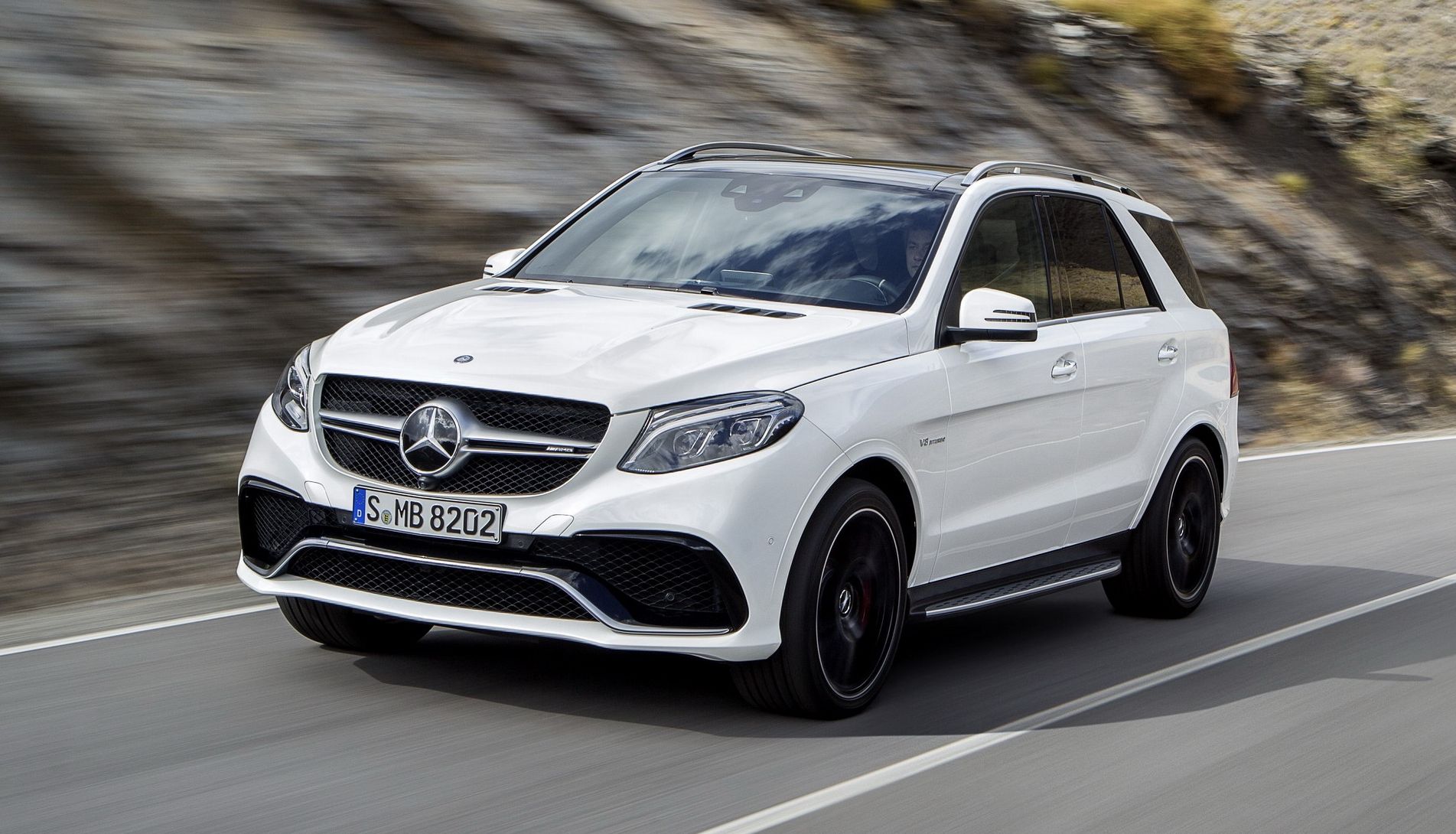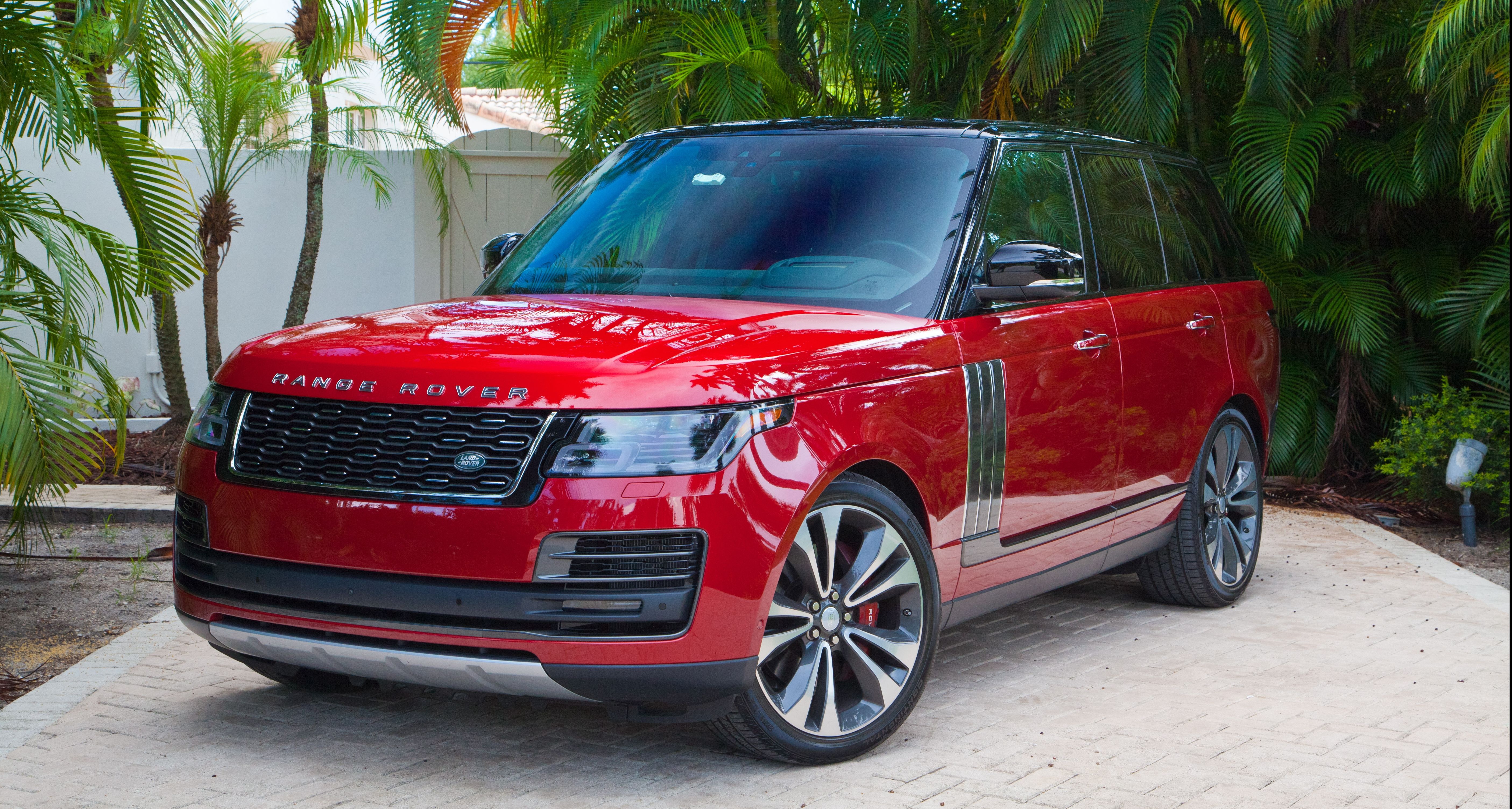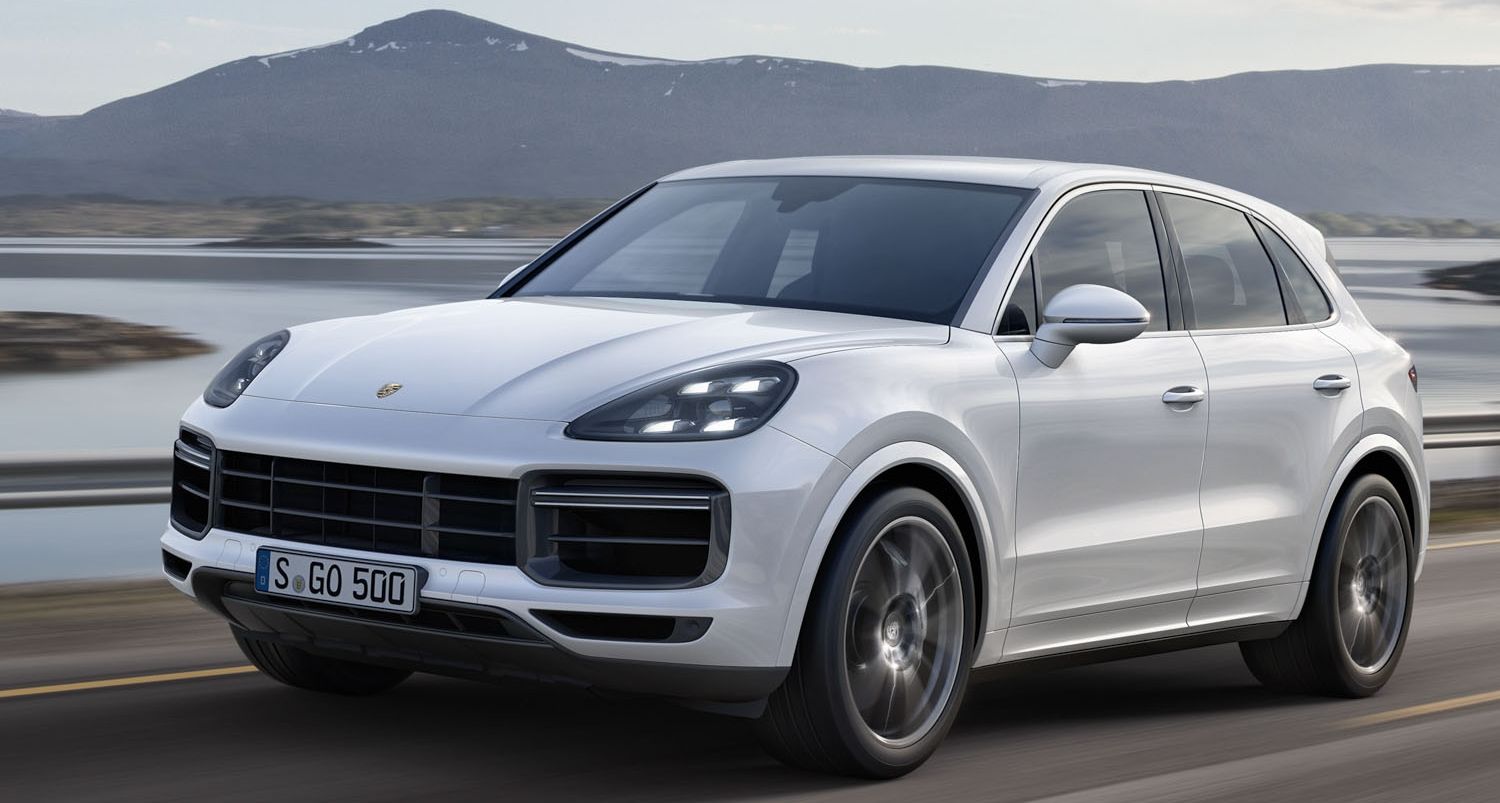When you put words like luxury, performance, and SUV in the same sentence, the first names that probably come to mind are BMW, Audi, Bentley, or maybe even Lamborghini. But, what about Land Rover? It seems to be a brand that resides in the shadowy depths of our brains instead of up front where it really belongs. This never became more evident until we managed to get our hands on a Land Rover Range Rover SVAutobiography. From the second we came into contact with the SVA, the exterior design started tickling our interest, and we only became more fascinated with it once we sat down inside. In short, we couldn’t wait to drive it and experience the whole package. How does it handle? Is it comfortable for longer drives? Is that 557-horsepower V-8 too much for a vehicle like this or not enough, and how does its performance stack up against the competition? We decided to find out for ourselves, and this is our experience with the 2019 Land Rover Range Rover SVAutobiography.
2019 2019 Land Rover Range Rover SV Autobiography by SVO - Driven
- Make: Array
- Model: 2019 2019 Land Rover Range Rover SV Autobiography by SVO - Driven
- Engine/Motor: V6
- Horsepower: 291
- Torque: 33
- Transmission: 8-speed auto
2020 2019 Land Rover Range Rover SV Autobiography by SVO - Driven
- Make: Array
- Model: 2020 2019 Land Rover Range Rover SV Autobiography by SVO - Driven
- Engine/Motor: V6
- Horsepower: 291
- Torque: 33
- Transmission: 8-speed auto
- [do not use] Vehicle Model: Array
Exterior Design
In pictures, the Range Rover SVAutobiography looks great but, in person, it looks magnificent. It might sound like we’re just trying to boost the brand a bit, but when you actually stand in front of the SVA – the leader of the Range Rover lineup - it becomes dramatically clear that Land Rover designed this model with intent to impress. We’re honestly not fond of the plastic that runs along the front fascia or the front skid plate that really stands out because of its silver color, but otherwise, the front end is striking. From one angle, the headlights seem as if they are completely tinted while looking head on lends you a look at one of the most elaborate headlight setups in the industry. The headlights are, honestly, a little busy, but that’s also what makes them stand out among the crowd.
Something else that we really like about the SVAutobiography is what Land Rover did with the side trim. On the base model and lower trims, the trim on the doors and above the side skirts is simply a different color, and the quad-piece setup on the doors is a little obtrusive to the eye. One the SVA, however, Land Rover has changed the layout to include three slats on the door, and the chrome outline really adds a luxurious feel to the exterior look. On our specific tester, the gunmetal-ish grey color of the trim itself really stands out against the bright red body color and, from a distance, you would swear that it’s bare carbon fiber. Thanks to the color layout, the dark trim below the kick panels doesn’t look out of place like it does on models with lighter body colors. Add in those blacked out rear windows and the glossy black roof, and this SVA looks downright dominating and sporty.
When you walk around to the rear of the SVA, it becomes apparent just how much wider the body is compared to the greenhouse above the beltline. Furthermore, we actually noticed just how boxy the rear end looks compared to the rest of the vehicle. In this way, the Range Rover SVA actually stays true to original Land Rover design despite being a huge departure from the old-school models. We love the way the dark trim carries over from the doors to the rear quarters and rear hatch, however, it would have made more sense if Land Rover stuck with the same coloration for the trim at the bottom of the rear fascia. Instead, the trim is just flat black and more utilitarian in nature. For a model that runs north of $170,000, this cheap-ish looking trim feels out of place.
We do like the design of the taillights, although, they kind of have an aftermarket feel too them. Remember back in the late 1990s and early 2000s when everyone was buying Altezza taillights for their Hondas, Toyotas, and even pickups? That’s the vibe we get here. It just so happens to work with the overall design of the SVA and the striking red body, but it really feels more aftermarket than anything. The rear overhang on the hatch is a nice touch and, in fact, it does help prevent water from landing on the rear windscreen in heavy rain. However, because it’s nearly horizontal with the ground, it really adds to that boxy look. Had Land Rover angled this overhang downward a bit and extended the sides by an inch or so, it would have done wonders for the look in the rear.
Despite the few nuisances we’ve pointed out about the exterior, we have to admit that we’re quite pleased with the overall design of the SVA and how it manages to stand out as the cream of the crop atop so many different trim levels. You might pay a pretty penny to own one, but the exterior design really doesn’t disappoint as long as you can get past its few, minor shortcomings.
Range Rover SVAutobiography Exterior Dimensions
|
Height |
Width |
Length |
Wheelbase |
Land Rover Range Rover SVAutobiography |
73.58 |
87.40 |
196.85 |
115.03 |
|---|
How Big is the Range Rover SVAutobiography?
The Range Rover SVAutobiography is 196.85 inches long, 73.5-inches tall, 87.40-inches wide, and has a wheelbase of 115.03-inches. It can fit inside a single-car garage, however, a two-car garage would be recommended as fitting in a single will be tight. It’s also just a bit larger than the BMW X5M, Mercedes-AMG GLE63, and Porsche Cayenne. The X5 M does have a wheelbase that’s just over two-inches longer, but the X5’s overall length is 2.5-inches shorter.
Range Rover SVAutobiography Exterior Comparison
|
Height |
Width |
Length |
Wheelbase |
Land Rover Range Rover SVAutobiography |
73.58 |
87.40 |
196.85 |
115.03 |
|
|---|---|---|---|---|---|---|---|---|---|
|
BMW X5 M |
69.00 |
78.90 |
194.30 |
117.10 |
|||||
|
Mercedes-AMG GLE63 |
69.40 |
84.30 |
191.00 |
114.80 |
|||||
|
Porsche Cayenne |
65.90 |
86.38 |
193.94 |
114.00 |
Interior Design
The interior design of the Land Rover Range Rover SVAutobiography highlights its position at not only the top of the range but at the top of the food chain as a whole. The SVA’s interior is on par with the best the industry has to offer. As is the usual case with models of this caliber, the exterior color theme carries over to the interior. Our tester featured a 50-50 split of black and red. The trim panels were, mostly black, however, the red highlights on the face of the dashboard, the hub of the steering wheel, the face of the seats, and the door trim panels really gives the feeling of elegance and sophistication. Our tester also featured some carbon fiber inlays on the door trim, around the outer dash vents, and on the center console, and it is – honestly – just the right amount that it doesn’t come off as overzealous.
Soft-touch surfaces are almost everywhere when you rule out the carbon fiber inlays, and the diamond stitching pattern of the seats really adds to the overall ambiance of the cabin. As far as screen real estate goes, the SVA stands out against all of the competition. There are two 10-inch infotainment screens and a 10-inch instrument cluster as well. The upper infotainment screen handles the usual duties, while the lower screen is used to control certain interior functions like heating and cooling, for example. This is a design similar to that of the Audi Q7.
|
|
ids=846813,846814 |
no_overlay=false |
before_label=2020 Audi Q7 |
after_label=2019 Range Rover SVAutobiography.> |
The good news here is that, despite the lack of analog buttons, the infotainment system is actually relatively easy to use. In other words, you don’t have to be extremely tech-savvy to figure it out. The system could be a little faster, but it is on par or better than similar systems offered by Porsche, Audi, or BMW.
Our biggest gripe with the interior design has to do with the steering wheel. It really just doesn’t feel like something that belongs inside an SUV that runs north of $170,000 or competes with models like the AMG GLE63 or BMW X5. It’s just not sporty enough, and the central hub feels really big. It really reminds you that the Range Rover was designed with off-road ability in mind. The lack of palm recesses in the rim reinforces this feeling. You can live with it, sure, but you don’t feel like you’re in the cabin of something that’s sporty when you hold the wheel. The other thing we’re not a fan of is the transmission dial. Yeah, this design is becoming more common, but we constantly found ourselves double checking to make sure we were really in park. On the plus side, the paddle shifters feel amazing and are in just the right spot, so it equals out to an extent.
As far as seat comfort goes, the Range Rover SVA is high on the totem pole, but the seat position isn’t exactly the best. Because of the height of the center console, it feels almost as if Land Rover was trying to make the seating position feel lower than it is. Someone with a shorter torso may find themselves constantly adjusting the seat to find just the right position on longer drivers. Outside of this, the front seats are very supportive and well padded. The armrest on the doors is very soft as well, and you can actually tell the leather used here is of the highest quality.
Range Rover Front Passenger Room
|
Front Head Room |
39.3 inches |
|---|---|
|
Front Leg Room |
42.5 inches |
|
Front Shoulder Room |
60.7 inches |
|
Front Hip Room |
TBA |
The rear seats aren’t quite as supportive as the front – the side bolsters are just a little smaller, but the comfort is there. In fact, riding in the back was, honestly, almost better than driving. The seats recline rather far, and the leg rest is a welcome feature. Even with the front seats slid all the way back, you’ll still find enough legroom to remain comfortable. To be honest, it almost feels like riding first class in a fine jet – you even have the folding tray tables and dual-zone climate control. The thing we appreciated the most, however, was how the center of the bench seatback folds forward and becomes a makeshift center console. You’ll even find some hidden carbon fiber here, and the length of the console is electronically controlled.
Range Rover Rear Passenger Room
|
Rear Head Room |
39.2 inches |
|---|---|
|
Rear Leg Room |
40.2 inches |
|
Rear Shoulder Room |
59.4 inches |
|
Rear Hip Room |
TBA |
How Much Cargo Room Does the Land Rover Range Rover SVAutobiography Have?
The Range Rover SVA offers a24.96 cubic-inches of dry cargo room with the rear seats in place and as much as 59.82 cubic-feet of cargo room with the rear seats folded down. From floor to roof, there is 33.34-inches of room, and the overall width of the cargo area comes in at 50.82-inches. In between the arches near the floor, however, that width drops to 44.09-inches. Finally, with the rear seatbacks upright, total floor length is 42.91-inches, which increases to 78.03-inches with the seatbacks down. The big downfall here is that the rear seatbacks don’t fold down flat, so there’s a slight incline beyond 43-inches in with the seats down.
Range Rover Cargo Room Dimensions
|
Height of Cargo Space Floor to Roof |
33.34 inches |
|---|---|
|
Cargo Space Max Width |
50.82 inches |
|
Cargo Space Width Between Arches |
44.09 inches |
|
Minimum Cargo Floor Length |
42.91 inches |
|
Maximum Cargo Floor Length |
78.03 inches |
There is no real storage under the floor of the cargo area, but you do get a full-sized spare here. You might be able to store a couple of small items in the rear, left corner of the spare tire area, but nothing major. There’s also a storage area in the passenger side arch that does provide some out-of-site storage but nothing to write home about. The real thing to note about the rear cargo area is the unique rear hatch. It’s a two-piece unit that opens upward and downward with what we would call an 80-20 split. This allows for easier loading when the lower half is opened and extends the floor if you’re hauling longer items and need just a little more room. The lower portion operates much like a truck tailgate and even has the steel cables on each side to support it. As a secondary function, it will serve as a nice seat as well.
Range Rover Cargo Room vs. The Competition (cubic-feet)
|
Max Cargo Room |
Land Rover Range Rover SVAutobiography |
68.61 |
|
|---|---|---|---|
|
BMW X5 M |
76.7 |
||
|
Mercedes-AMG GLE63 |
80.3 |
||
|
Porsche Cayenne |
59.3 |
Is Range Rovers Infotainment System Easy to Use?
The Range Rover SVAutobiography has a relatively easy-to-use infotainment system. The dual-screen setup might seem a little cumbersome at a glance, but once you use it, you’ll find that it’s pretty quick and the menus are intuitive. We’re quite tech-savvy, but it seems to us that even those without a lot of hands-on tech experience will be able to understand and make sense of this system. The 10-inch screens are easy to see and, thanks to the HVAC controls and other functions being integrated into the lower screen, you don’t have to fumble around too much to make minor climate adjustments. That screen is actually easier to use than old-school analog controls, so don’t let the high-tech ambiance scare you away – you’ll find it’s simple to use.
Range Rover SVAutobiography and Car Seats
The Range Rover SVAutobiography does offer the typical Latch Anchors for car seats. The good news is that rear-racing and convertible seats fit nicely in the rear without sacrificing front passenger room. The lower latch anchors are a little hard to reach with certain latch connectors and the three at the base of the rear seatbacks are hard to spot because of the cargo floor. Overall, you shouldn’t have much of an issue securing two car seats or booster seats in the rear, but you may find that you need some patience if you have hook-type tether connectors.
Land Rover Range Rover SVAutobiography Performance
Under the hood of the Range Rover SVAutobiography sits a 5.0-liter V-8 that dishes out 557 horsepower and 516 pound-feet of torque. For a vehicle this size, it’s more than enough and allows you to sprint to 60 mph in 5.1 seconds and onto a top speed of 140 mph. That top speed, while seemingly below par with the German competition, is actually increased to 155 mph with 22-inch wheels, so you might want to keep that in mind. That power is managed by an eight-speed automatic as its sent to the ground. This sounds good and all, but how does the SVAutobiography handle in the real world?
To be honest, we have mixed feelings here. Acceleration and top speed runs come with ease, and it’s clear that the V-8 under the hood is well-refined and crazy responsive. The suspension even does a pretty decent job of handling body roll but controlling pitch, on the other hand, is a problem that all trim levels in this range deal with, and the SVA is honestly no different. If you’re just using it as a daily driver, the experience isn’t too bad, but if you’re heavy on the brakes and accelerator a lot – as in you like to partake in spirited driving – you’ll find that the suspension doesn’t hold up quite as well as you might hope. The Mercedes-AMG GLE63 and X5 M clearly handle much better in this regard. Even the Porsche Cayenne Turbo would find it easy to humble the SVA in certain driving conditions.
Of course, there is a good reason for the sloppy handling. After all, the Range Rover is designed as an off-road vehicle and, despite the SVAutobiography badge, the original purpose of this car was to flex its off-road ability. It’s really an SUV designed for going off the beaten path with a whole bunch of extra power and luxury injected as an afterthought. As far as off-road capability goes, the SVA can actually hold up. You can wade through water as deep as 35.43 inches, and the standard approach angle is 25.2-degrees. Off-road geometry changes that figure to 27.4-degrees. Ramp angle comes in at 20.7 degrees standard while departure angle rests at 24.4 degrees. With a price tag that approaches the $200,000 mark, I’m not sure how many people would traverse across anything worse than a dirt road, but if you want to get dirty, I guess you can.
How Much Can the Range Rover SVAutobiography Tow?
The Range Rover SVAutobiography can tow as much as 1653 pounds worth of unbraked trailer and has a maximum towing capacity of 7,716 pounds when properly equipped. Keep in mind, however, that your trailer nose weight can’t exceed 330 pounds, and your maximum gross weight (trailer and vehicle combined) is limited to 14,682 pounds. I don’t feel like this is necessarily a vehicle you would want to tow a trailer with, but it does have reasonable capability to do so. For what it’s worth, you can carry as much as 220 pounds on the roof.
How Fast is the Range Rover SVAutobiography?
The Range Rover SVAutobiography can hit 60 mph in 5.1 seconds and reaches a top speed of 140 mph. With 21-inch wheels, top speed is rated at 155 mph. Expect a quarter-mile sprint time that falls somewhere in the 11 to 14-second range.
Range Rover SVAutobiography Fuel Economy
The Range Rover SVAutobiography is rated at no better than 15.6 mpg in the city, 28 mpg on the highway, and 21.6 mpg combined. During our real-world testing, we managed to obtain around 23 mpg on Florida highways and roughly 16 mpg during combined during our entire experience. Of course, we didn’t baby it either, so if you’re an economy freak, you can probably hit those ratings with a little effort.
Range Rover SVAutobiography Safety
Oddly enough, the Range Rover has never been tested by the IIHS or NHTSA, so we can’t actually tell you how safe it actually is. It does come standard with some safety tech like emergency braking, lane departure warning, parking aid, and cruise control, but if you want anything more – even with the $170,000+ price tag – you have to pony up. According to Land Rover’s website, you can equip the SVA with four different packages, but none of them are available in the configurator as of the time of this writing. Features include with each pack include:
Drive Pack
-* Driver Condition Monitor
-* Blind Spot Monitor
-* Traffic Sign Recognition
-* Adaptive Speed Limited
Drive Pack Pro
-* Everything included with drive pack
-* Lane Keep Assist
-* Blind Spot Assist
-* Adaptive Cruise Control with Stop and Assist
-* High-Speed Emergency Braking
Park Pack
-* 360-degree Parking Aid
-* Reverse Traffic Detection
-* Clear Exit Monitor
Park Pro Pack
-* Everything included in Park Pack
-* Park Assist
Land Rover Range Rover SVAutobiography Pricing
The Land Rover Range Rover SVAutobiography sits at the top of the range (LWB models withstanding) with a starting price of $178,500 for the 2019 model year. The entry-level Range Rover starts out at $89,500, and prices go up from there. Check out the table below to see the Range Rover’s full pricing structure.
Range Rover Pricing
|
MSRP |
Range Rover |
$89,500 |
|
|---|---|---|---|
|
Range Rover HSE |
$94,950 |
||
|
Range Rover Supercharged |
$105,950 |
||
|
Range Rover Supercharged LWB |
$109,950 |
||
|
Range Rover Autobiography |
$143,000 |
||
|
Range Rover Autobiography LWB |
$149,500 |
||
|
Range Rover SVAutobiography Dynamic |
$178,500 |
||
|
Range Rover SVAutobiography LWB |
$209,500 |
Land Rover Range Rover SVAutobiography Options
With he SVAutobiography sitting at the very top of the range, it should come as no surprise that it’s already pretty well equipped. There are, however, a lot of options to choose from when you decide to buy one, but there is a big plus here: Outside of special paint colors, larger wheels, and a few other add-ons, most choices you make will come at no extra charge. In fact, if you equip every at-cost option available, you should still leave the dealer with a price tag below the $200,000 mark before taxes, registration, insurance, and other fees. A full list of options is included in the table below.
Range Rover SVAutobiography Options List
|
Color Options |
Price |
Optional Accessories |
Price |
|---|---|---|---|
|
Firenze Red |
Free |
22-Inch 5087 Split Spoke Wheels |
$2,140 |
|
Santorini Black |
Free |
Ebony Leather Headliner |
Free |
|
Corris Grey |
Free |
Ebony Suedecloth Headliner |
Free |
|
Indus Silver |
Free |
Steel Weave Carbon Fiber Trim |
Free |
|
Fuji White |
Free |
Grand Black Veneer |
Free |
|
Borealis Grey |
$4,080 |
Ebony Interior Upholstery |
Free |
|
British Racing Green |
$4,080 |
Ebony and Pimento Upholstery |
Free |
|
Ligurian Black |
$4,080 |
Ebony and Vintage Tan Upholstery |
Free |
|
Desire |
$4,080 |
Ebony and Cirrus Upholstery |
Free |
|
Ethereal |
$4,080 |
Signature Entertainment Package |
Free |
|
Flux |
$4,080 |
Driver Assist Package |
$400 |
|
Meribel White Pearl |
$9,180 |
Smartphone Package |
Free |
|
Valloire White Pearl |
$9,180 |
Carbon Fiber Engine Cover |
$2,040 |
|
Spectral Blue |
$9,180 |
Heated Windshield |
Free |
|
Spectral British Racing Green |
$9,180 |
Reduced Size Spare Wheel |
Free |
|
Spectral Racing Red |
$9,180 |
22-inch Full Size Spare Wheel |
Free |
Land Rover Range Rover SVAutobiography Competition
BMW X5 M
|
|
ids=846916,846917 |
no_overlay=false |
before_label=2019 Land Rover Range Rover SV Autobiography by SVO |
after_label=2018 BMW X5 M> |
These days, there’s no shortage of high-performance luxury SUVs, and one of the SVAutobiography’s main competitors is the BMW X5 M. As of right now, we’re still waiting for the 2020 model to make its debut but, if you look at the current model, you’ll get a pretty good idea of how they compete. The X5 M comes with a 4.4-liter V-8 that delivers 567 horsepower and 553 pound-feet of torque. That means it’s pretty evenly matched in terms of horsepower and torque, but the BMW X5 M is actually quite fast to 60 mph and will get you there in 4.0-seconds flat. Like the SVA it tops out at 155 mph. The interior is, in all honesty, just as luxurious, and many say Bimmer’s infotainment system is one of the best in the business. The X5 M’s navigation certainly rocks, that’s for sure. The main benefit of owning the X5 M is that it’s designed to be a driver’s SUV, so it handles much better than the SVA when you start pushing it to the limit but, at the same time, it doesn’t offer as much of a “first-class feel” for rear passengers. That’s also one of the main reasons why the X5 M is significantly cheaper with a starting price of $101,700. Until BMW offers an X7 M, this is as high as you can go in BMW’s M SUV lineup without stepping into the X6 M coupe-crossover.
Range Rover SVAutobiography vs. BMW X5 M
|
Range Rover SVA |
BMW X5 M |
Engine |
5.0-Liter V-8 |
4.4-liter V-8 |
|
|---|---|---|---|---|---|
|
Horsepower |
557 hp |
567 hp |
|||
|
Torque |
516 lb-ft |
553 lb-ft |
|||
|
Transmission |
8-Speed Auto |
8-Speed Auto |
|||
|
Fuel Economy |
up to 21.6 mpg |
up to 19 mpg |
|||
|
0-60 mph |
5.1 sec |
4.0 sec |
|||
|
Top Speed |
155 mph |
155 mph |
|||
|
Length |
196.85 inches |
192.7 inches |
|||
|
Width |
87.40 inches |
78.1 inches |
|||
|
Height |
73.58 inches |
67.6 inches |
|||
|
Wheelbase |
115.03 inches |
115.5 inches |
|||
|
Max Cargo Capacity |
68.61 cu-ft |
76.7 cu-ft |
|||
|
Max Towing Capacity |
7,716 lbs |
7,200 lbs |
Mercedes-AMG GLE63
|
|
ids=846918,846919 |
no_overlay=false |
before_label=2019 Land Rover Range Rover SV Autobiography by SVO |
after_label=2018 Mercedes-AMG GLE63> |
The Mercedes GLE isn’t the largest SUV the German brand offers, falling short to the GLS and G-Class SUVs. It does, however, find itself competing against the Range Rover. The AMG GLE 63 is right on par with the SVAutobiography in terms of power ( the GLE 63 S is just a little too powerful) but it – like the X5 M – is significantly cheaper with a starting price of $103,050. Under the hood sits a massive 5.5-liter V-8 that pumps out 550 ponies and 516 pound-feet of torque. In terms of performance, the GLE 63 is impressively faster, besting the SVA to 60 mph by nearly a second (4.2 seconds). It’s just a bit smaller than the SVA, but it does offer nearly 12 cubic-feet of extra cargo room with its seats folded. Interior quality is top notch and is what we like to call the right blend between being driver focused and perfect for rear passengers. Like the SVA, the GLE 63’s rear passenger area serves as a very comfortable place to chill on long trips, and the entertainment system back there decent too. Quality of materials left us with no complaints. It’s been said that the GLE 63 handles impressively better in hard bends compared to the SVA.
Range Rover SVAutobiography vs. Mercedes-AMG GLE63
|
Range Rover SVA |
Mercedes-AMG GLE 63 |
Engine |
5.0-Liter V-8 |
5.5-Liter V-8 |
|
|---|---|---|---|---|---|
|
Horsepower |
557 hp |
550 hp |
|||
|
Torque |
516 lb-ft |
516 lb-ft |
|||
|
Transmission |
8-Speed Auto |
7-Speed Auto |
|||
|
Fuel Economy |
up to 21.6 mpg |
up to 17 mpg |
|||
|
0-60 mph |
5.1 sec |
4.2 sec |
|||
|
Top Speed |
155 mph |
155 mph |
|||
|
Length |
196.85 inches |
191.0 inches |
|||
|
Width |
87.40 inches |
84.3 inches |
|||
|
Height |
73.58 inches |
69.4 inches |
|||
|
Wheelbase |
115.03 inches |
114.8 inches |
|||
|
Max Cargo Capacity |
68.61 cu-ft |
80.3 cu-ft |
|||
|
Max Towing Capacity |
7,716 lbs |
7,200 lbs |
Porsche Cayenne Turbo
|
|
ids=846920,846921 |
no_overlay=false |
before_label=2019 Land Rover Range Rover SV Autobiography by SVO |
after_label=2019 Porsche Cayenne Turbo> |
Of all the models that we’ve discussed here, the Porsche Cayenne Turbo comes the closest to the Range Rover SVAutobiography in terms of price. Before options and all that mumbo jumbo, this baby will set you back $124,600 and can easily approach the $170,000 barrier when loaded up with the goodies. The Cayenne Turbo relies on a smaller V-8 for its power delivery – it’s actually the engine with the smallest displacement of the bunch at just 4.0-liters. It delivers 541 horsepower and 586 pound-feet of torque and, while these figures might have you assume the SVA will humble it any day, that couldn’t be further from the truth. The Cayenne Turbo can sprint to 60 mph in 3.9 seconds (3.7 if you opt for the Sport Chrono Package) and runs up to a top speed of 177 mph (Porsche track speed). In terms of size, it’s relatively close to the SVA, but it’s inferior in terms of maximum cargo room and fuel economy – that’s your real trade-off here. However, with a starting price some $50,000 less than the SVA, it’s not exactly a hard sell. As far as handling goes, we’ve been told you won’t be disappointed but, if you know Porsche, that’s something that you already know.
Range Rover SVAutobiography vs. Porsche Cayenne Turbo
|
Range Rover SVA |
Porsche Cayenne Turbo |
Engine |
5.0-Liter V-8 |
4.0-Liter V-8 |
|
|---|---|---|---|---|---|
|
Horsepower |
557 hp |
541 hp |
|||
|
Torque |
516 lb-ft |
568 lb-ft |
|||
|
Transmission |
8-Speed Auto |
8-Speed Auto |
|||
|
Fuel Economy |
up to 21.6 mpg |
up to 19 mpg |
|||
|
0-60 mph |
5.1 sec |
3.9 sec (3.7 sec with Sport Chrono) |
|||
|
Top Speed |
155 mph |
177 mph (top track speed) |
|||
|
Length |
196.85 inches |
194.0 inches |
|||
|
Width |
87.40 inches |
86.4 inches |
|||
|
Height |
73.58 inches |
65.9 inches |
|||
|
Wheelbase |
115.03 inches |
114.0 inches |
|||
|
Max Cargo Capacity |
68.61 cu-ft |
59.3 cu-ft |
|||
|
Max Towing Capacity |
7,716 lbs |
7,700 lbs |
Is the Range Rover SVAutobiography Right for Me?
Choosing the Range Rover SVAutobiography is a tough call, and it really boils down to whether or not you actually want a Land Rover. There are plenty of other choices out there that offer better overall performance at the expense of off-roading capability – if that’s something you’d do in a vehicle that approaches the $200,000 range. If you see yourself going off the beaten path or prefer luxury without much concern for spirited driving, then look no further. But, if you like to get sporty every now and then, you’ll find that most of the competition actually handles a little better at speed.
Final Thoughts
We loved driving the Range Rover SVAutobiography. It was comfortable, quick on the run, and the unique rear hatch was quite convenient. However, the price tag triggers our anxiety a bit, especially when you consider that you trade up sheer performance for the capability of going off-road that you’ll probably never use. It feels like the SVA is designed for people that prefer opulence, comfort, and standing out in the crowd as opposed to those that like to drive quickly or push themselves around some curves at higher-than-normal speeds. A vehicle that was originally designed with traversing rough terrain in mind probably shouldn’t be mixed with so much luxury but, somehow, Land Rover has managed to pull it off pretty well. Of course, going for something like the BMW X5 M, Mercedes-AMG GLE 63, or Porsche Cayenne Coupe can get you similar luxury and better overall performance but, then
again, you’re kind of limited to paved surfaces. The real setback for the SVA is its price tag, which is something that’s just really hard to justify when you consider the price, luxury, and performance of the competition.

